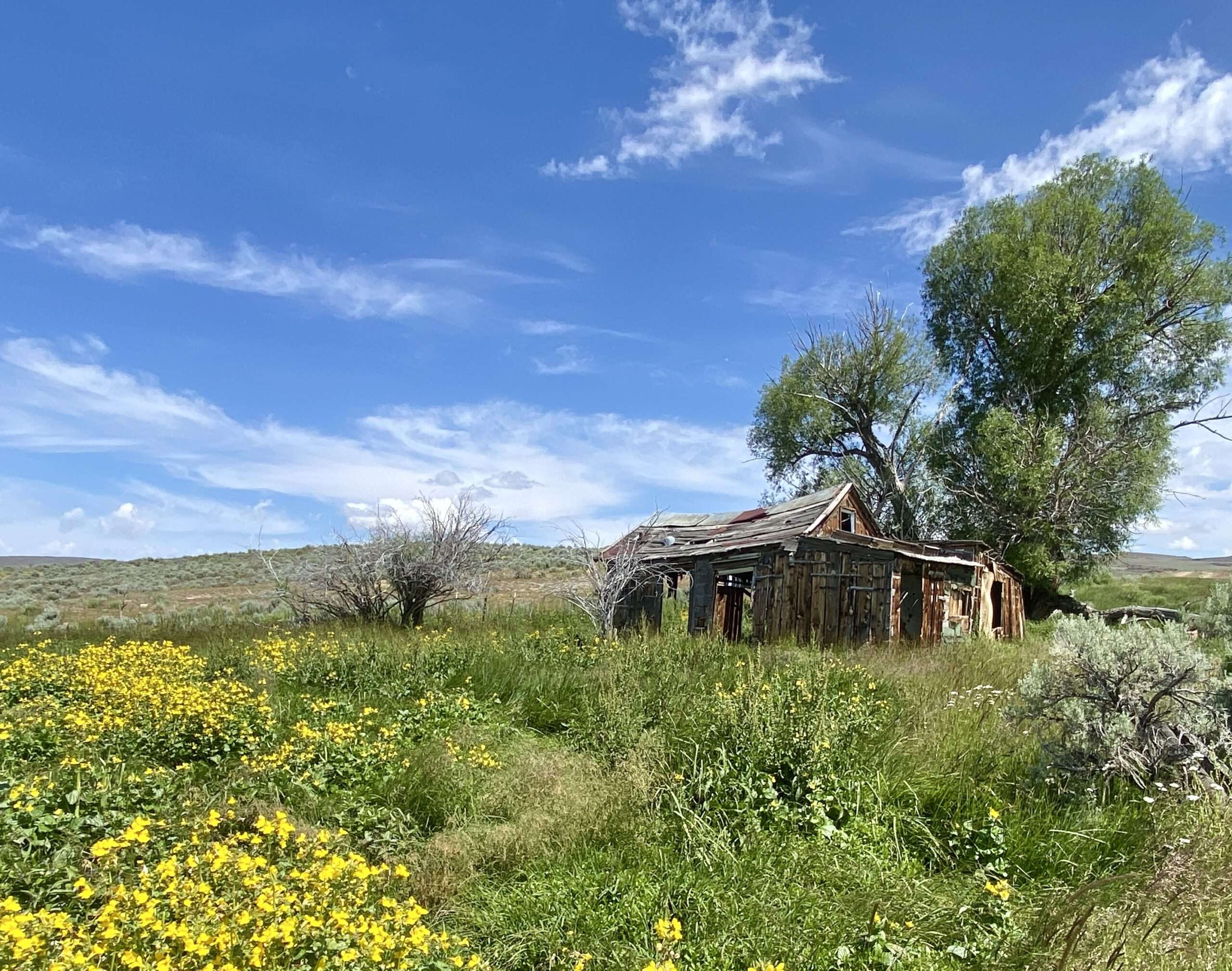
For some time, I have wondered why you don’t see many people visiting ghost towns in Washoe County north of Pyramid Lake. Nevada Expeditions and I decide to investigate. Northern Washoe County is remote and has few services, so we stayed in Cedarville, California.
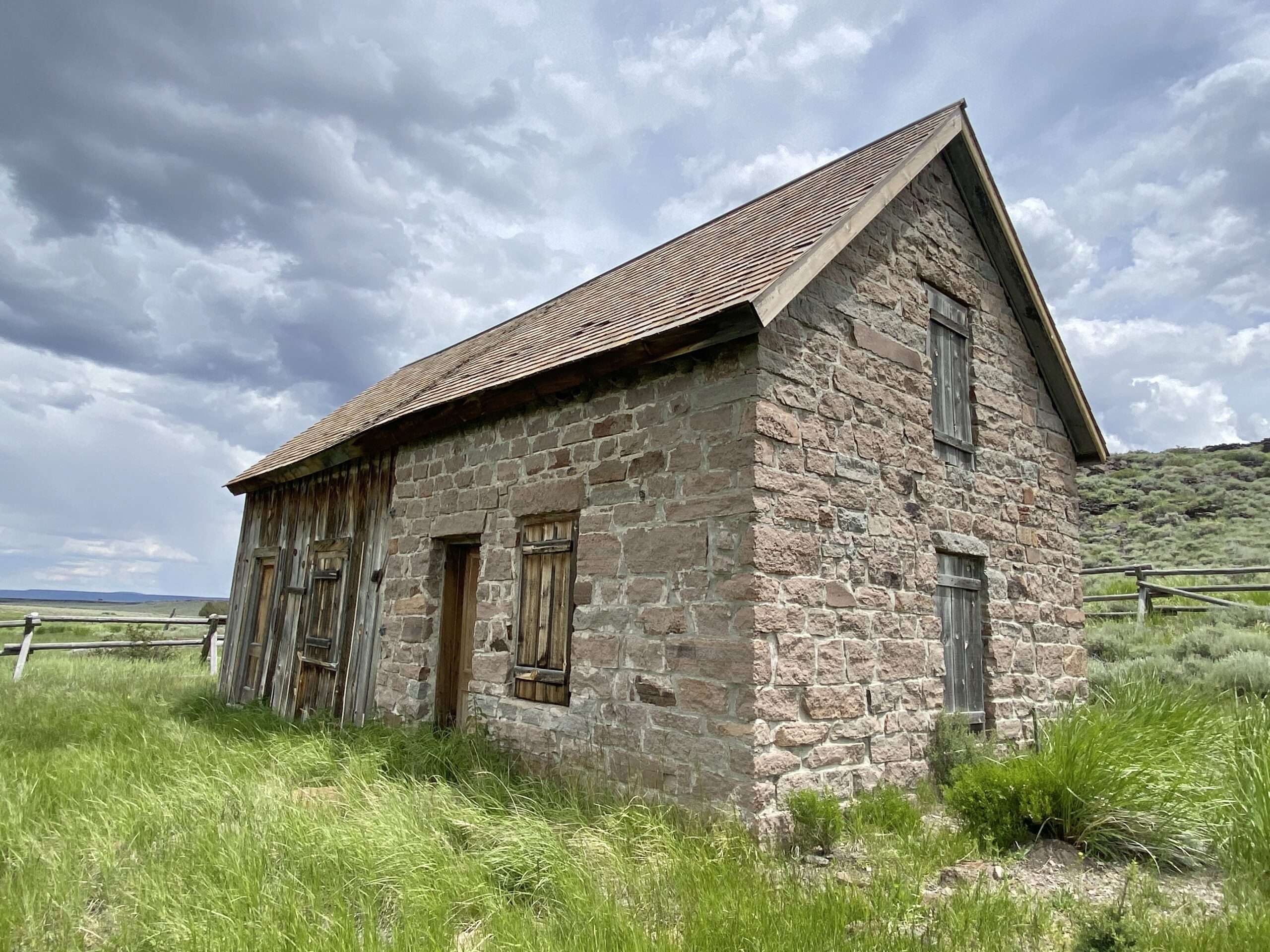
I noticed that northern Washoe County differs from the rest of the state. Some mining exists, but the region is more ranching. “Towns” or post offices tended to be on ranches. Instead of town moving when the mines went bust, ranches were handed down through the family and remained private property.
Still, we visited each location as closely as possible and documented what was remaining and access.
We saw many cool sites, from emigrant trails, stage stations, train stations, ranches, CCC projects, and ghost towns.
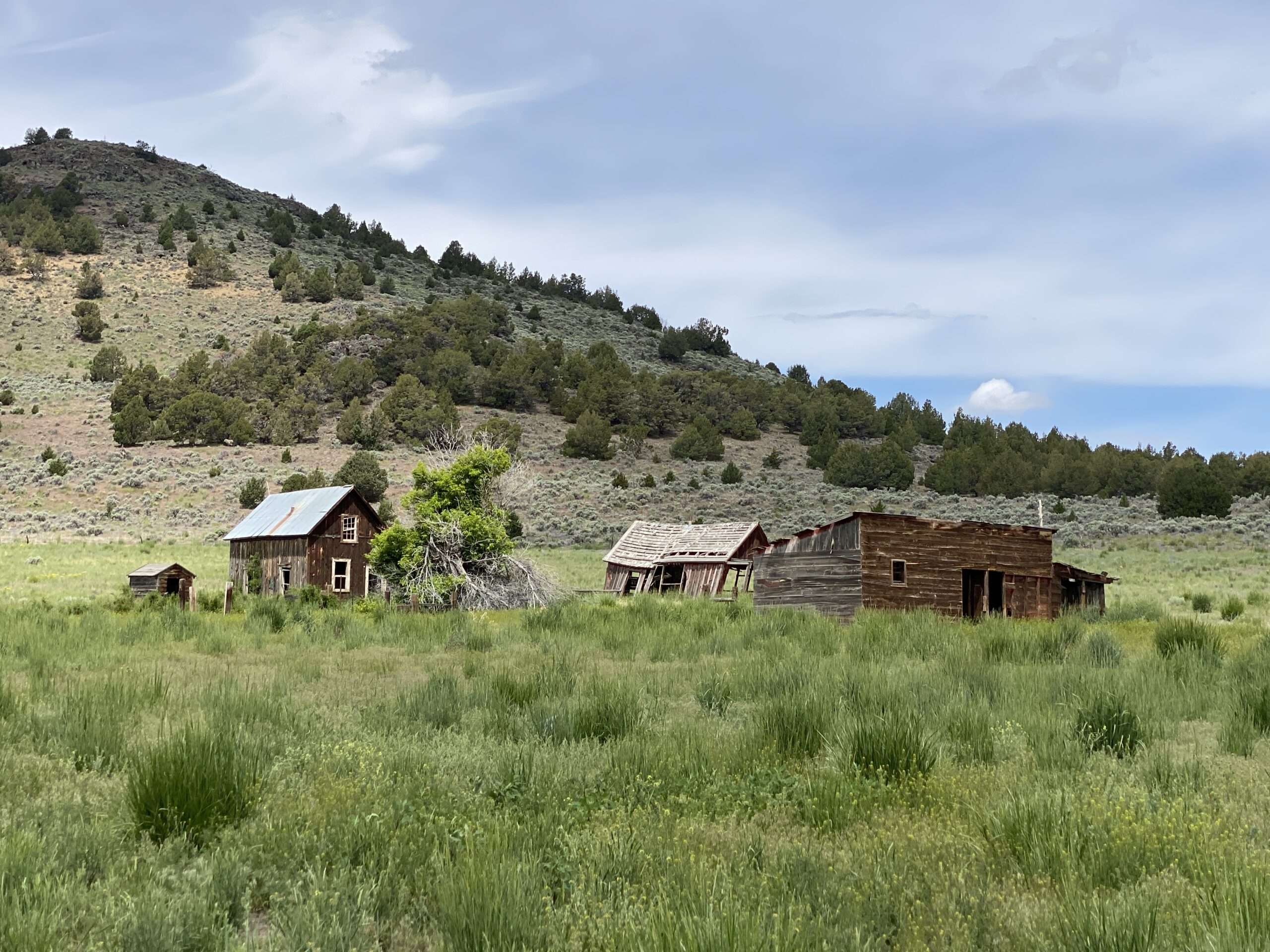
Many of the sites have limited information, but there are tons of stories waiting to be told, including murder and the last massacre between Native Americans and whites.
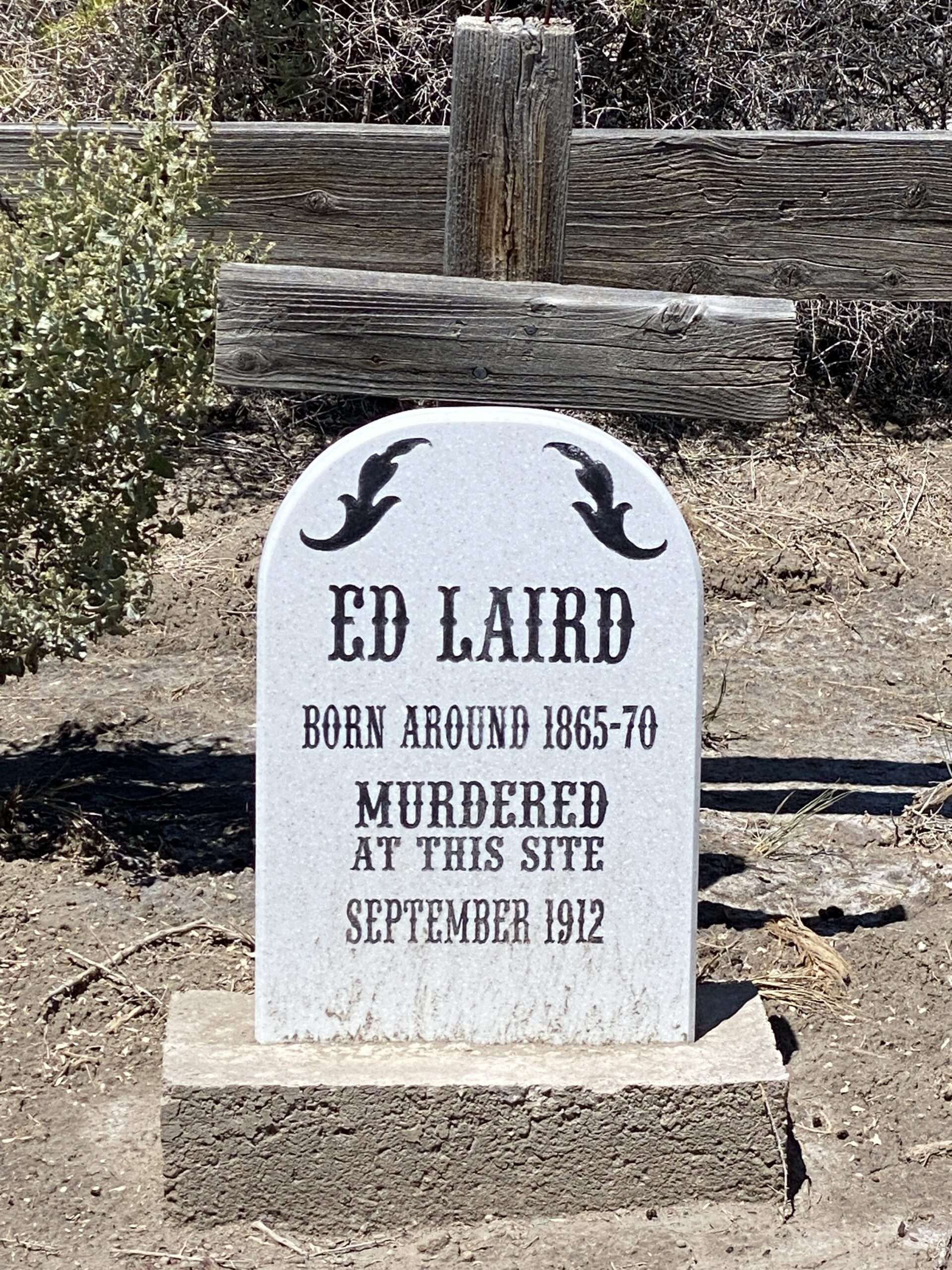
Below are the sites we visited or attempted to visit in Northern Washoe County. The emigrant trails that traversed the Black Rock Desert will be for another trip, hopefully this summer.
Sutcliffe

James and Margareta Sutcliffe started The Willows, a stage station along the western shore of Pyramid Lake, in 1885. In 1912, Sutcliffe became a stop on the Fernley and Lassen Railroad, F&L. Passenger rail service ended in 1934, and freight in 1956.
Sutcliffe is now a popular destination for anglers on Pyramid Lake. Nothing remains of The Willows stage station, but a railroad water tower stands to watch over the town.
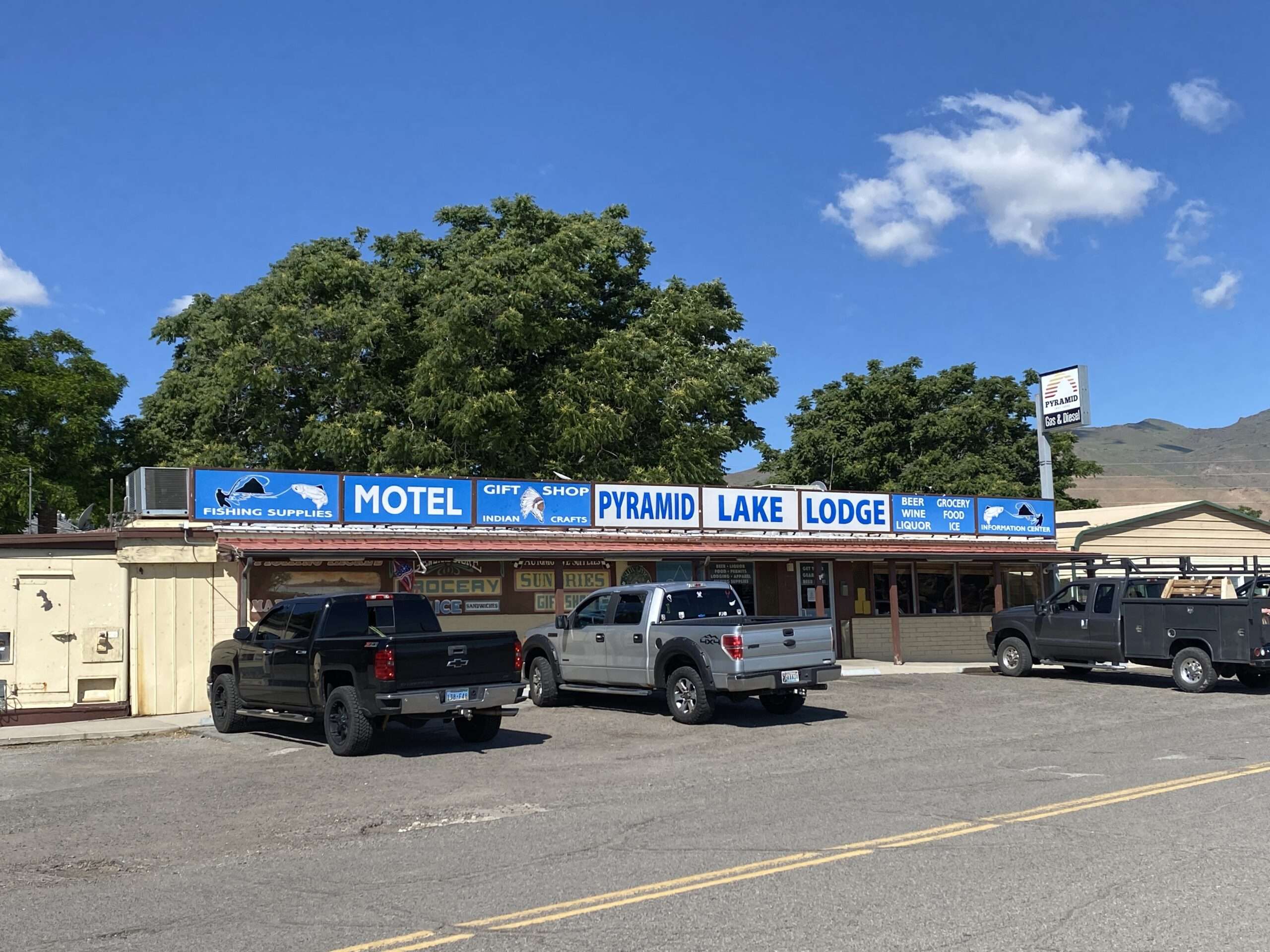

Pyramid
Pyramid (note this is different than Pyramid City) was a stop on the F&L. The small settlement had a post office between March 1904 and November 1959.
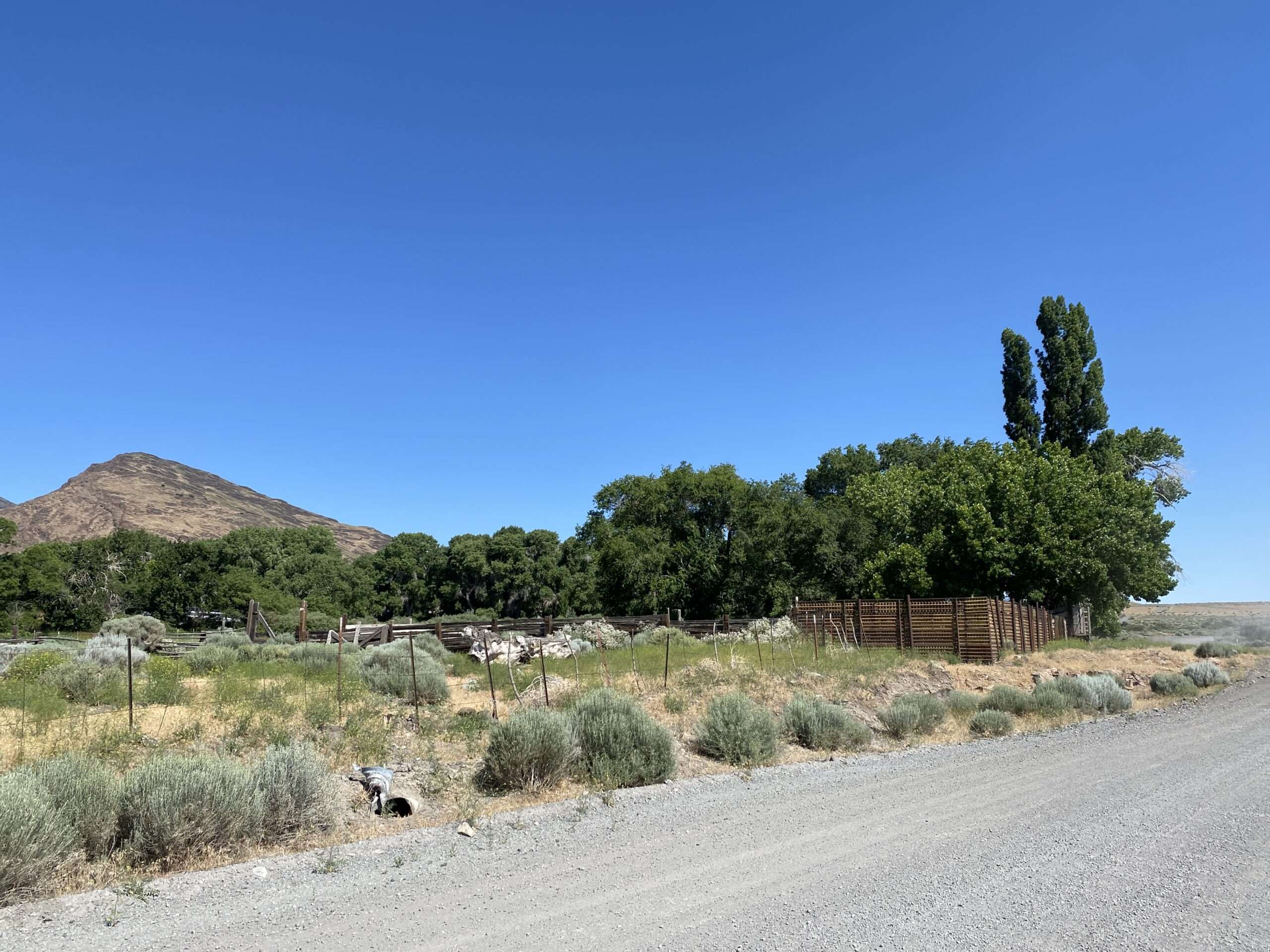

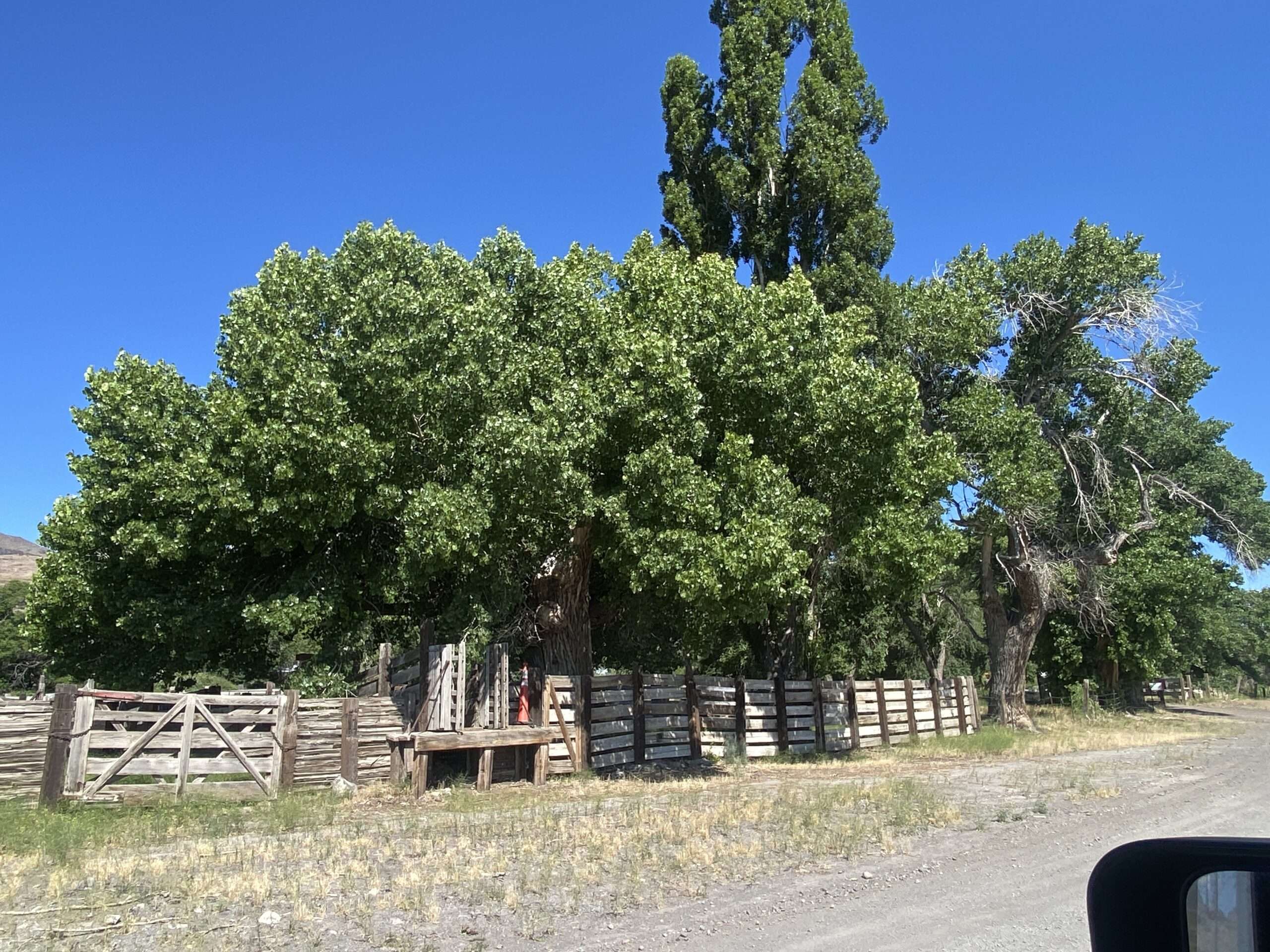
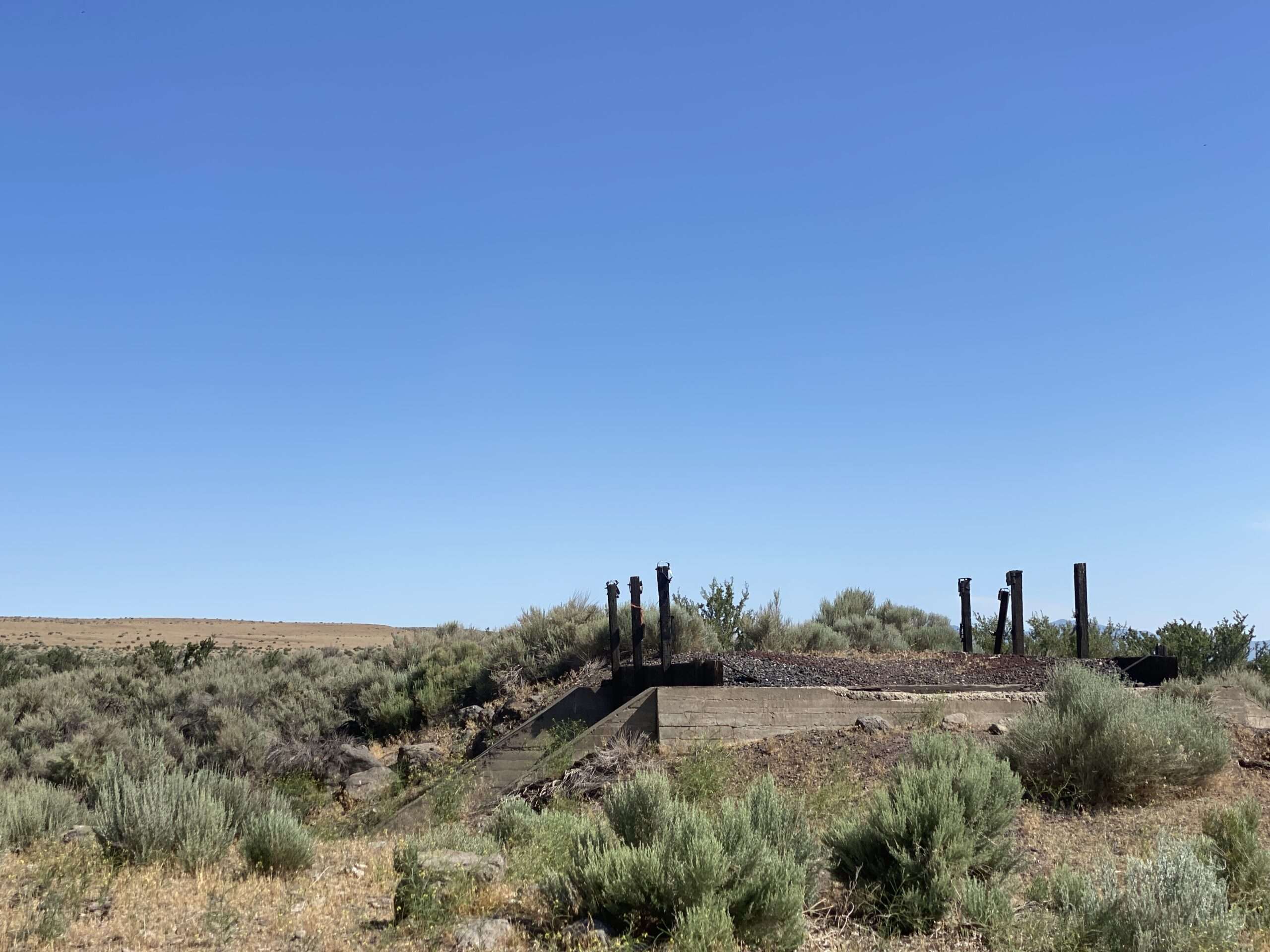
Big Canyon
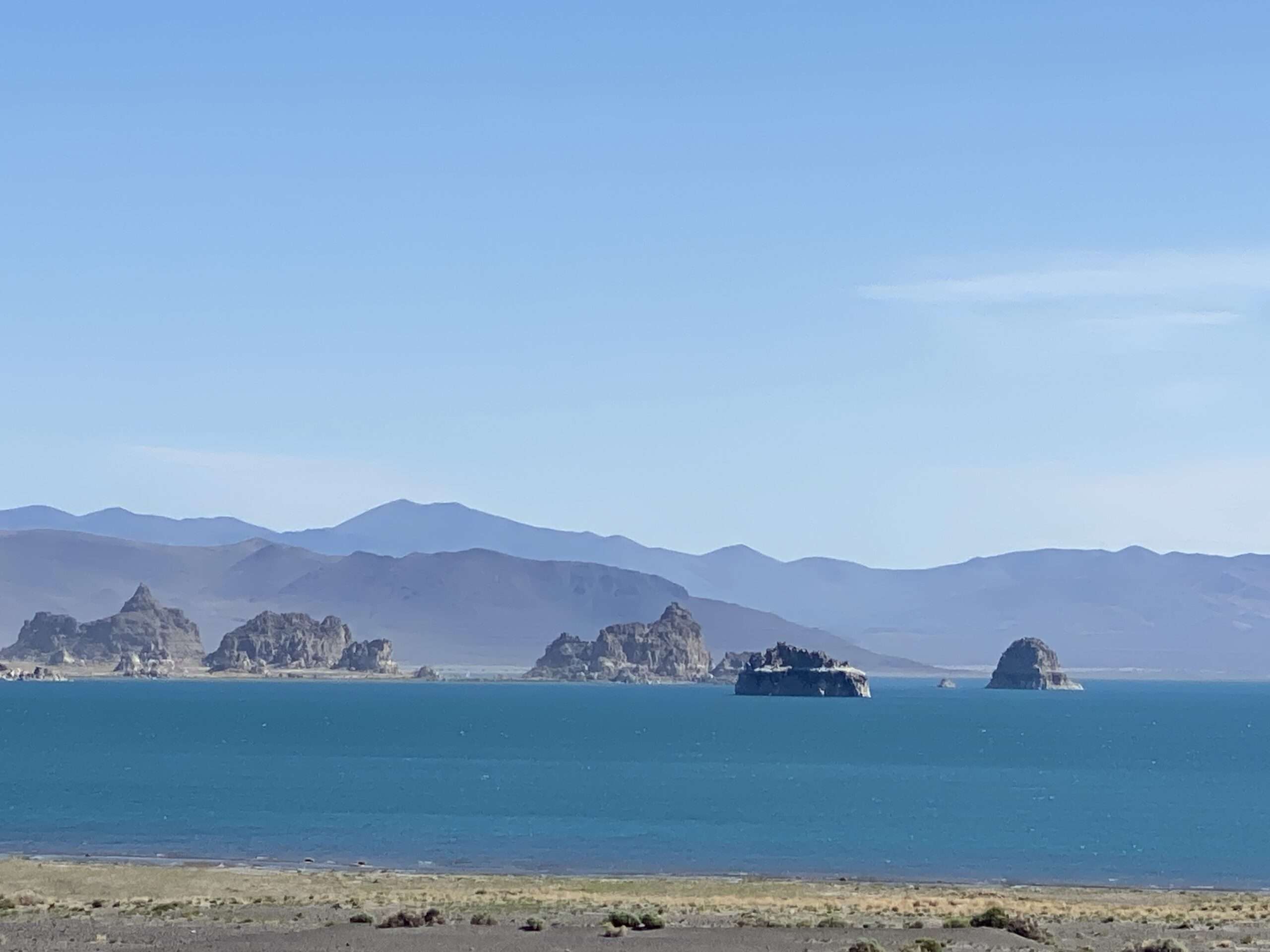
Located west of Big Canyon, the Big Canyon Ranch was a stop on the F&L. Patrick I. Flanigan, the namesake of the town of Flanigan, owned the ranch. Reportedly prior to WWII, a man from England owned the ranch, thinking the Nazis would take over the world.
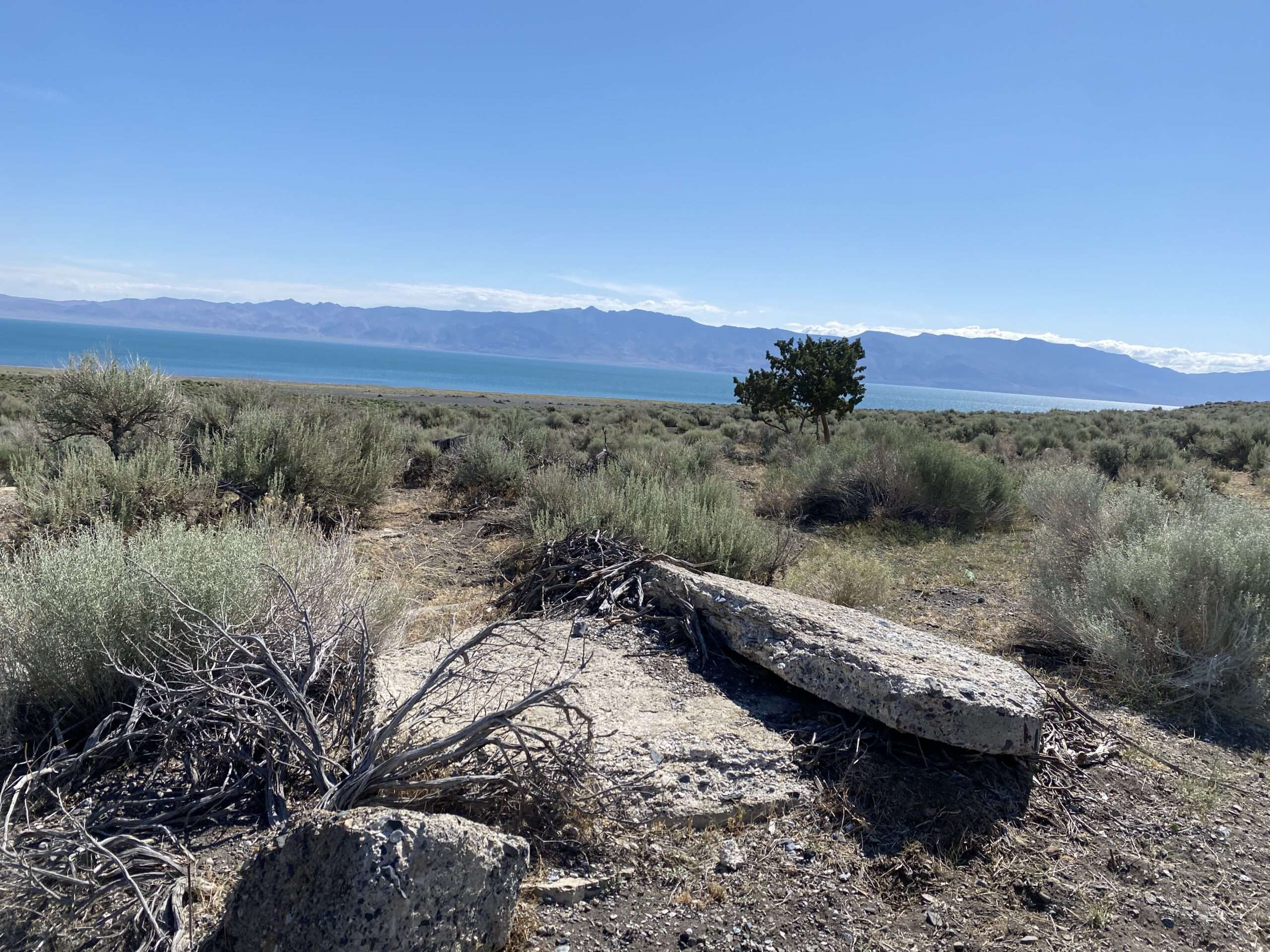

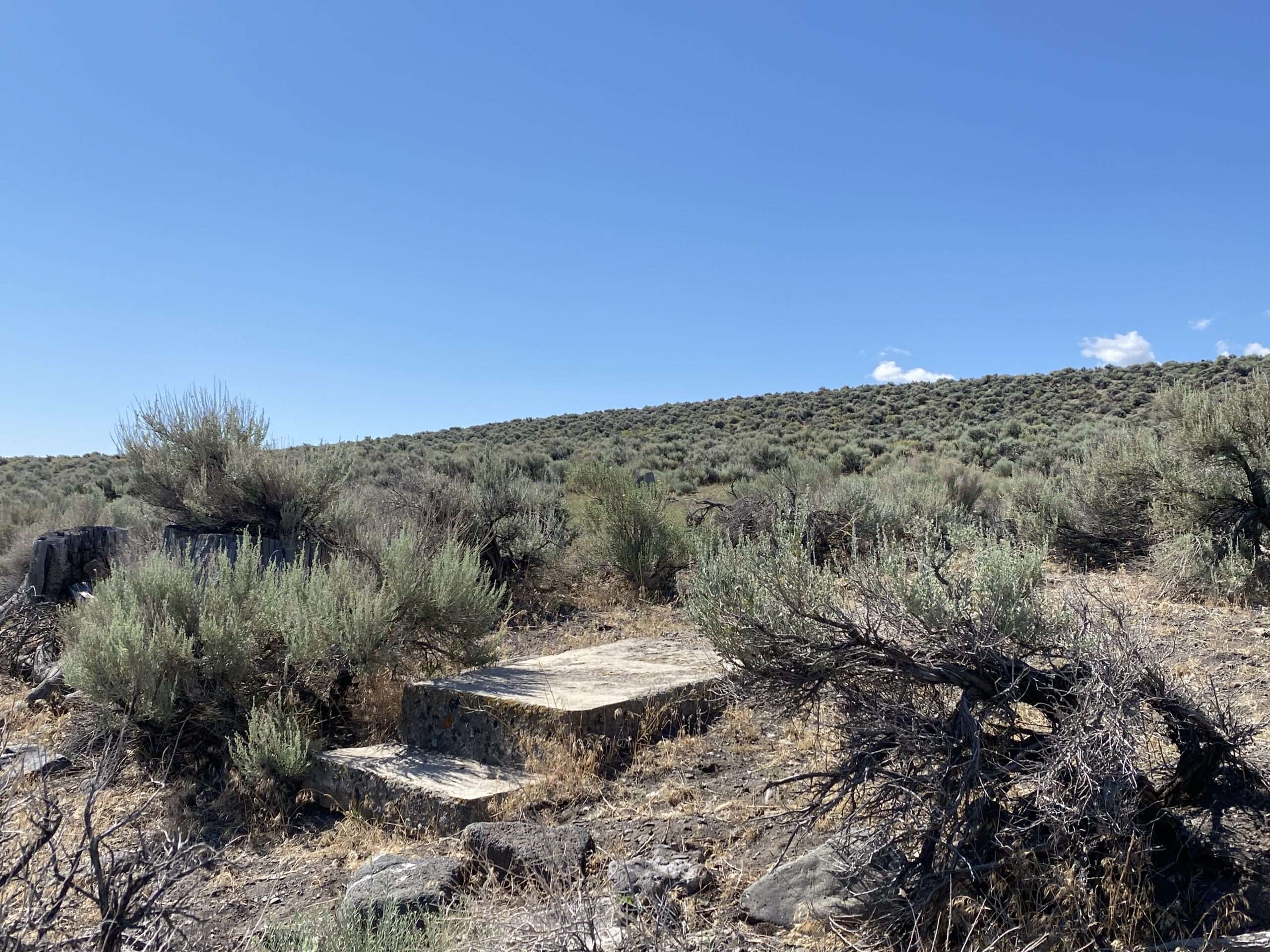
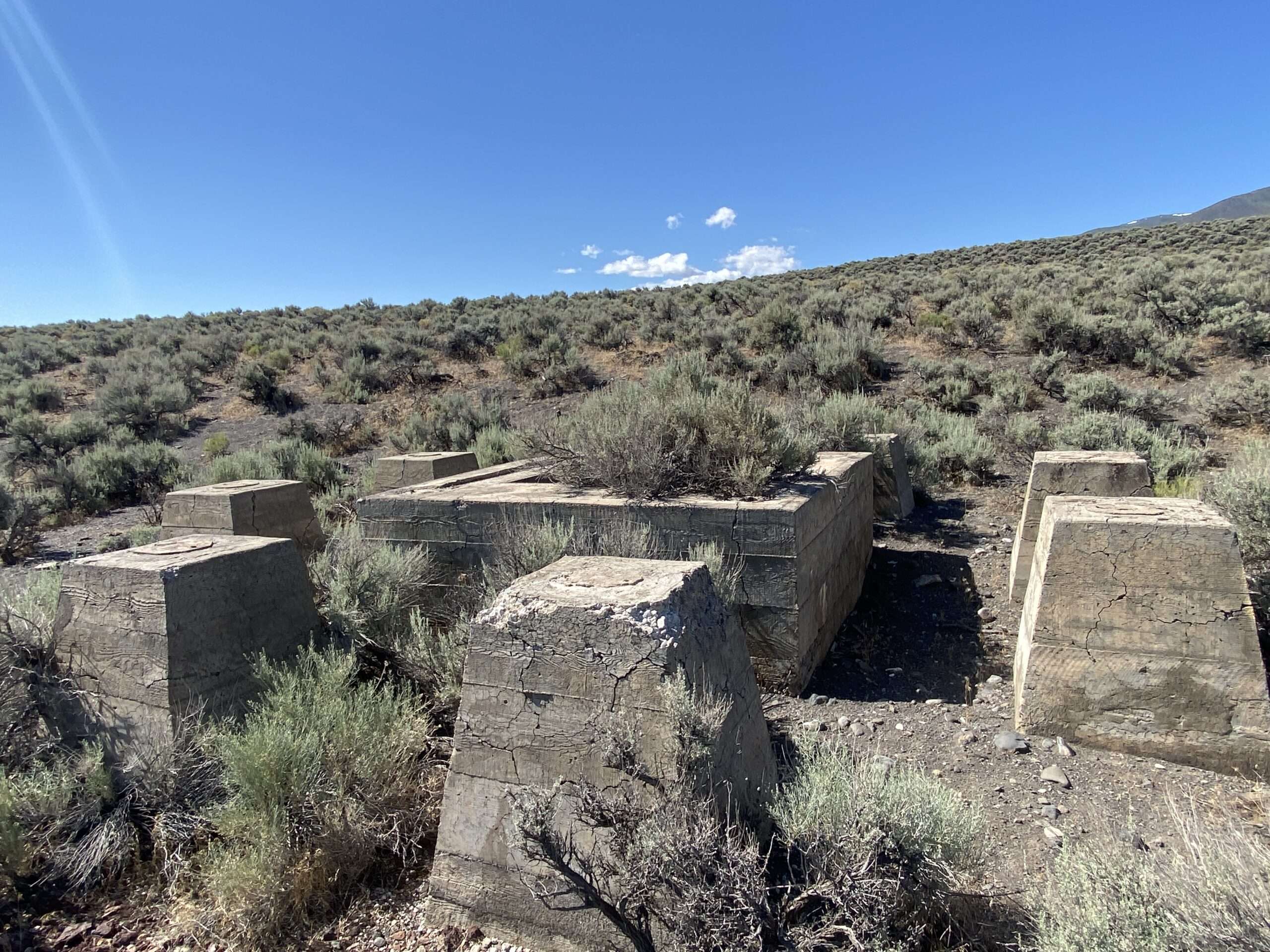

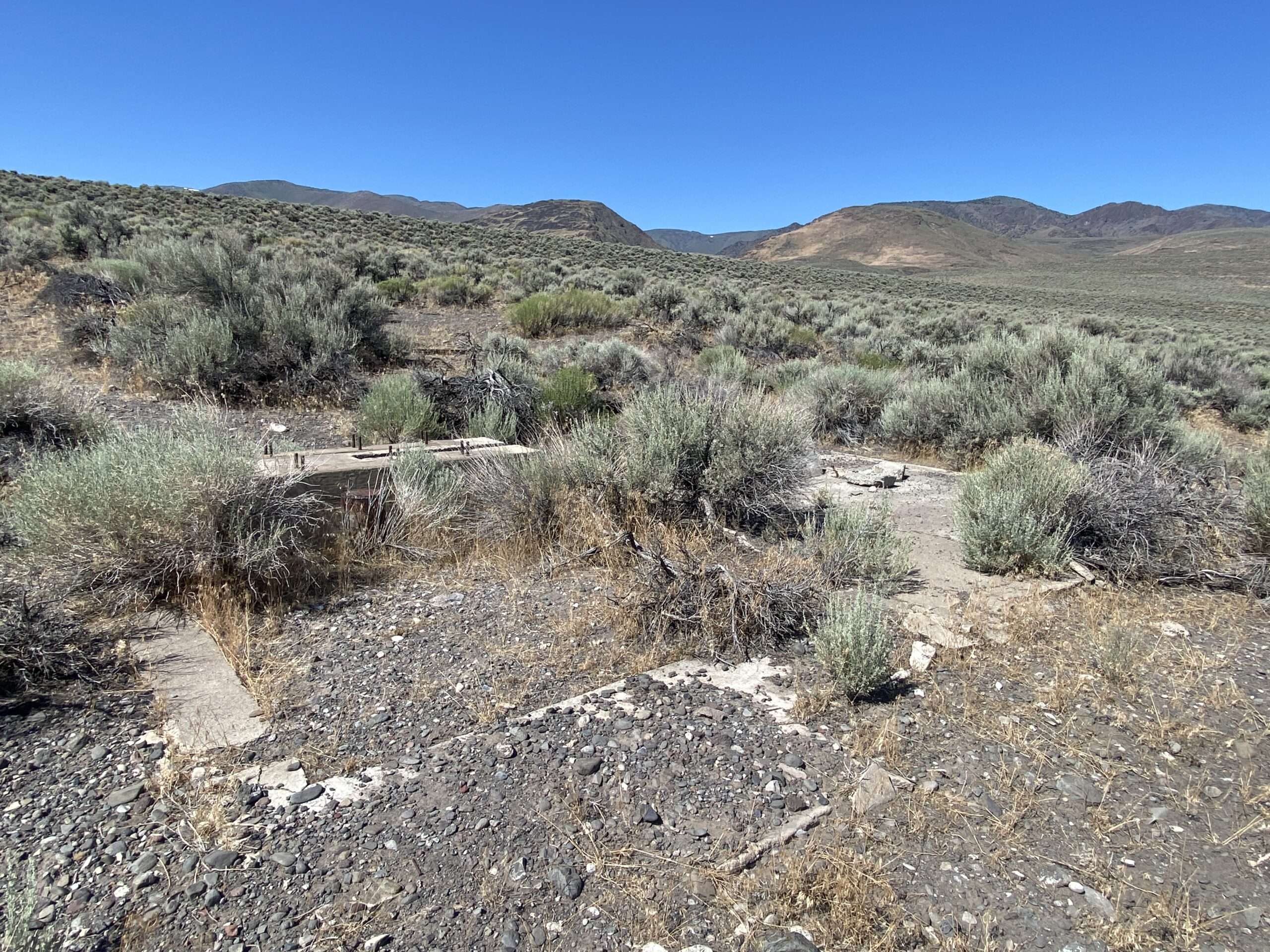
Flanigan
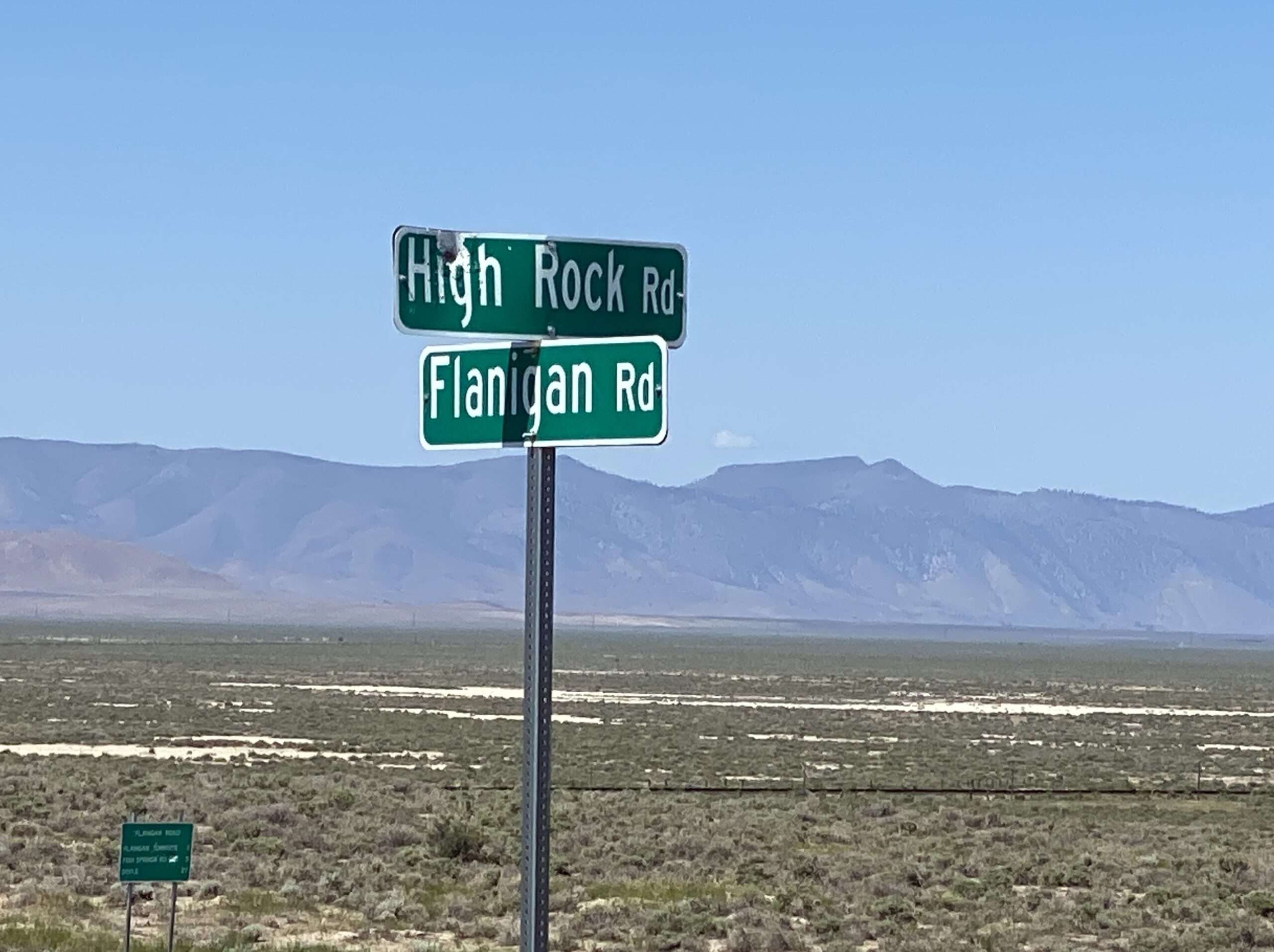
Flanigan was a station on the Western Pacific Railroad starting in 1909. F&L Railway crossed Flanigan in 1913. A town developed at the juncture, and soon, 200 people called Flanigan home. Residents hoped to become the county seat for a new county cut from Washoe County.
The town thrived for a while but declined after rail service declined. The post office was closed in 1961 and the school in 1971. Sadly, what remained of Flanigan was destroyed by wildfire.

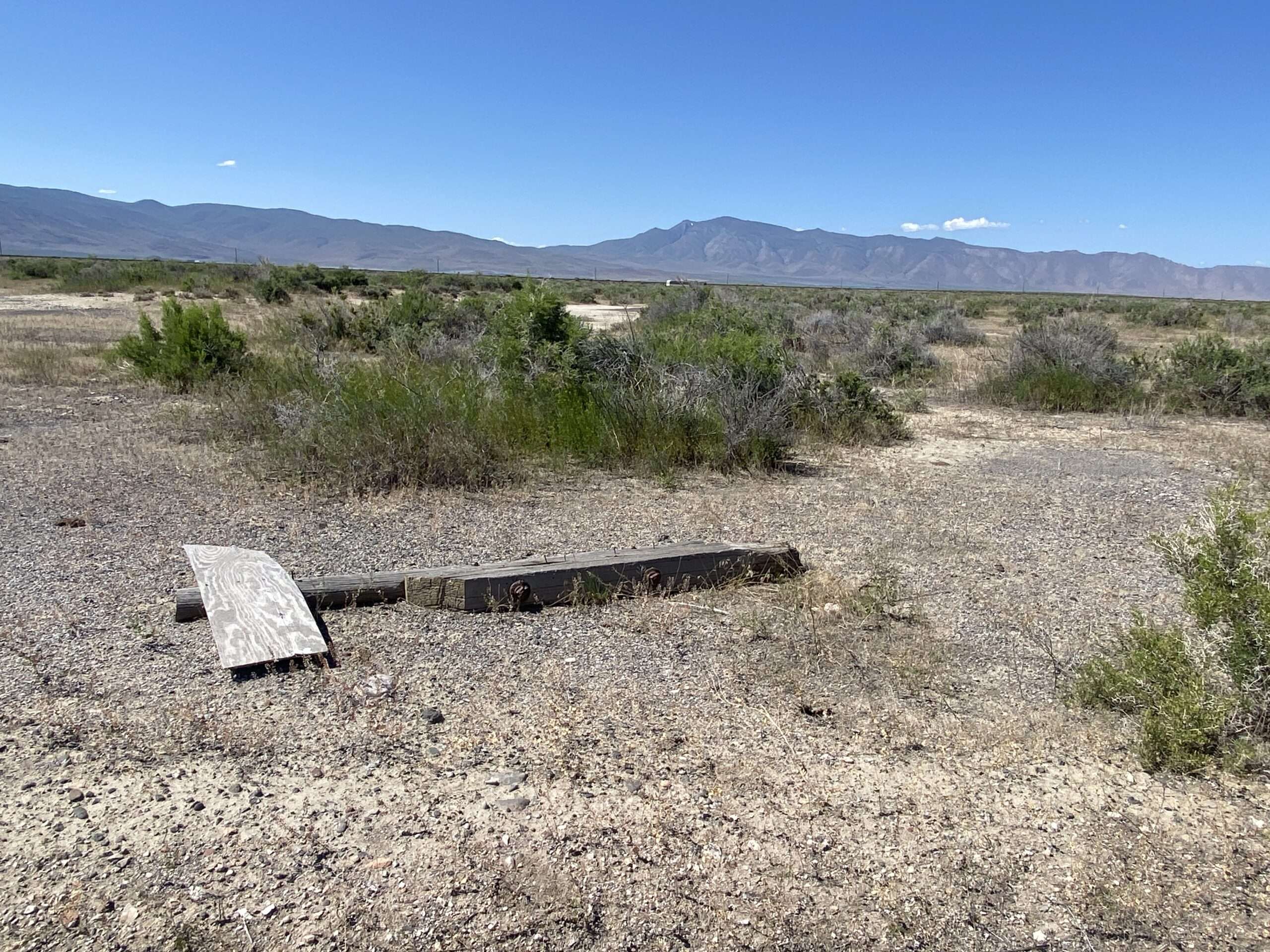
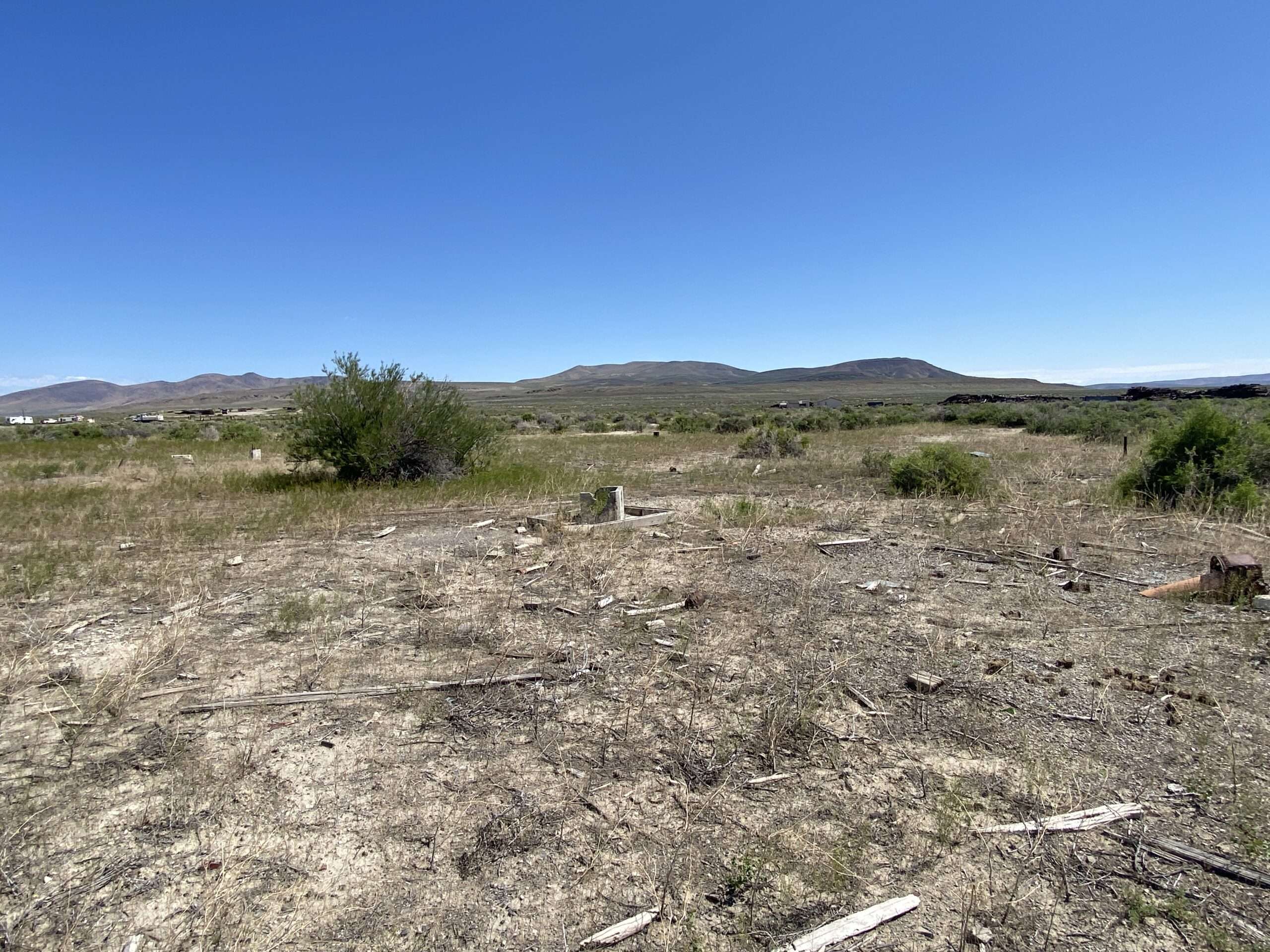
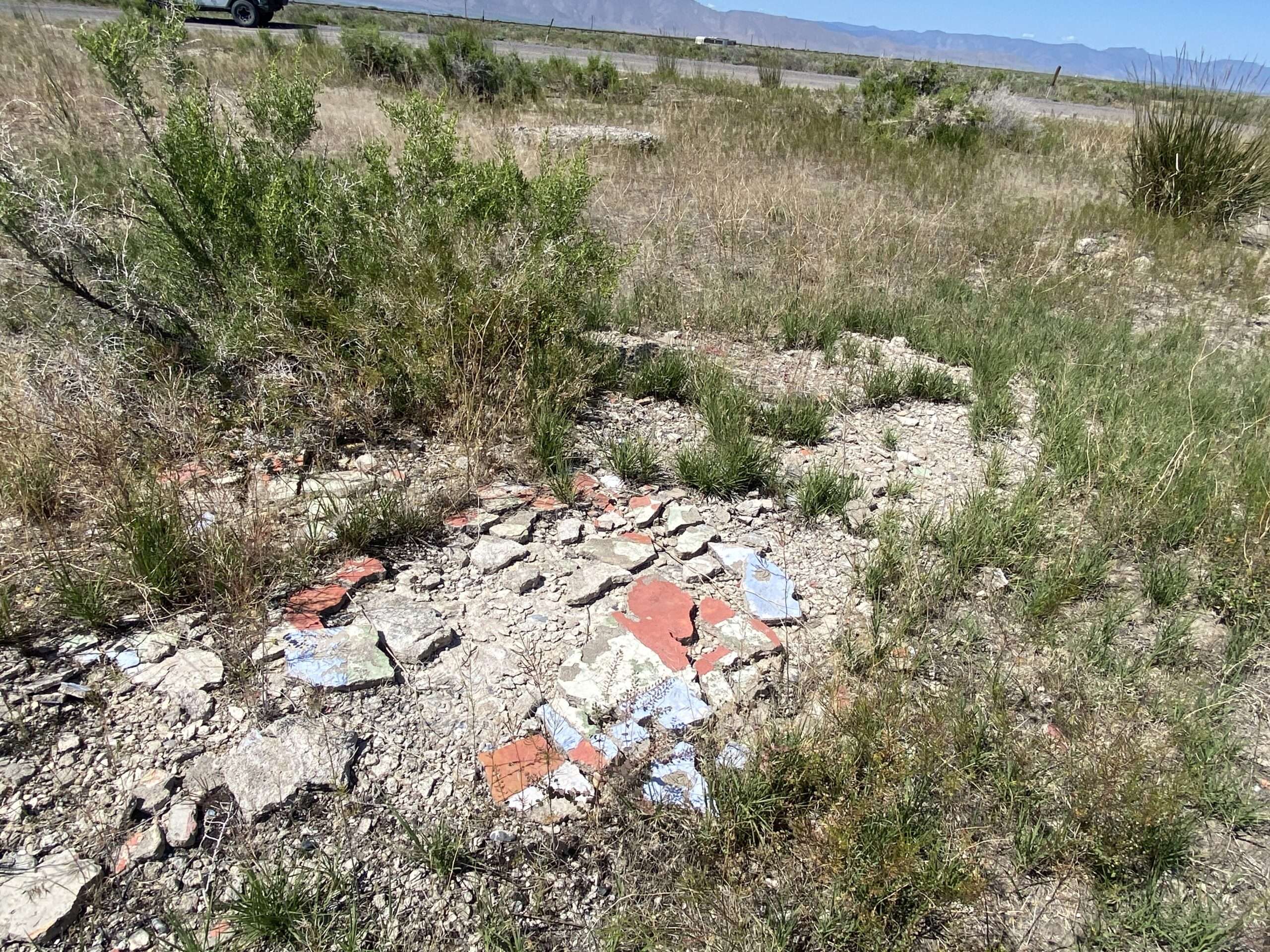
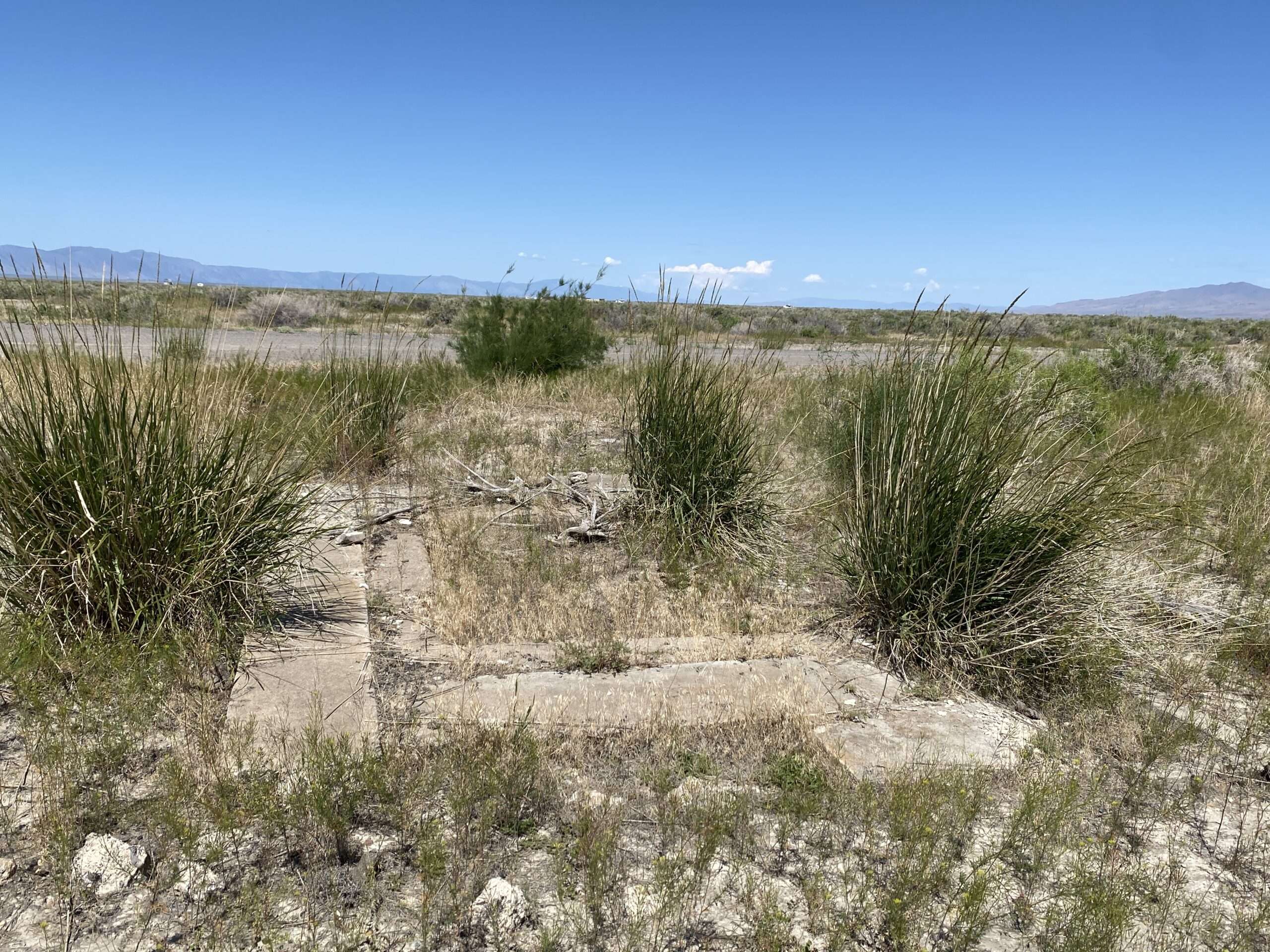
Sand Pass
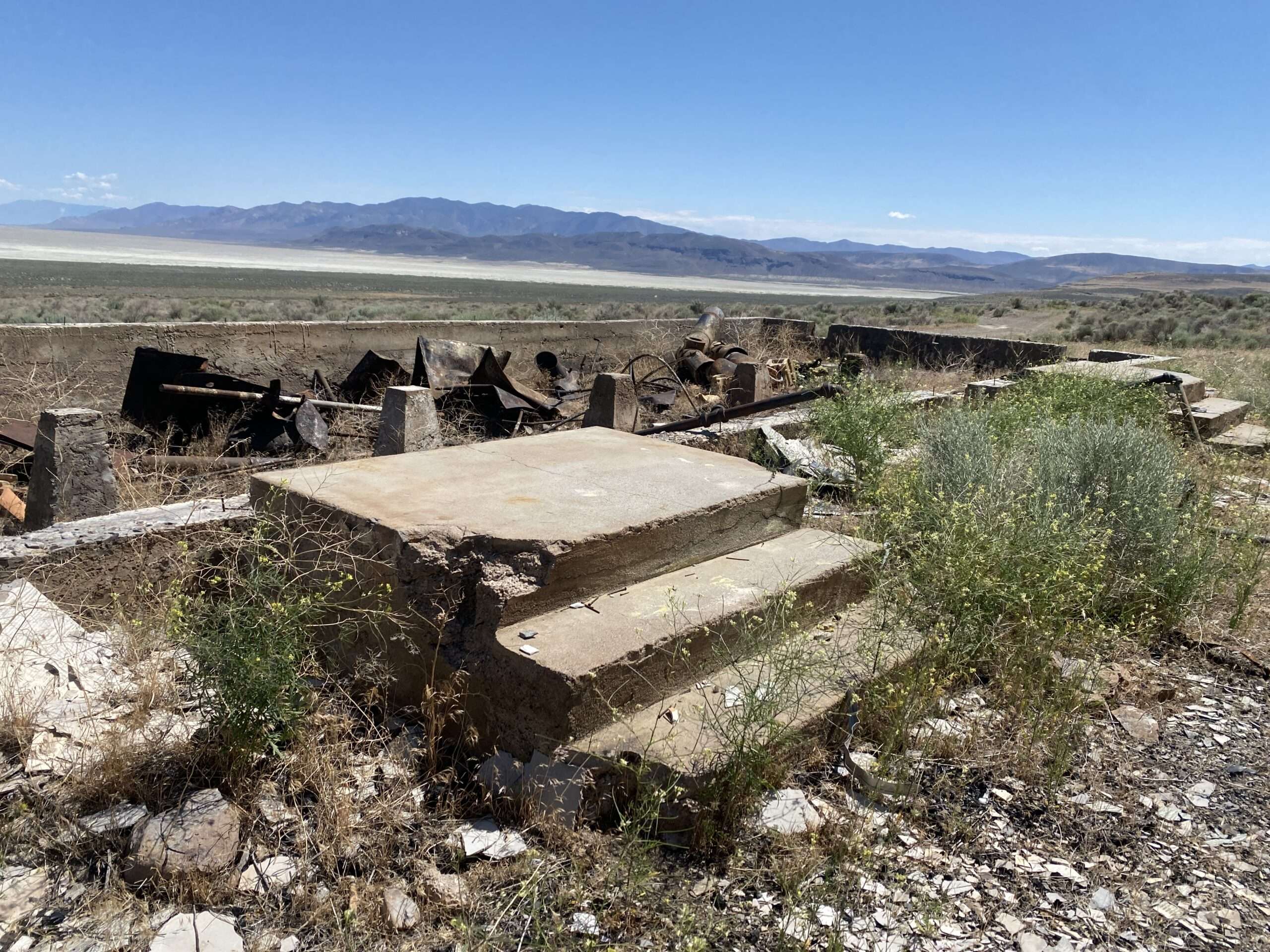
Sand Pass was a maintenance Station for the Western Pacific Railroad. A gravel plant started in 1936 for the railroad grade.
Abandoned buildings survived until fairly recently, but they were torn down.
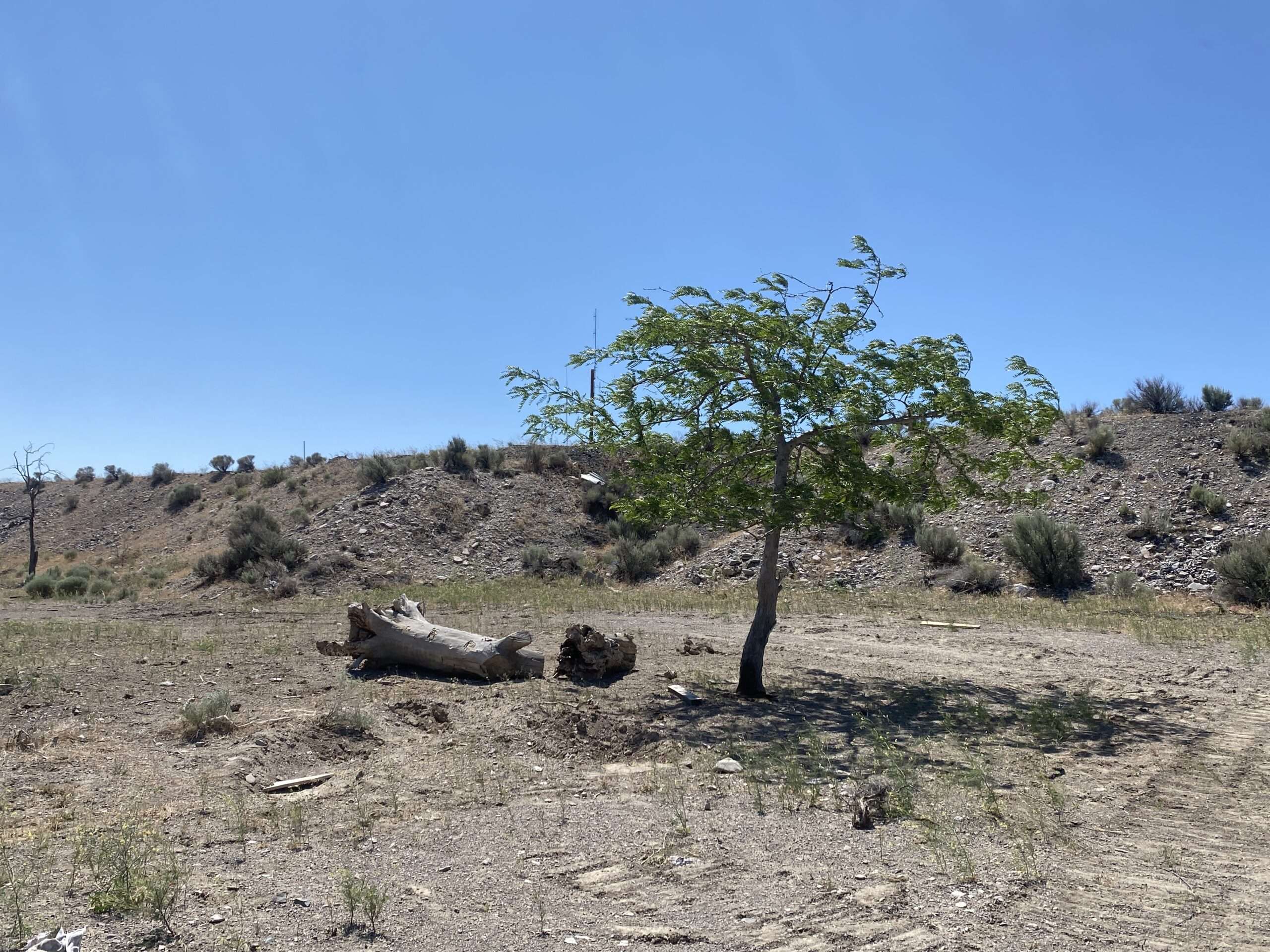
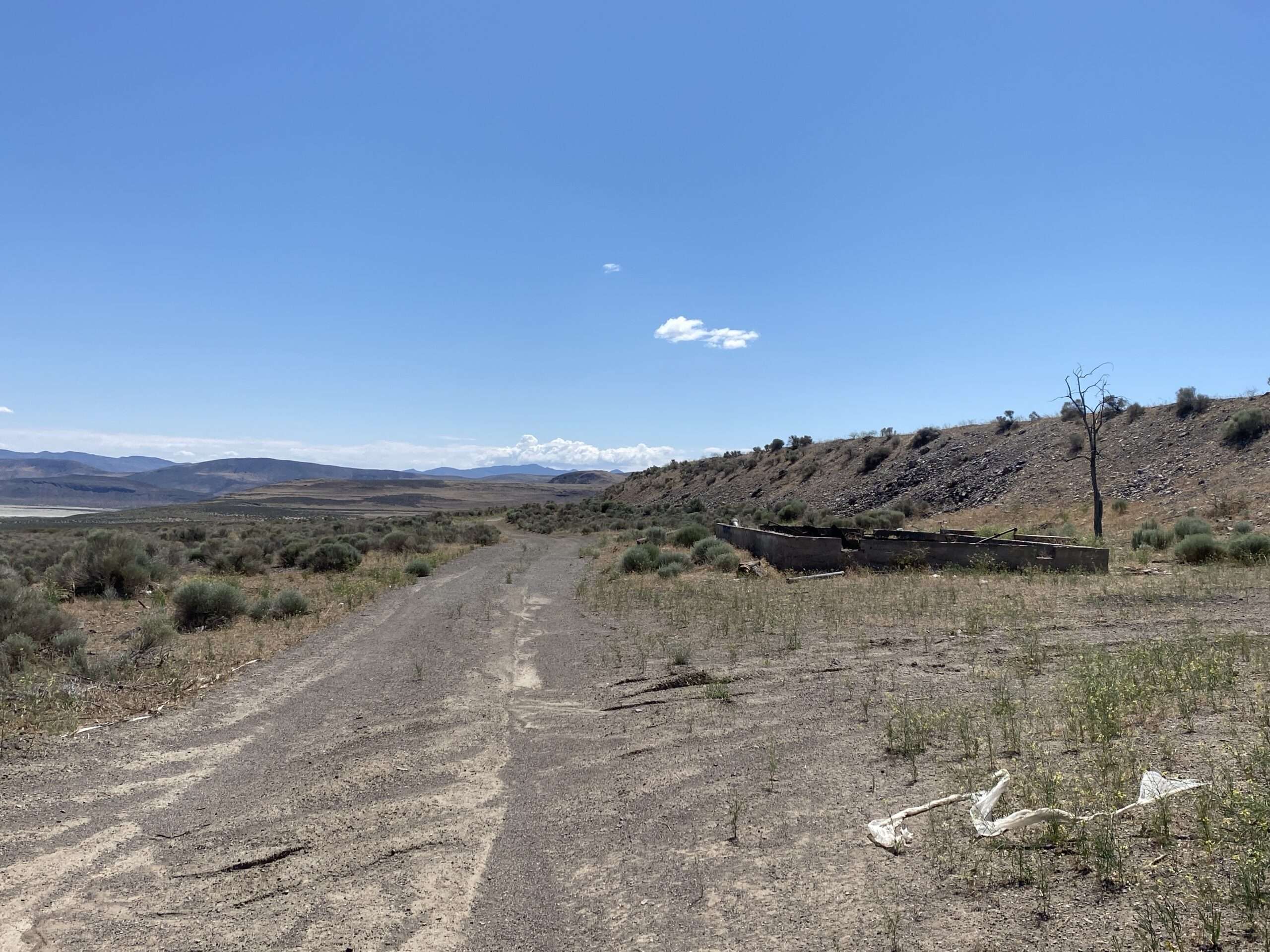
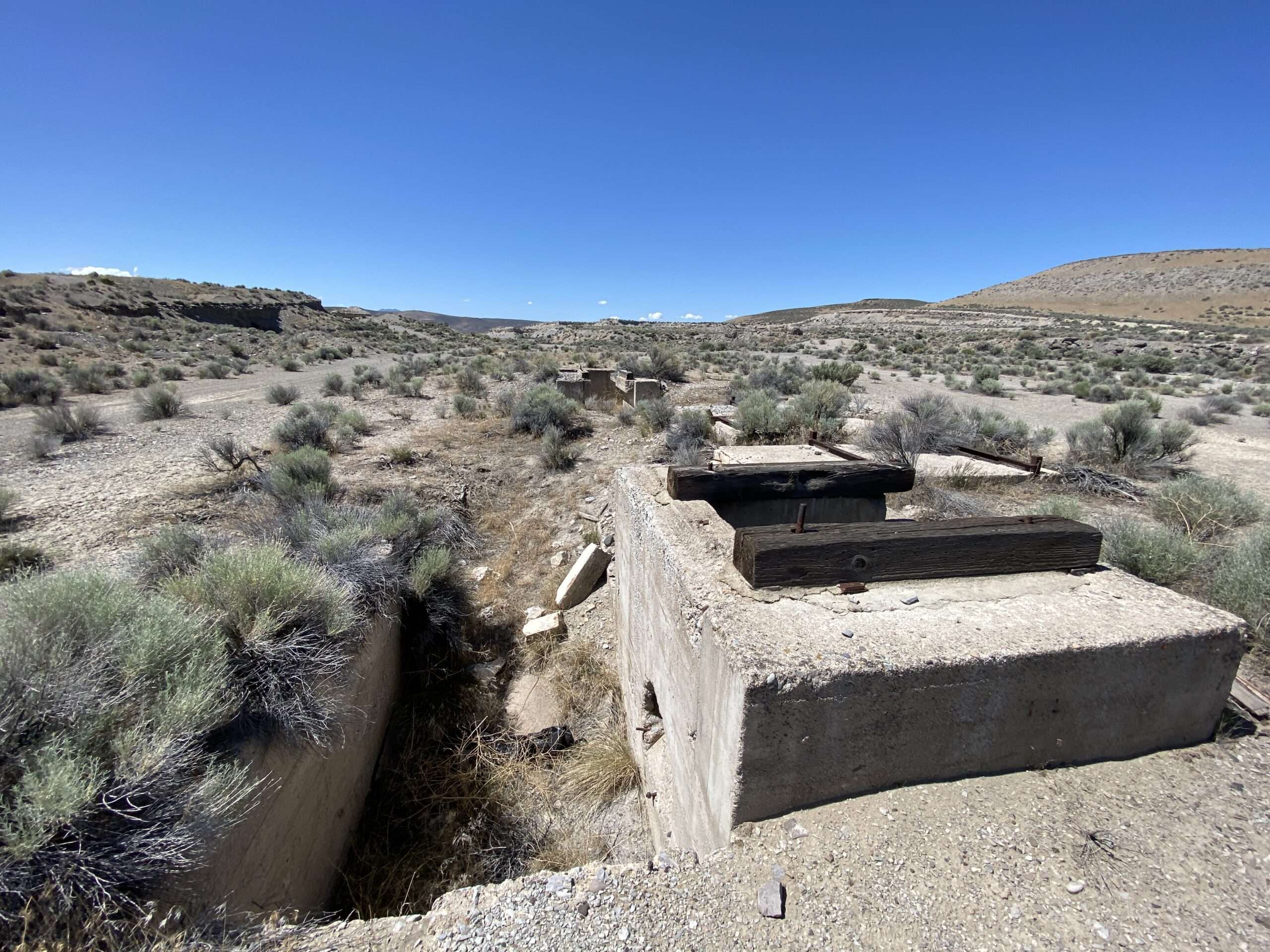

Round Hole/Bonham Ranch
Bonman owned and operated several stage stops. He purchased Round Hole Station on the north shore of Pyramid Lake in 1887. He expanded operations to a cattle ranch. Bonham married Florence Drew, a Sand Pass telegraph operator.
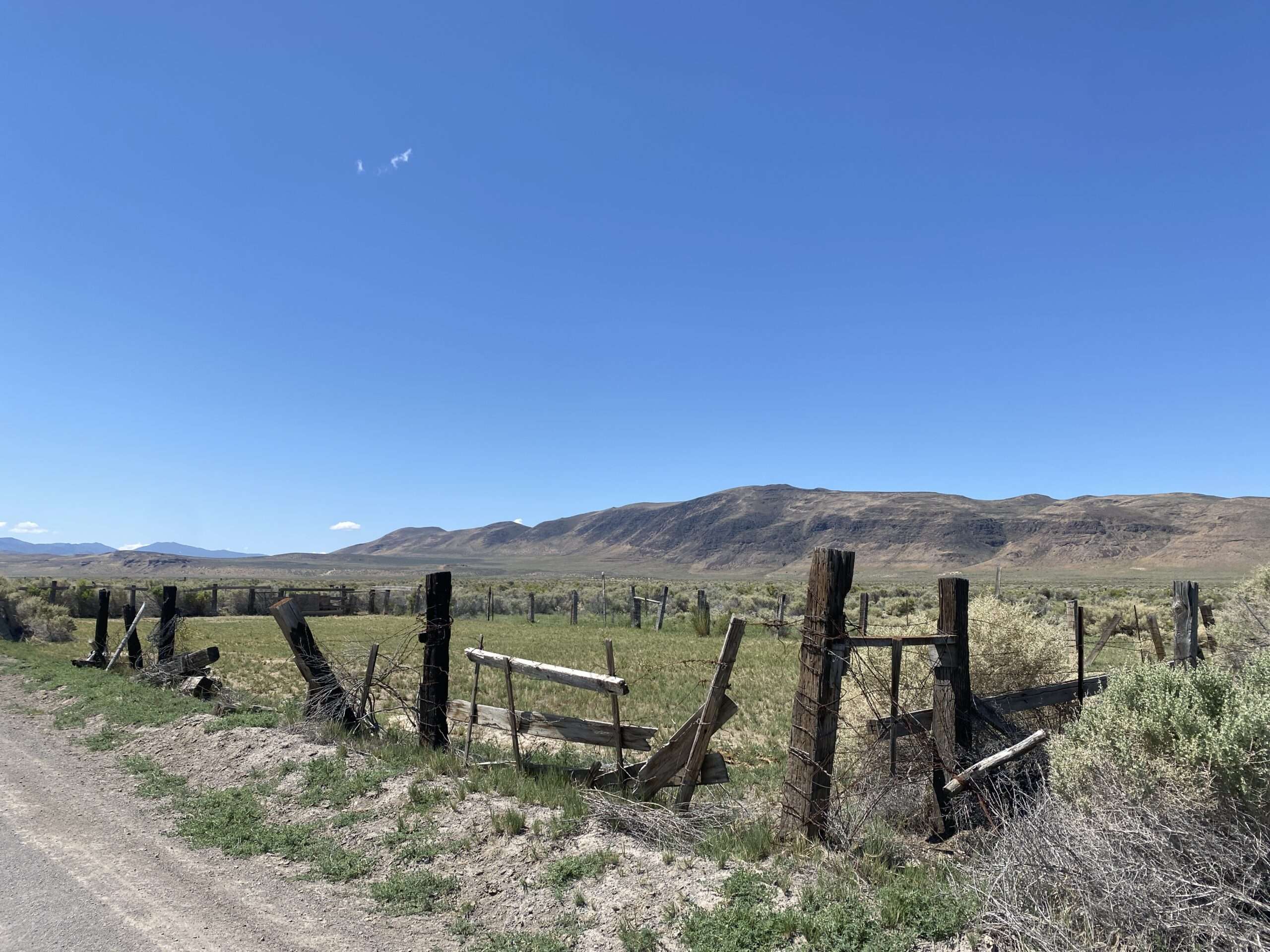

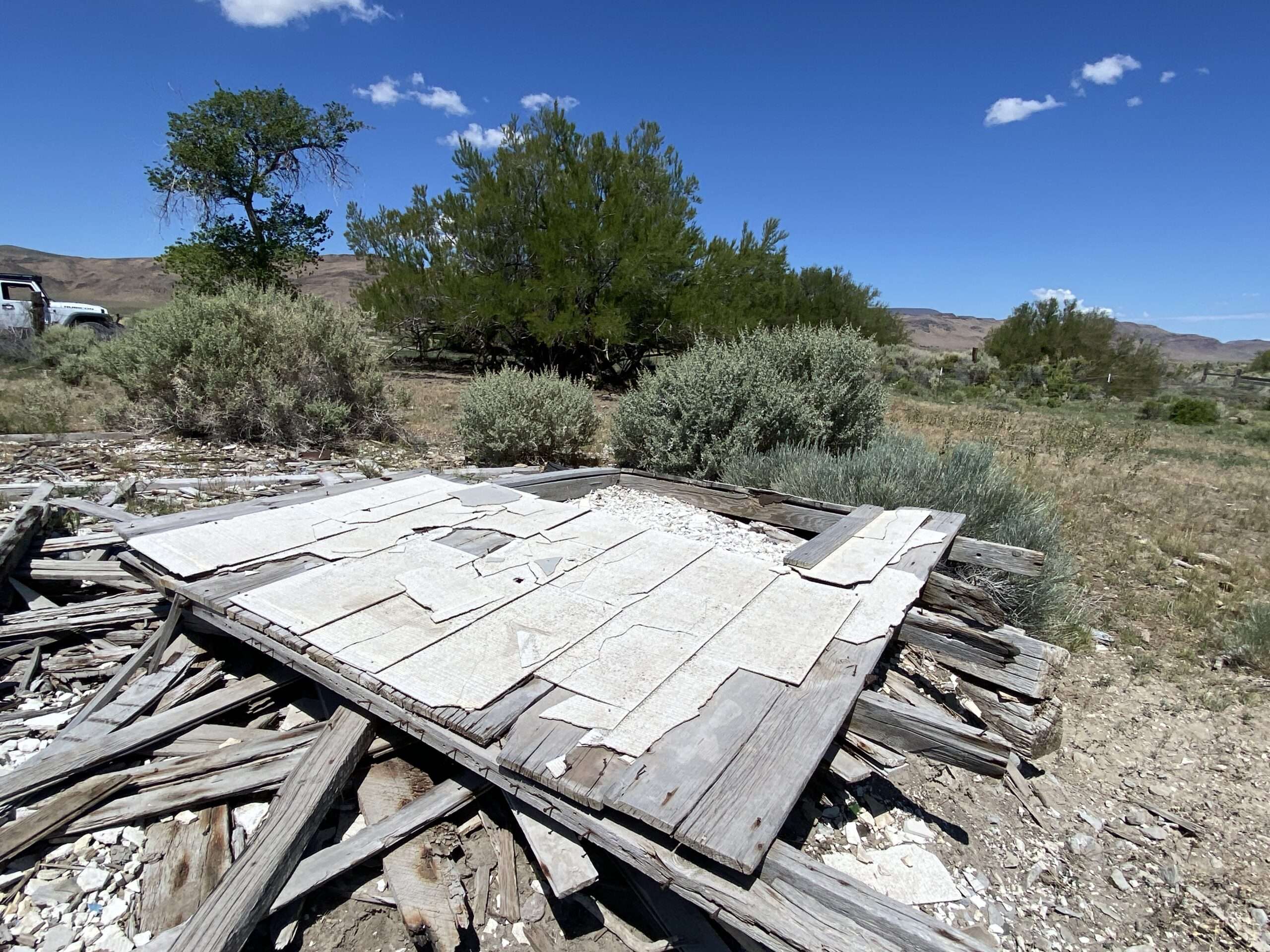
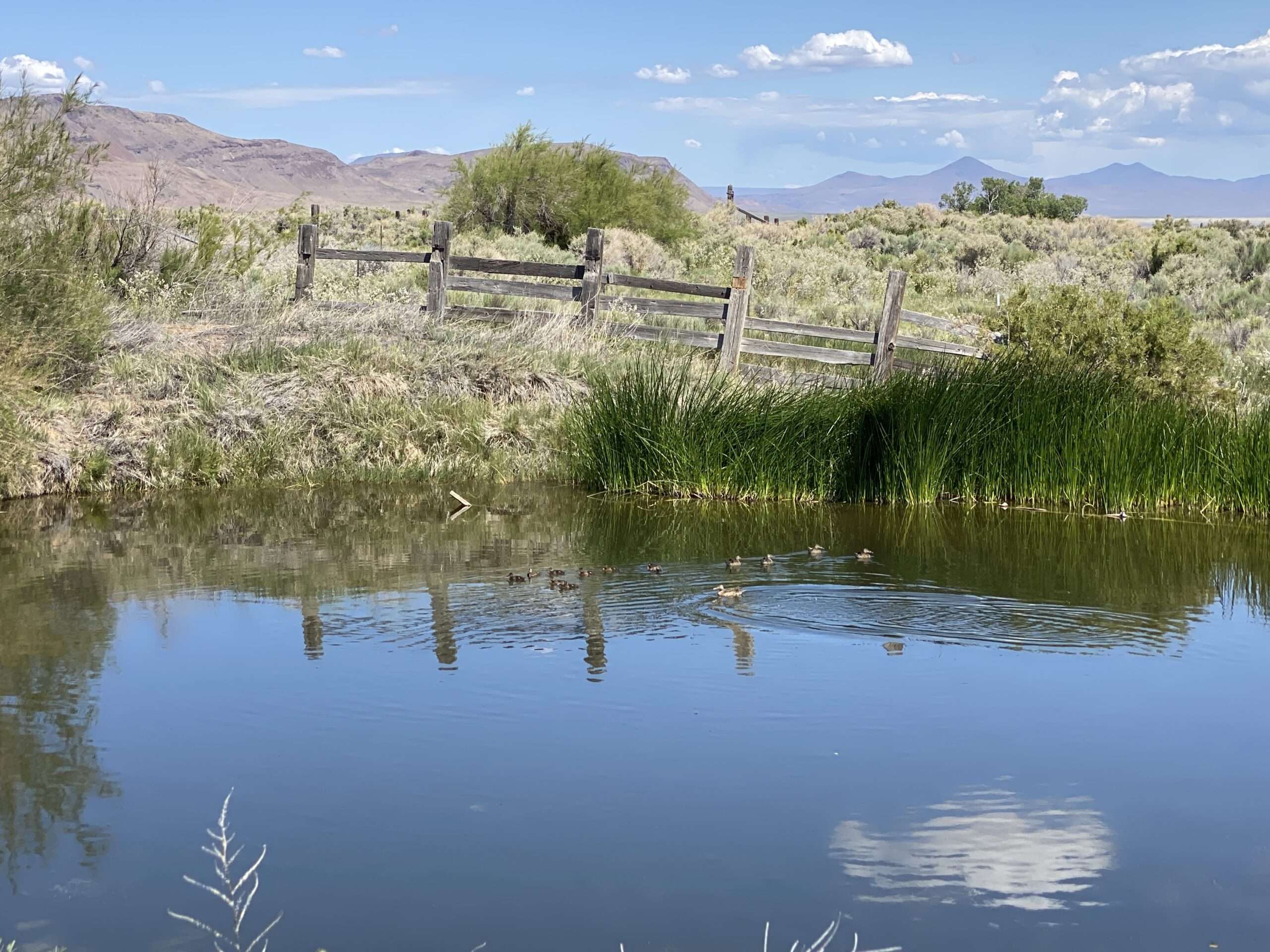
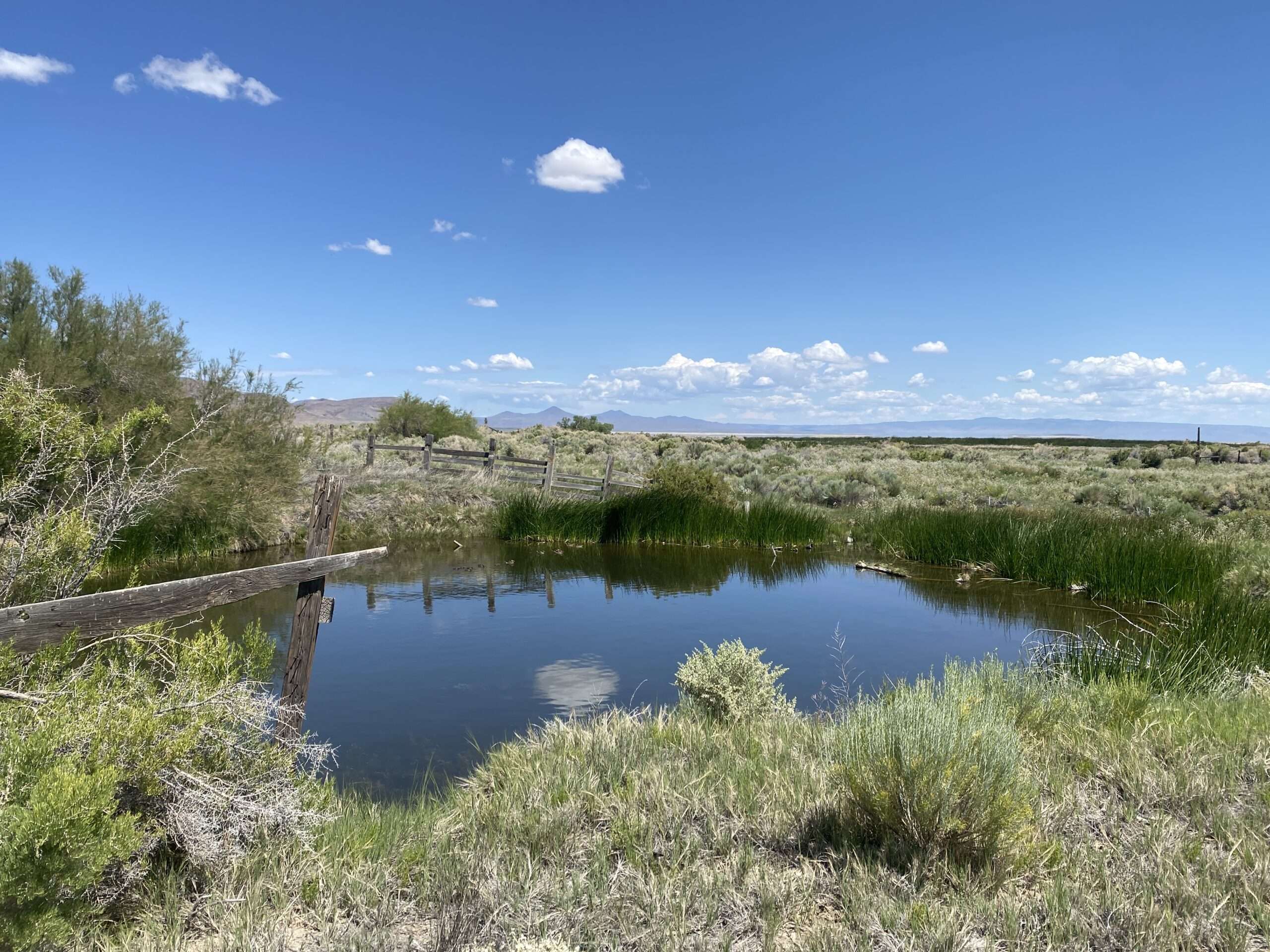
Edward Larid Grave

Oh, a mystery to unravel! Mr. Laird was horrifically murdered, but he has a past of accusations of theft and cattle rustling. And this was not the first time someone tried to murder Laird. I look forward to diving more in-depth in search of details.
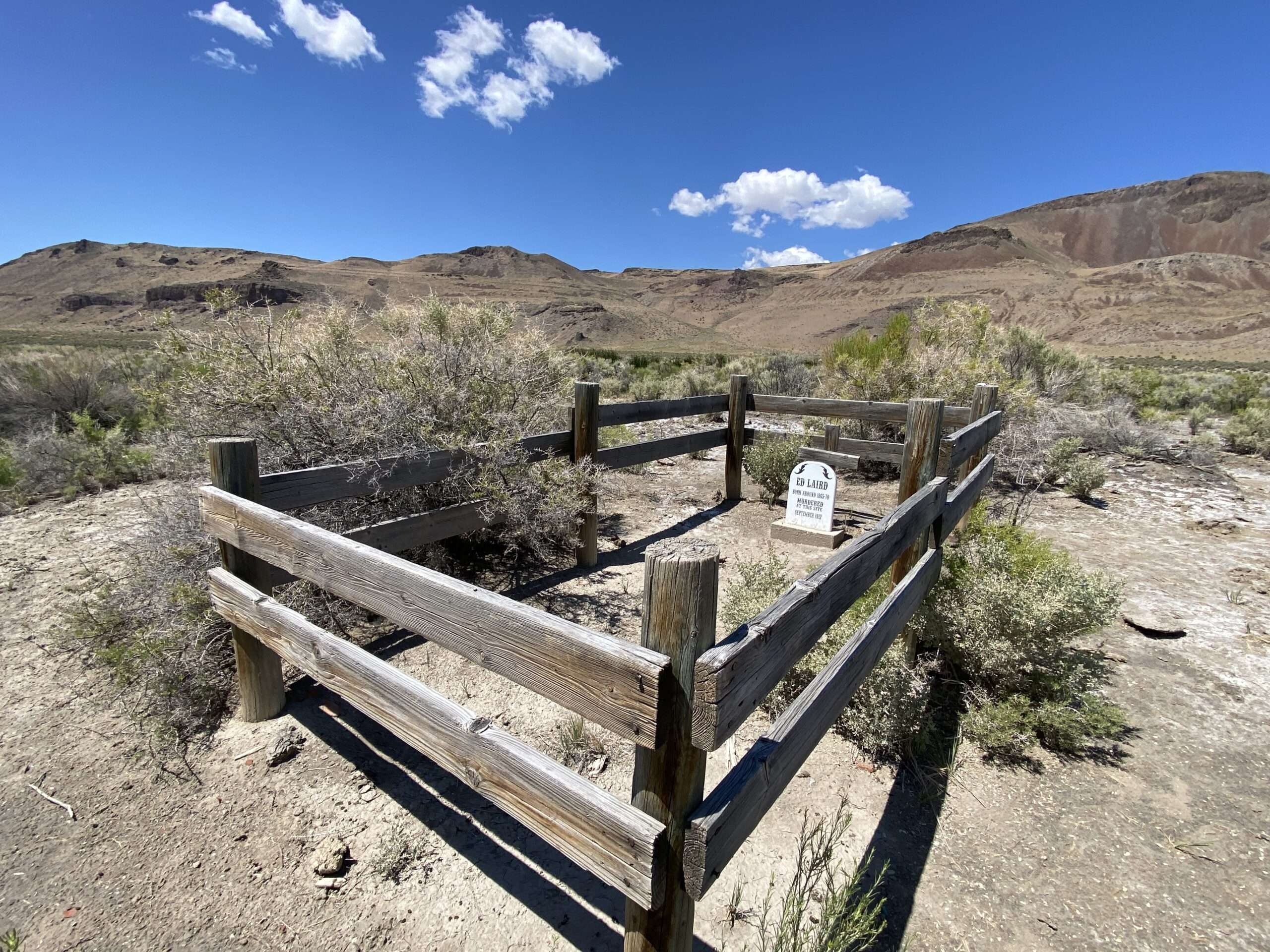
Sheep Head
Sheep Head was one of the stage stations owned by Bonman. Reportedly, the spring is the only good water in the area.
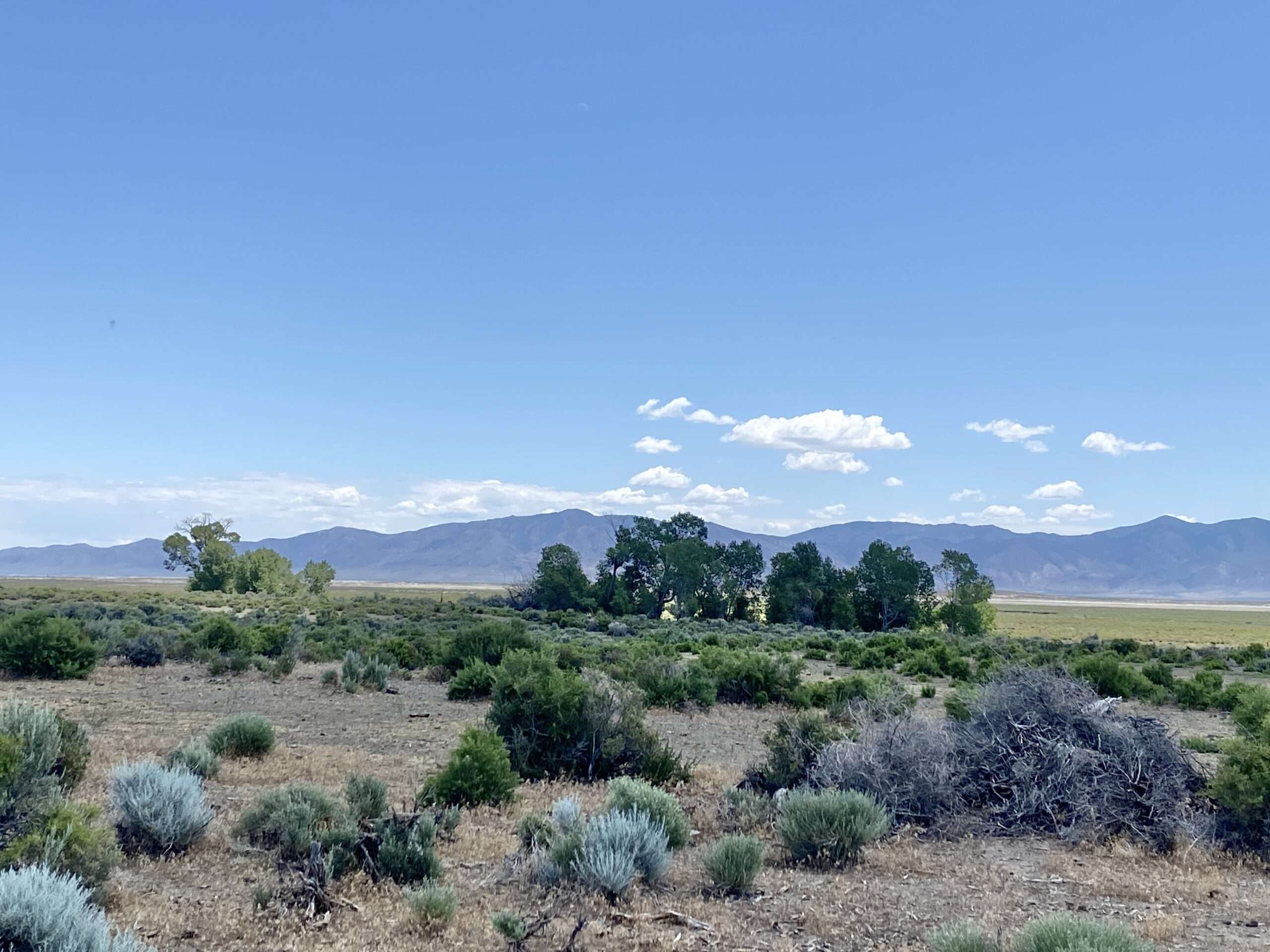
Lower Smoky Creek/Smoky Creek
The Lassen and Nobles emigrant trail ran along Smoky Creek beginning in 1852. It connected Honey Lake Valley to the Smoke Creek Desert. Developed by William Nobles, he offered to guide groups through the trail for an astounding $2,000. Nobles returned to Minnesota, where he promoted his route.

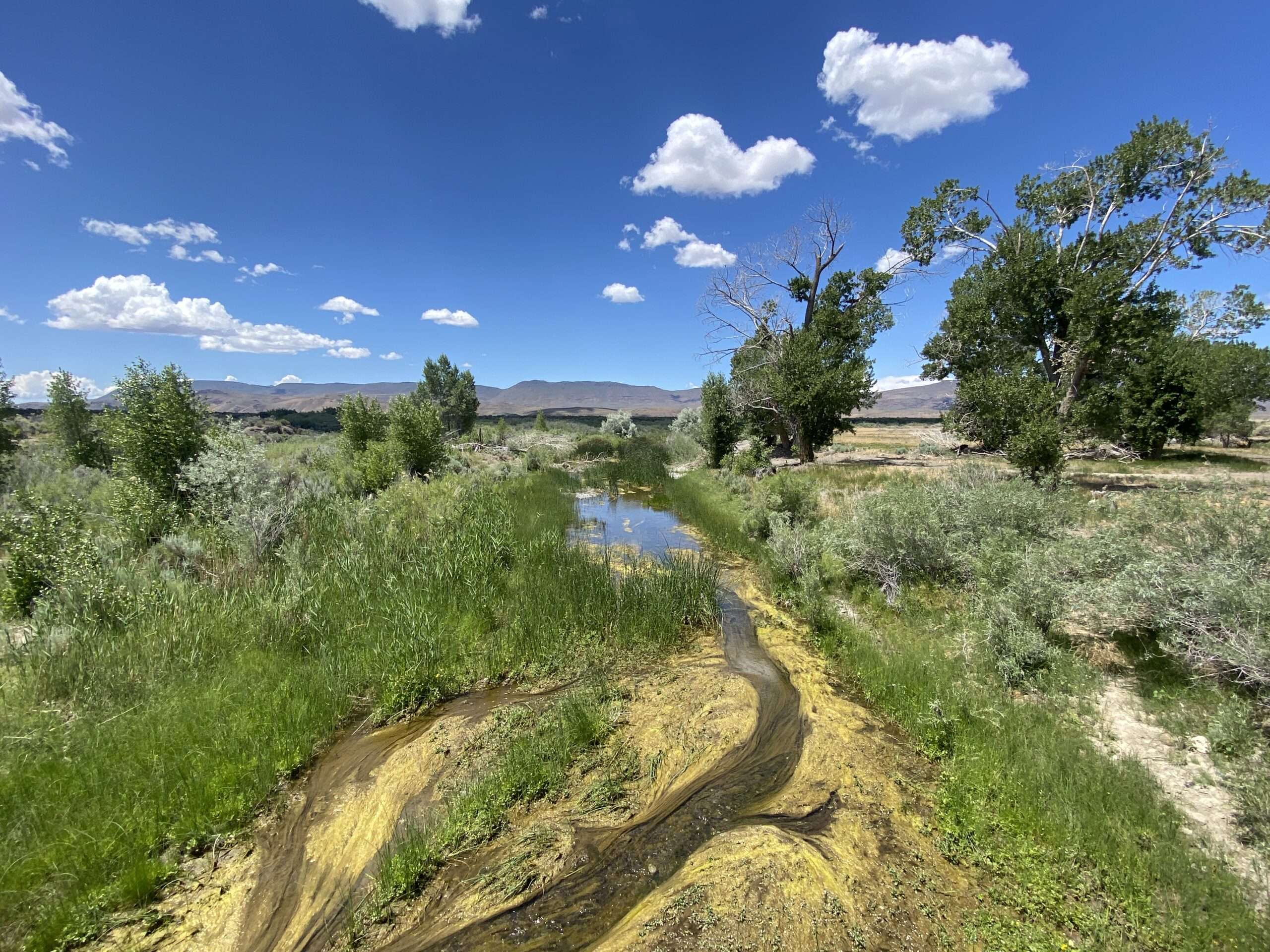
Smoke Creek Canyon Cave & Nobles Trail

In Smoke Creek Canyon is a cave. Emigrants on the Nobles trail wrote about the cave and may have used it as shelter. Most continued to Buffalo Springs or Smoke Creek Station.
Some travelers took the bypass to Smoke Creek Canyon to avoid the willows.
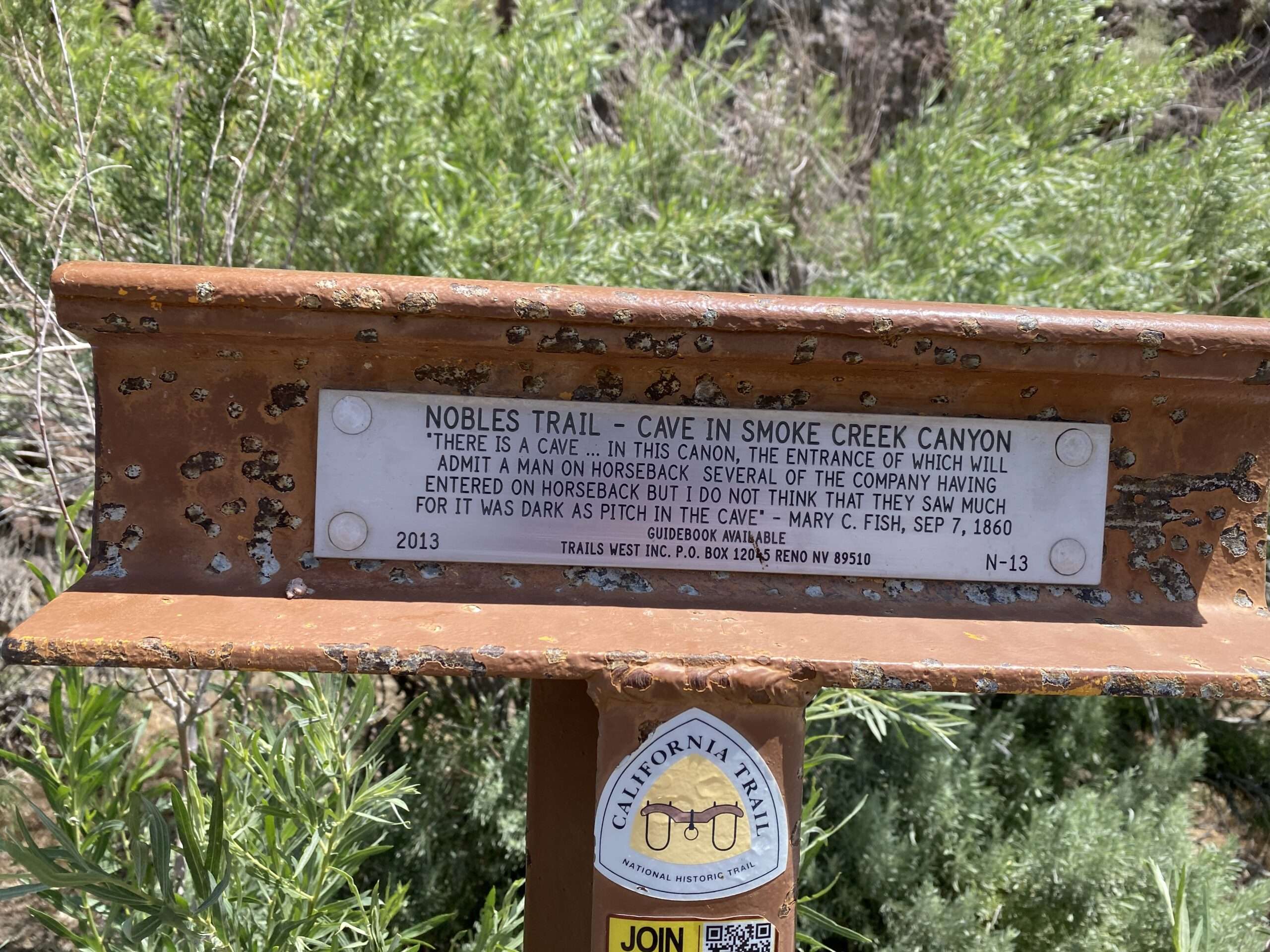
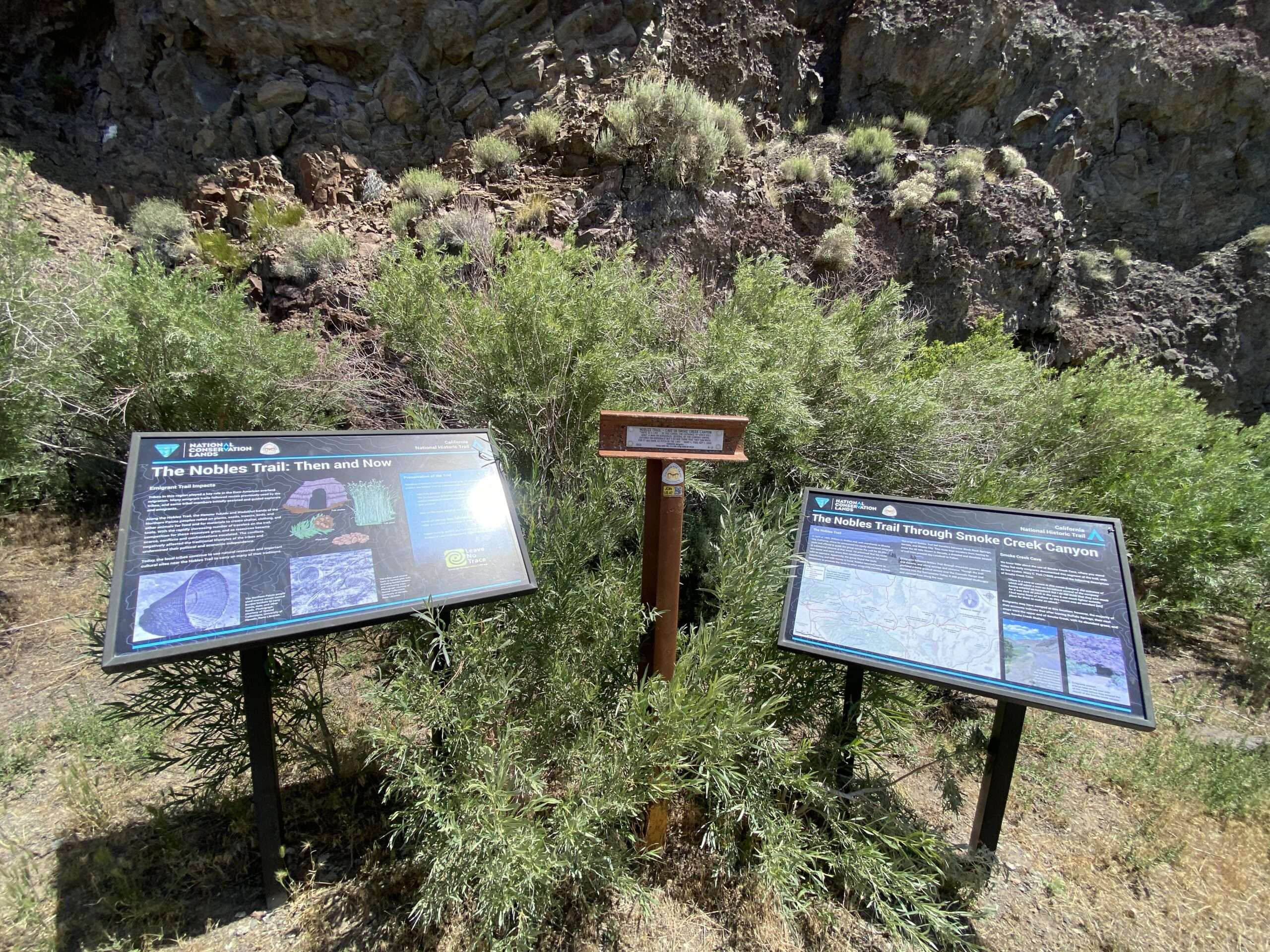
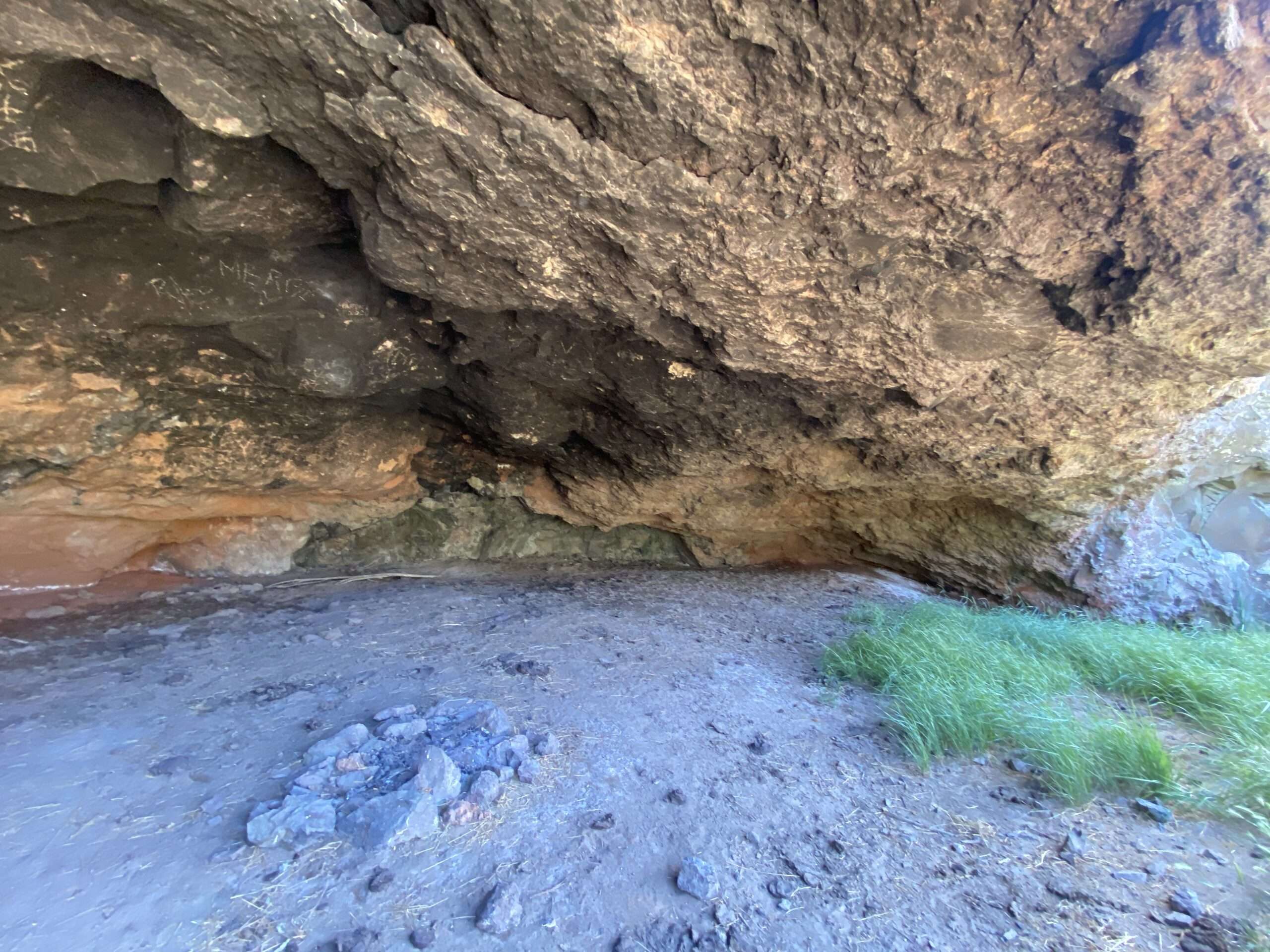
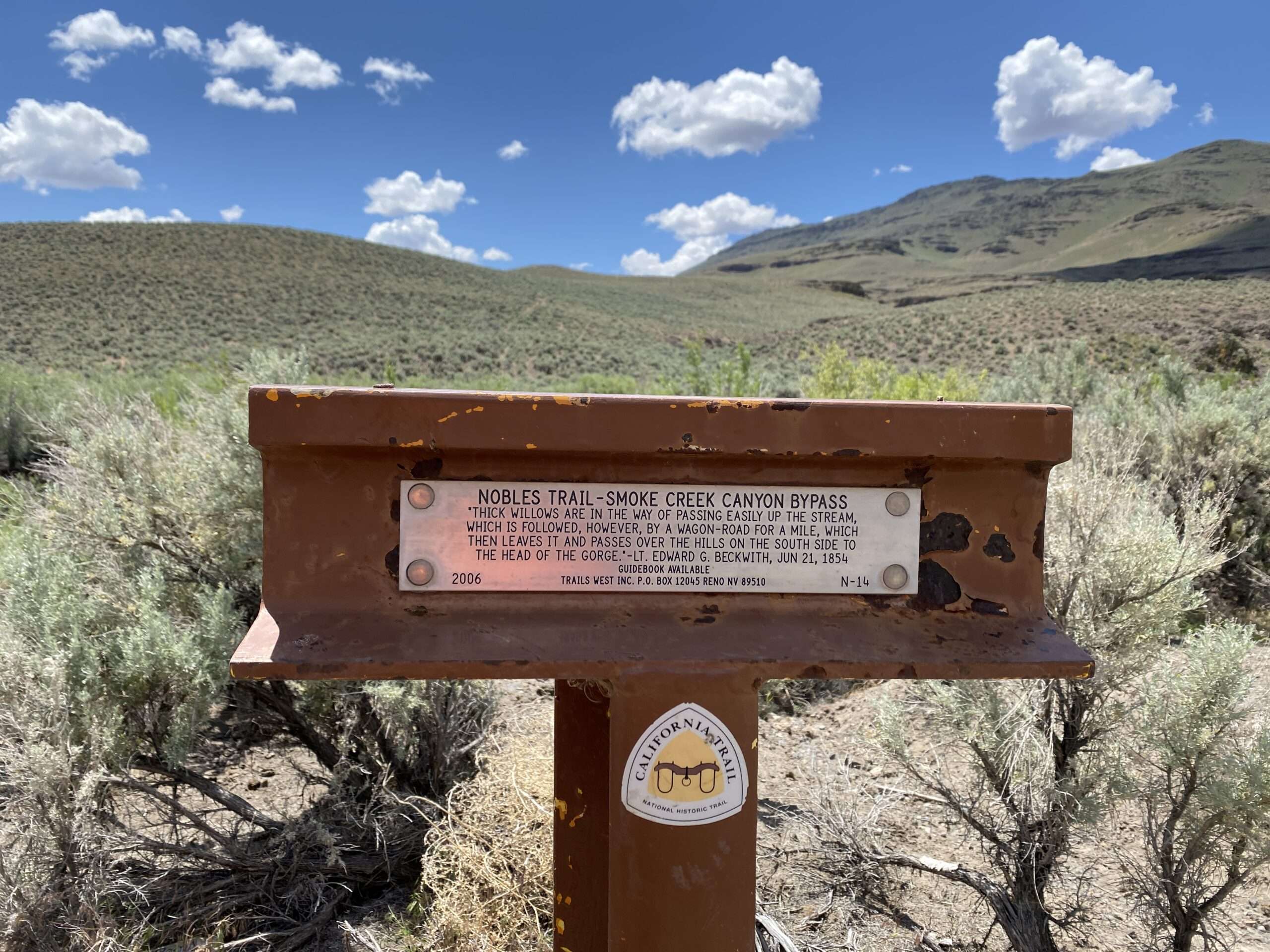
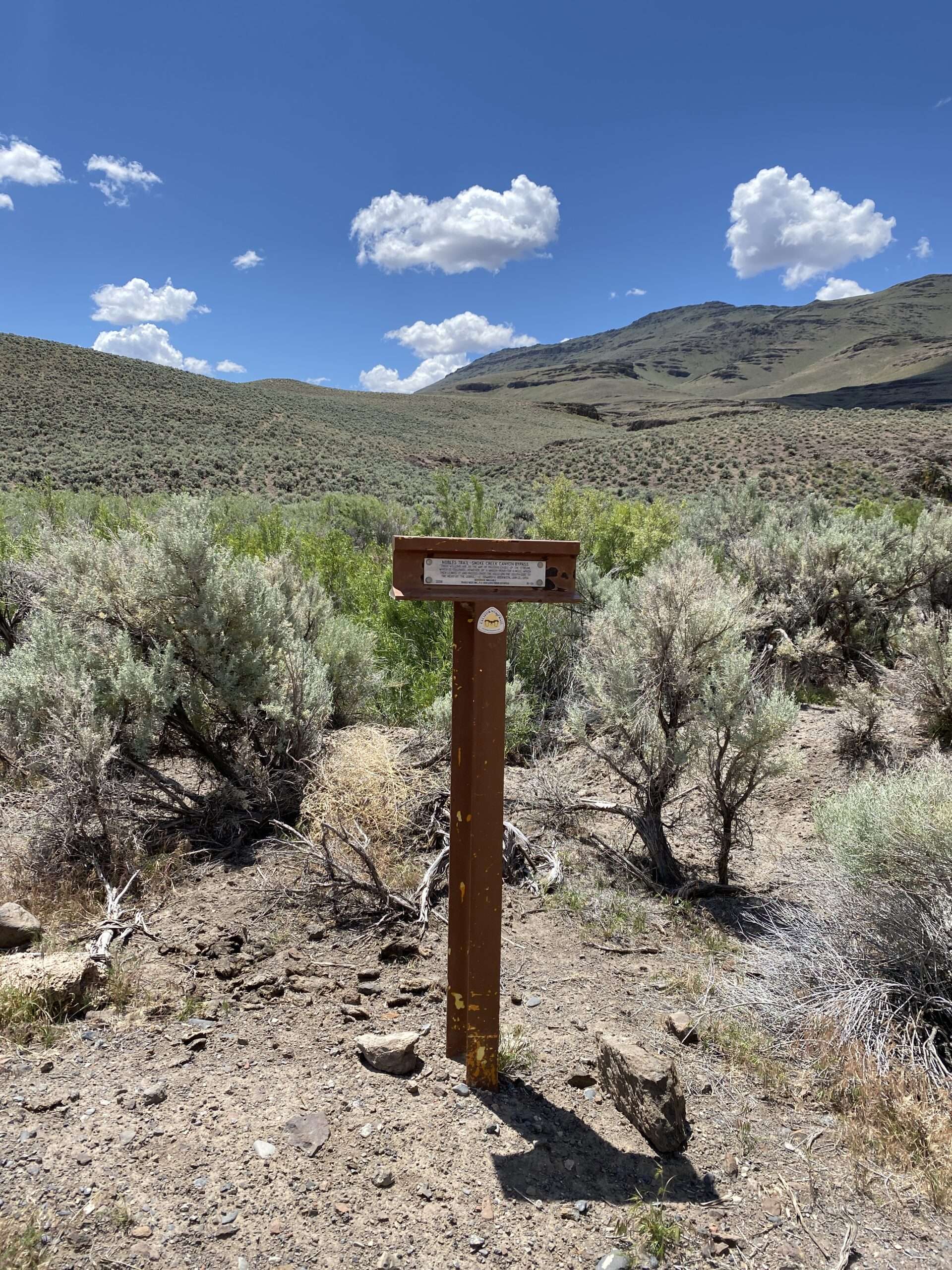


Robber’s Roost
Through Smoke Creek Canyon is “Robber’s Roost.” On a preliminary search, I didn’t find any information, but I’m making an educated guess that it was a popular sport for robbers to accost travelers.

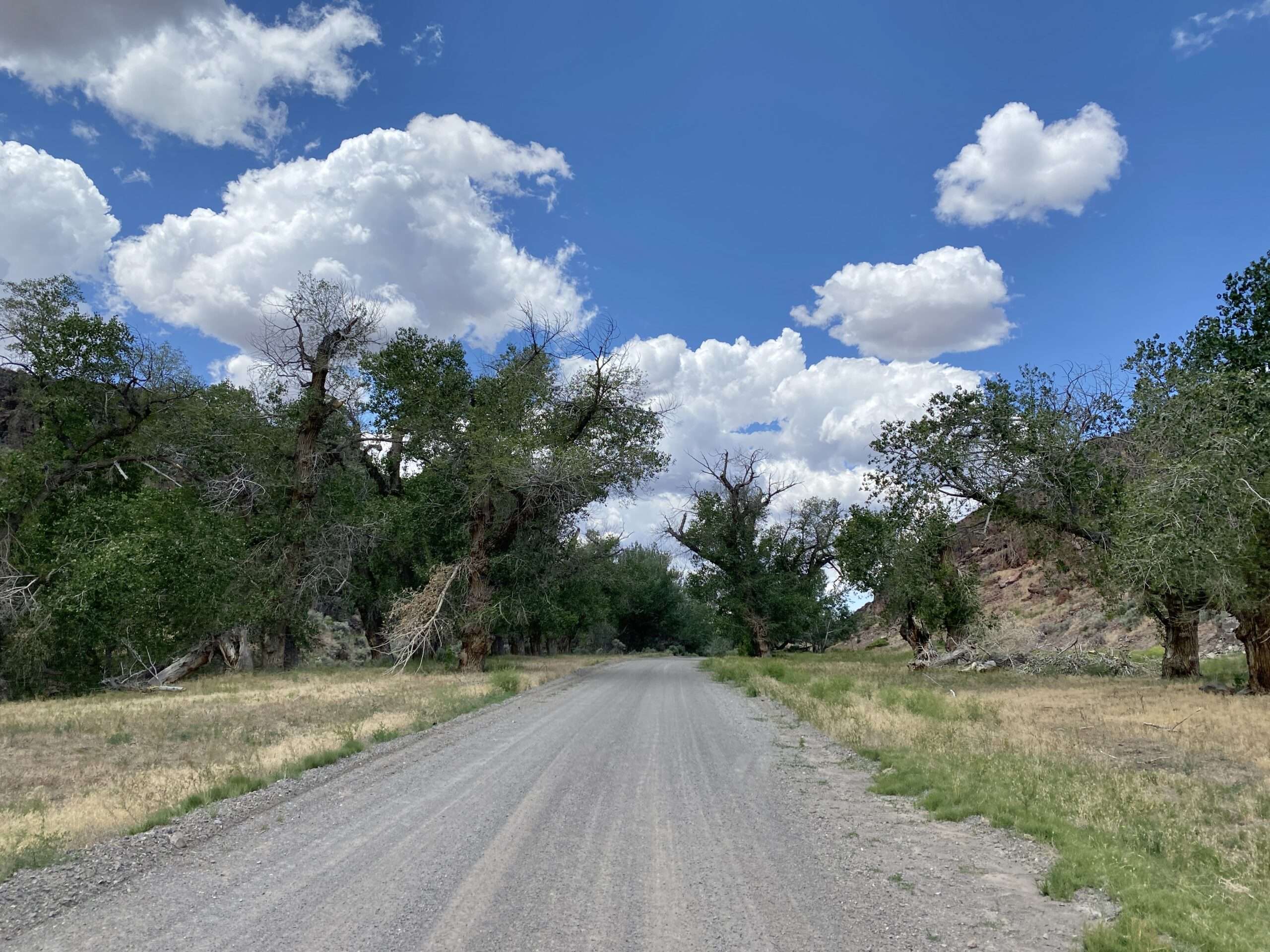
Smoke Creek Station and Camp Pollock
We flew the drones but didn’t see any evidence of either site.
Buffalo/Buffalo Spring Station
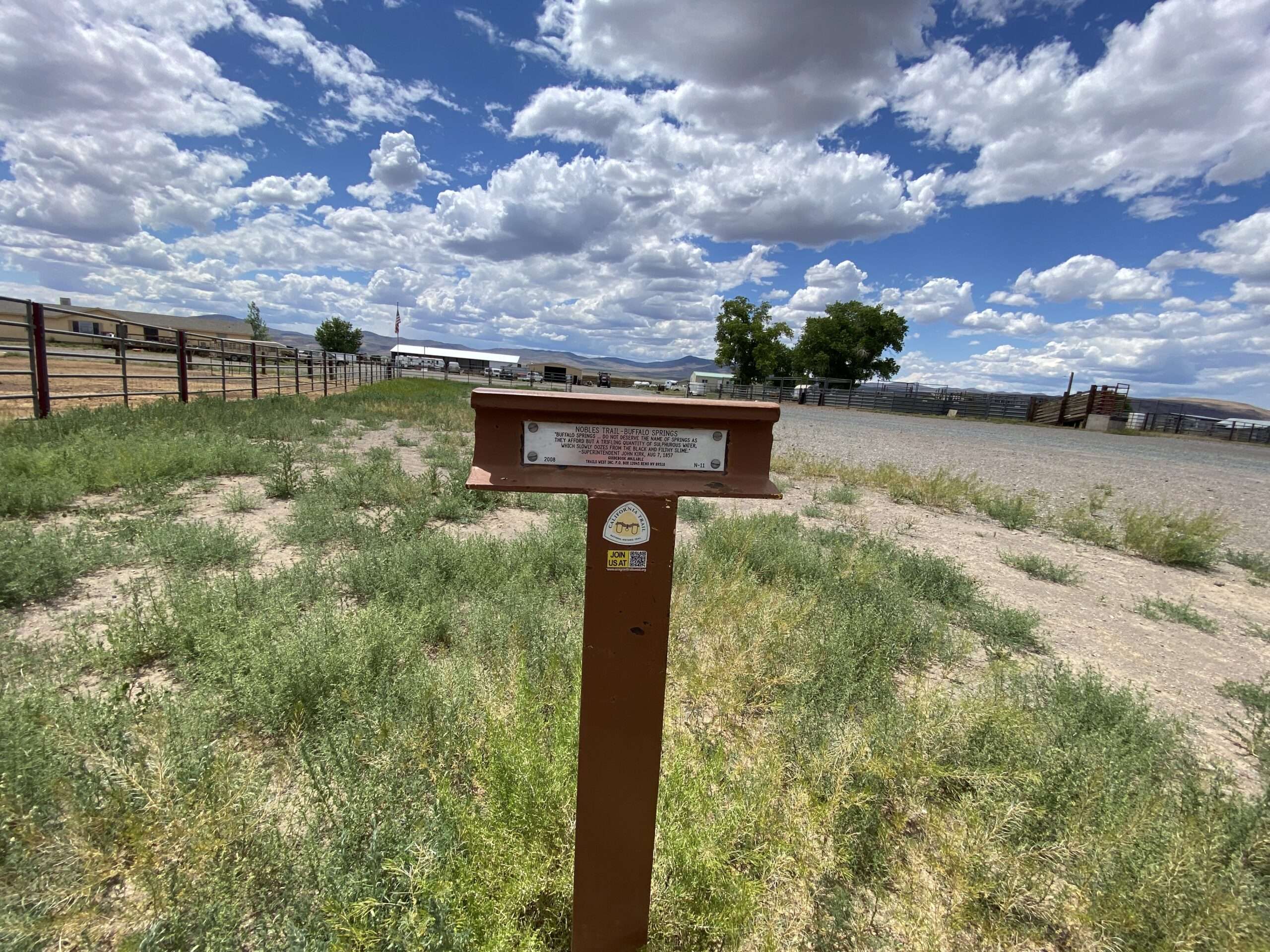
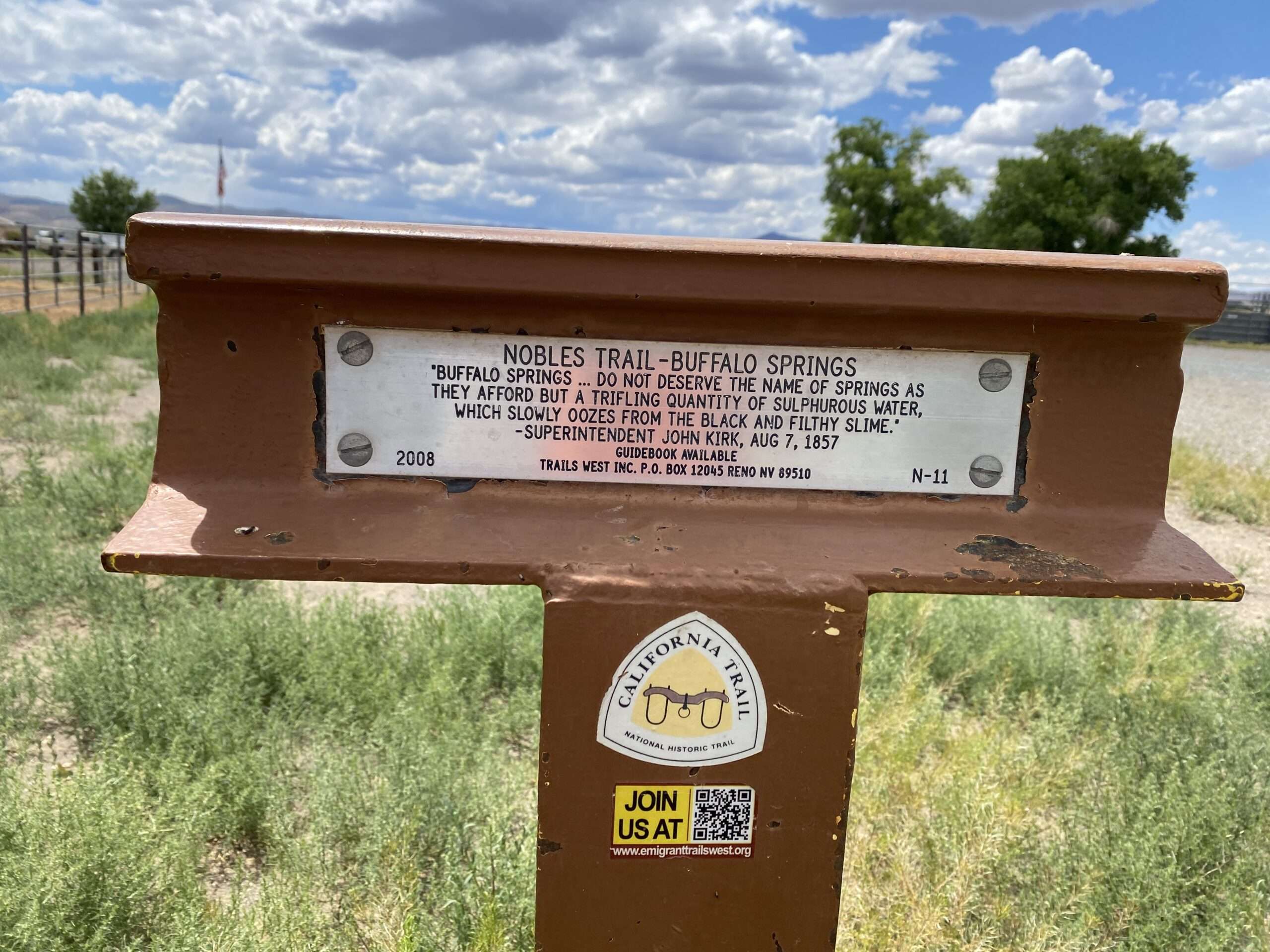
Buffalo Station was in Buffalo Meadows, settled in 1865 for ranching. It is named after buffalo grass, which grows in the area. Buffalo Meadows had a post office from 1879 to 1913.
Buffalo Springs is now a private ranch.
Parker Ranch
Parker Ranch is a private ranch. It is also known as Sam Parker Ranch.
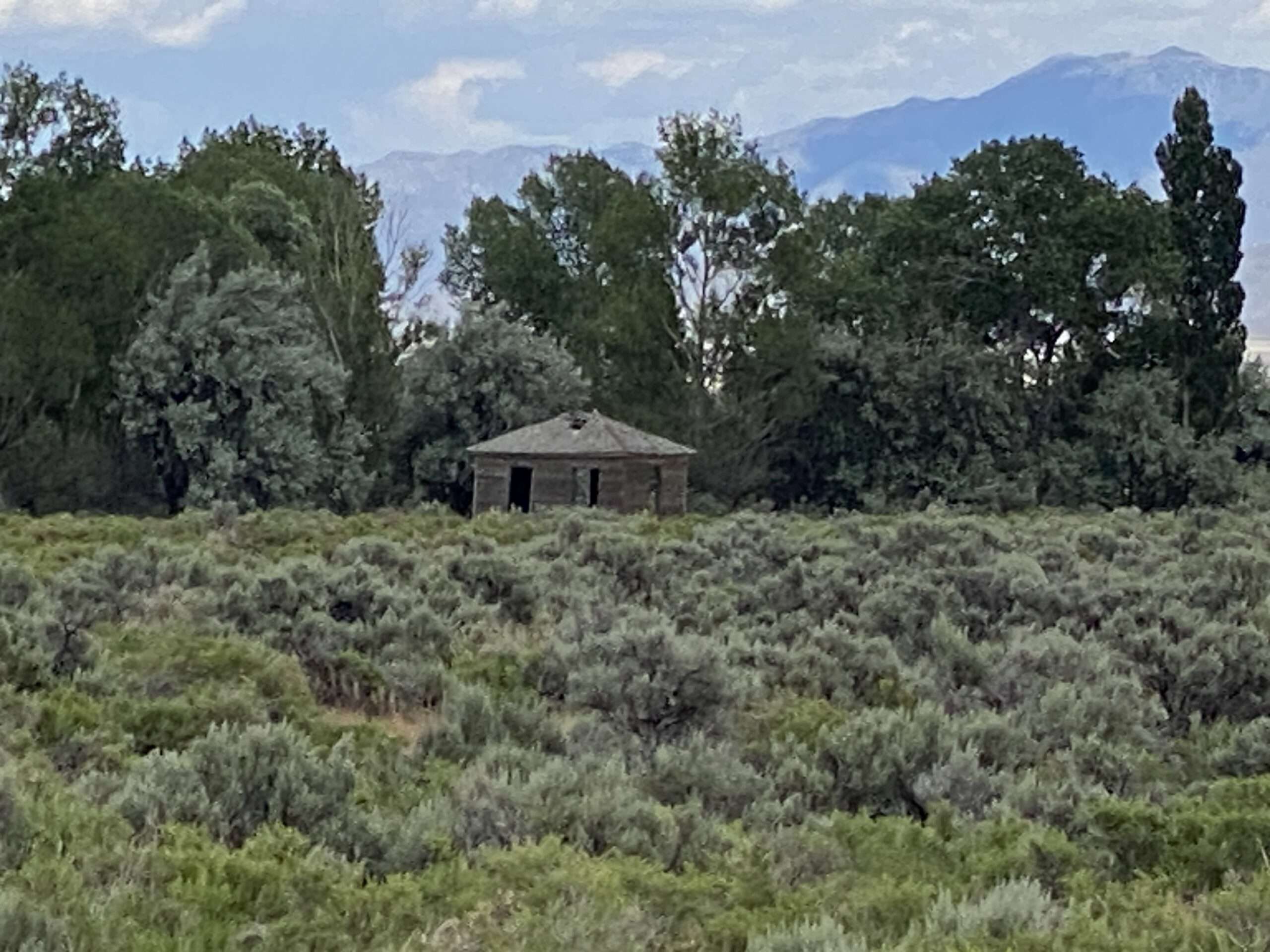


Deep Hole
Deep Hole was a stop on the Nobles Trail. It had good water and grass, much needed for the emigrant travelers.
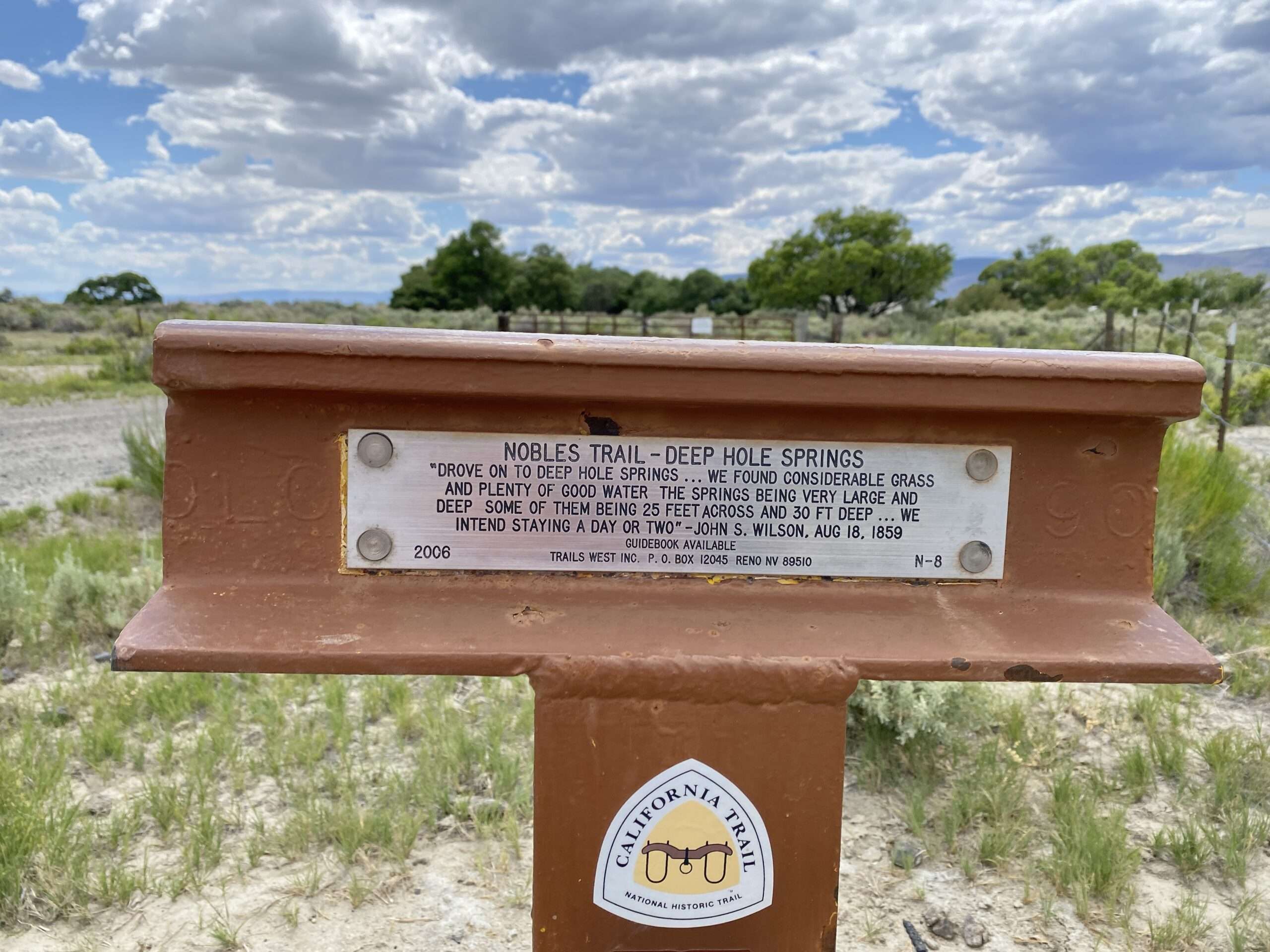
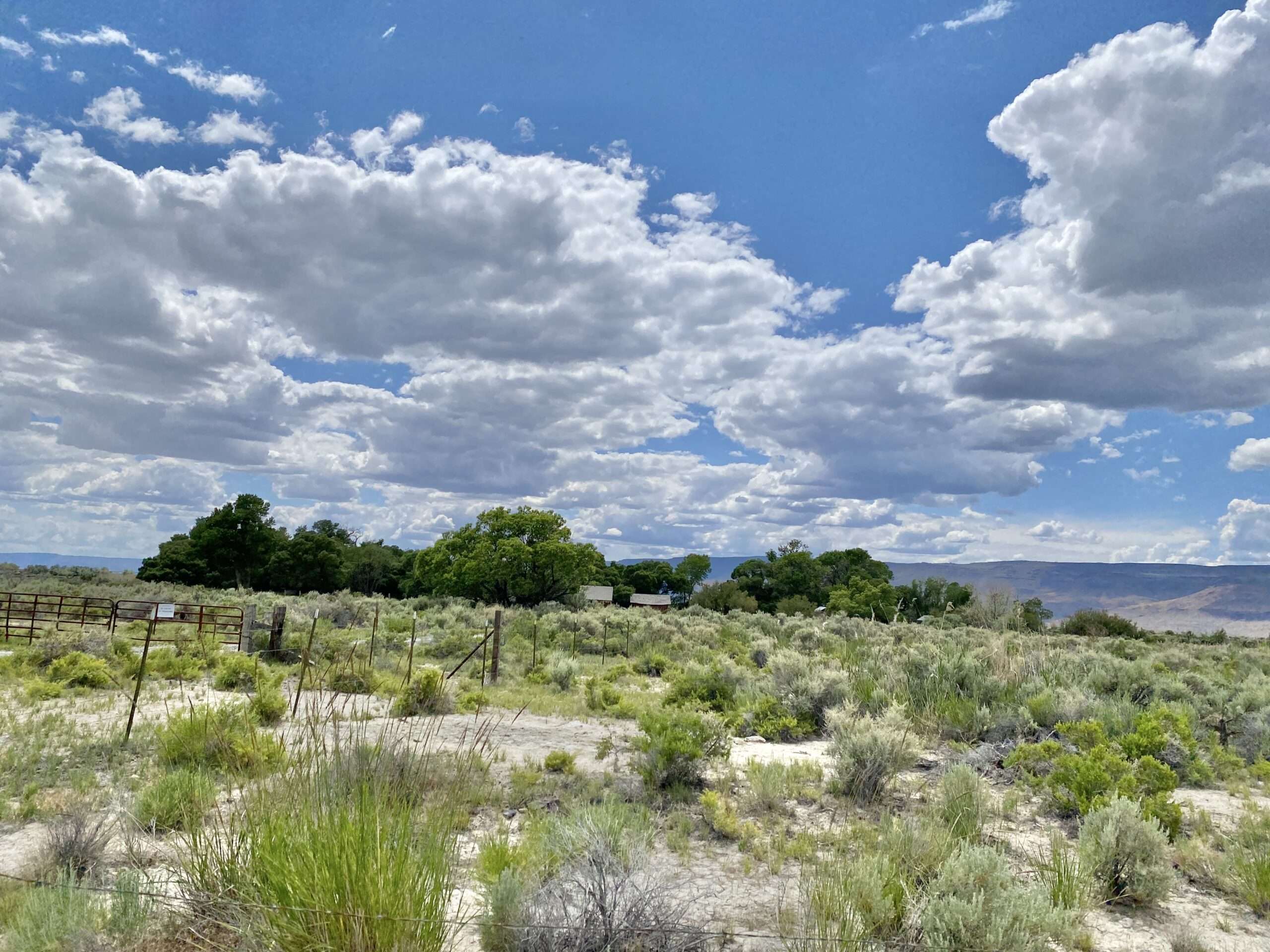
Empire
Empire was made famous by the movie Nomadland, which won the Best Film award at the Golden Globes. As an aside, I watched it on a flight. It is a really long and slow movie. Other than the filming locations in Nevada, I could have skipped the movie.
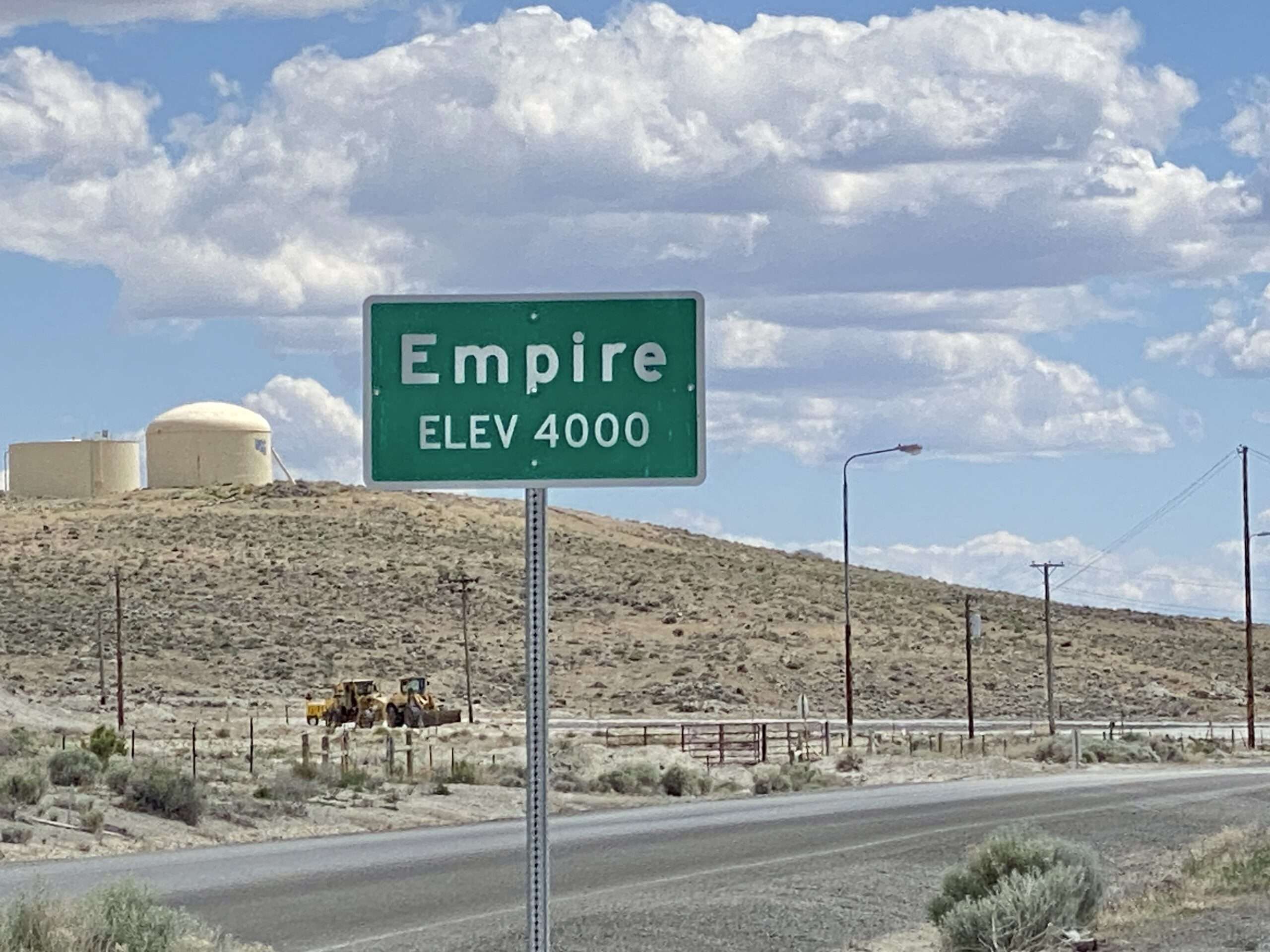
The Pacific Portland Cement Company started gypsum mining at the south end of the Black Rock Desert in the 1920s. Empire was a company town with 800 employees and family members. It boomed in the 1950s with the country-wide building boom and the need for gypsum, used in wallboards. Empire had everything, including a post office, swimming pool, and golf course.
The mine closed in 2011, and the town was abandoned. The mine was purchased in 2016, but processing is off-site. Reportedly, a handful of houses are refurbished.
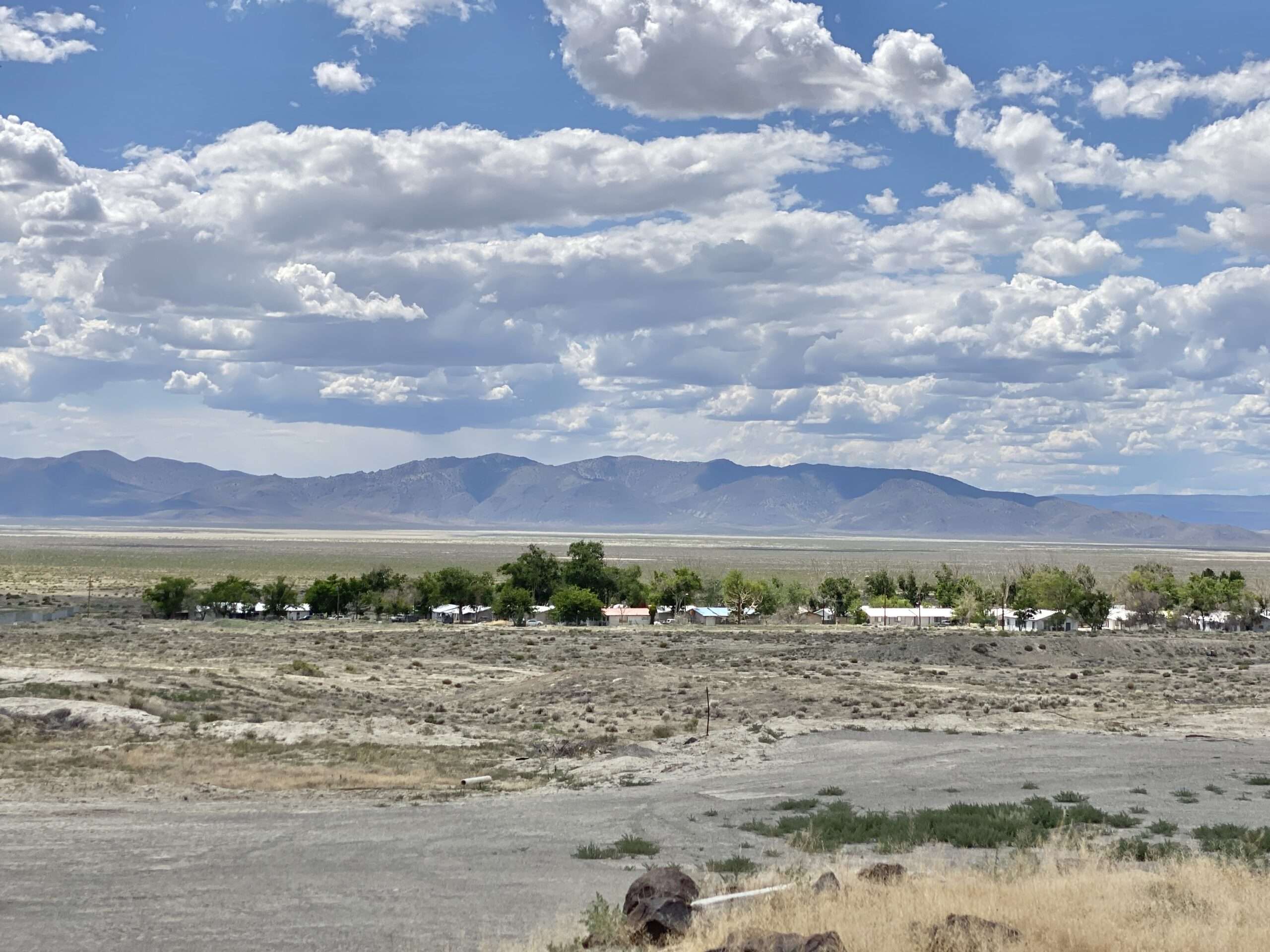
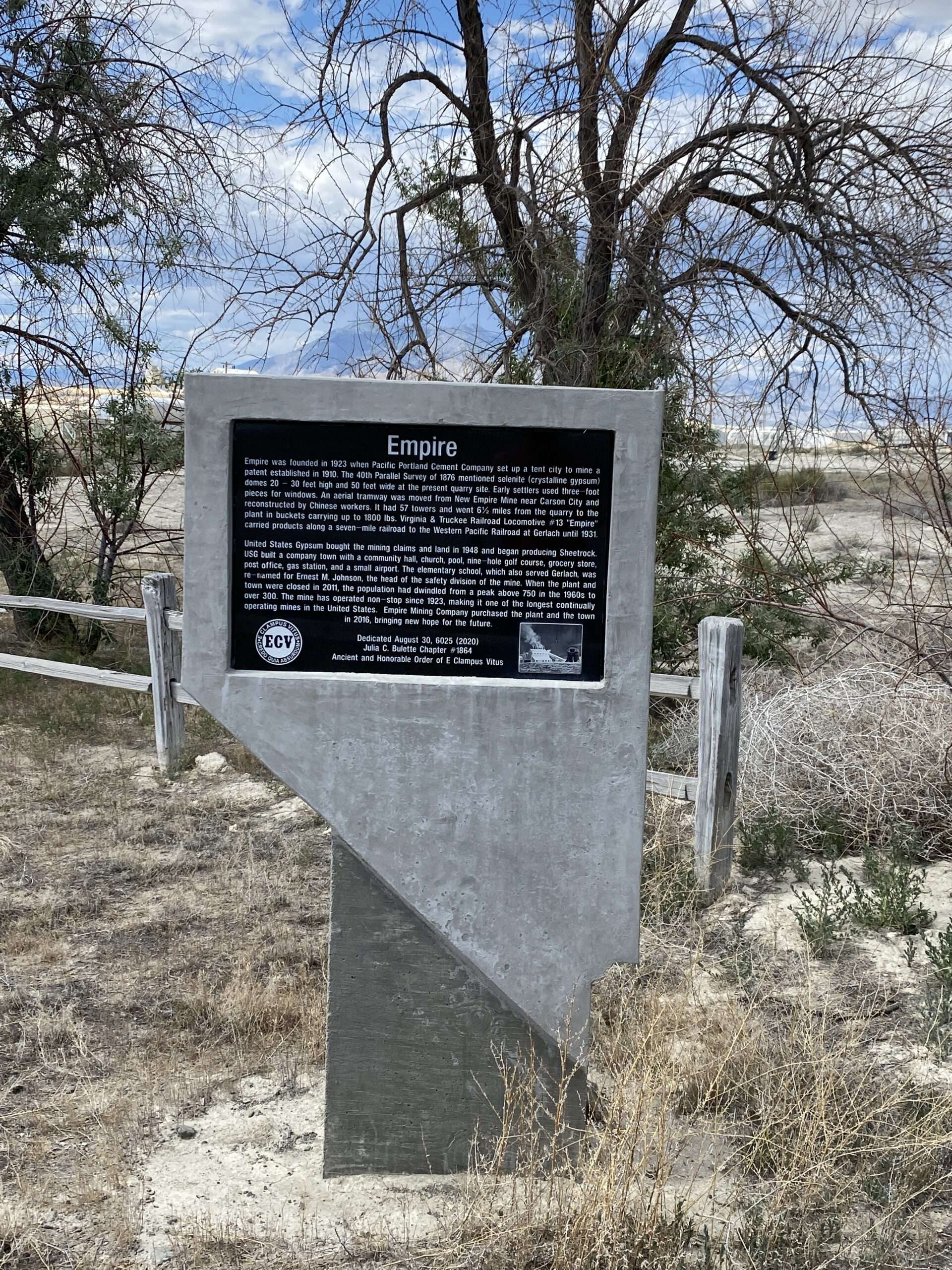
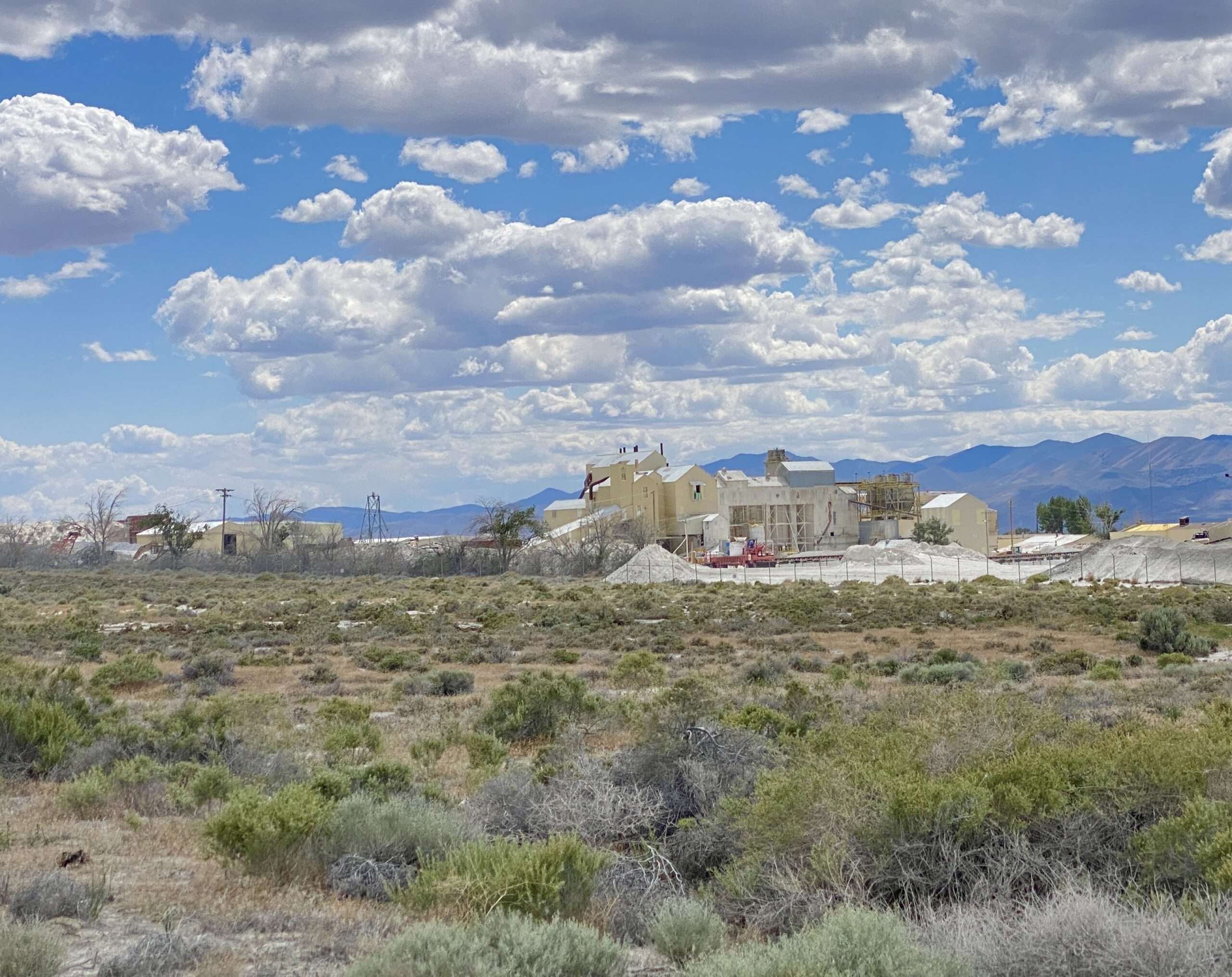
Gerlach
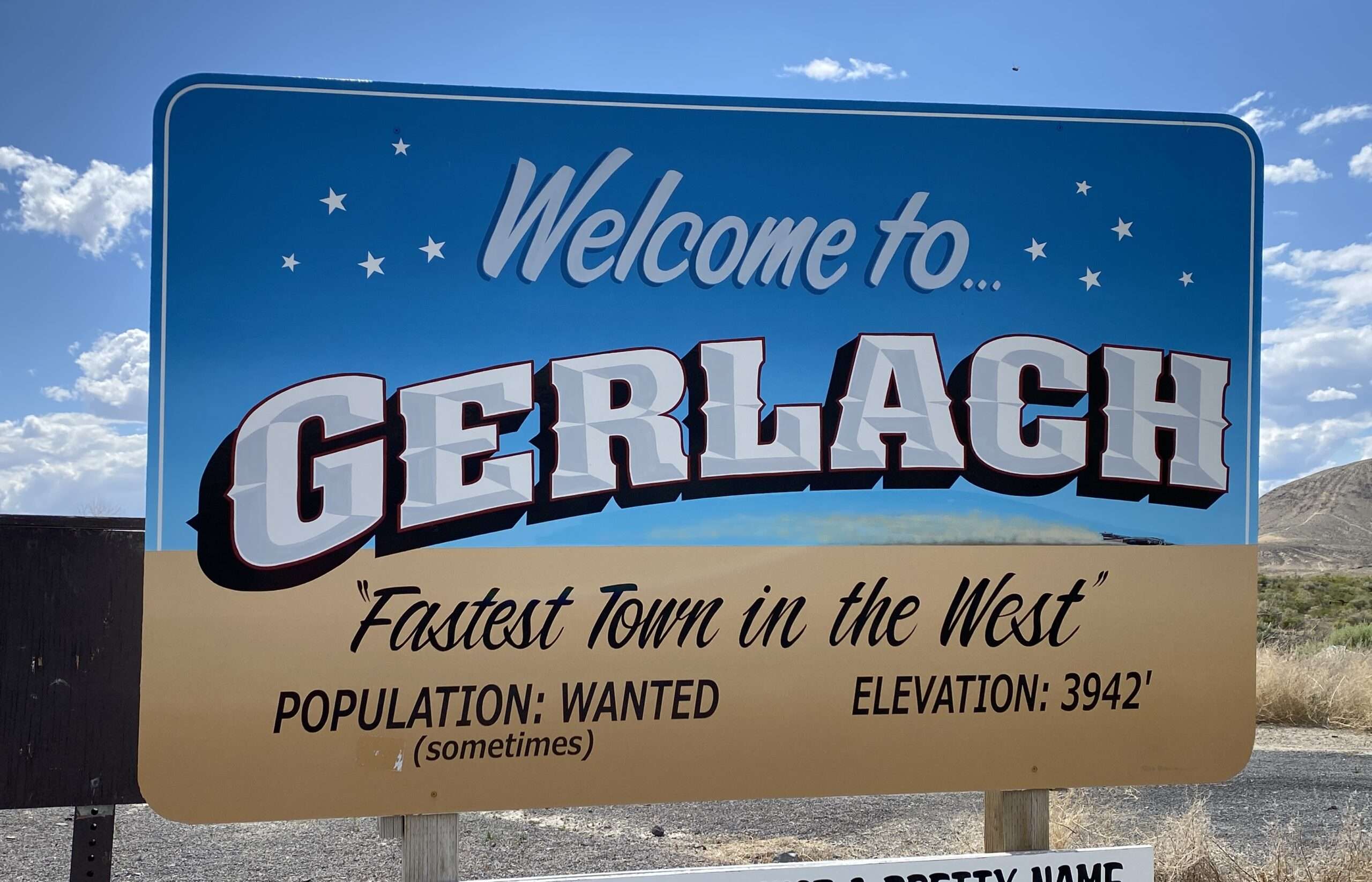
The Western Pacific Railroad reached the south end of the Black Rock Desert in 1906. The town was named after Gerlach Land & Livestock. A post office opened in 1909.
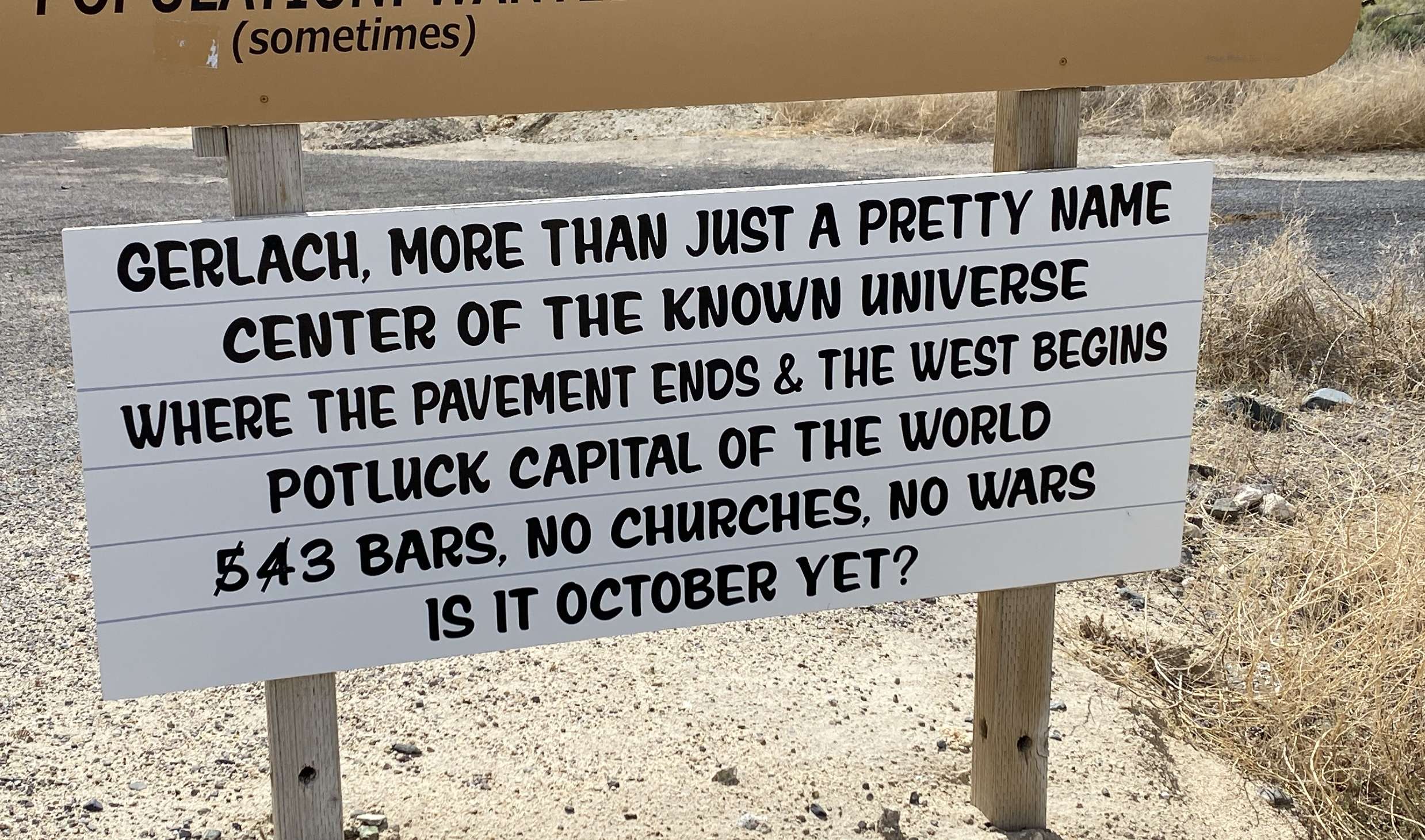
Gerlach once claimed a population of over 1,000. Today, the welcome sign advertises “Population: Wanted (sometimes) and that it is the potluck capital of the world.”
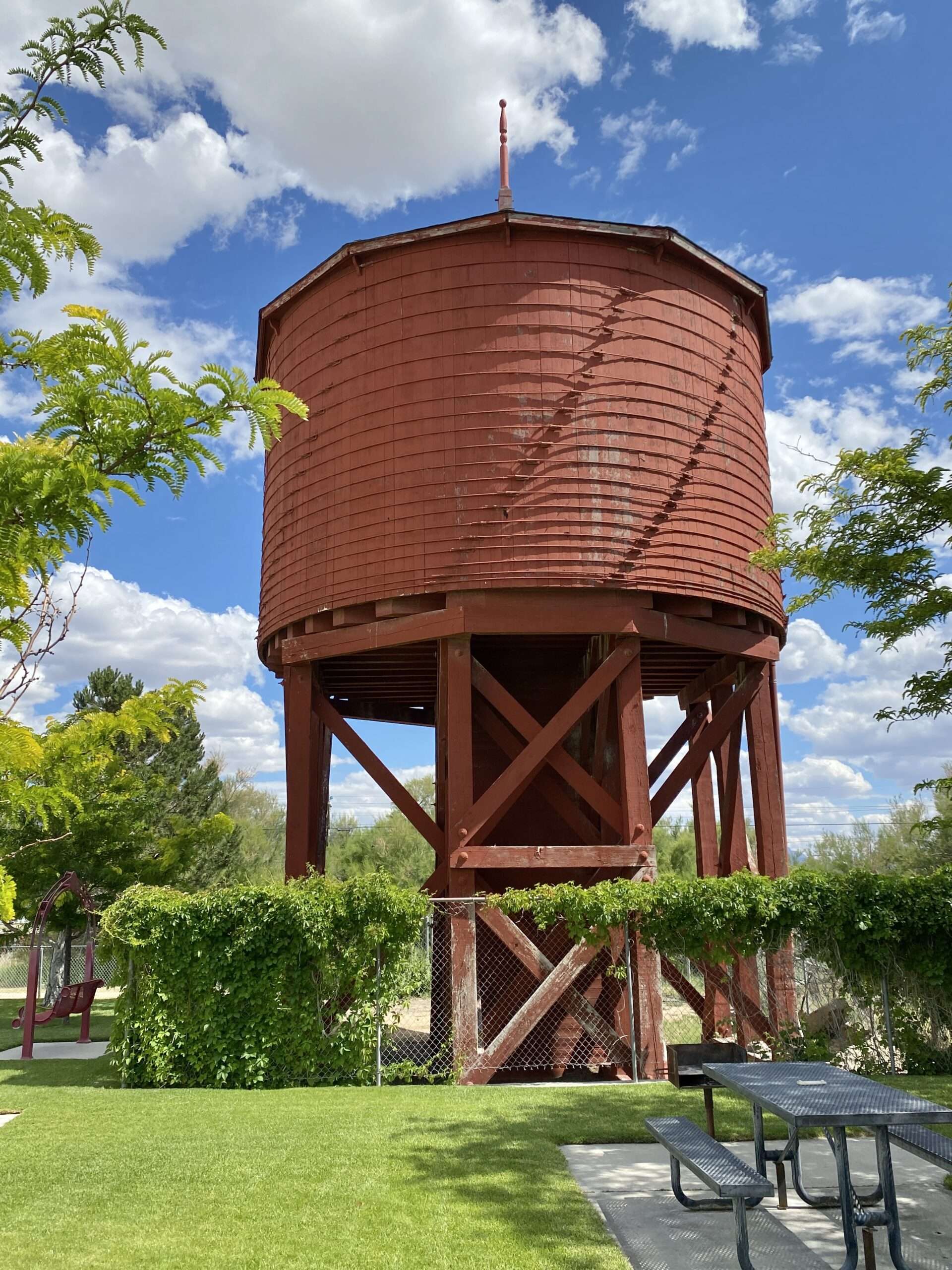
I like Gerlach, but in my mind, the bad part of Gerlach would be dealing with Burning Man.
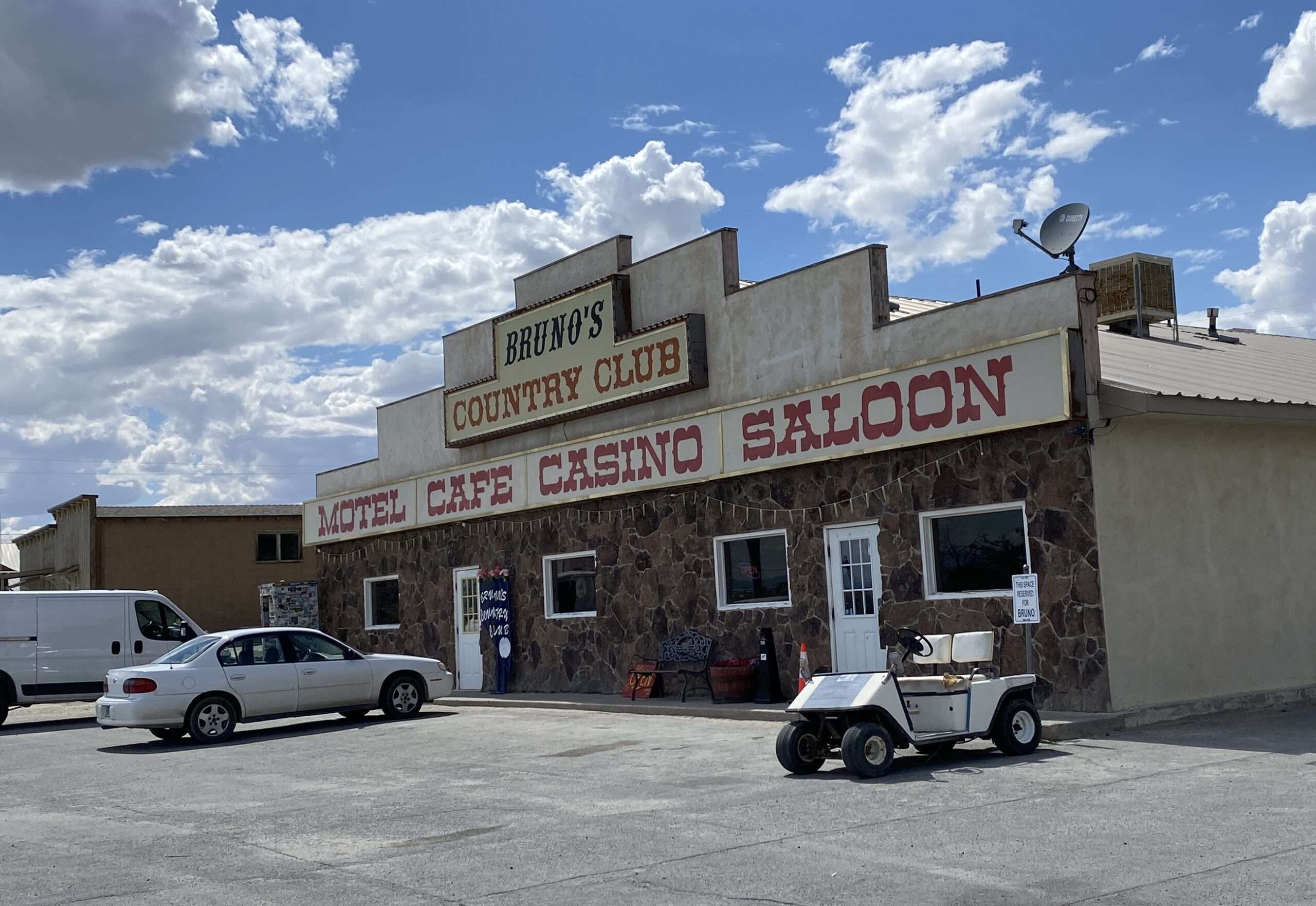

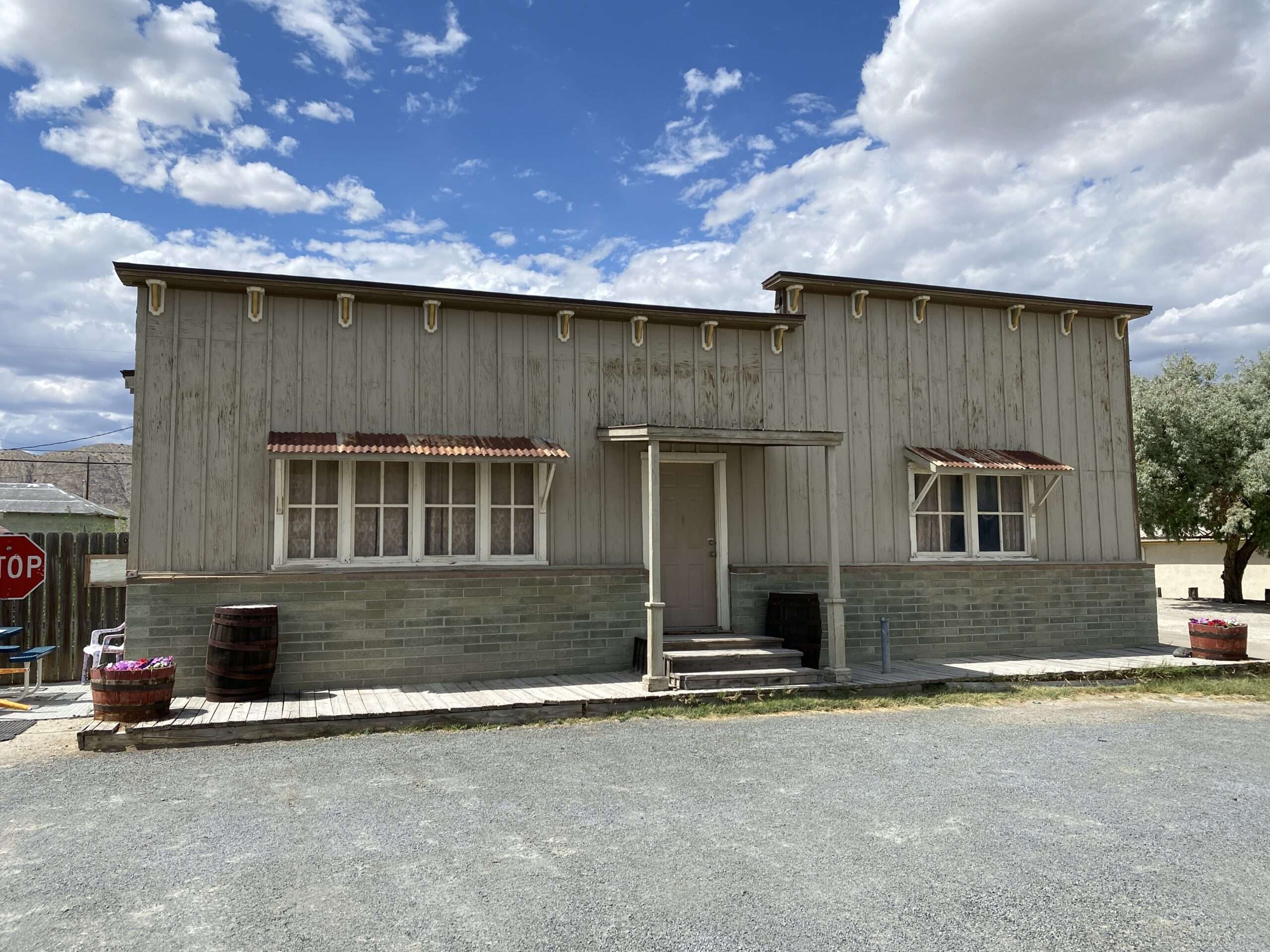
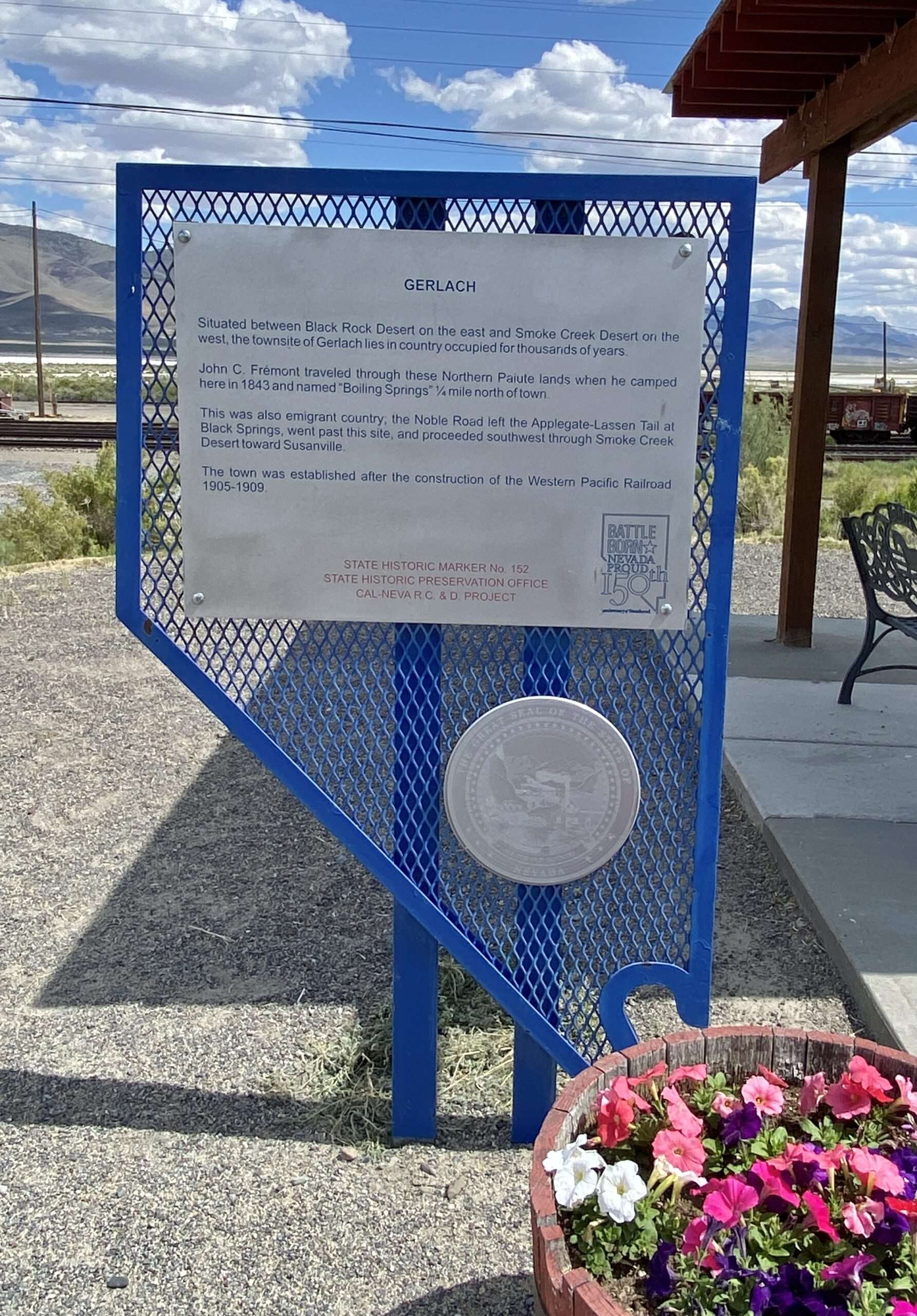
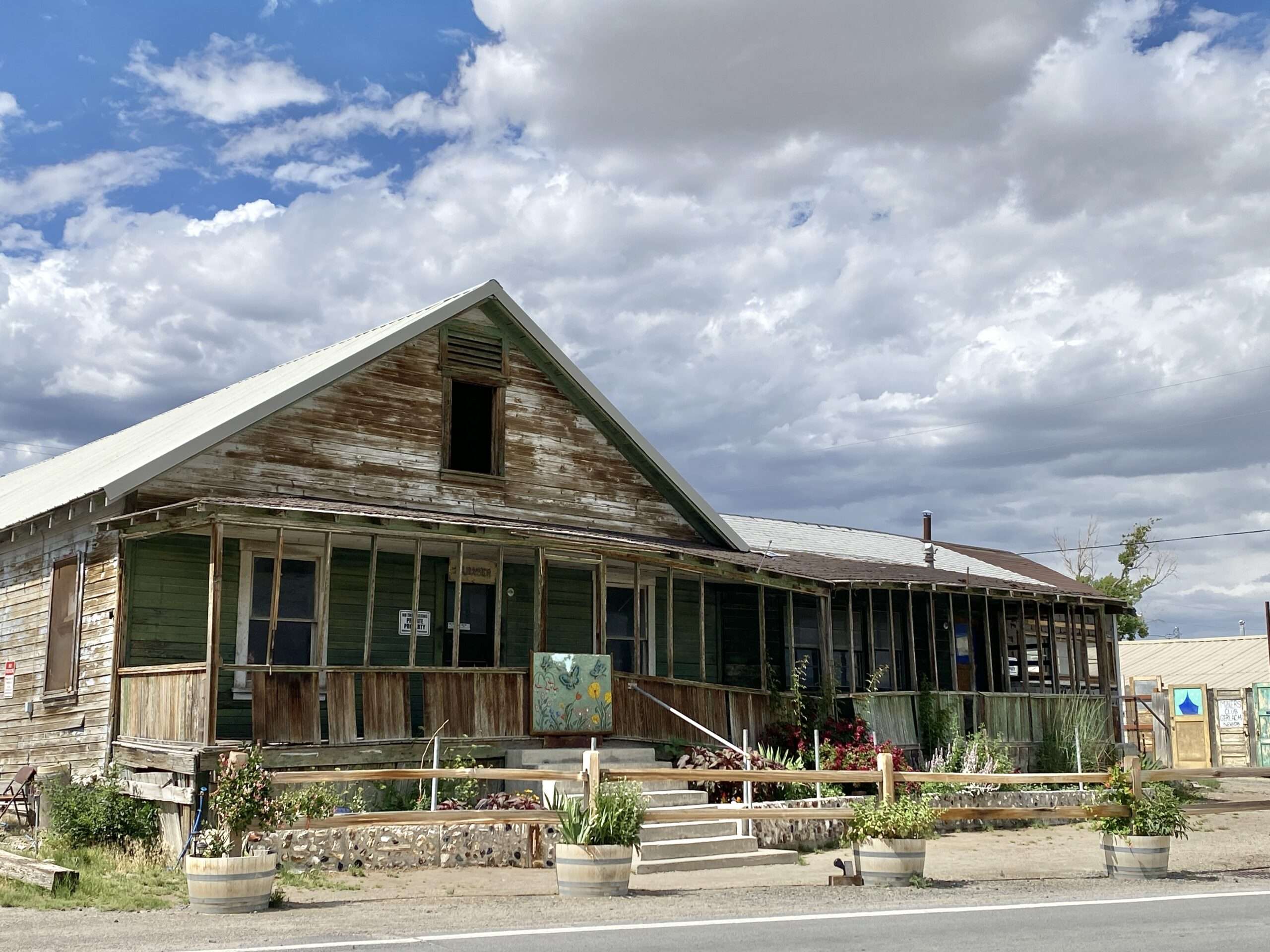
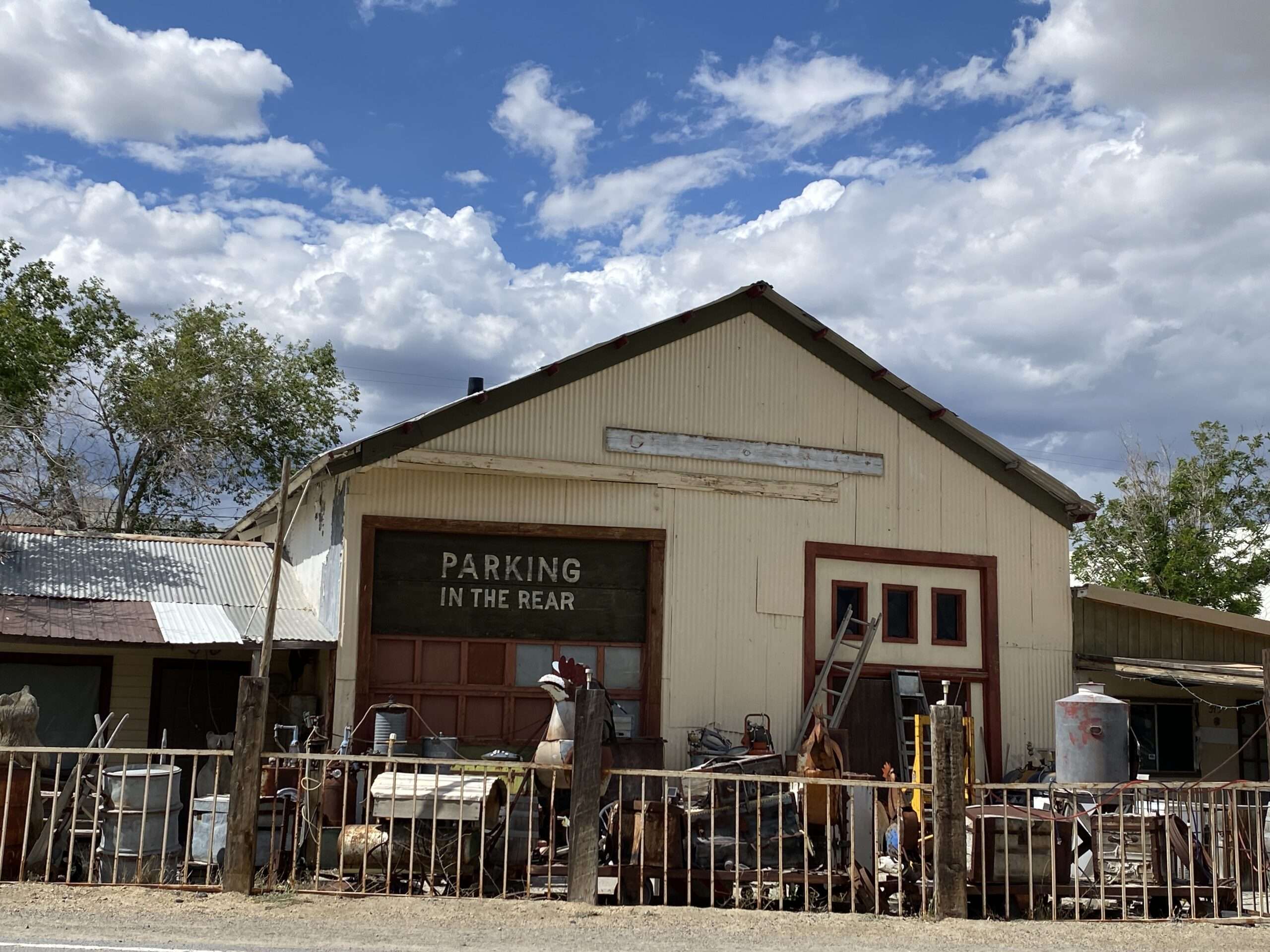
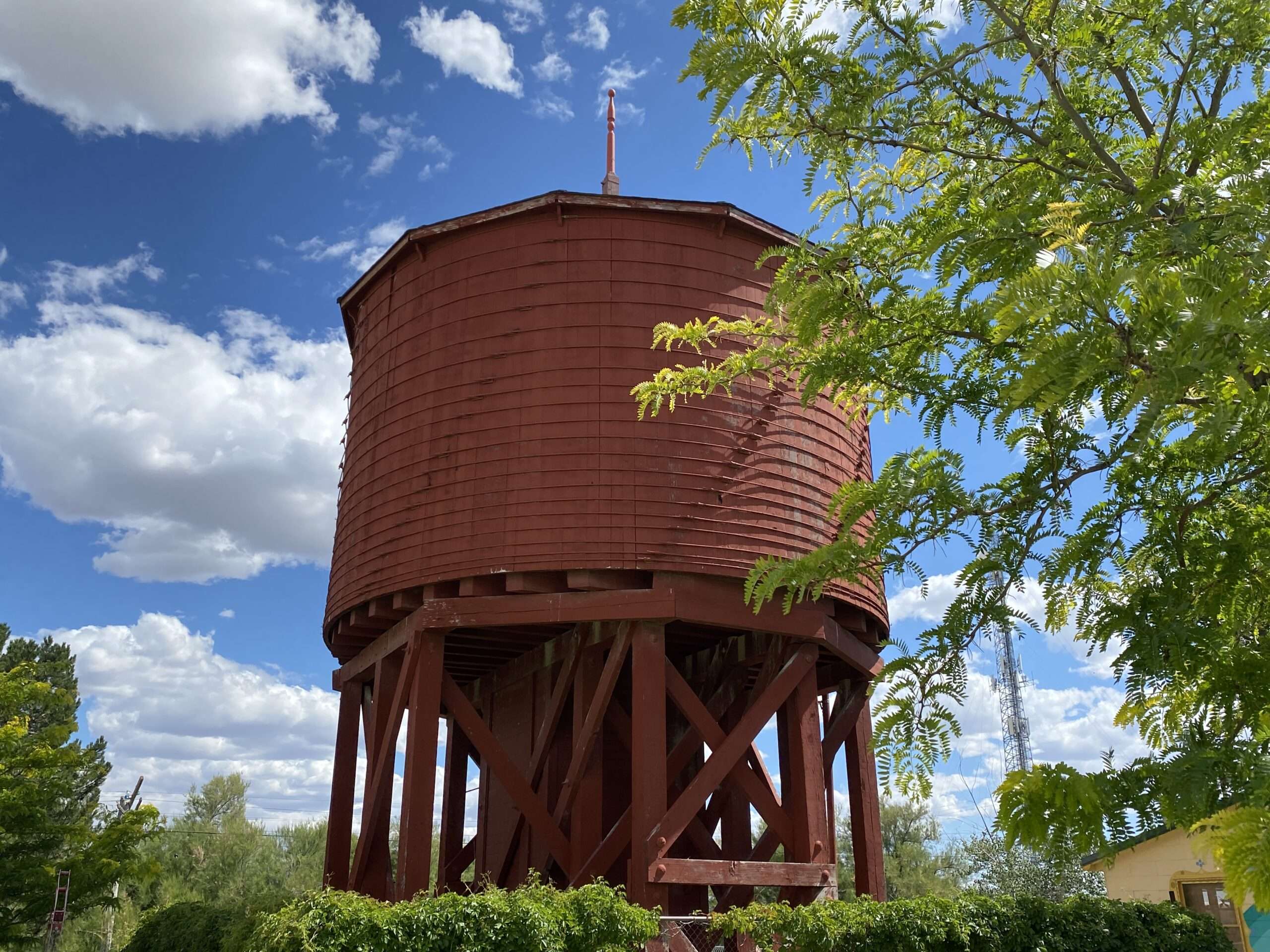
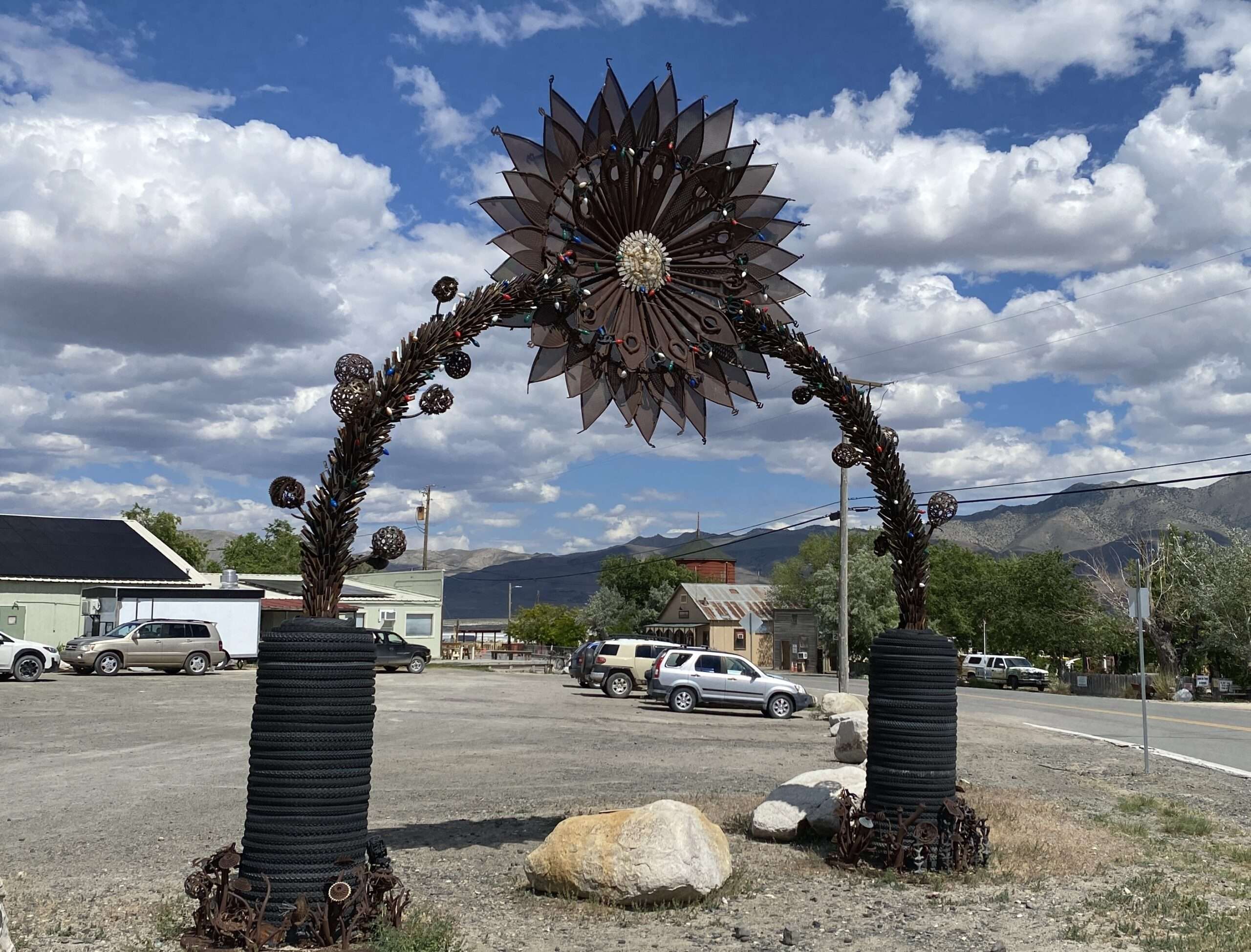
Sunkist

Sunkist had a post office from April 24, 1916, to April 15, 1919. It is now on the Duck Lake Ranch.

I couldn’t help myself; I happened to have a Sunkist soda in the cooler.
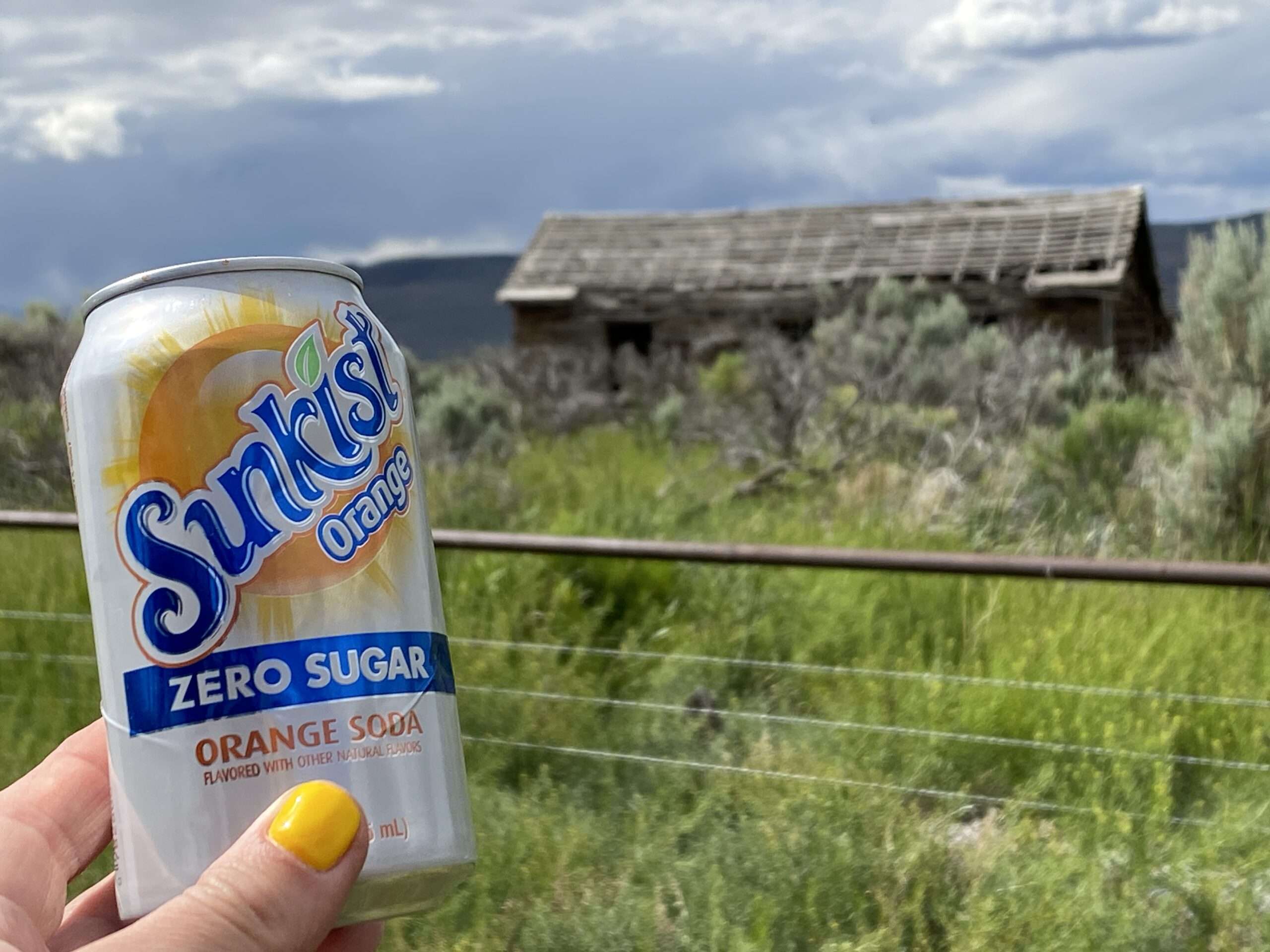
Mosquito Valley
The valley is beautiful in the spring, but I bet it lives up to its name in the summer! According to Clark in Nevada Place Names, “The lake might have been named by early emigrants who encountered the dipterous insects there.”
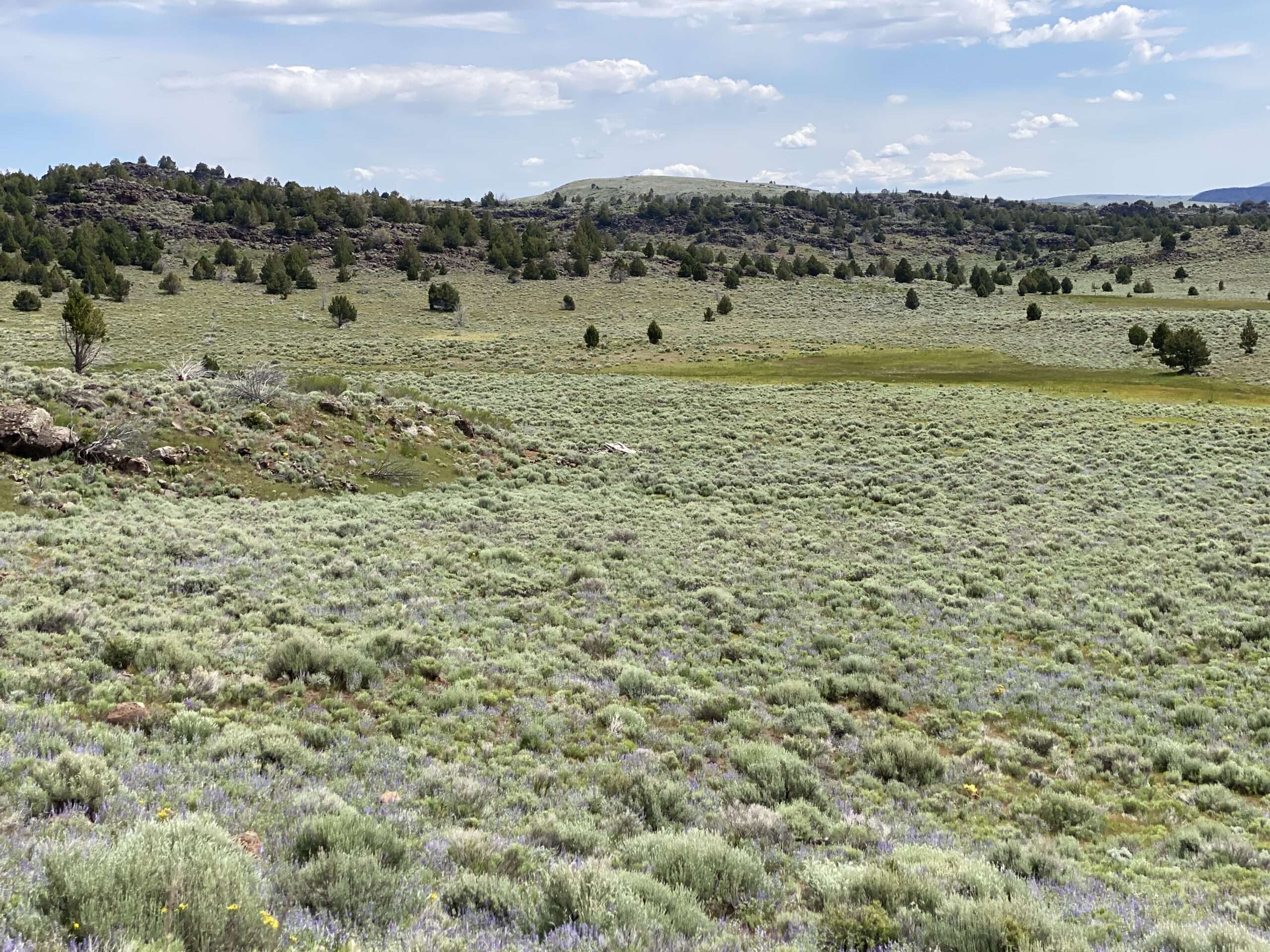
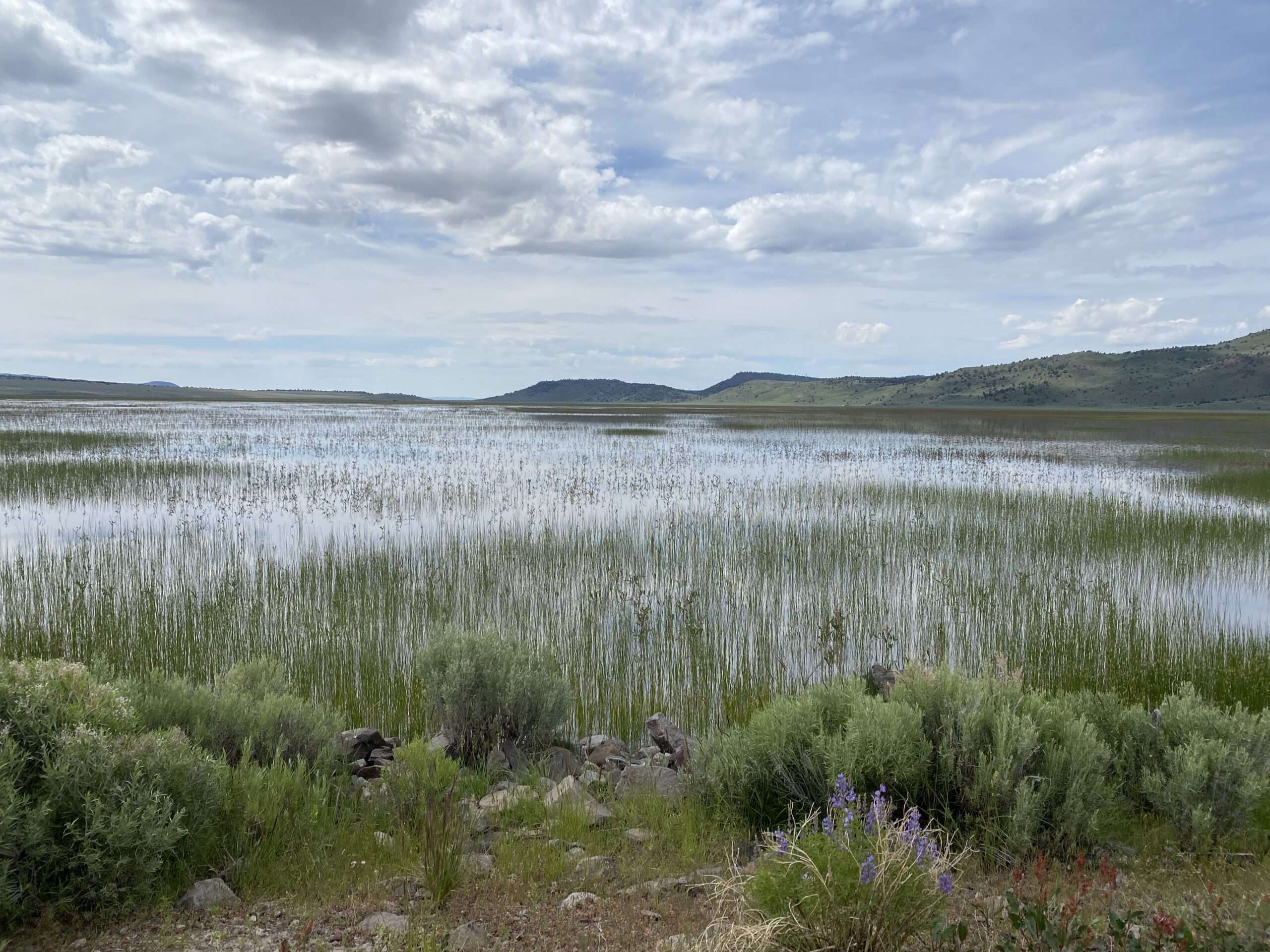
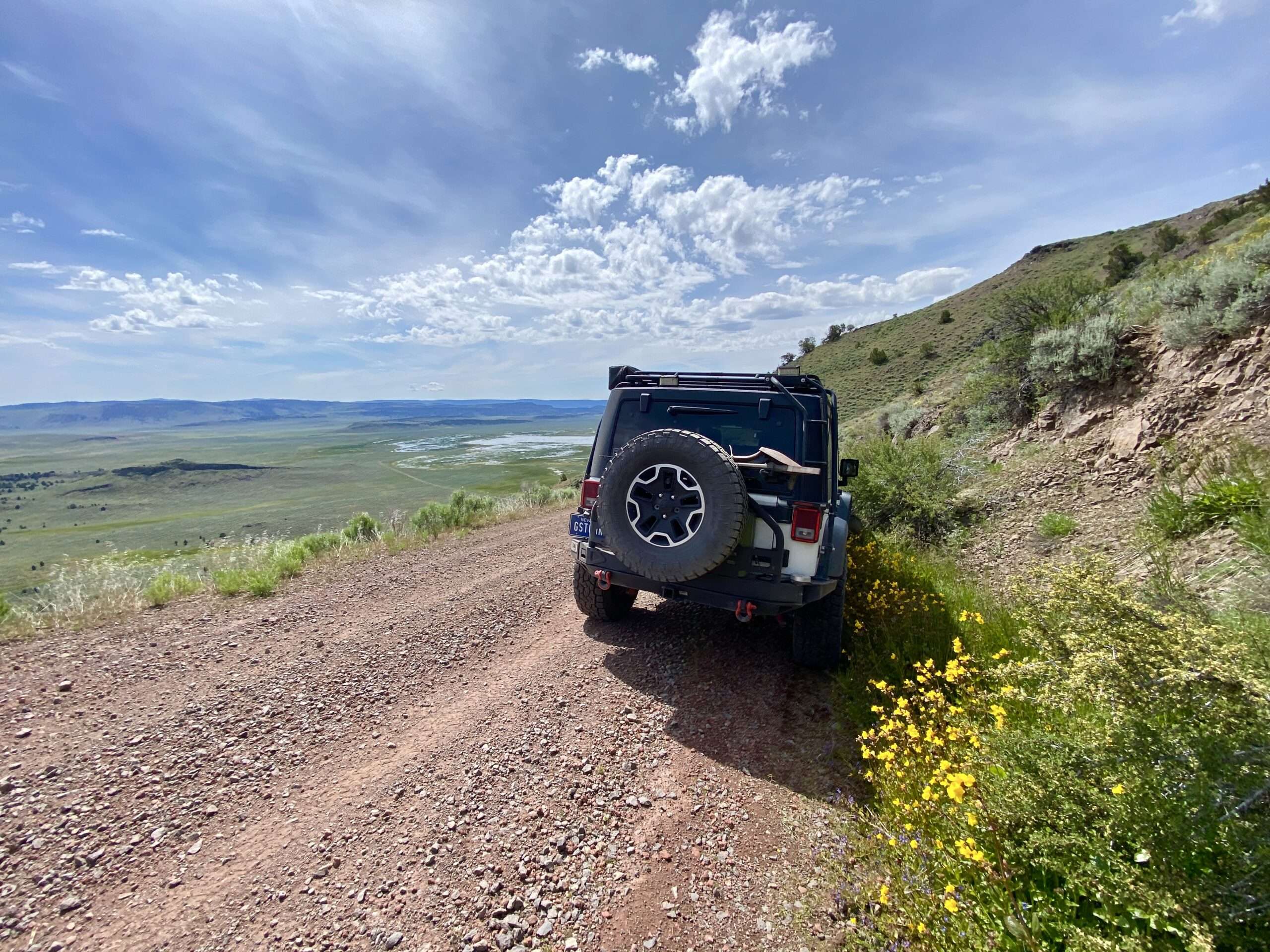
Diessner
One the edge of Mosquito Lake is Diessner. It had a post office from 1923 to 1933. It is named after Oscar Diessner, an early settler and the first postmaster.
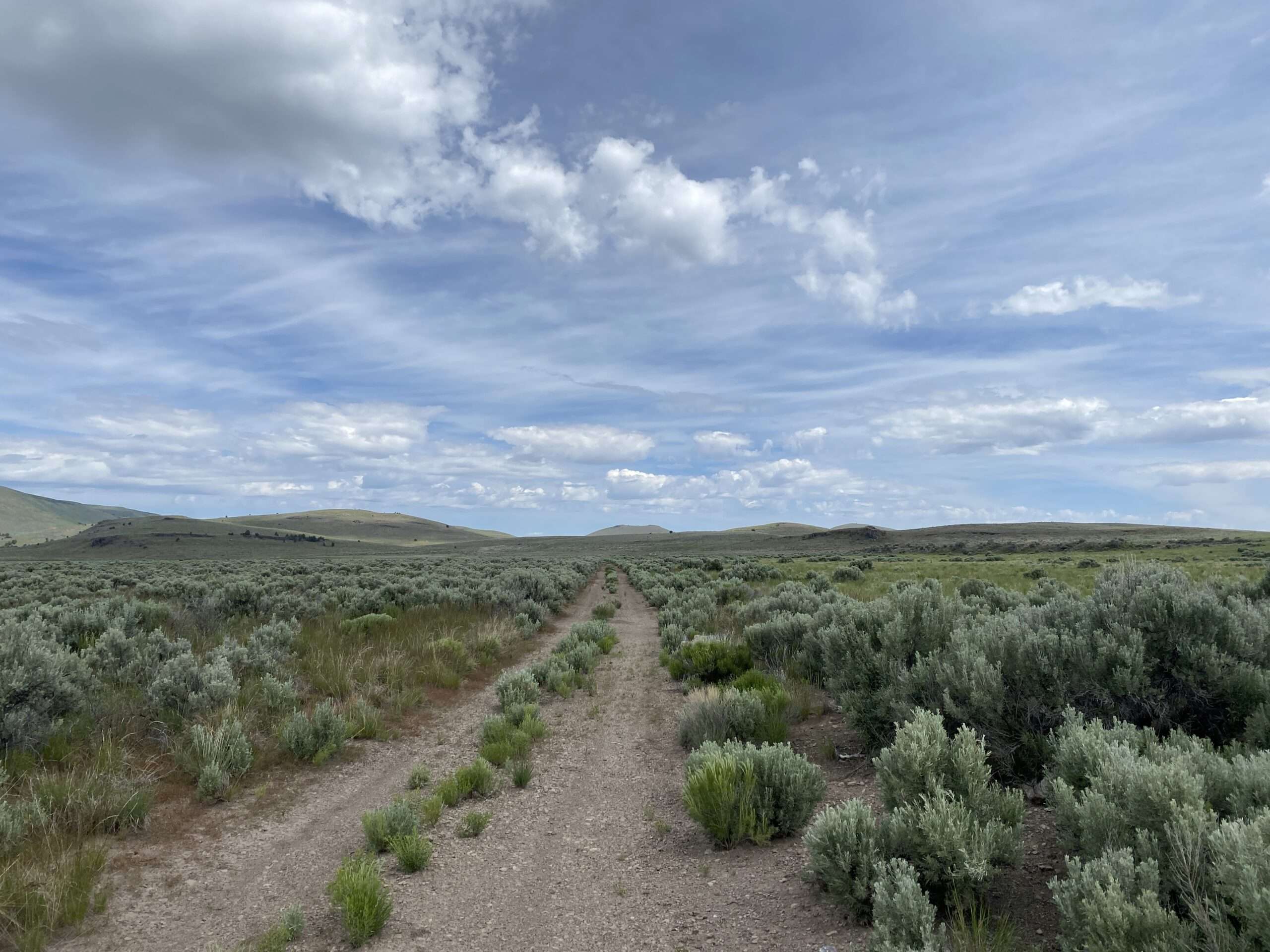

Morris Ranch
After the Vya School closed, the schoolhouse was moved to Morris Ranch. It was open for less than a month due to a lack of attendance. The school was sold in 1945, and the ranch remains private.

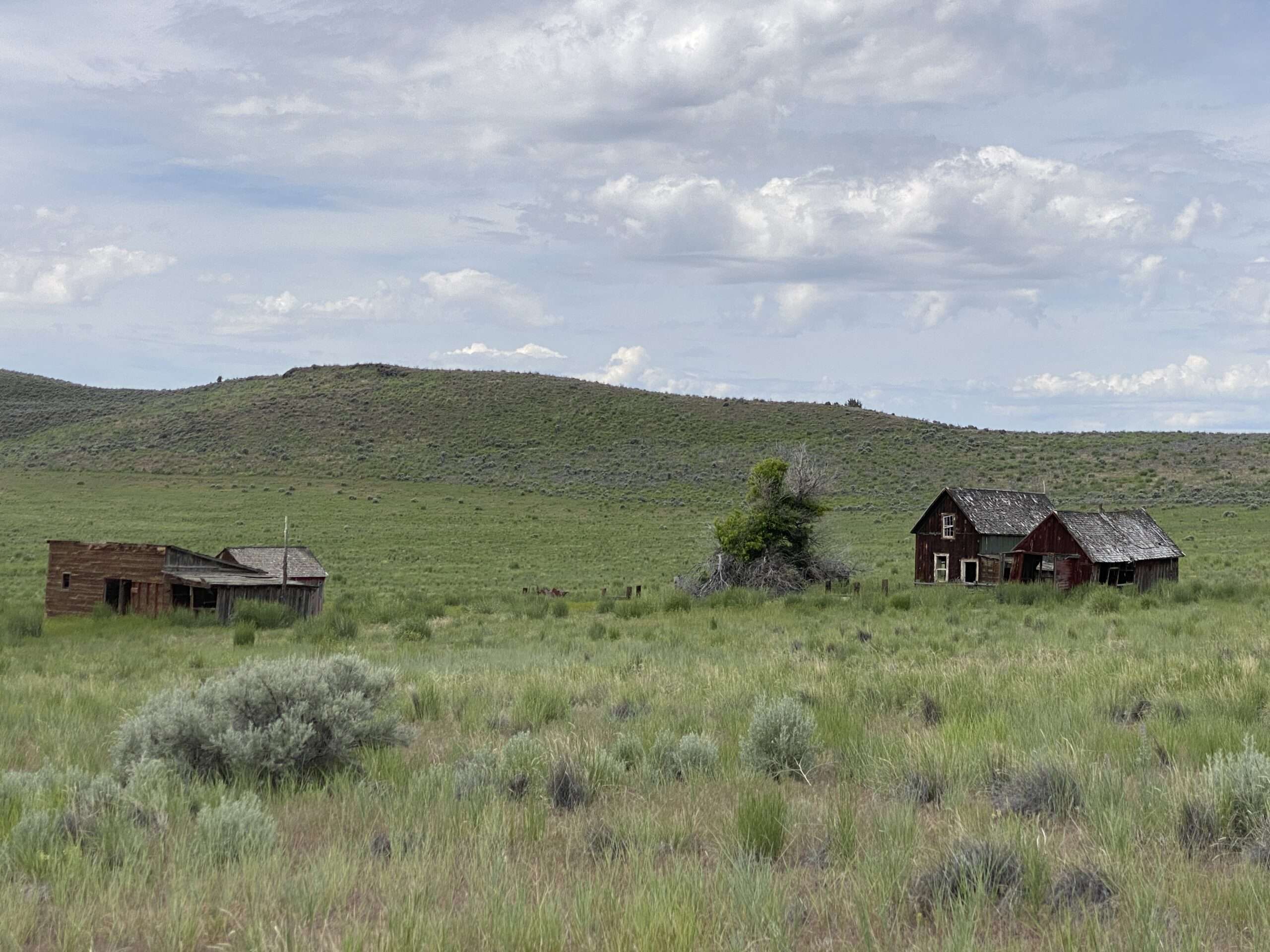
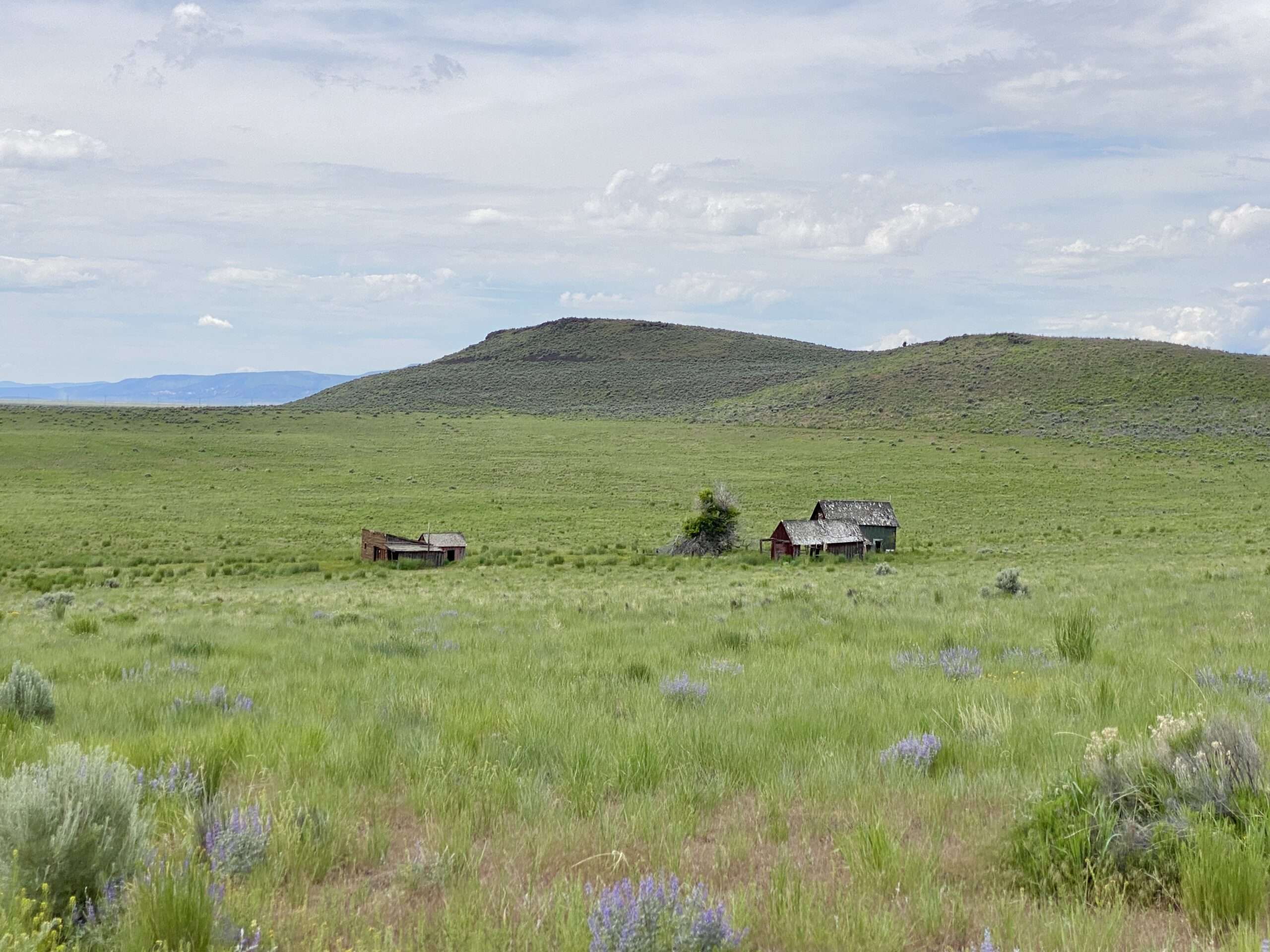
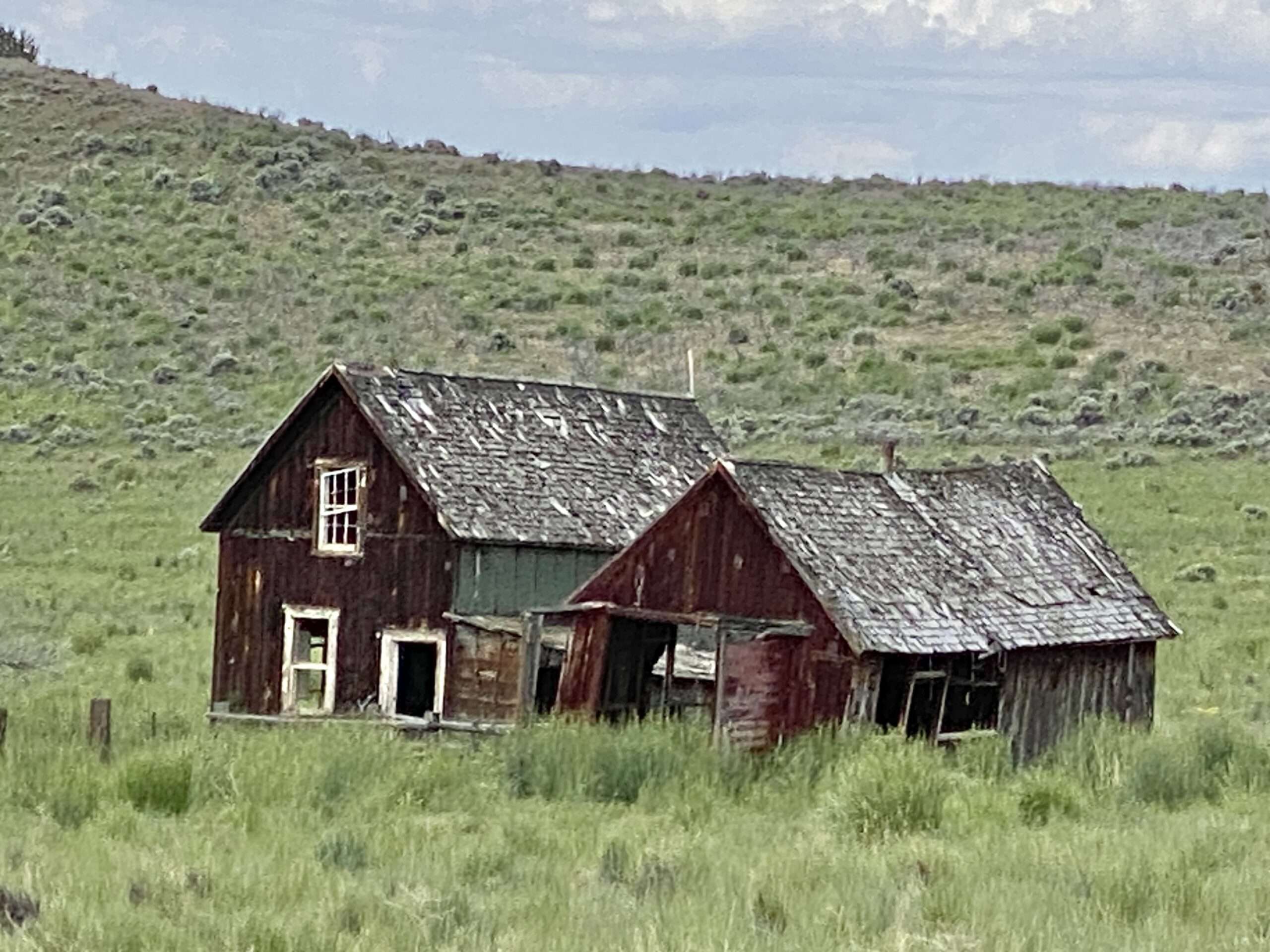
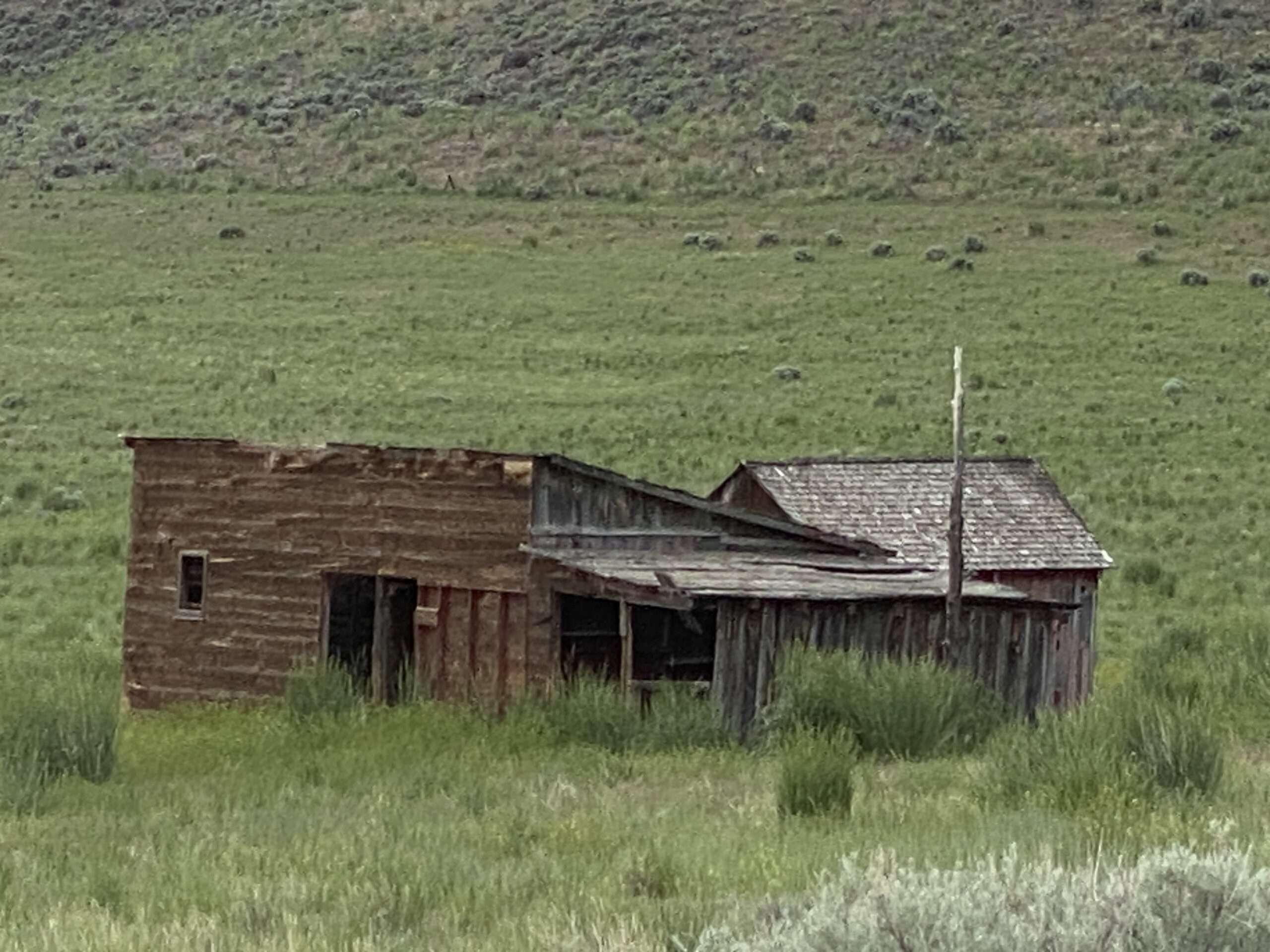
Sheldon
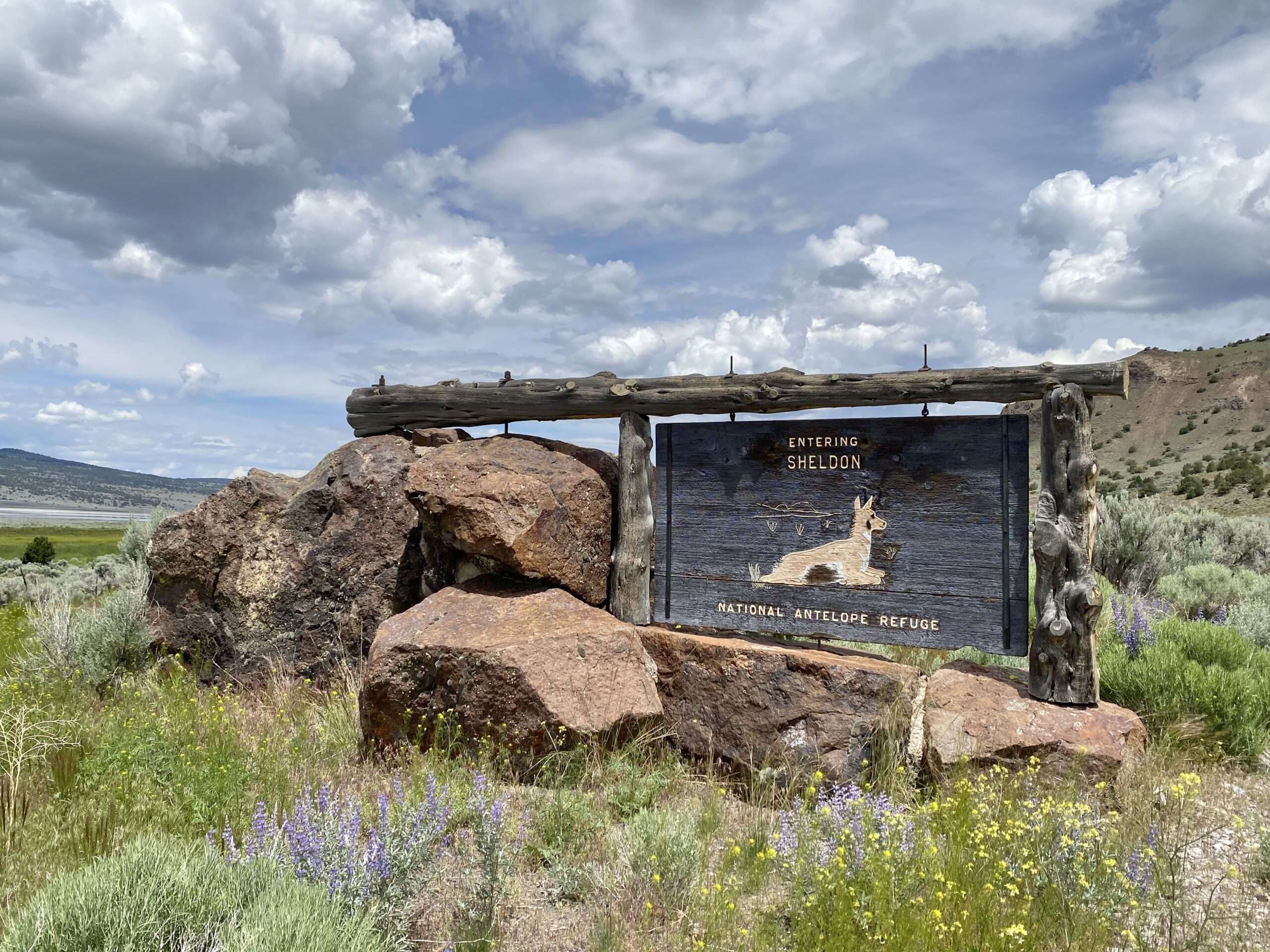
Sheldon National Antelope Refuge was created in 1931 to protect the pronghorn antelope. The Audubon Society and Boone & Crockett Club purchased the Last Chance Ranch. Originally 34,000 acres, 540,000 more acres were added.

(Photo credit: Wikipedia)
The Civilian Conservation Corps (CCC) was a voluntary work relief program from 1933 to 1942 to address unemployment during the Great Depression. Unemployed and unmarried men ages 18–28 could participate. The program focused on manual labor jobs relating to conserving and developing state and federal lands. Men were paid $30 monthly, along with food, shelter, and clothing. They were required to send home $25 of their pay per month.
They completed multiple projects at Sheldon, including an overnight cabin and worker housing.
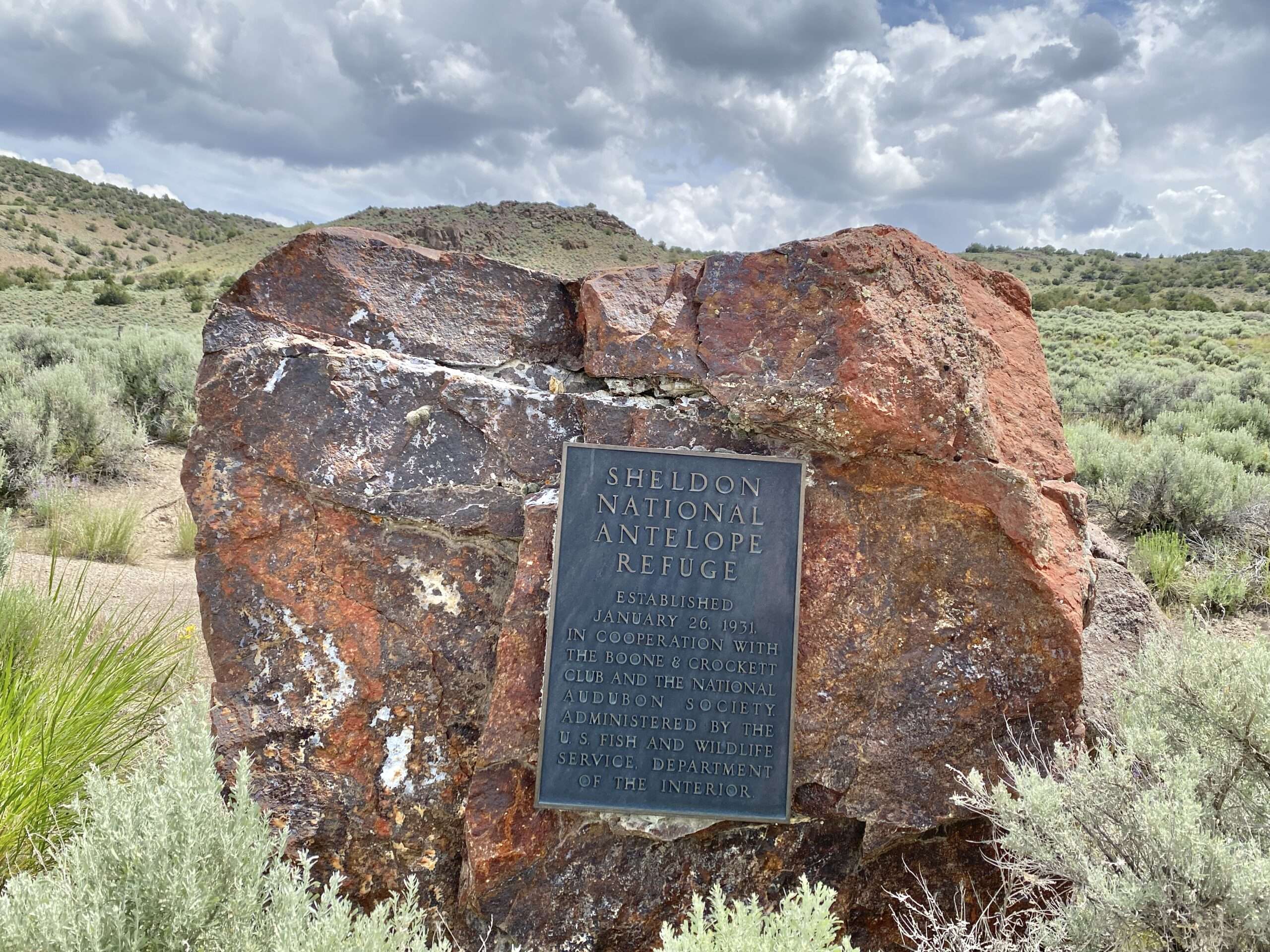
Sheldon Overnight Cabin
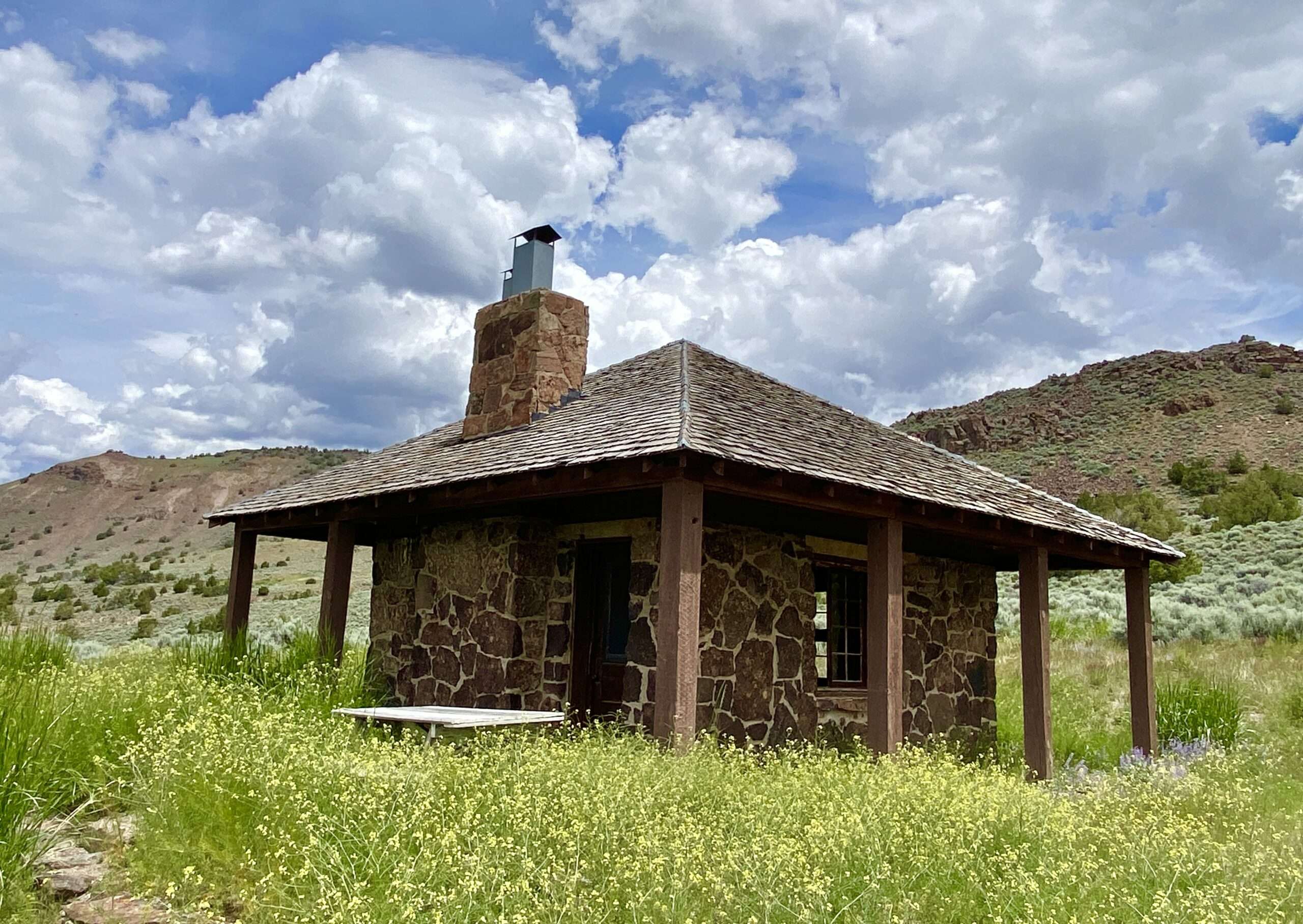
I would love to come back and stay at the cabin.
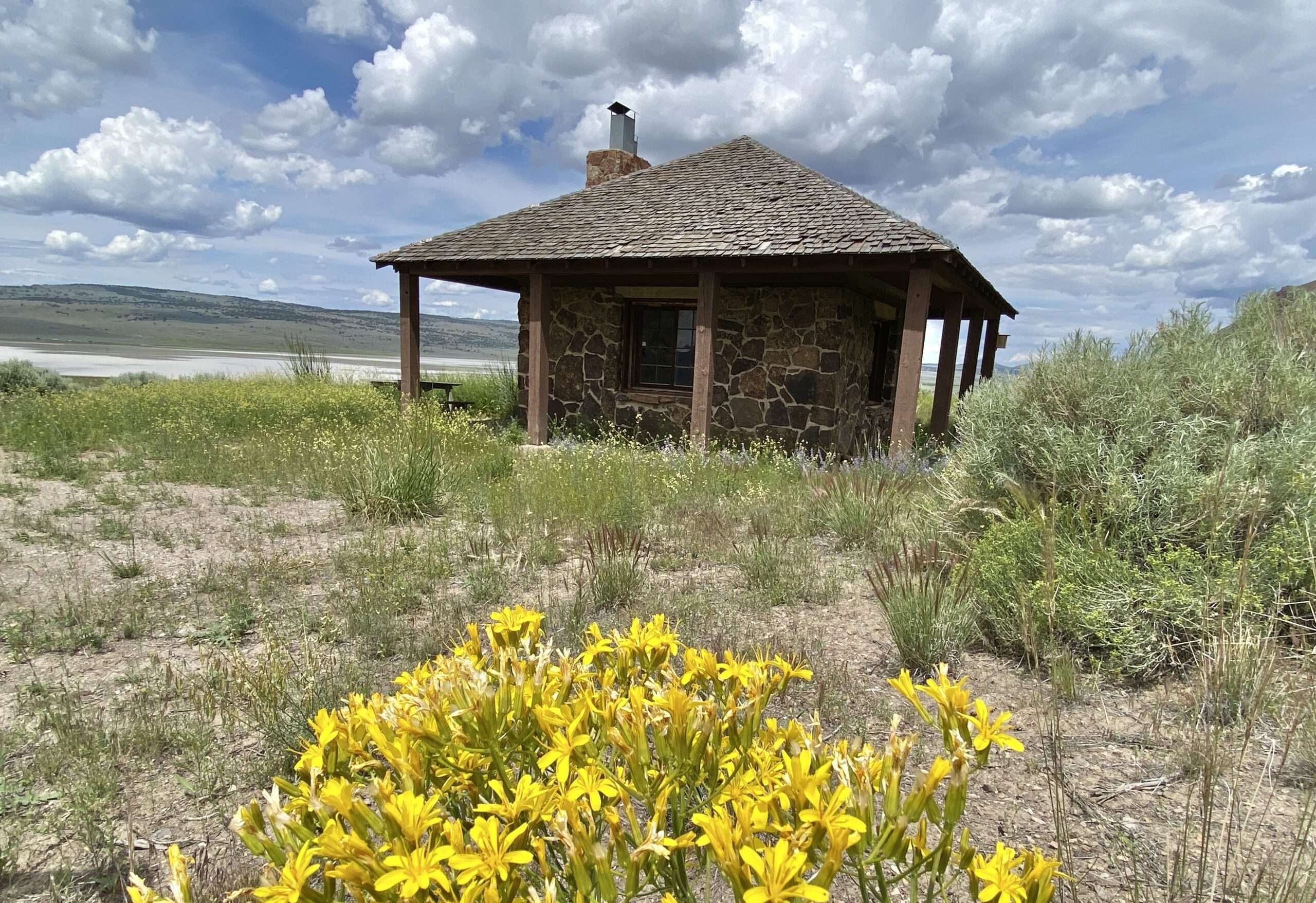
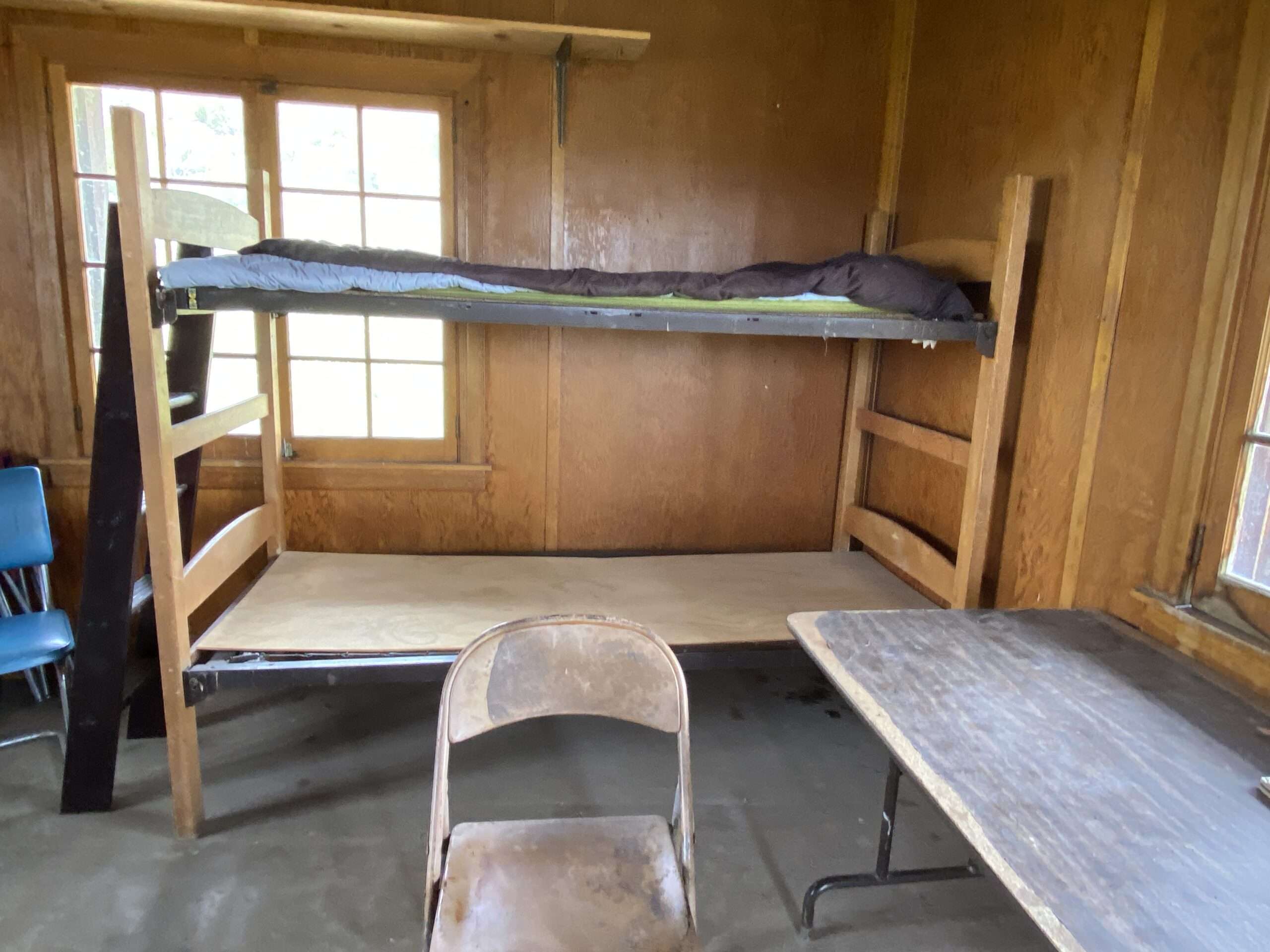
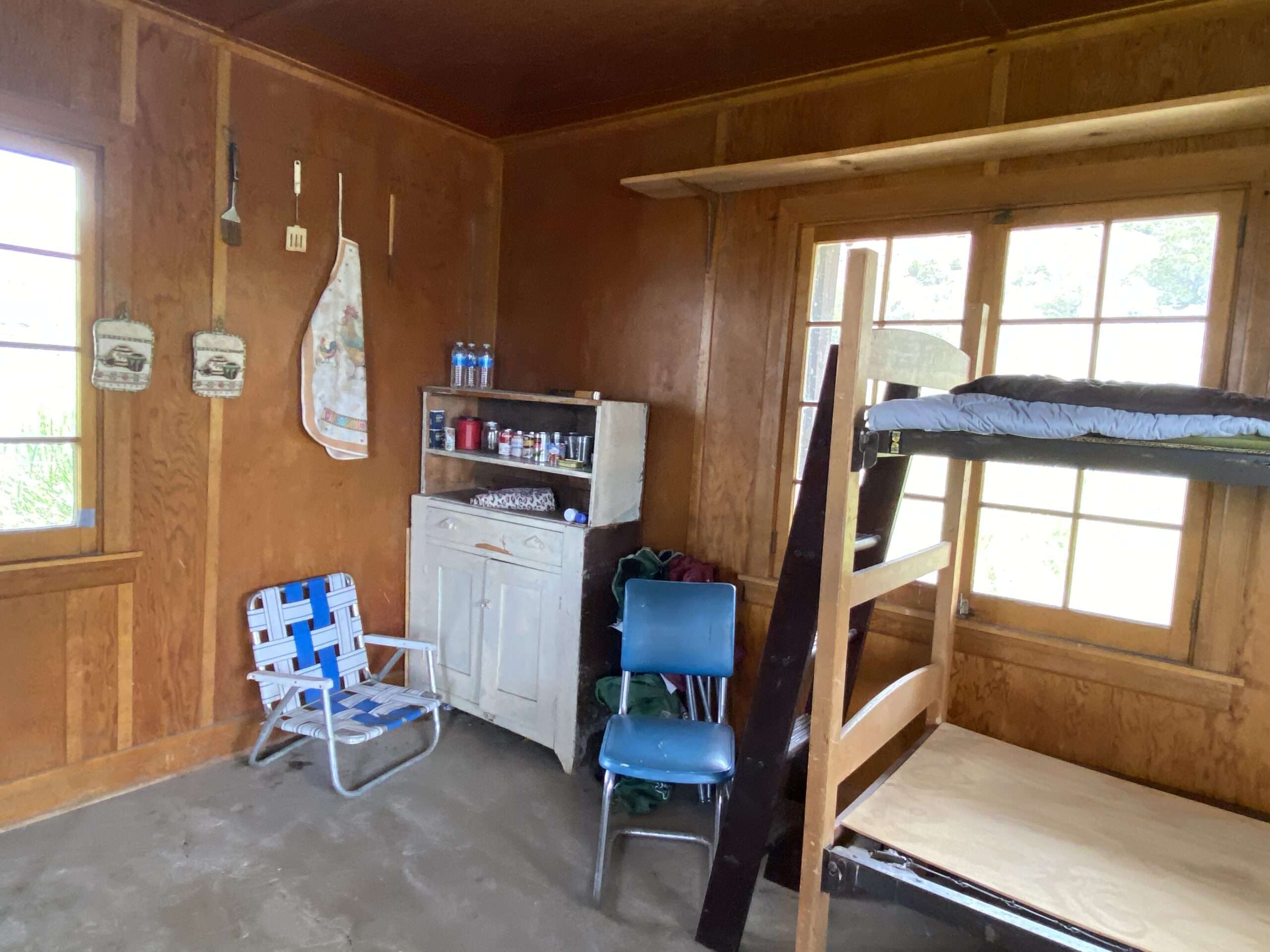
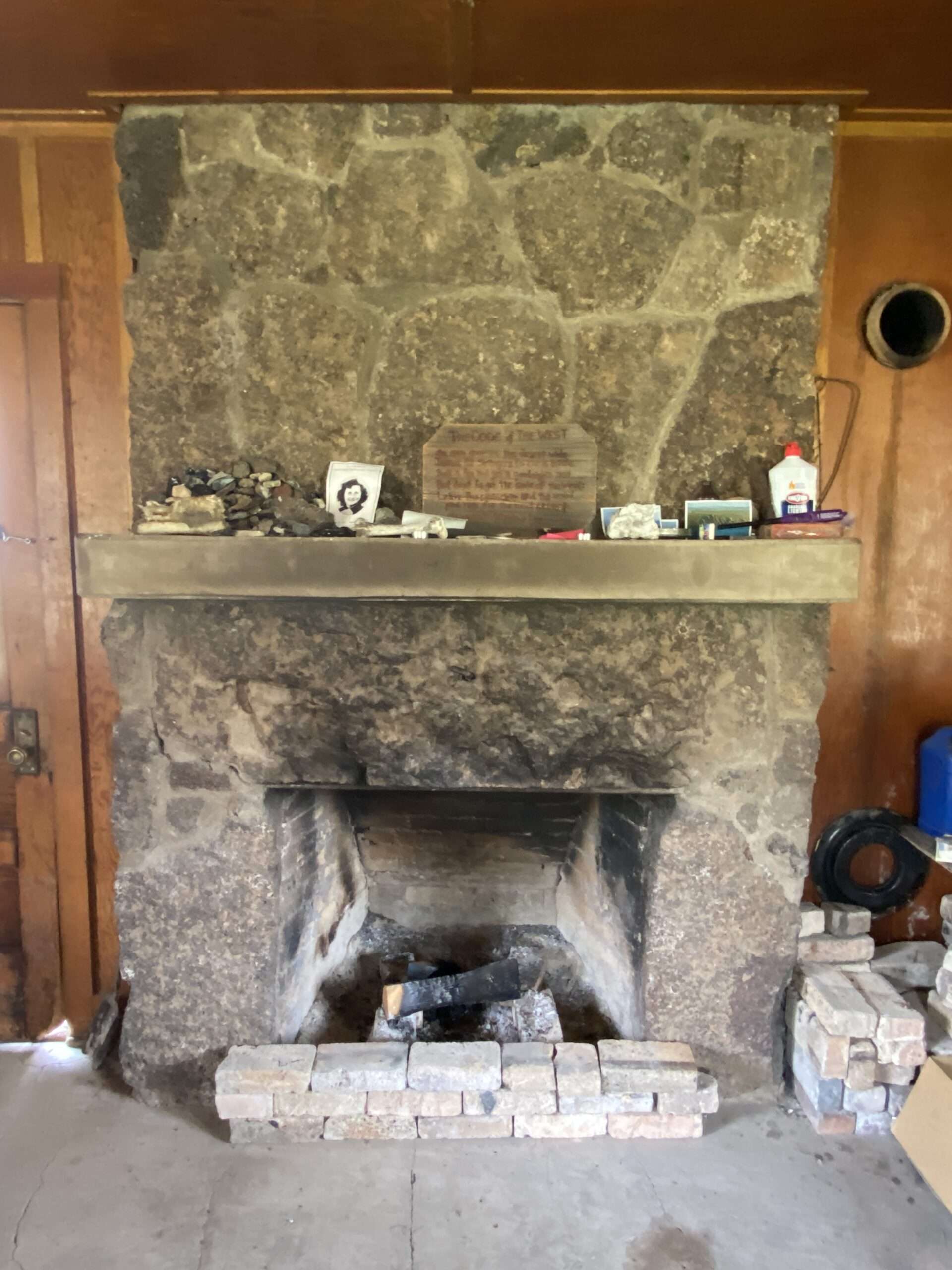
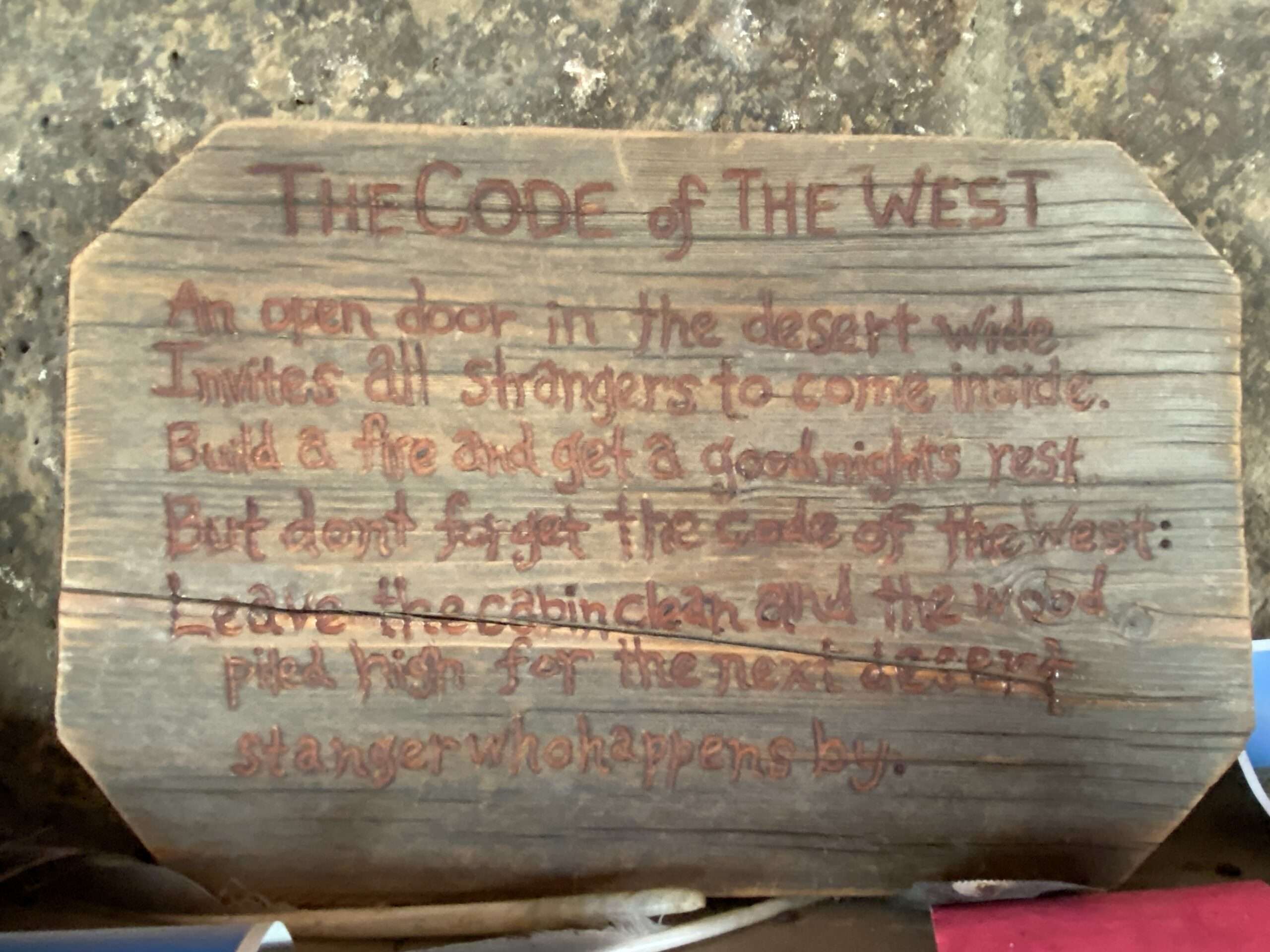
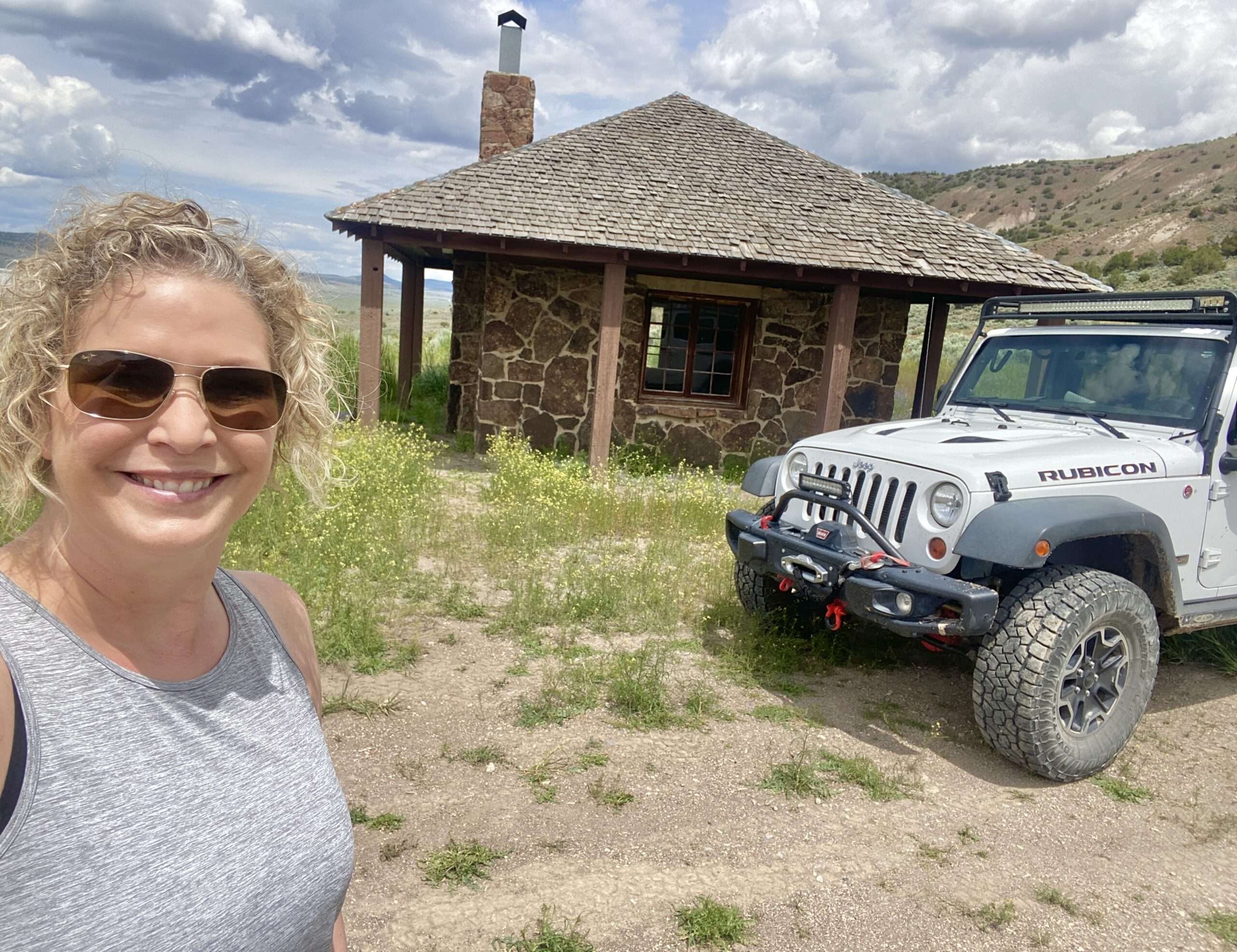
Little Sheldon
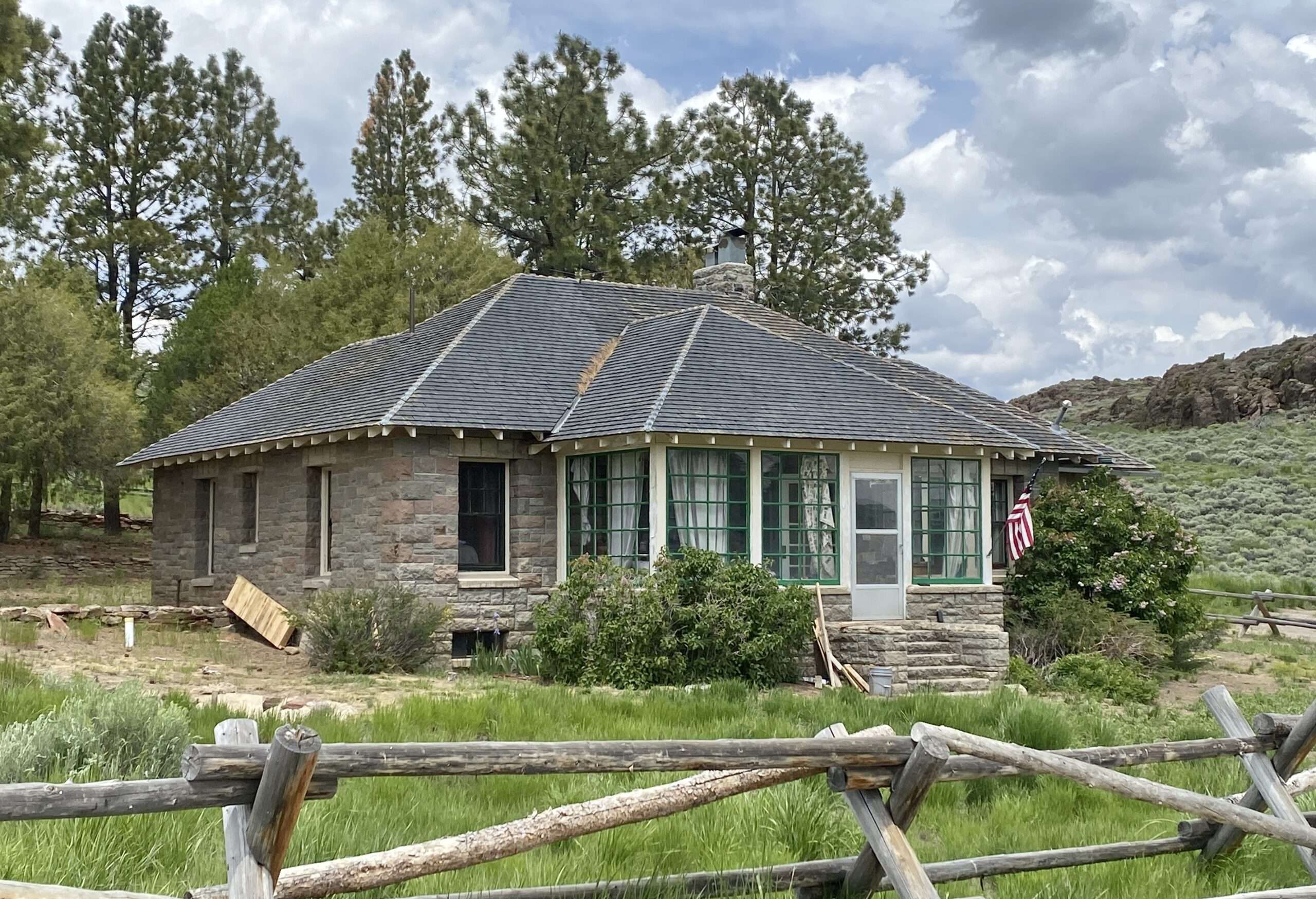

Last Chance Ranch
George Hapgood built the wood portion around 1890, adding the rock section in 1910. Hapgood died in 1927. His family wasn’t interested in the ranch, so E.R. Sans purchased it to preserve the endangered antelope.
The Last Change Ranch housed Refuge’s office and residence until 1934.



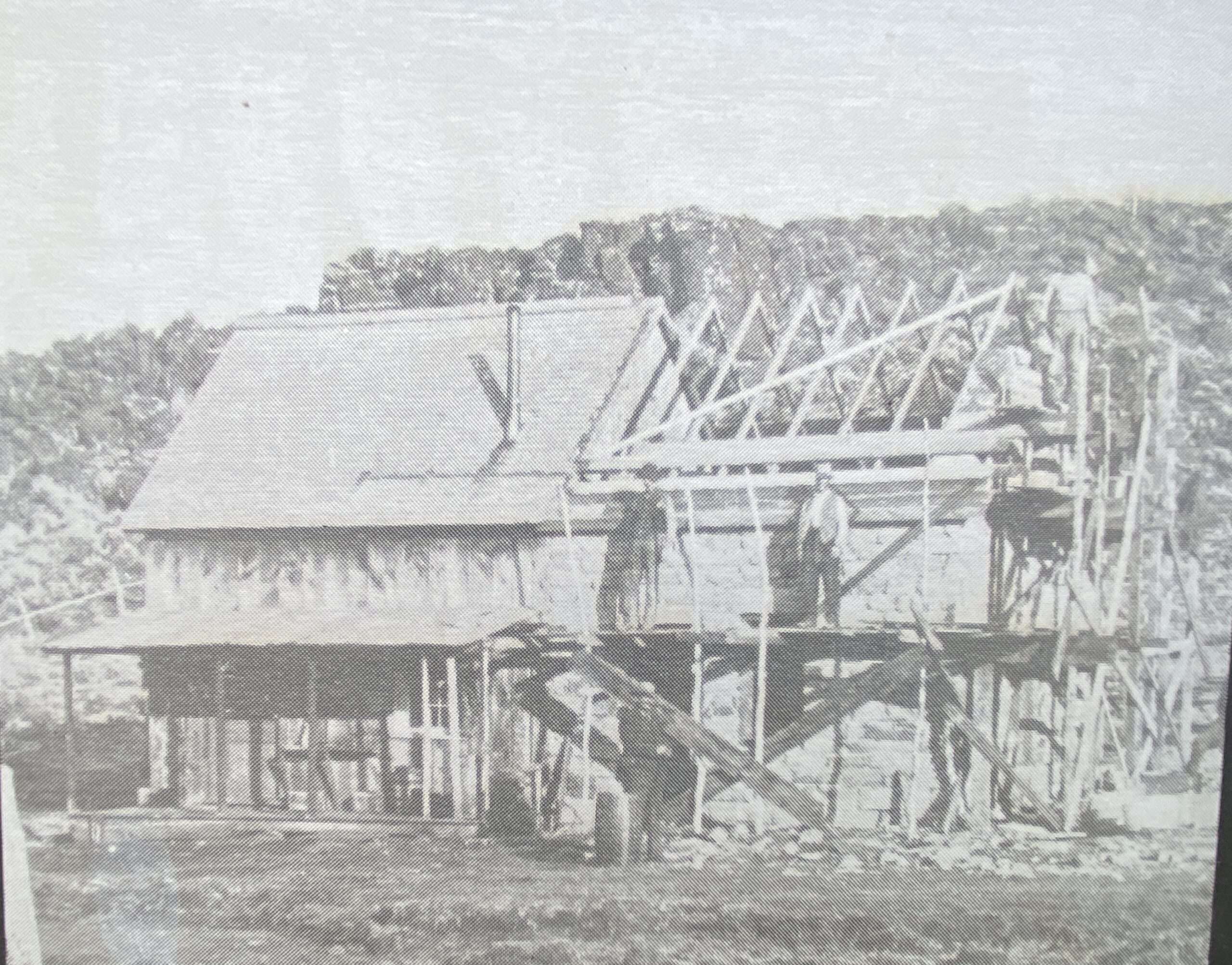
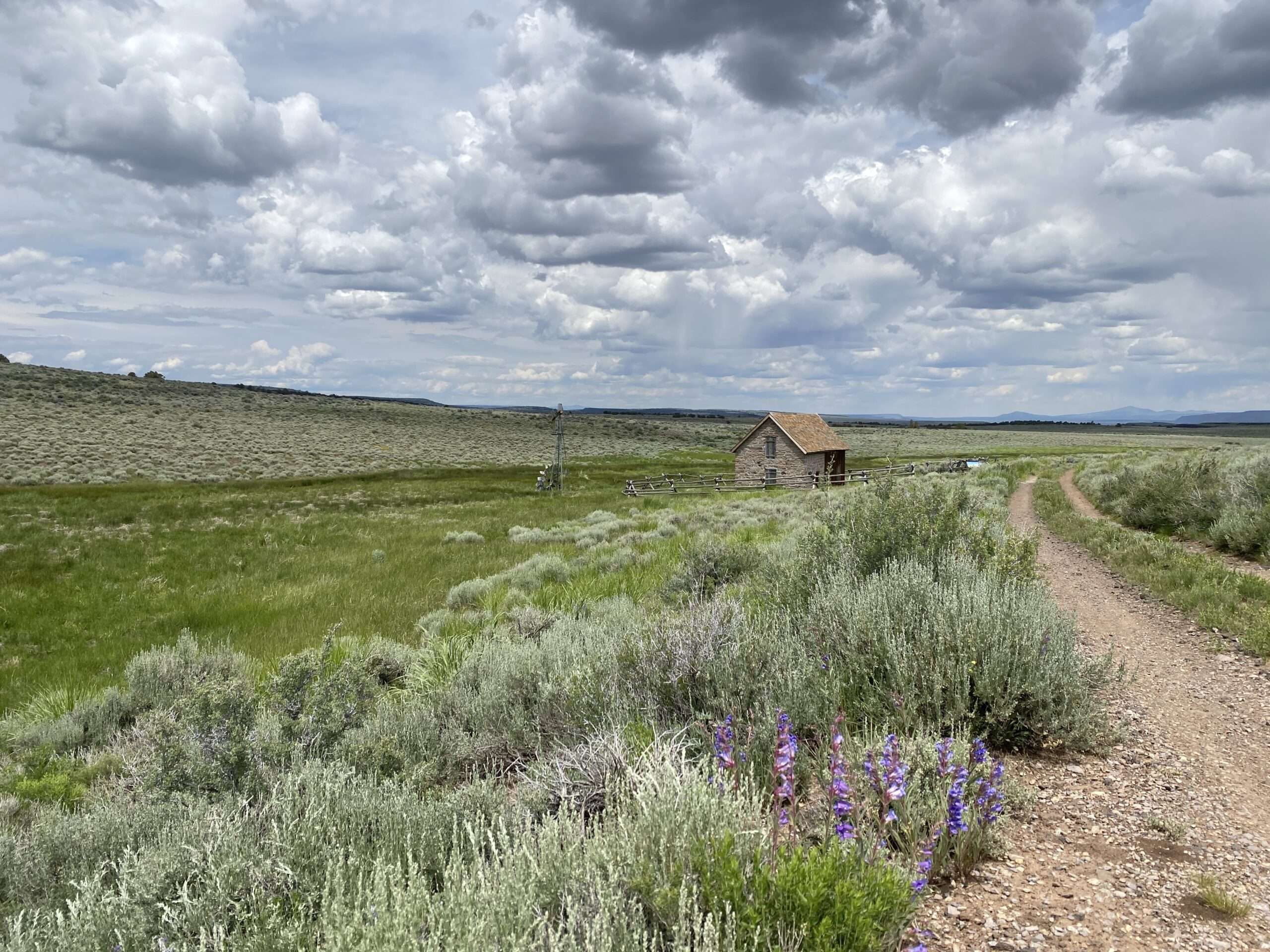
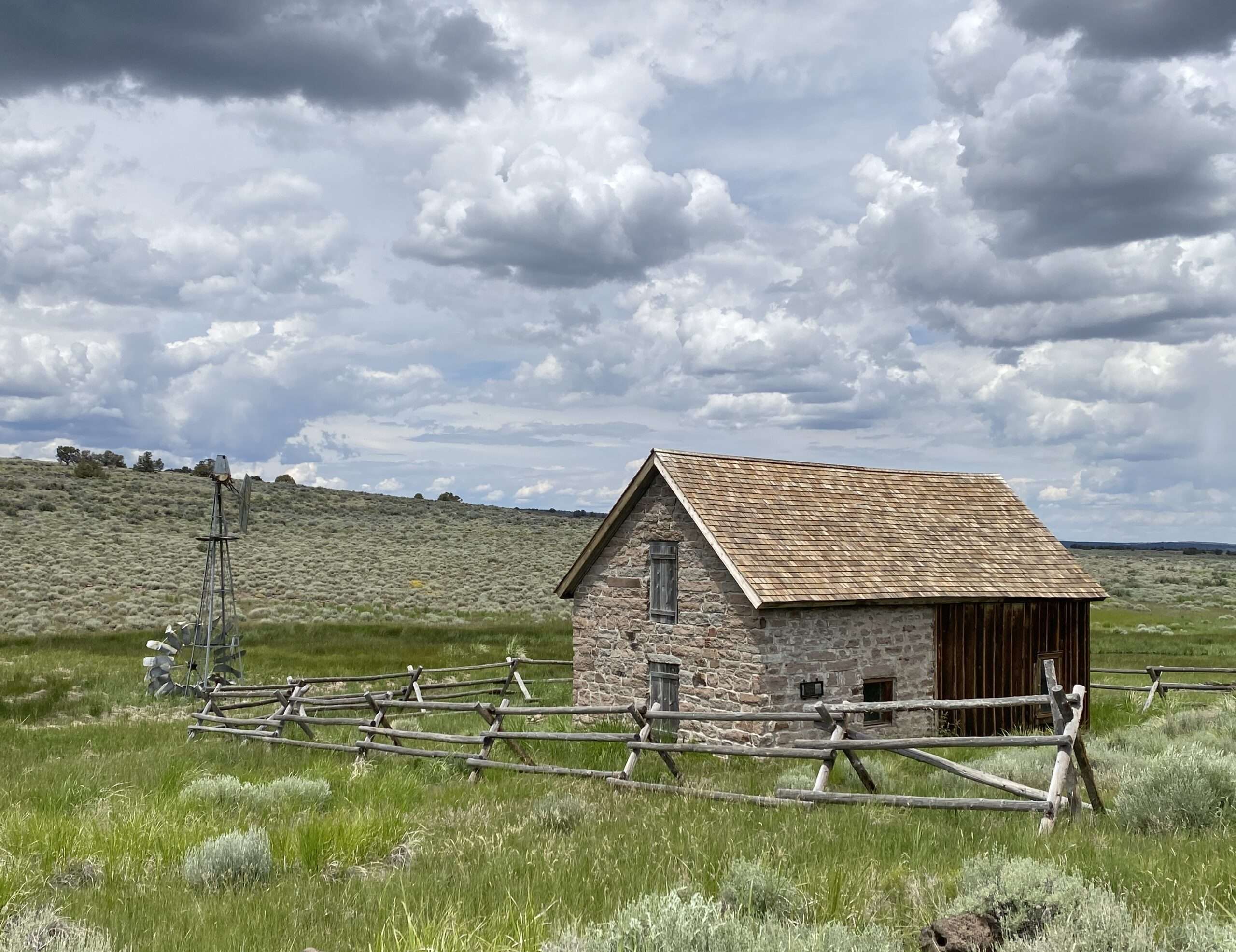
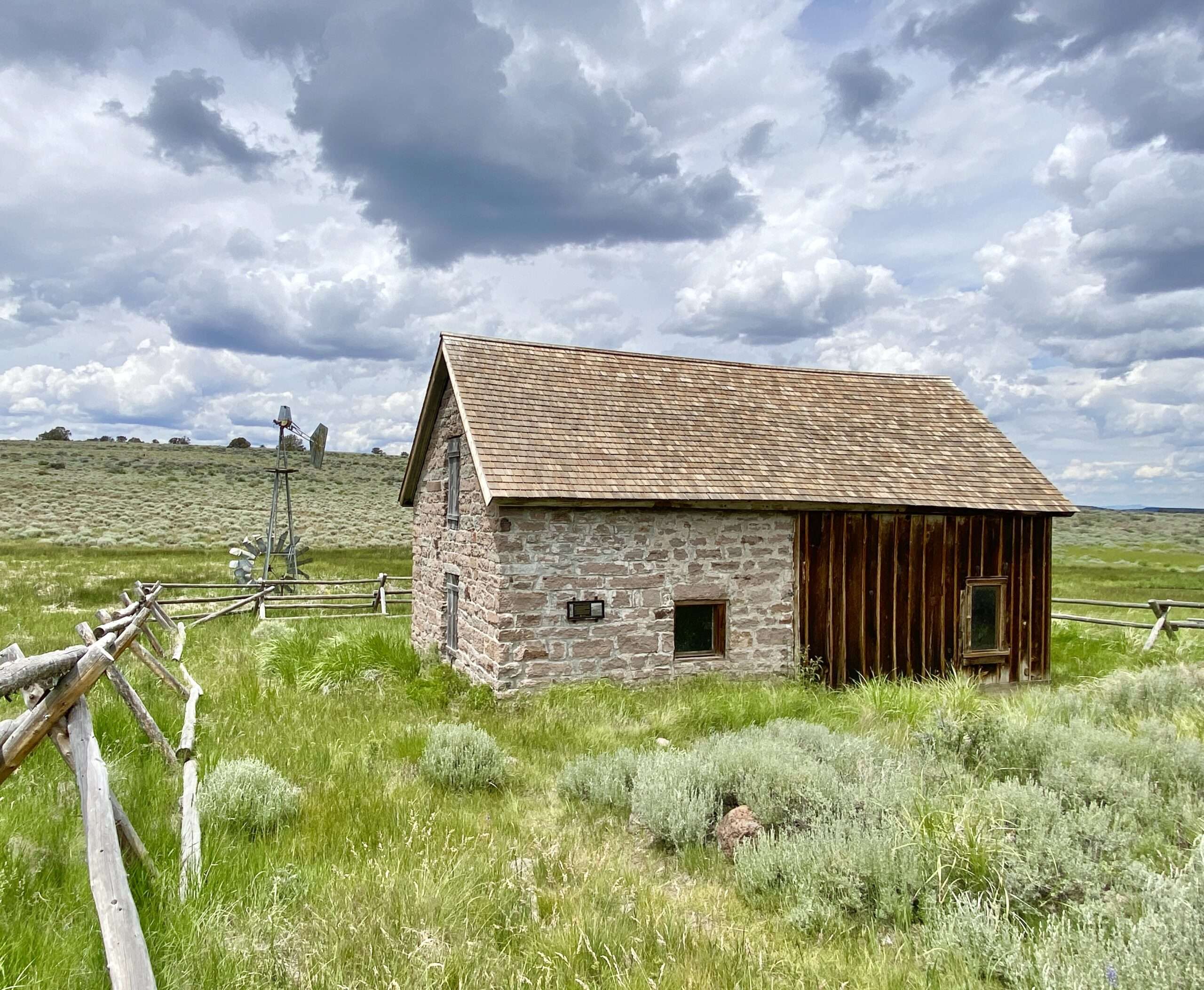
Vya
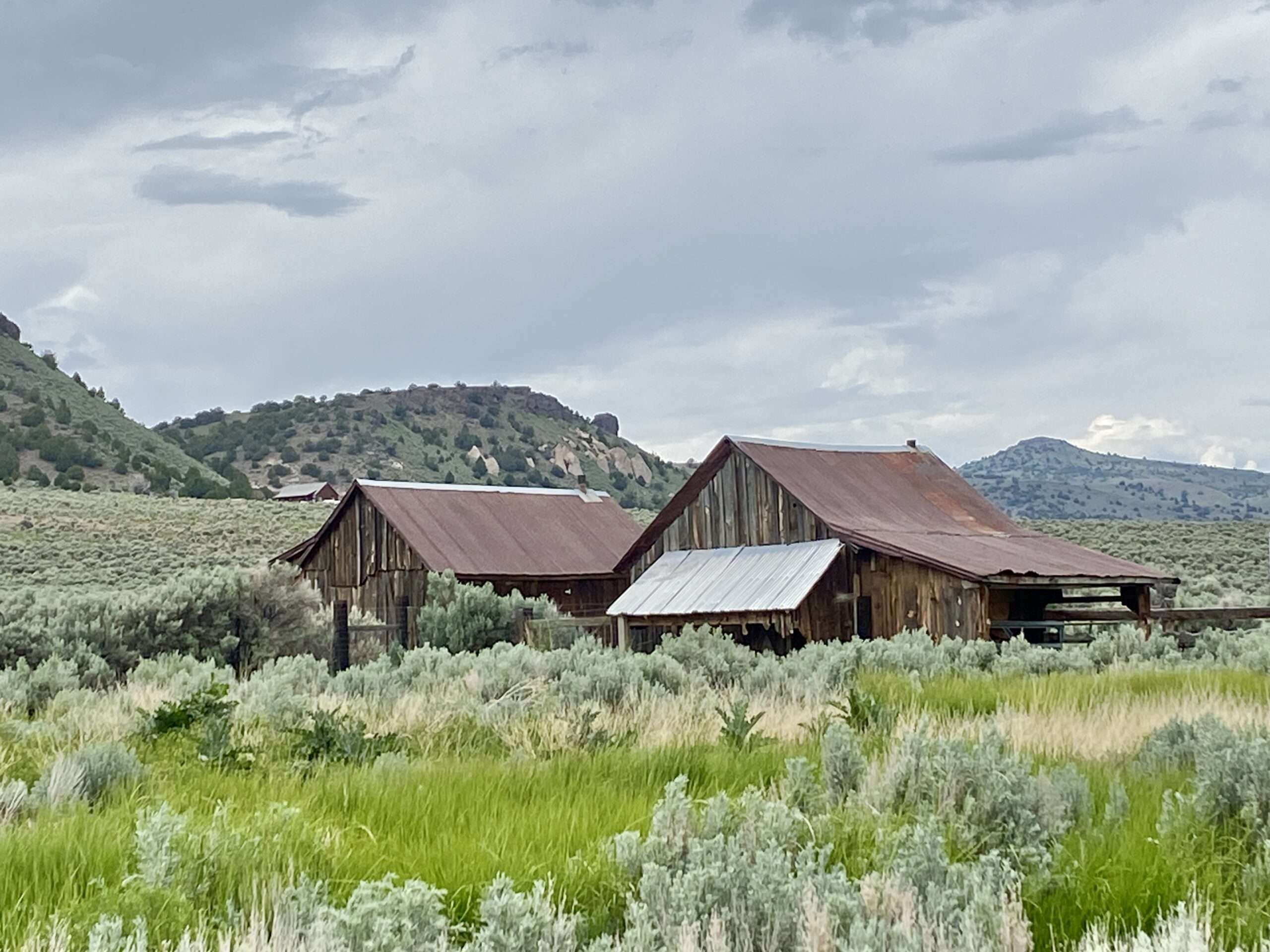
Homesteaders moved to Long Valley in the early 1900s. Roy, Artie Wimer, and their daughter Vya were among the first to settle this remote land.
A post office opened in 1910 and soon Yva had a school and store. Due to drought conditions, ranching was difficult, and many left for greener pastures. By WWII, the school closed.
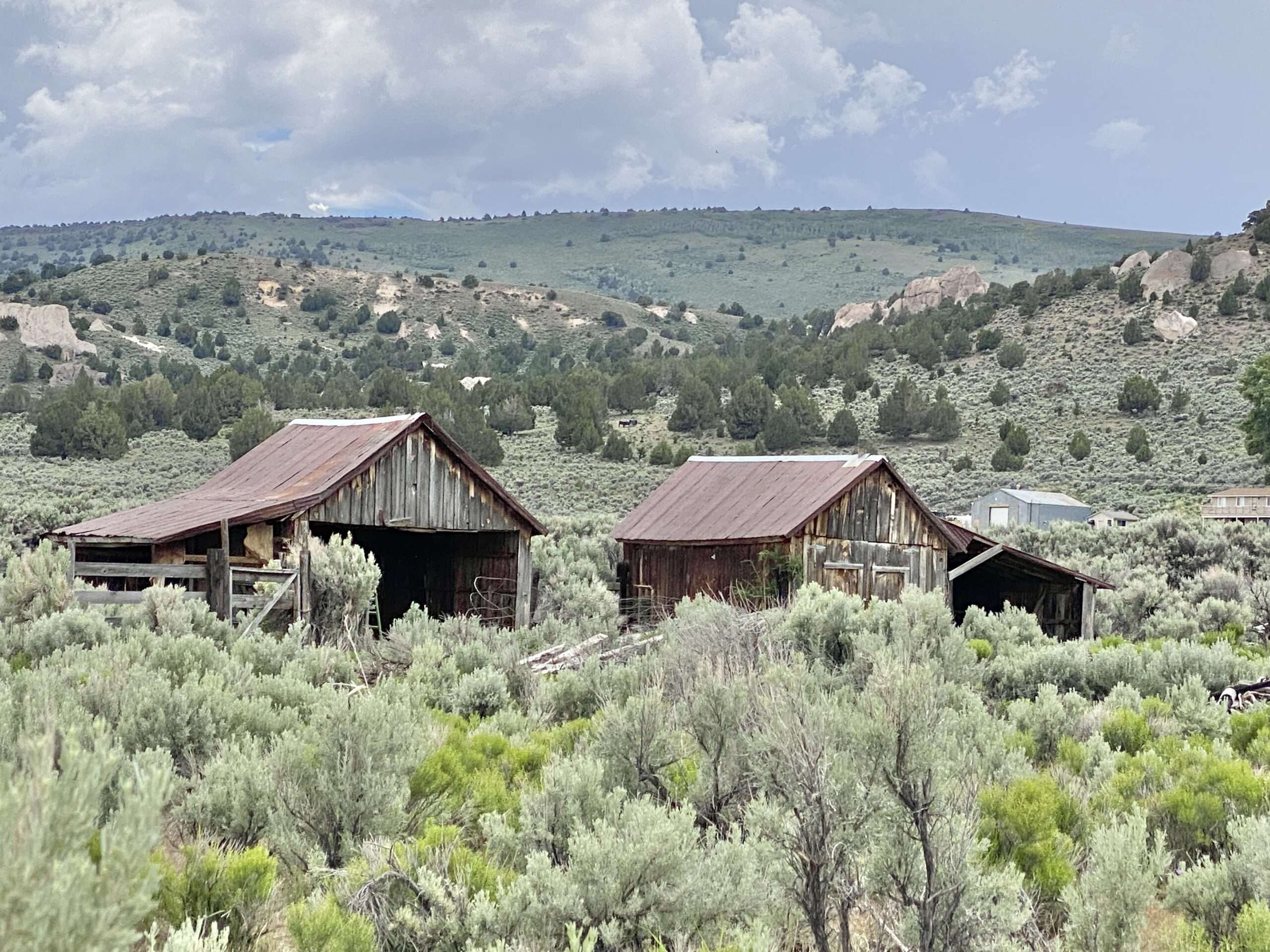
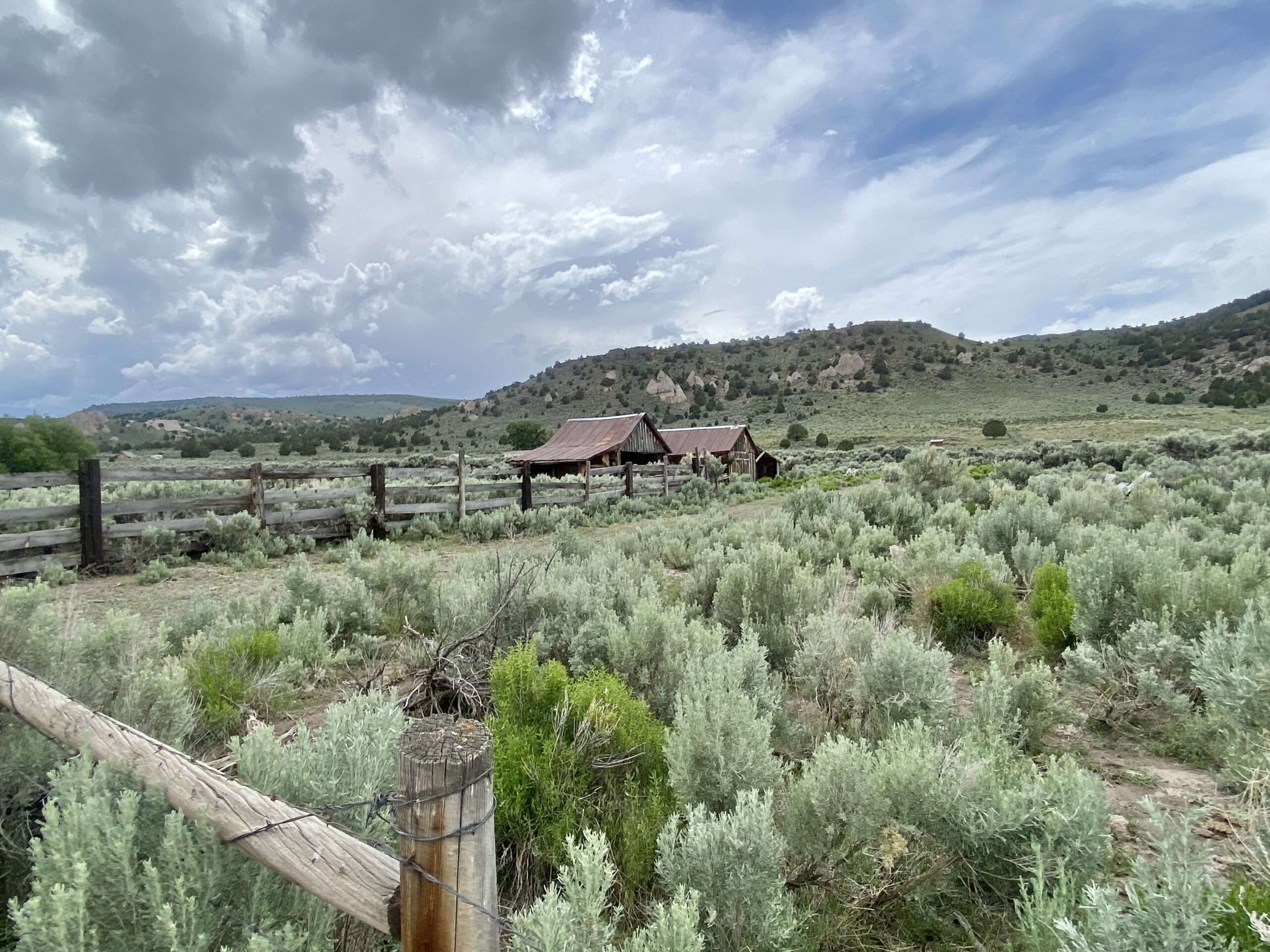
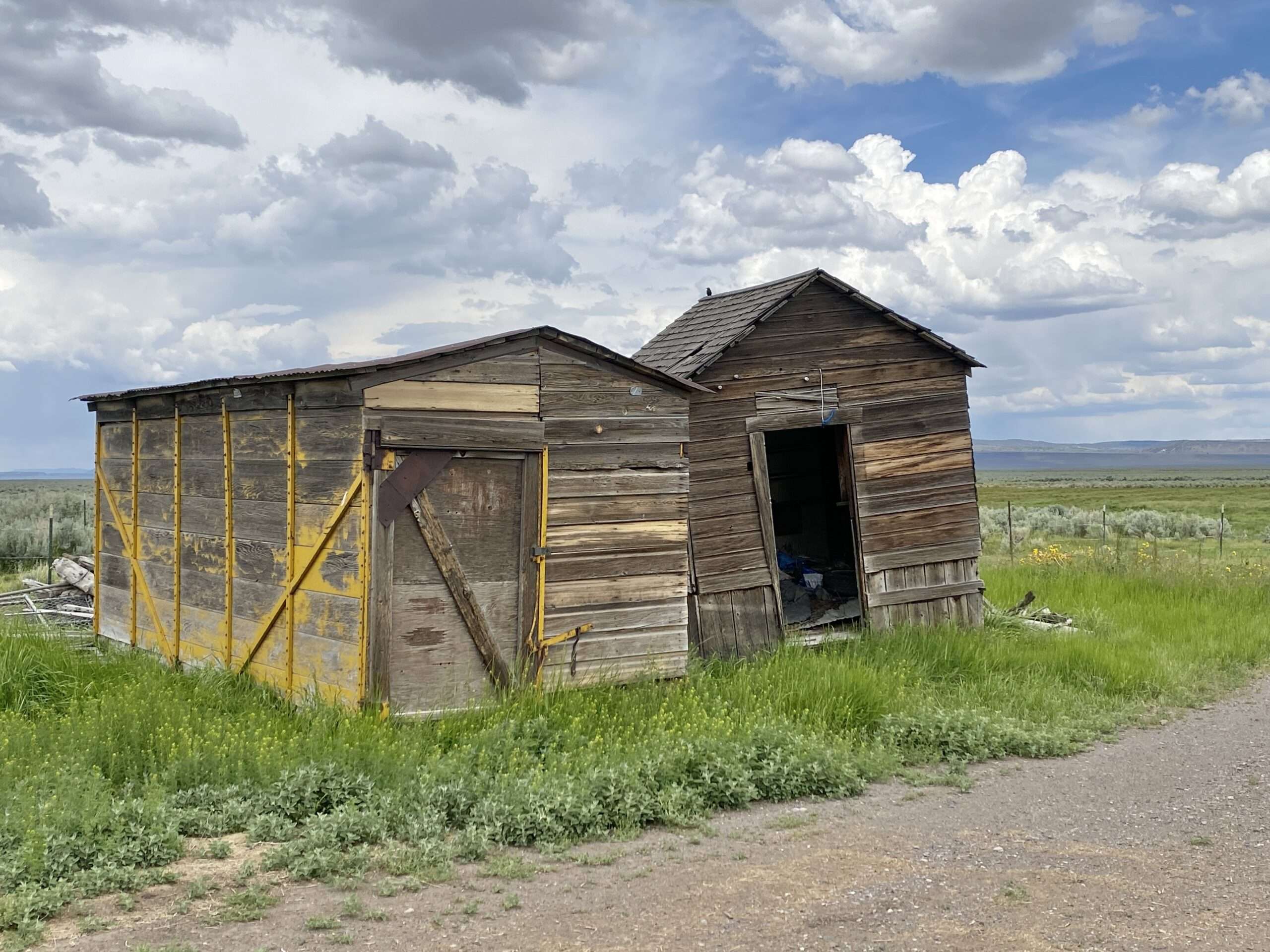
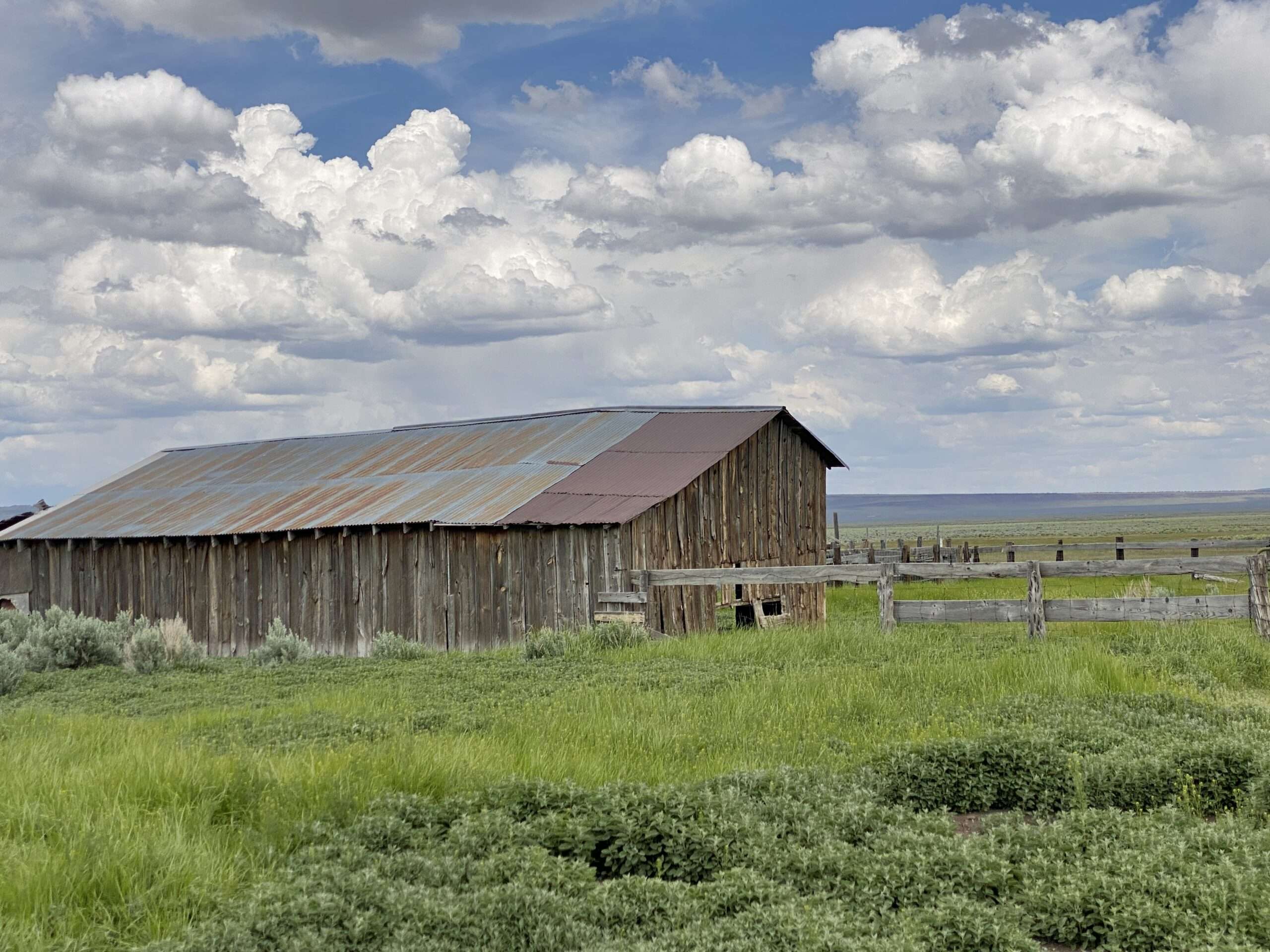
Much of Vya is owned by the Old Yella Dog Ranch. Never fear; it is now a that has vacation rentals. I hope to stay their cabin one day.
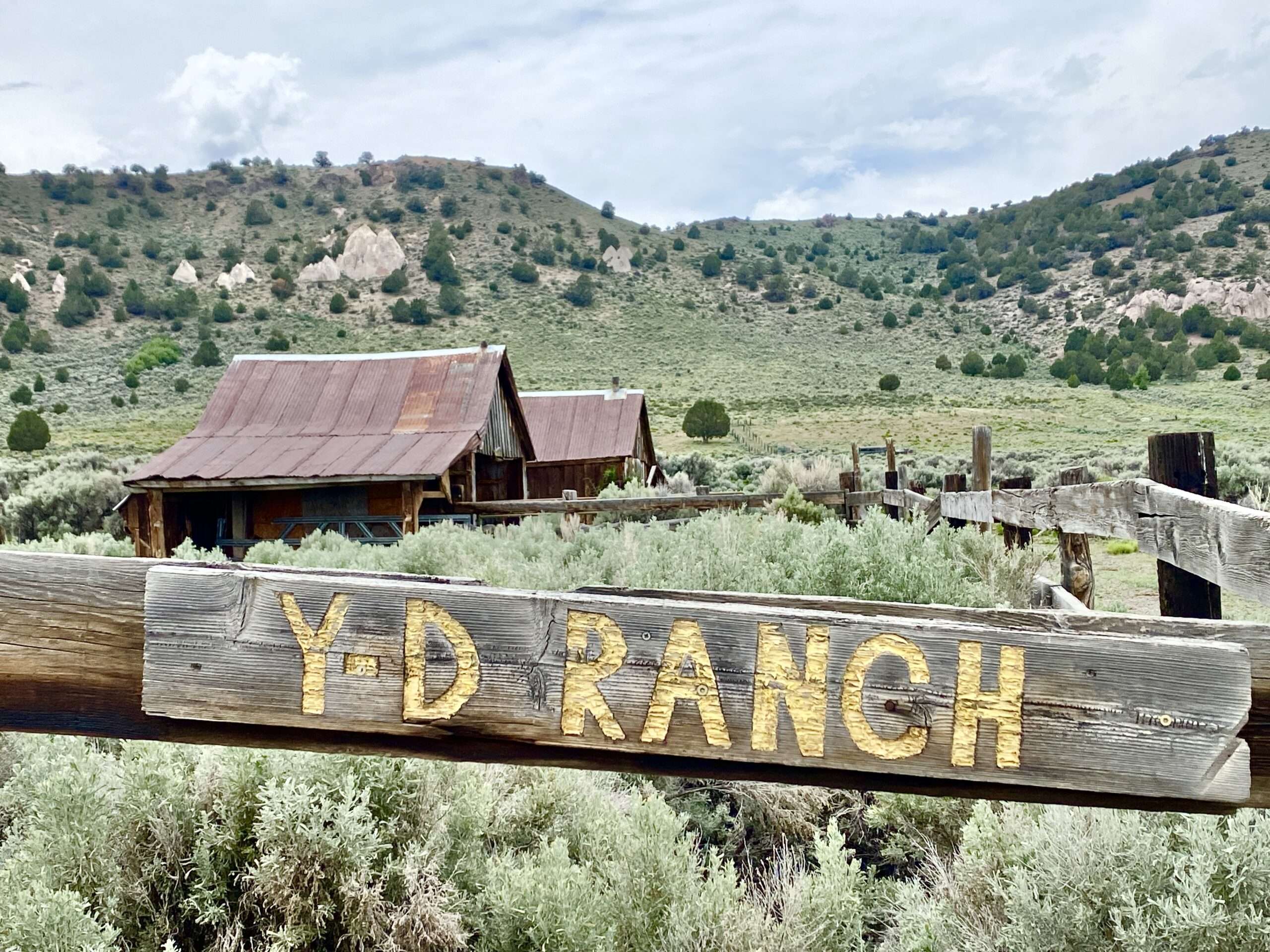
49 Rock
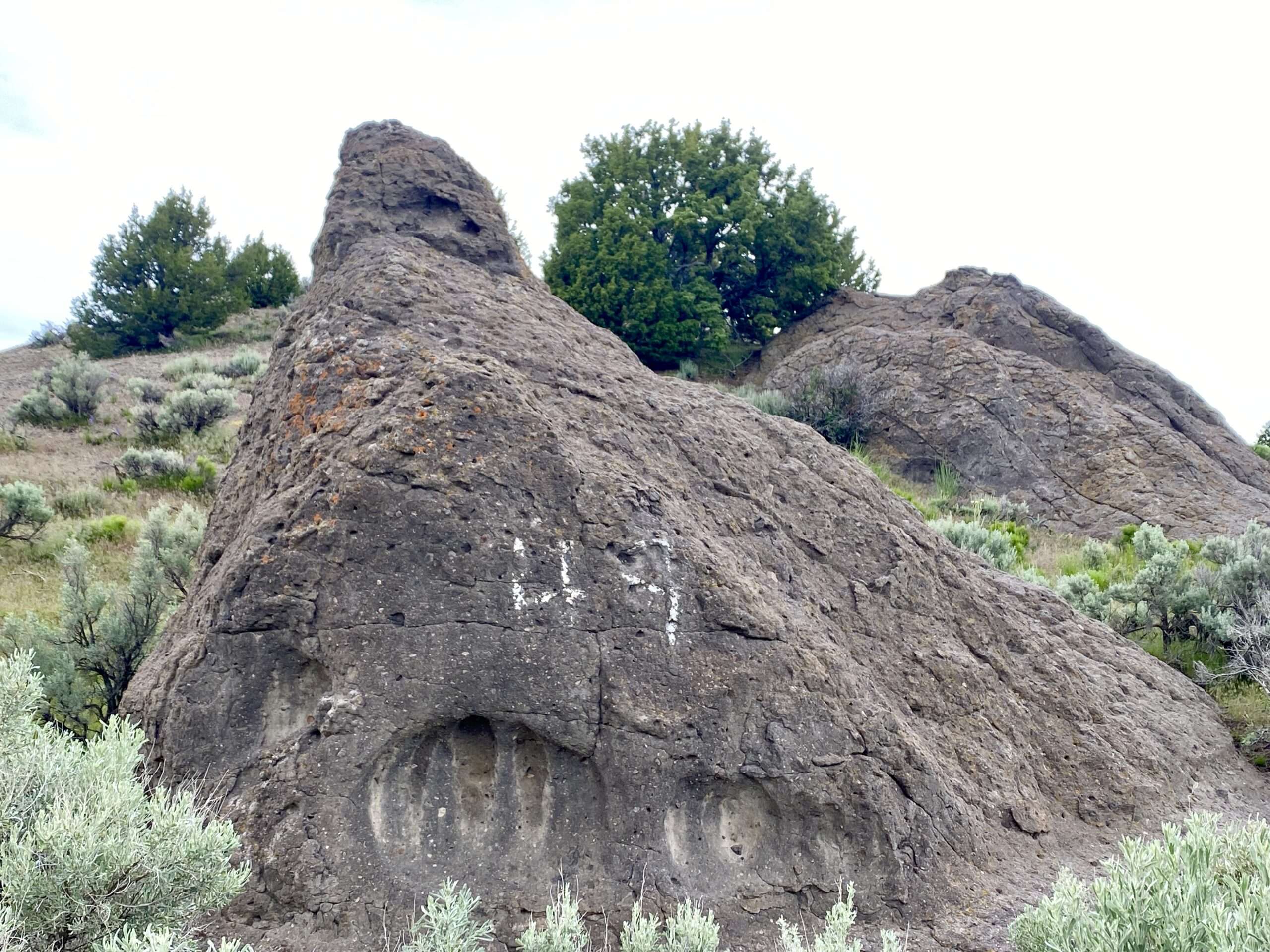
Emigrants used the Applegate Train beginning in 1896. Fortynine Camp, for 49 Camp, was a notable site due to the numbers written in axle grease on a distinctive rock.
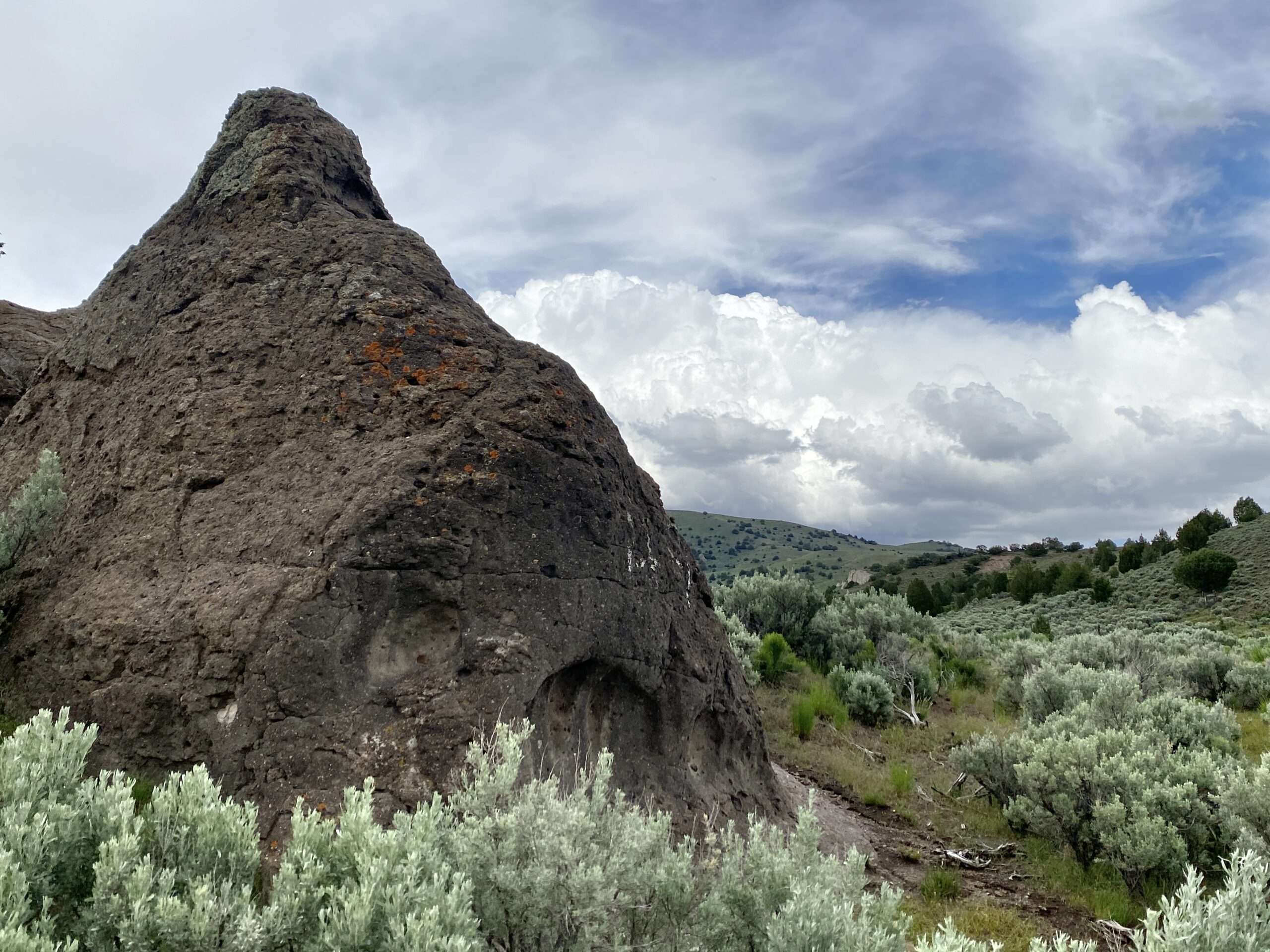
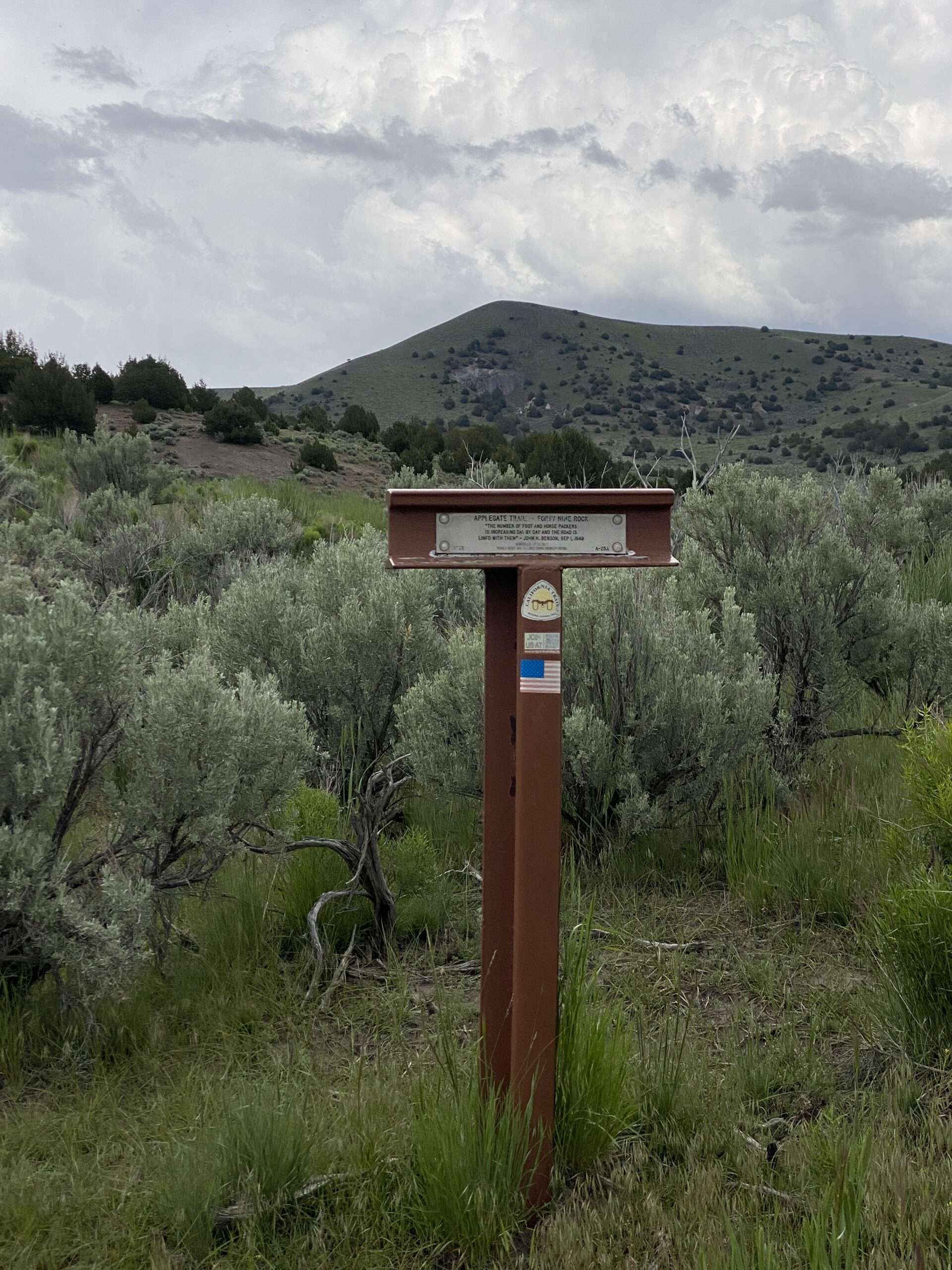
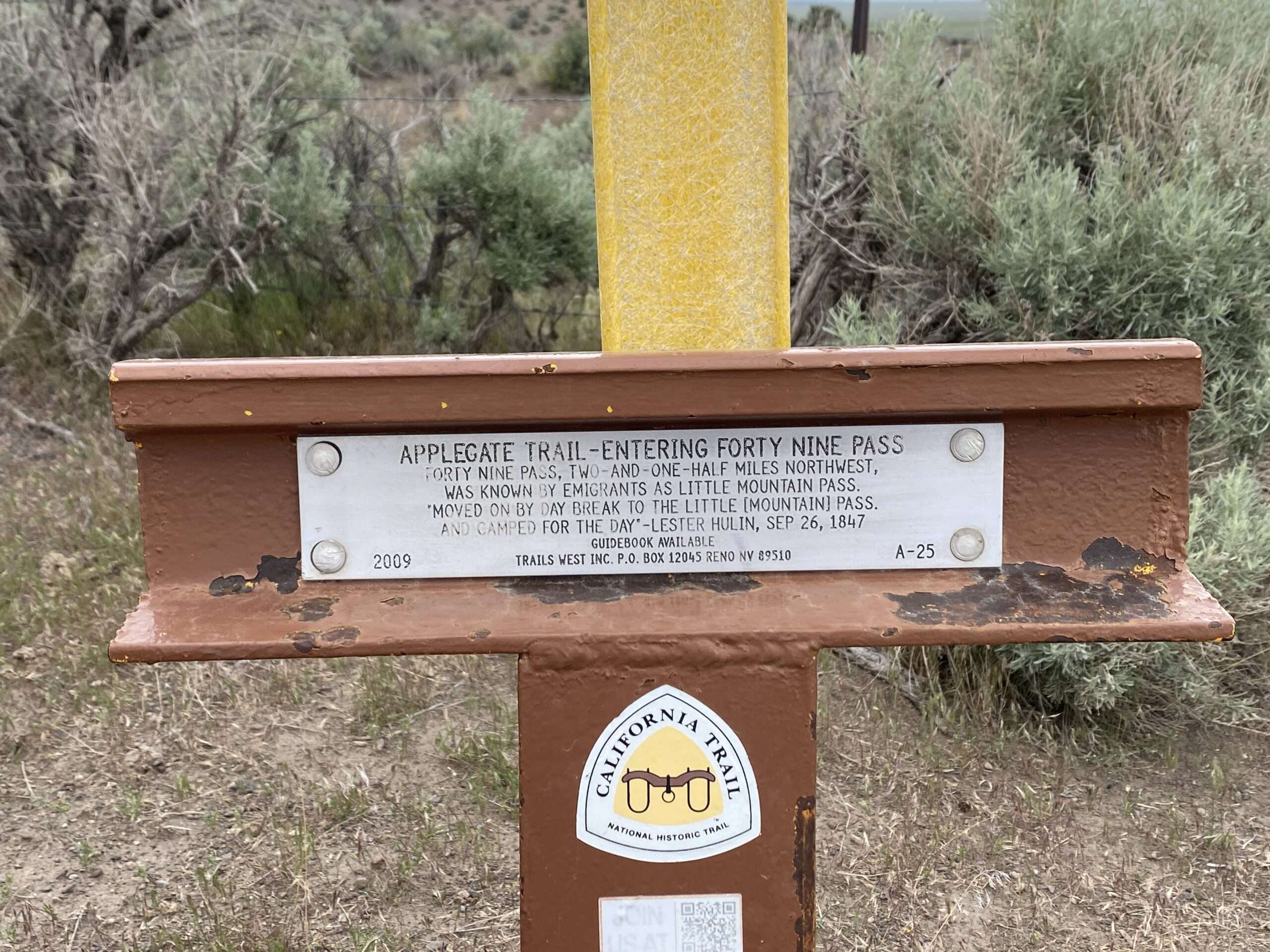
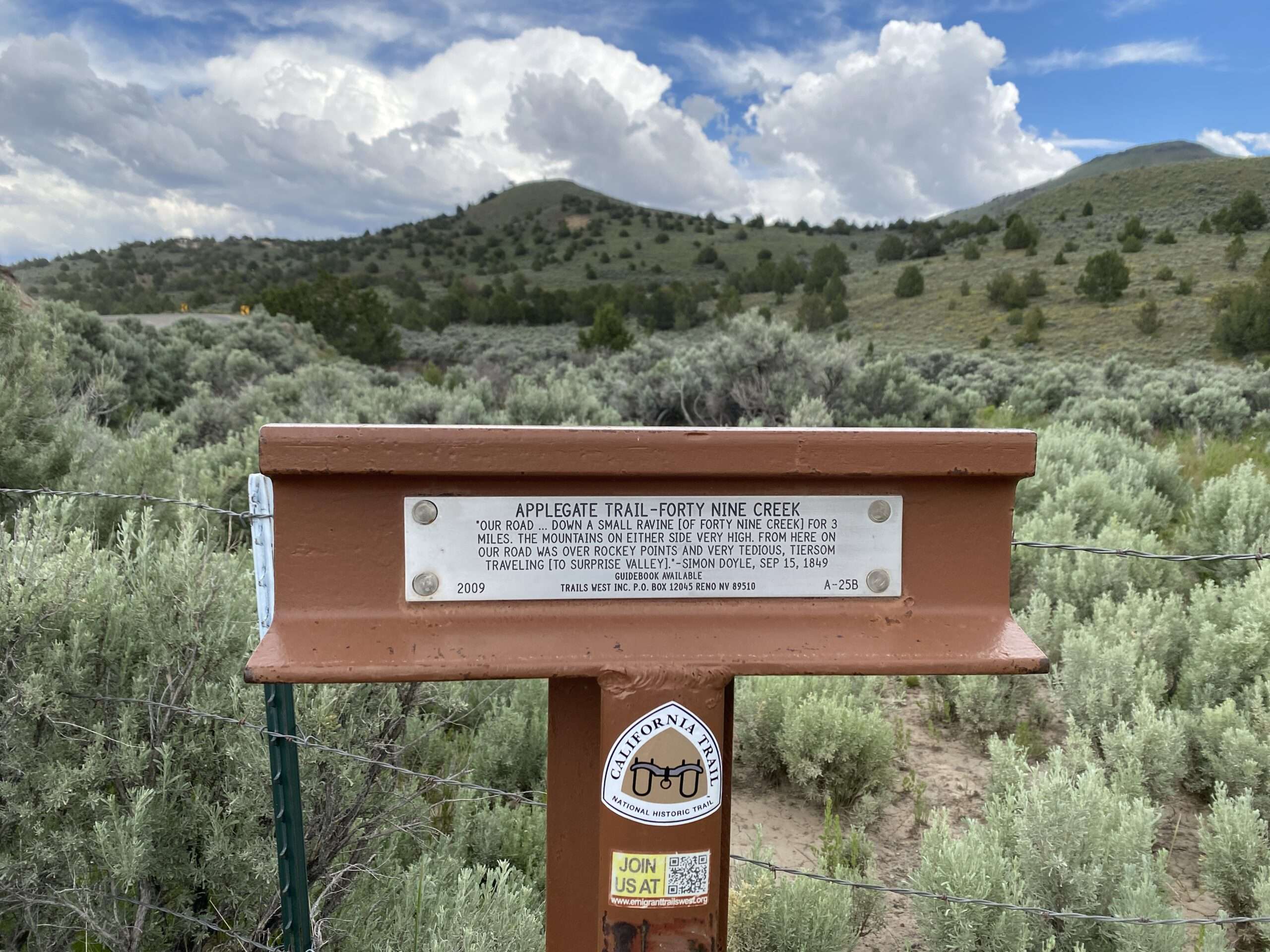

Leaving Nevada
We had to stop and take a picture of the Nevada border, where the pavement ends and the fun begins. Note the old highway sign.
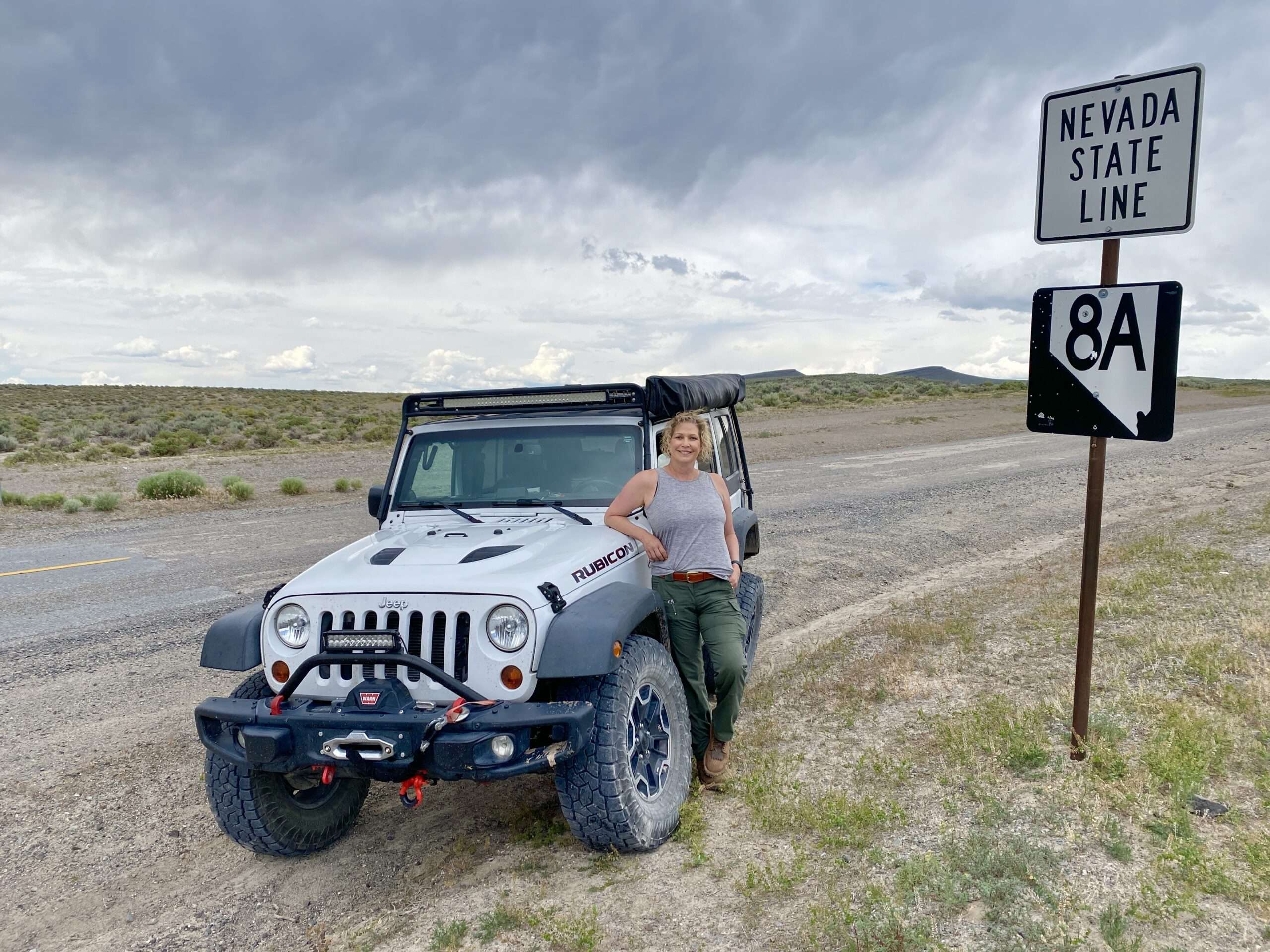
Little Indian Spring
I don’t have any information on Little Indian Spring other than a notation on a map. The ruins of a rock building are by the spring.
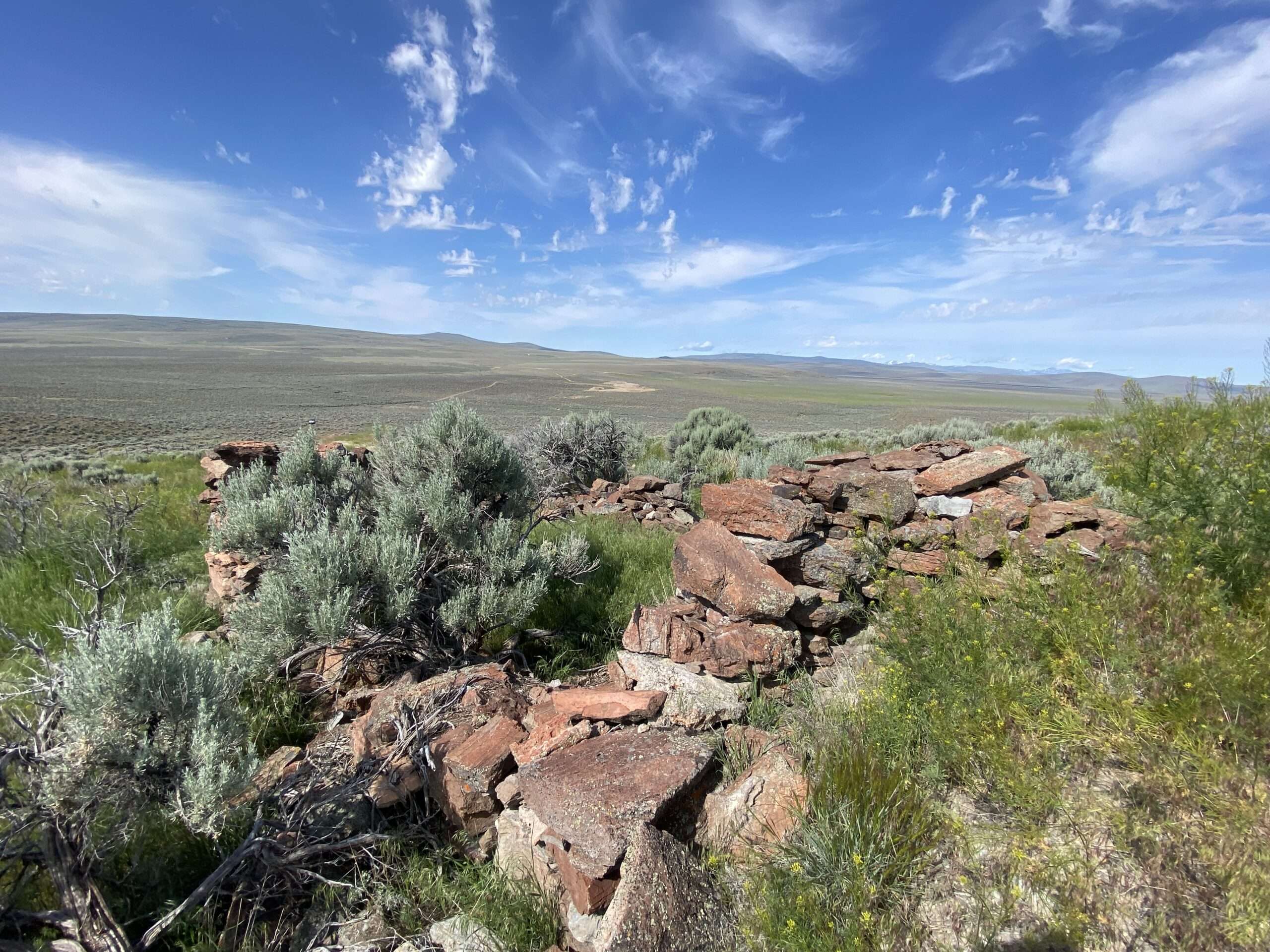
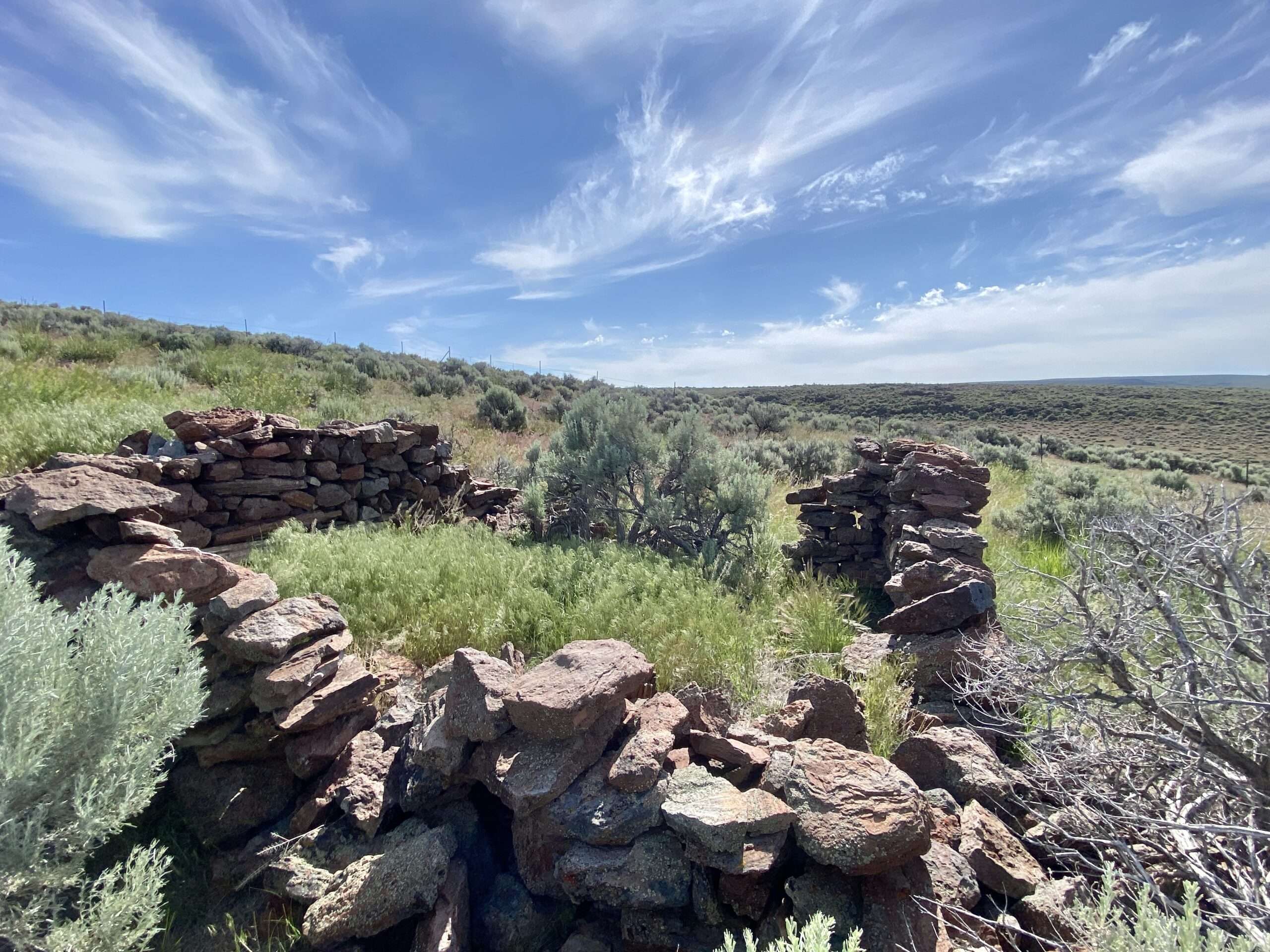

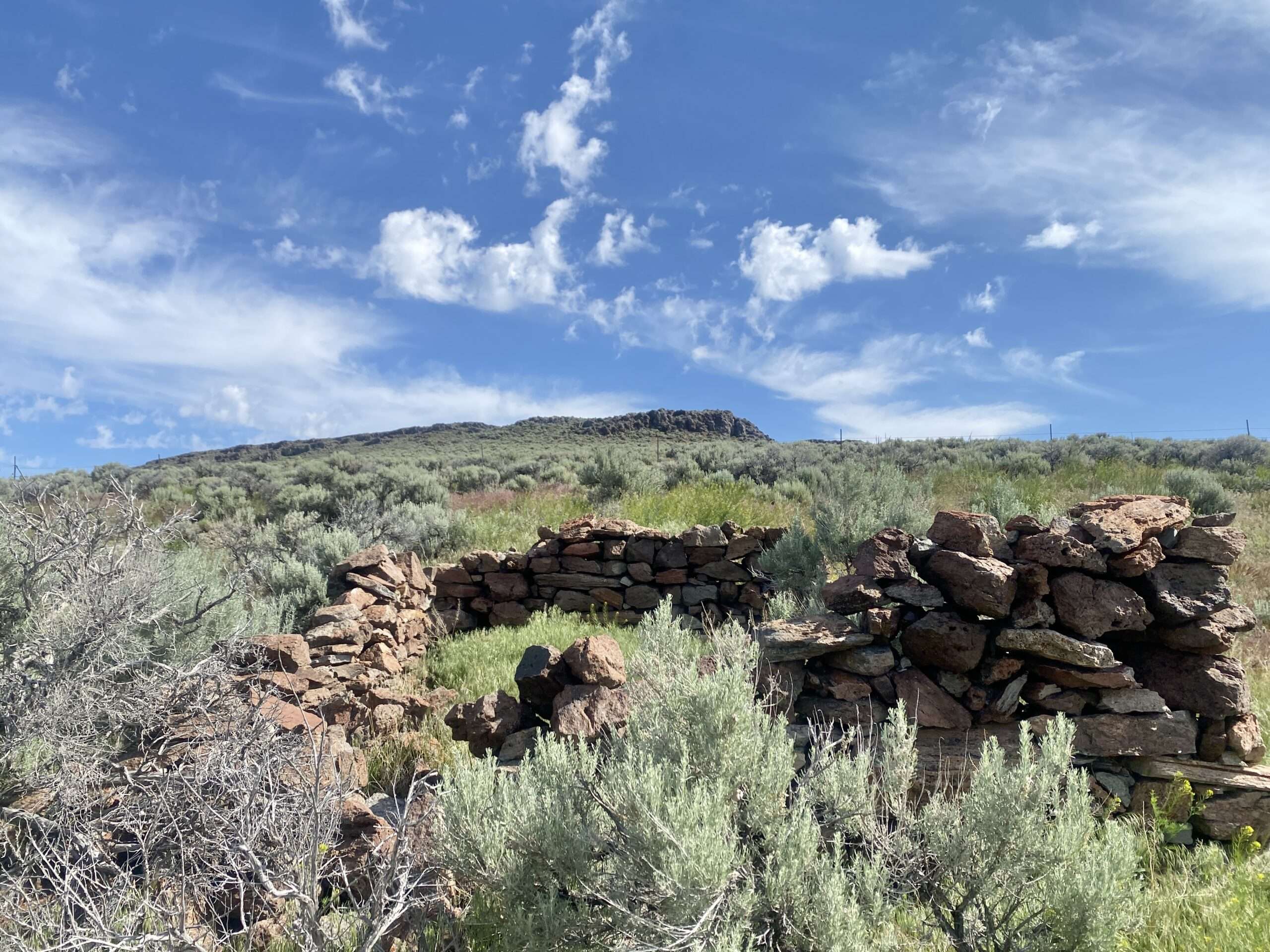
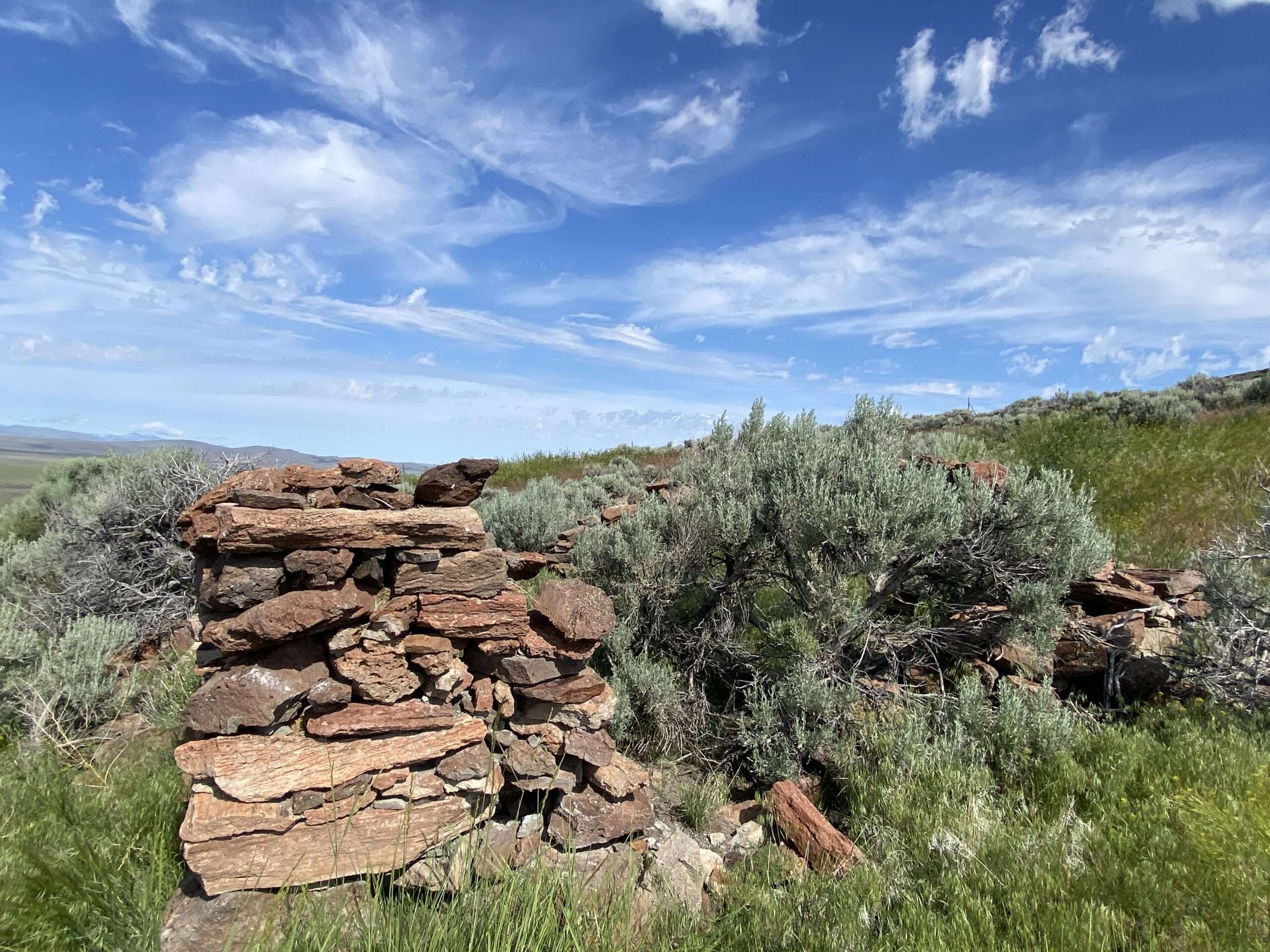
Hart Camp
Heart Camp is now only 80 acres; the rest of the historic ranch was sold to BLM.

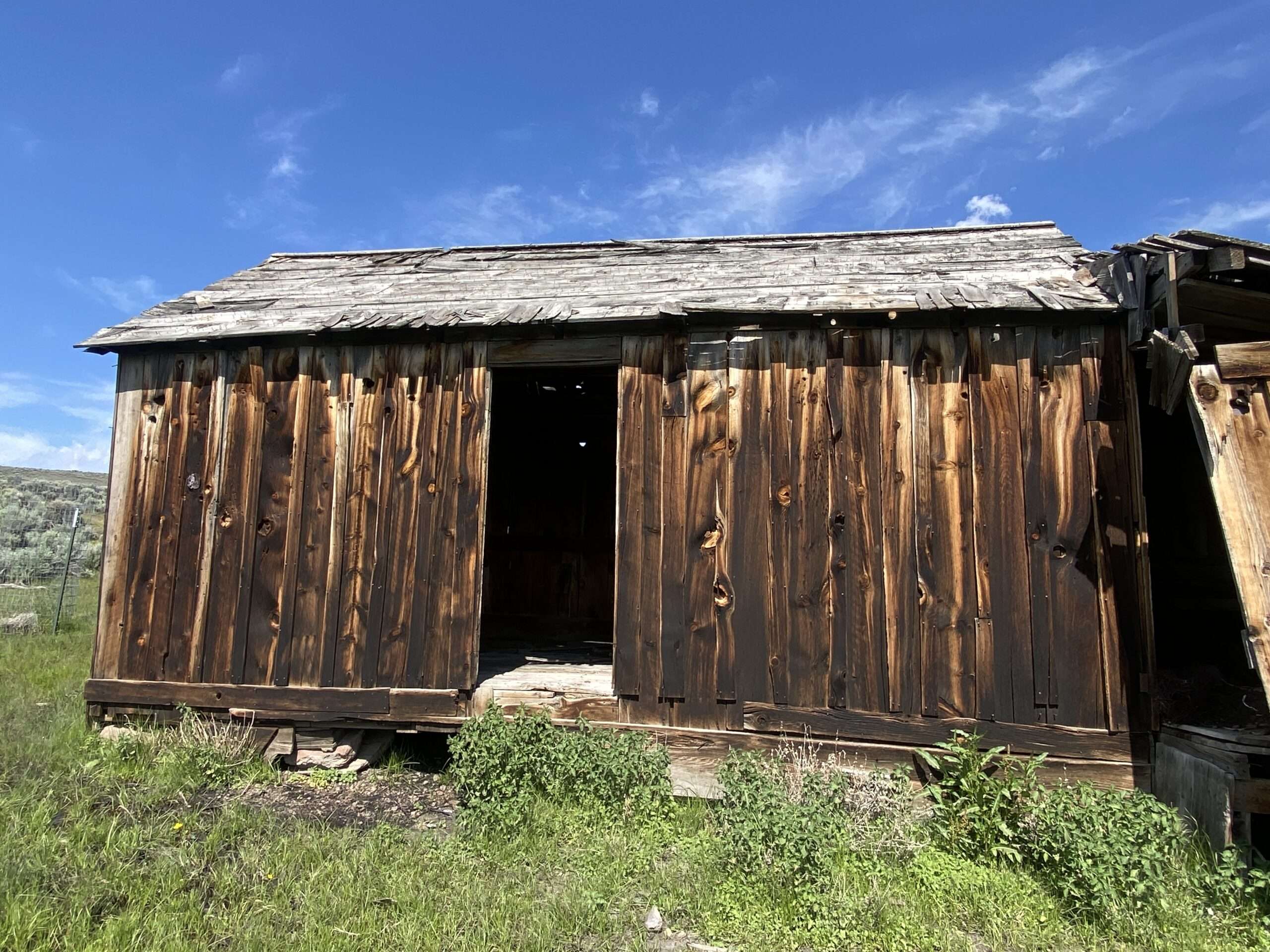
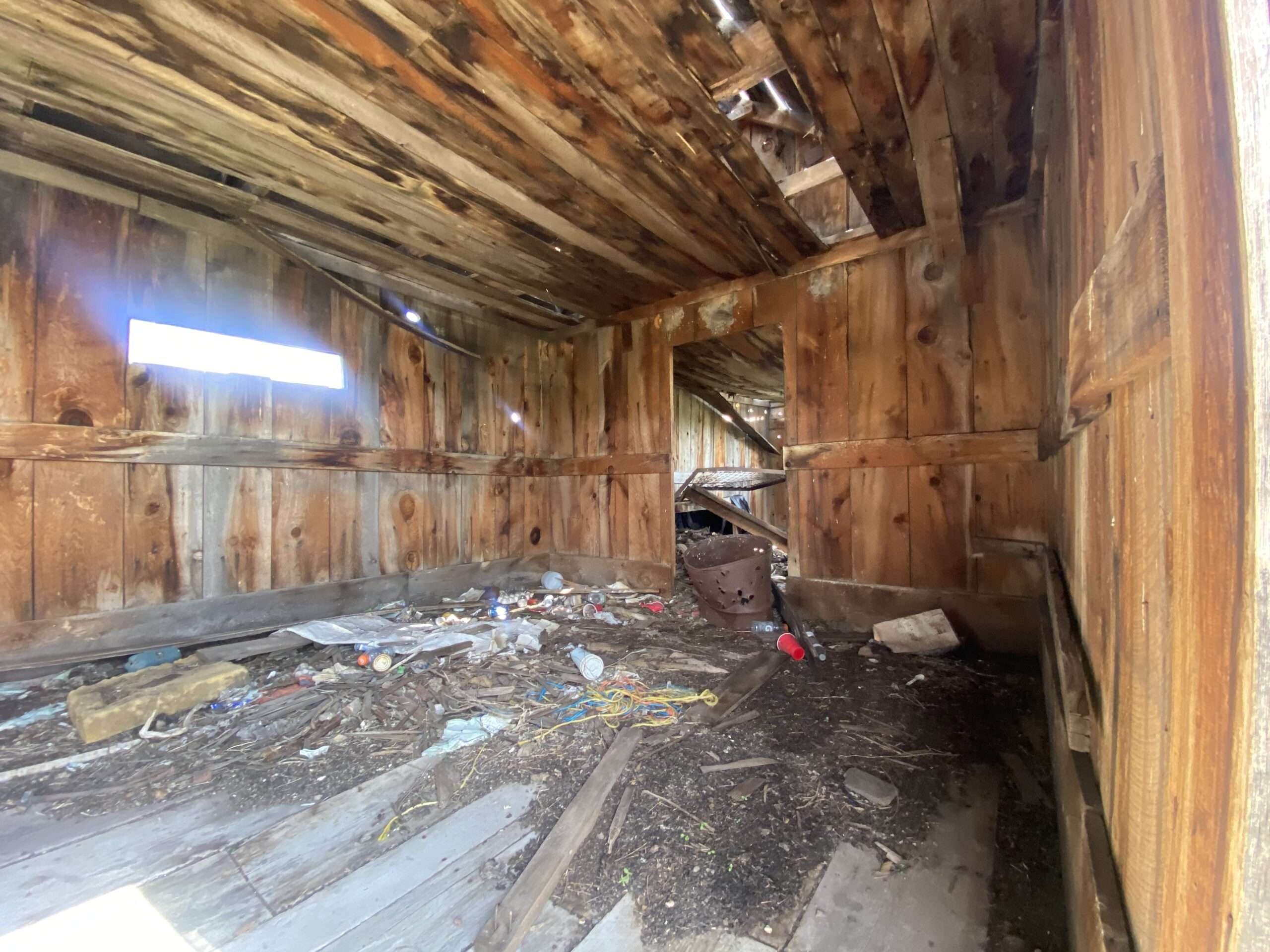

Sheep Shearing Corrals
Across from Hart Camp are the ruins of sheep shearing corrals.
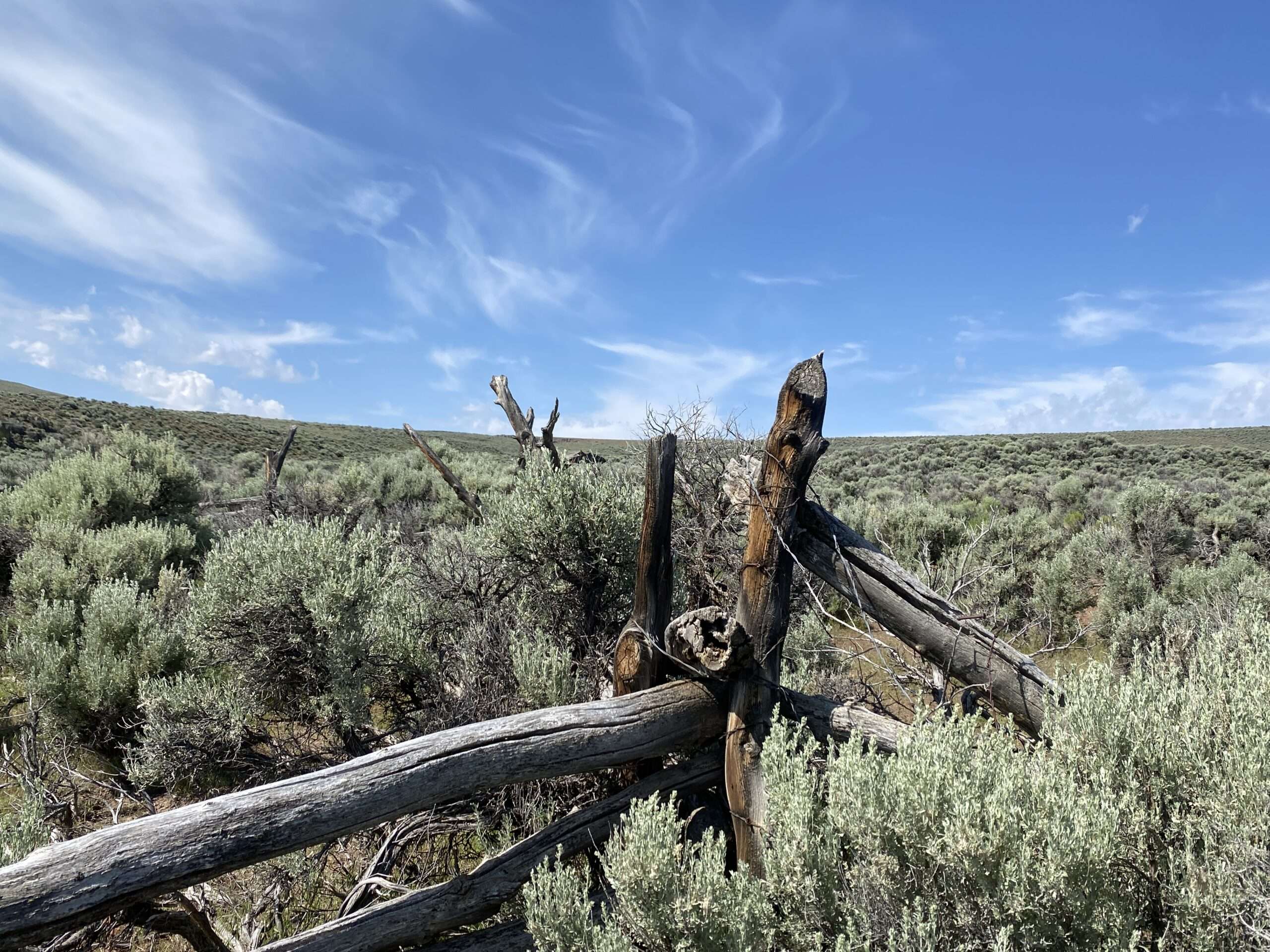
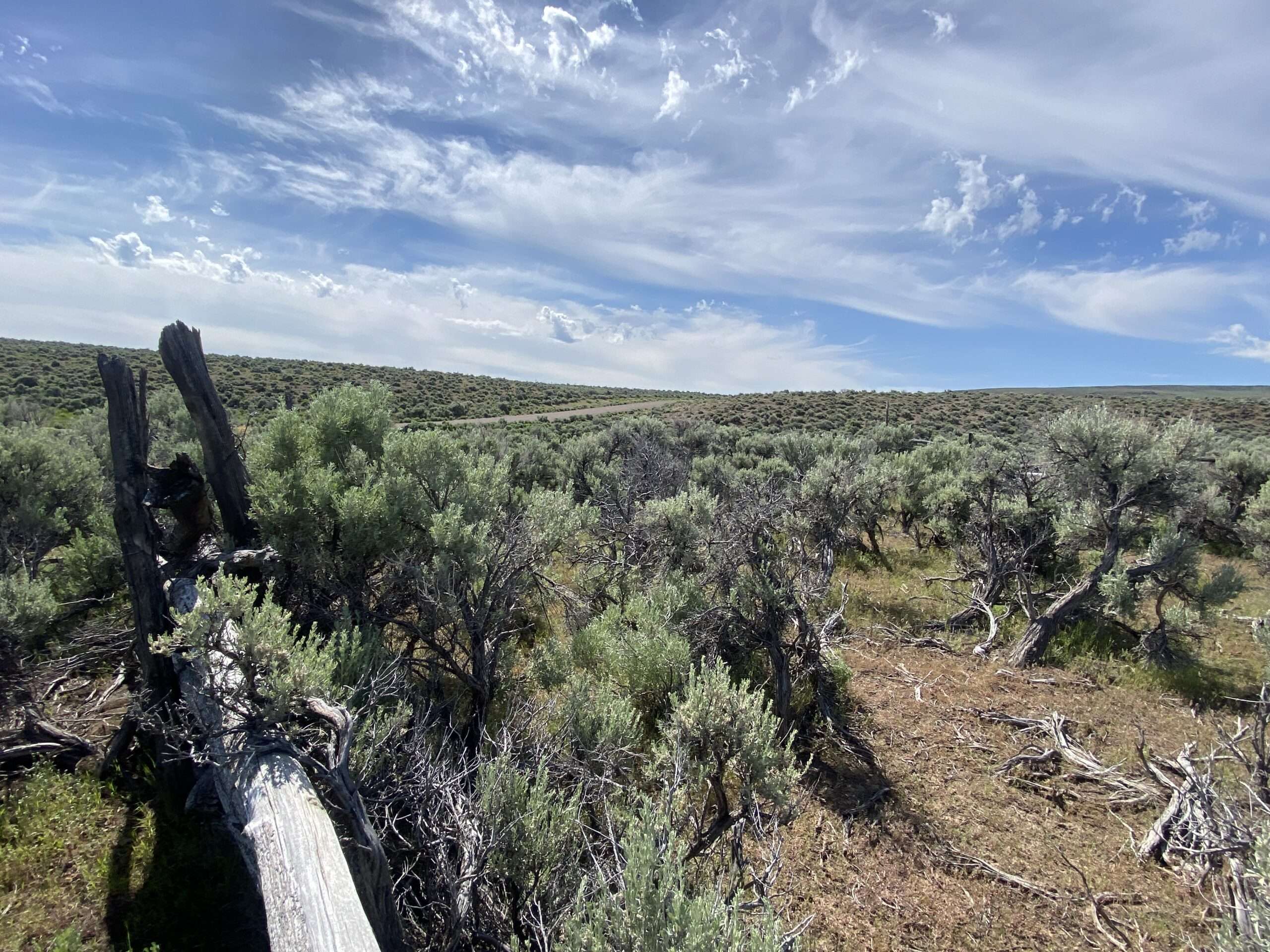
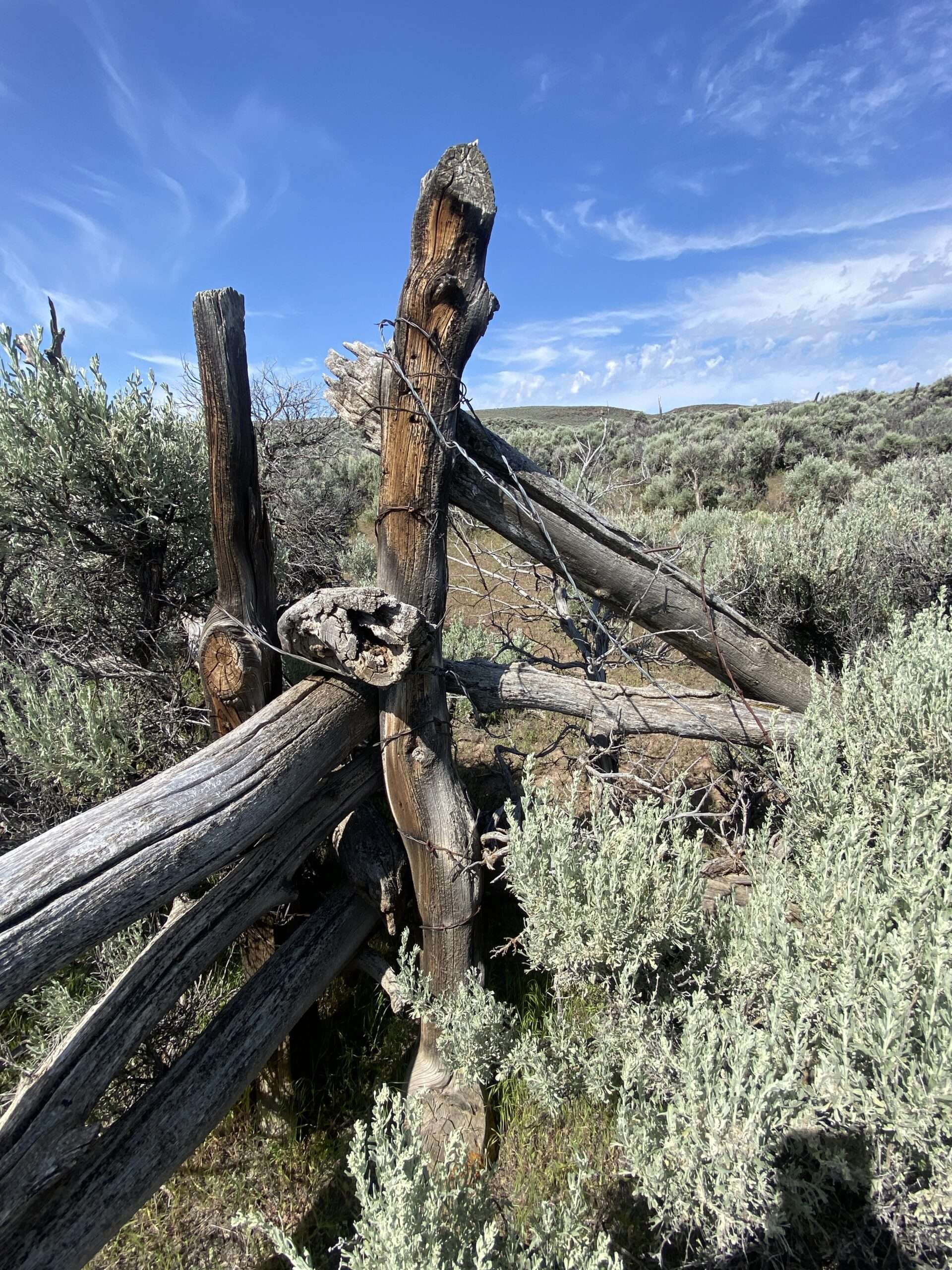
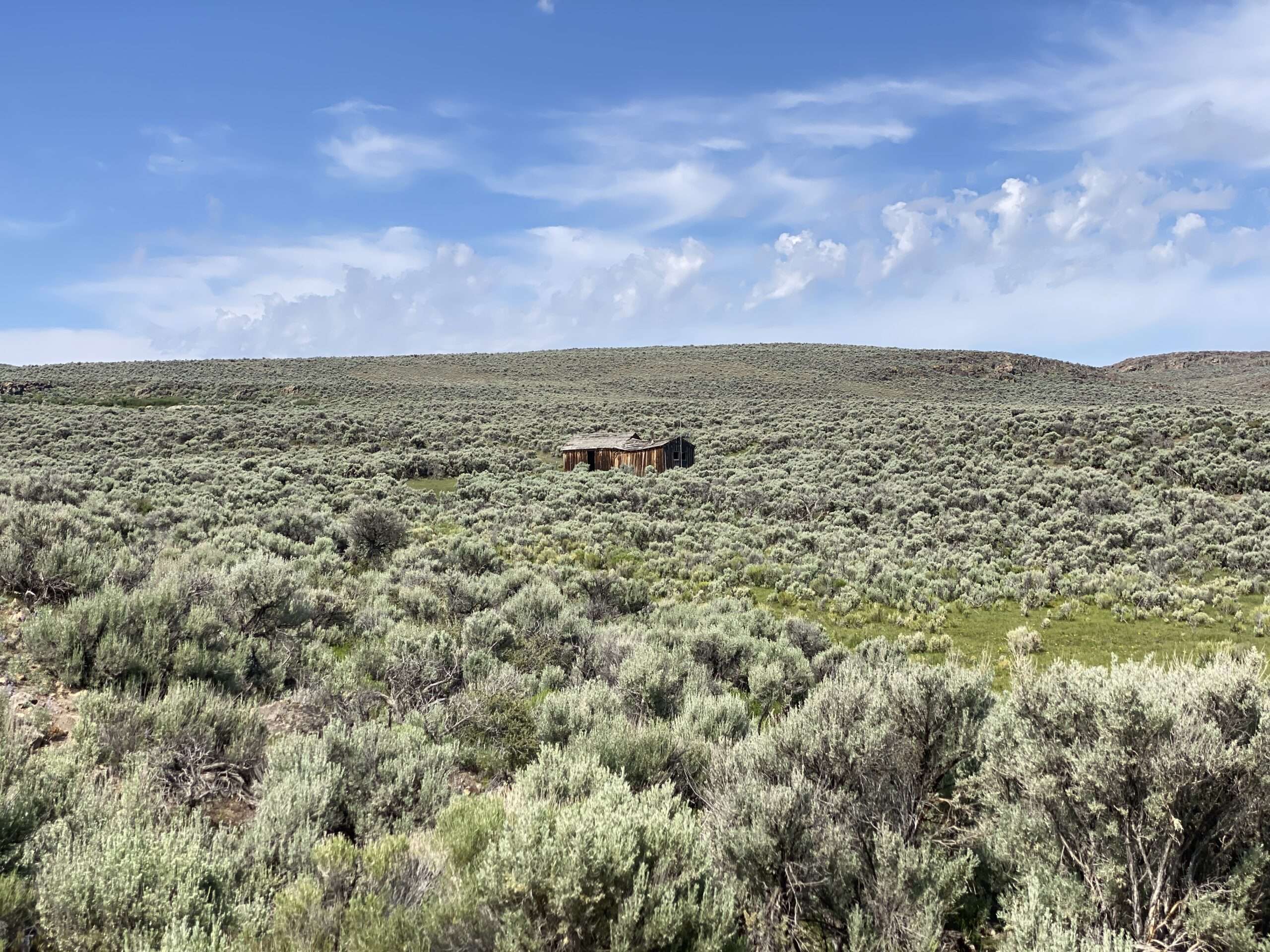

Denio Camp
William “Billie” Denio homesteaded in this remote location. It is known as Camp Denio and Billie Denio’s Place.

I love it when I find little treasures. I didn’t expect to find an old photo of Denio Camp, but I came across it at the Library of Congress. The title is “Camp Denio, 5 Miles From Scene of Murder, 1911.” The photo was part of a series depicting the Battle of Kelley Creek between Native Americans and law enforcement.
Gorgeous scenery, historic buildings and a murder? That is getting bumped to the top of new articles to write!
I got the article done. Learn more about Denio Camp.
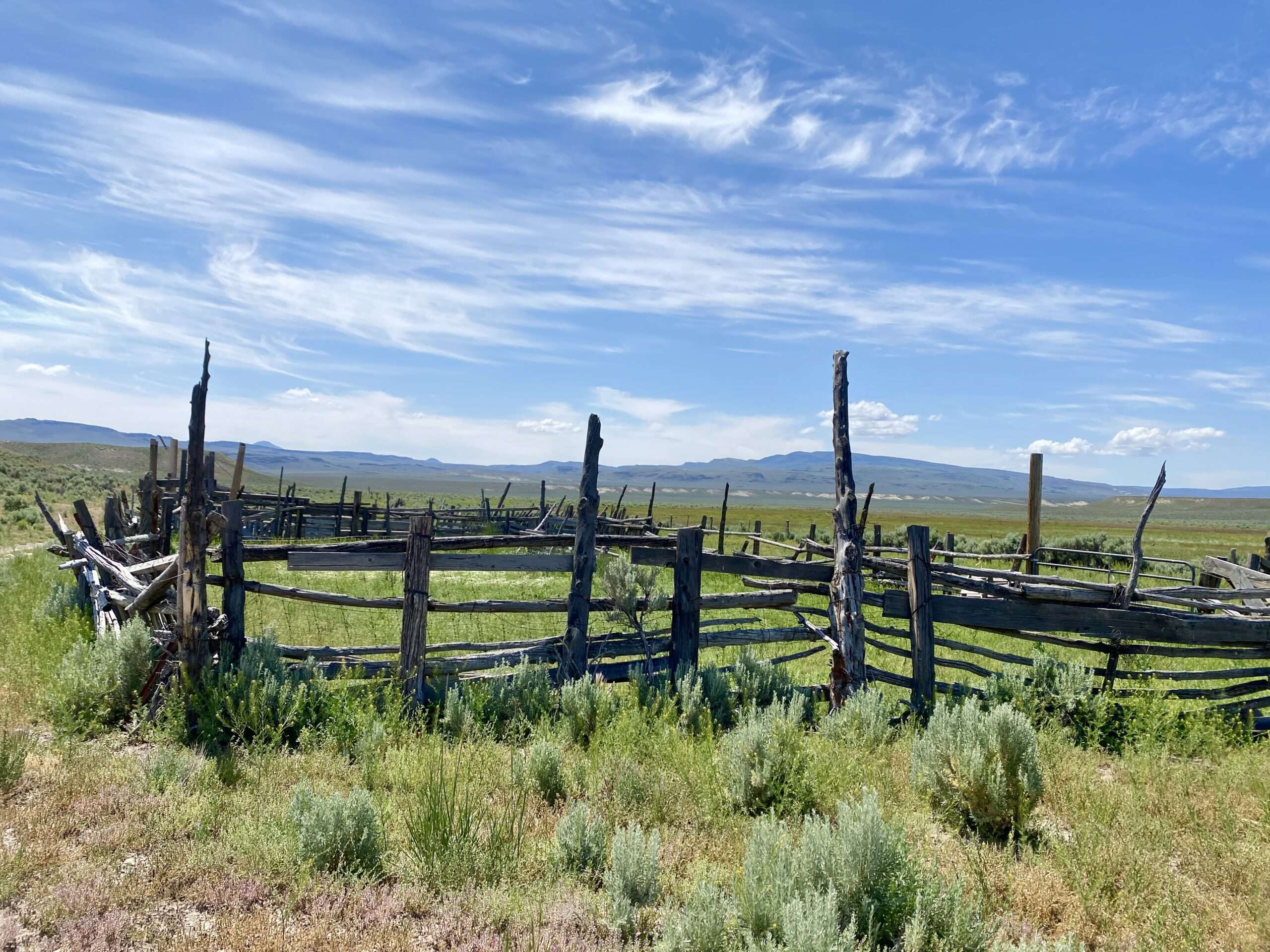
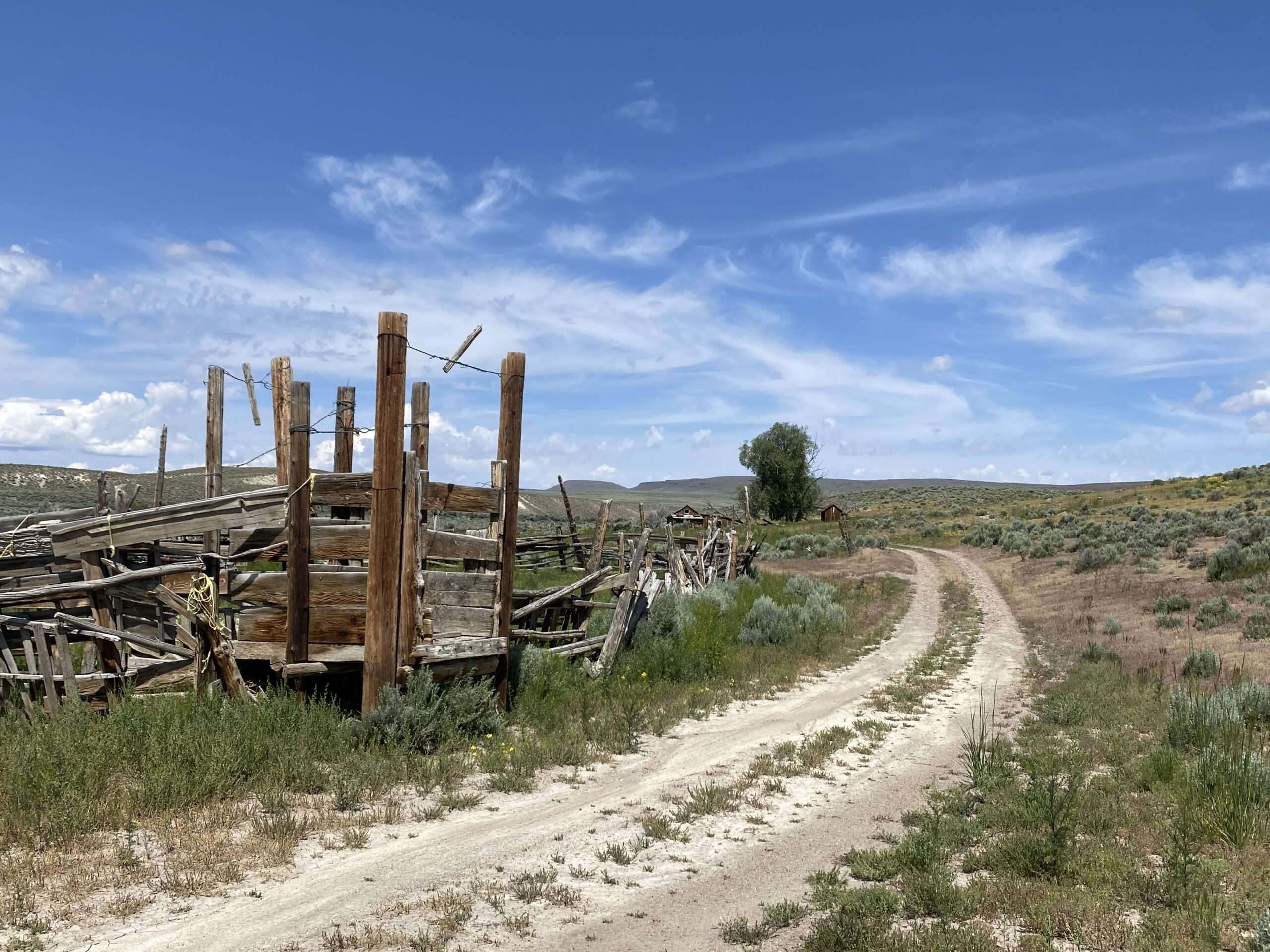
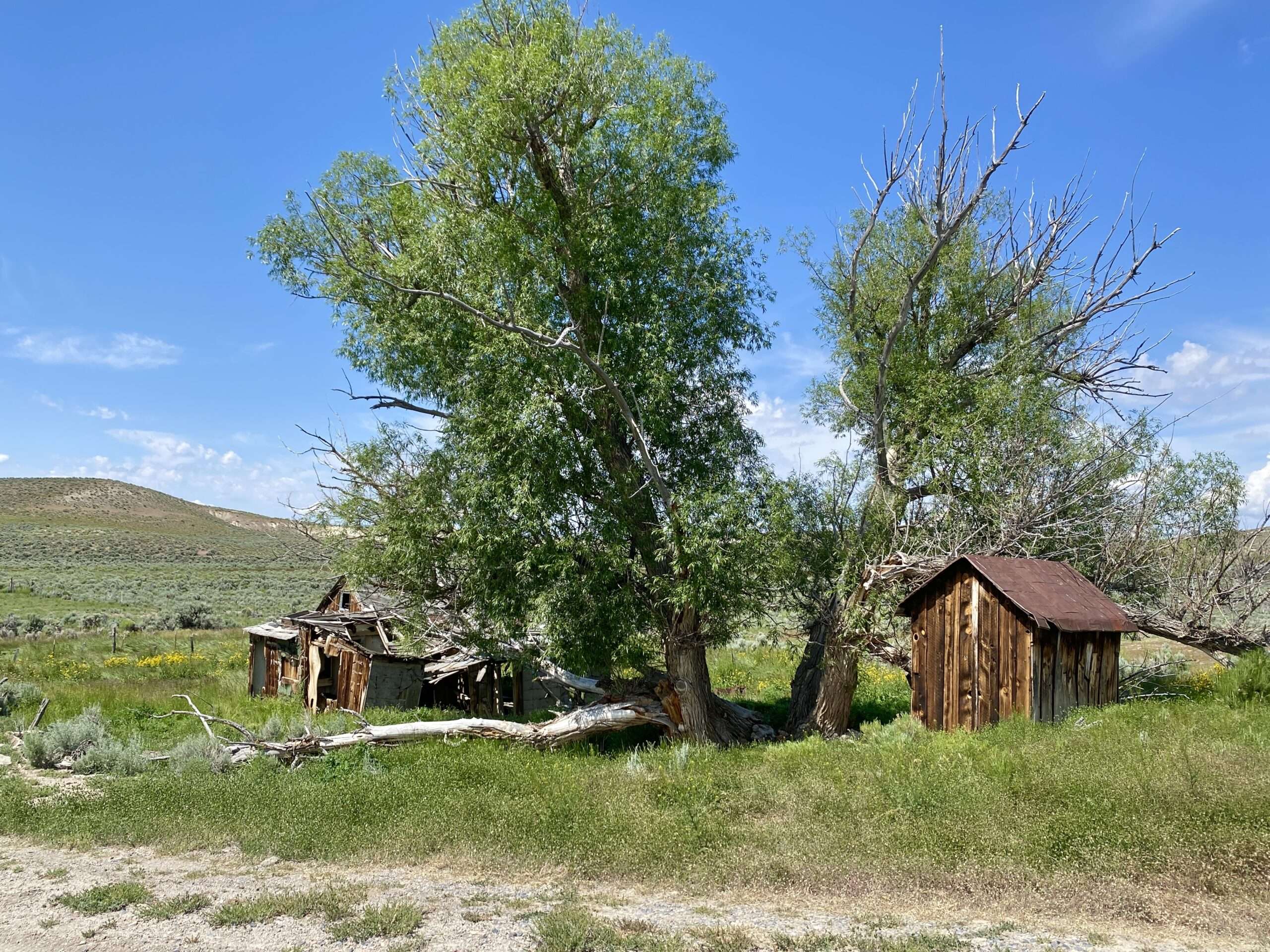
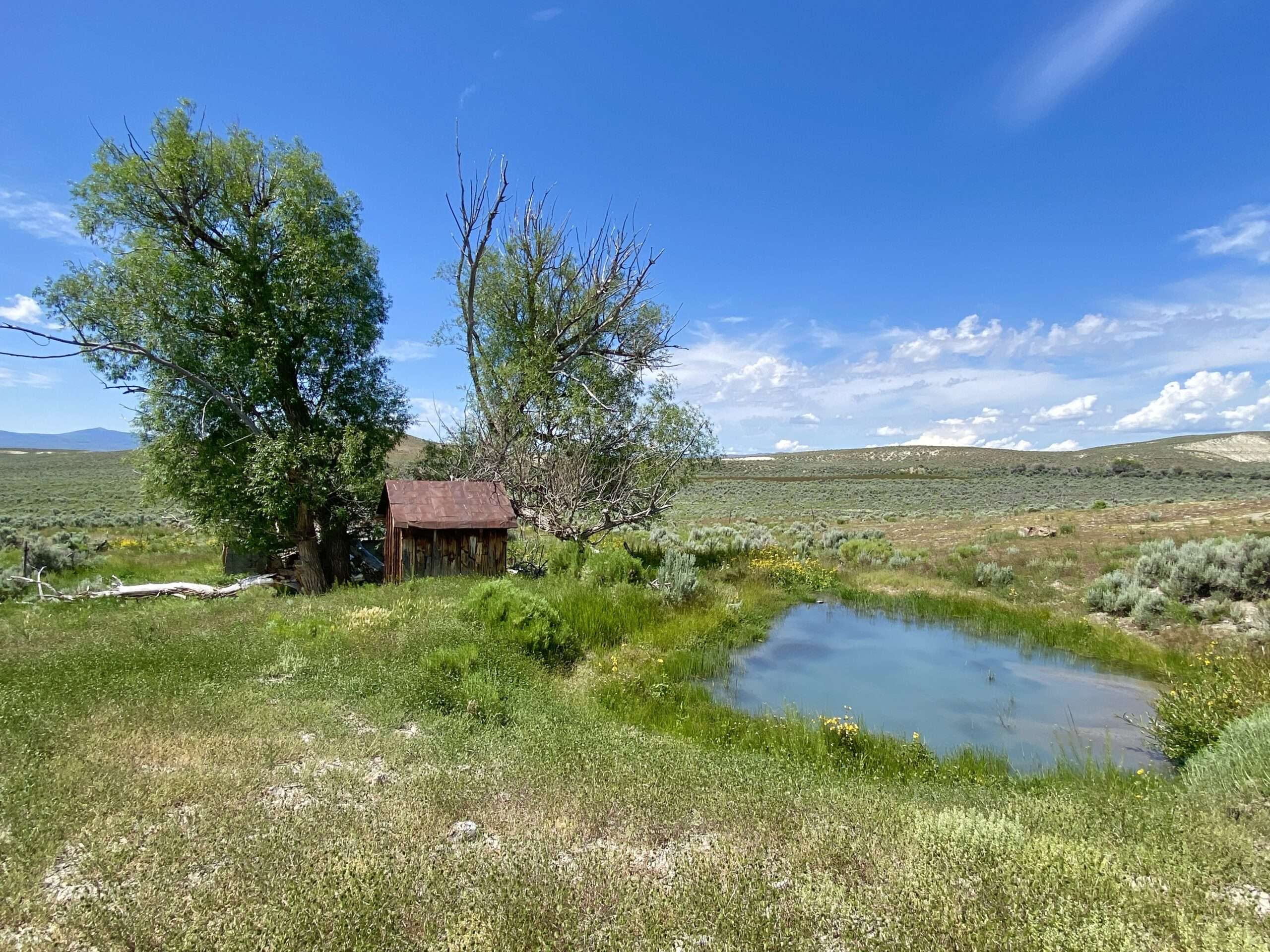
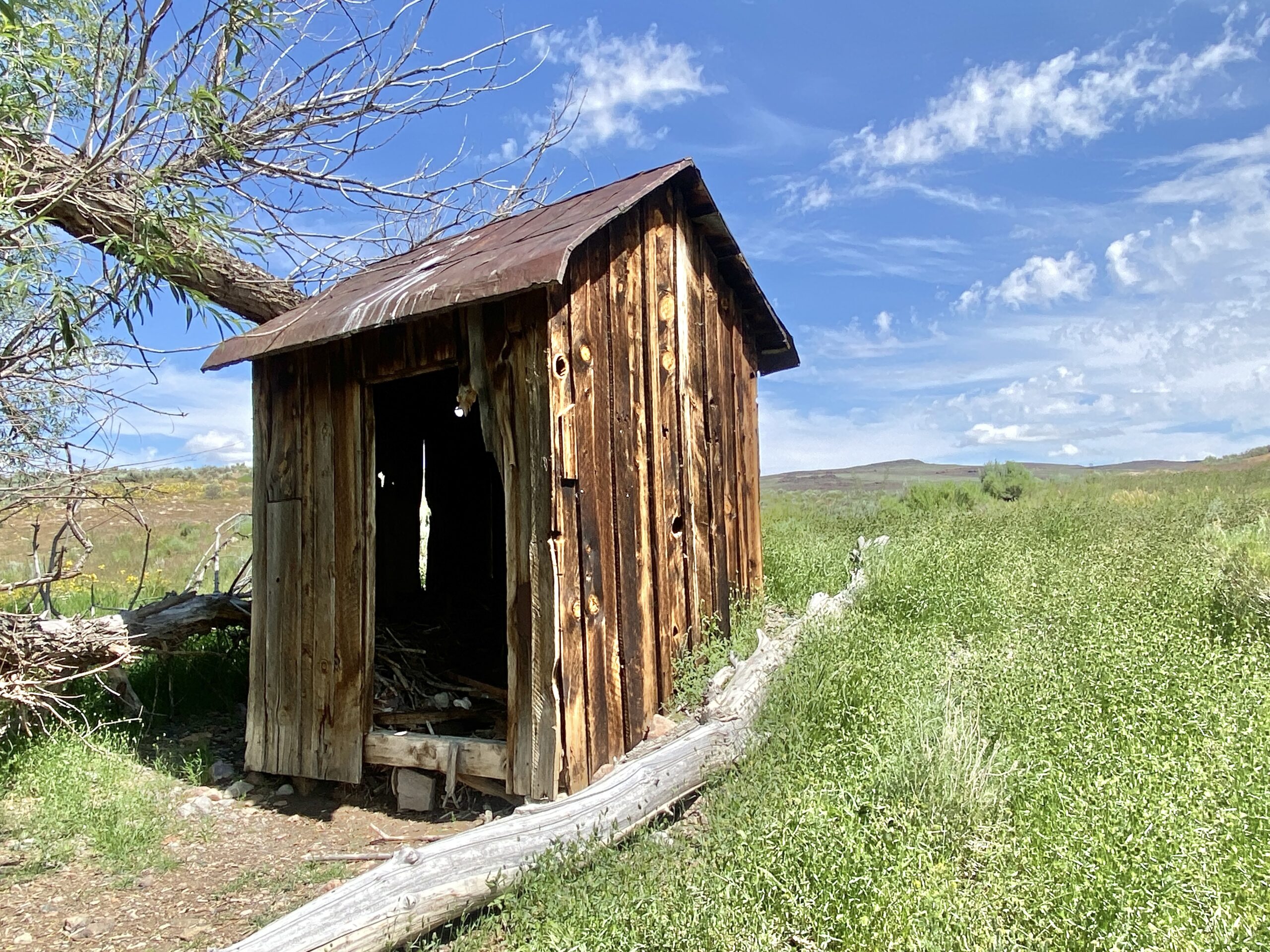

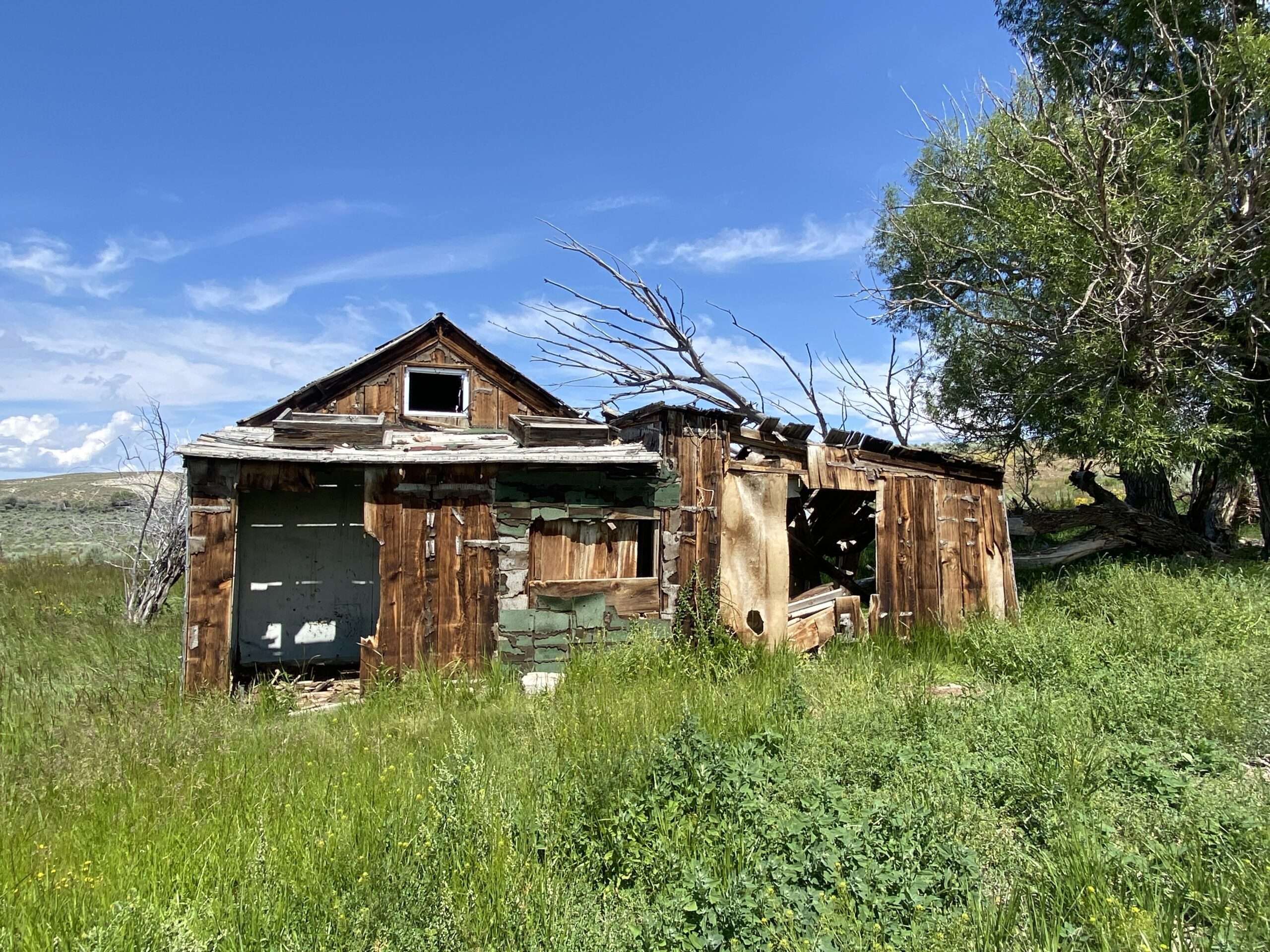
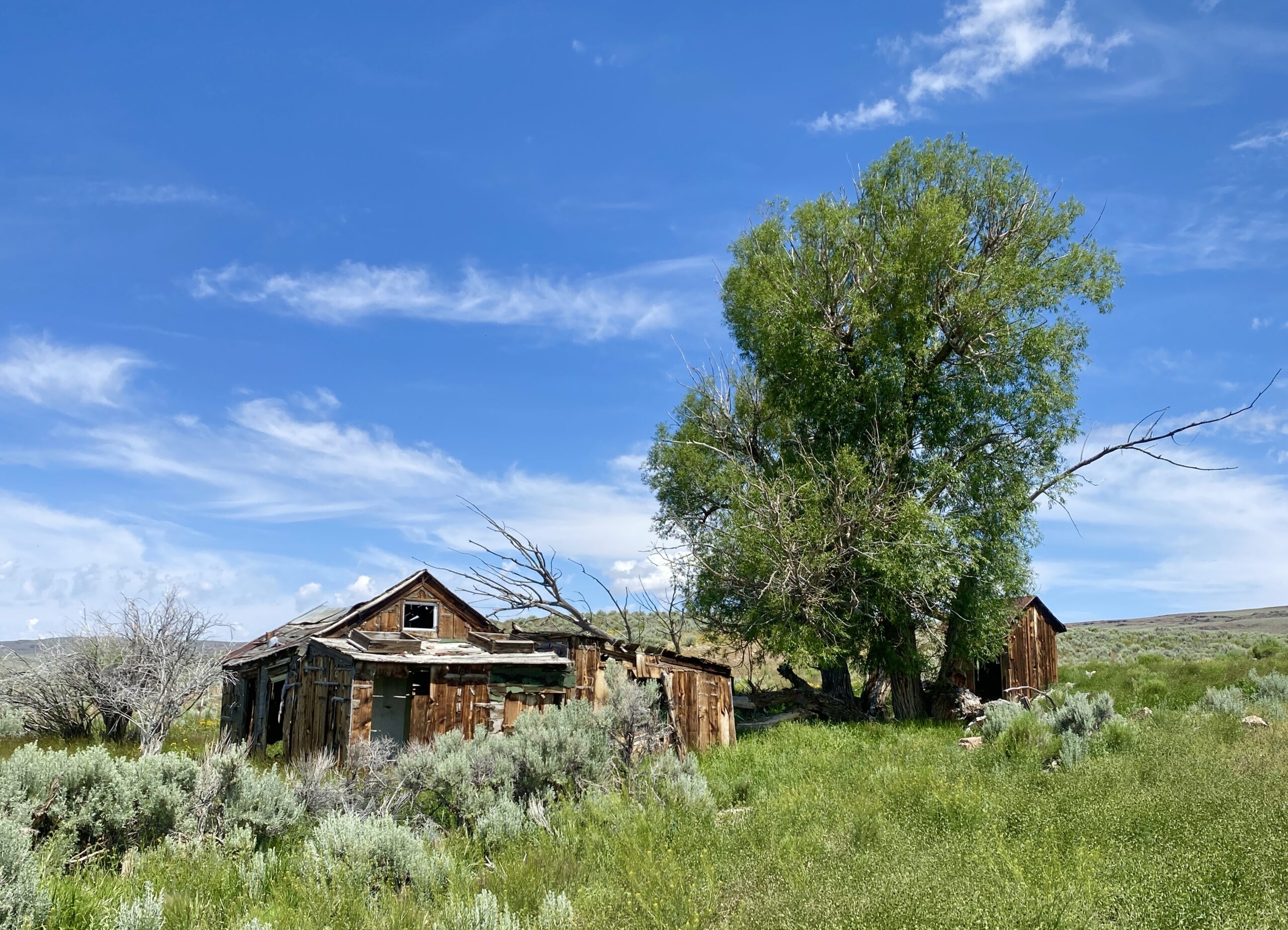

(Photo credit: Library of Congress)
Woodruff Camp
We couldn’t make up the road to Woodruff Camp, so we sent in the drones. The dugout cabin sits over Little High Rock Reservoir. I had fun playing with the wildflowers.
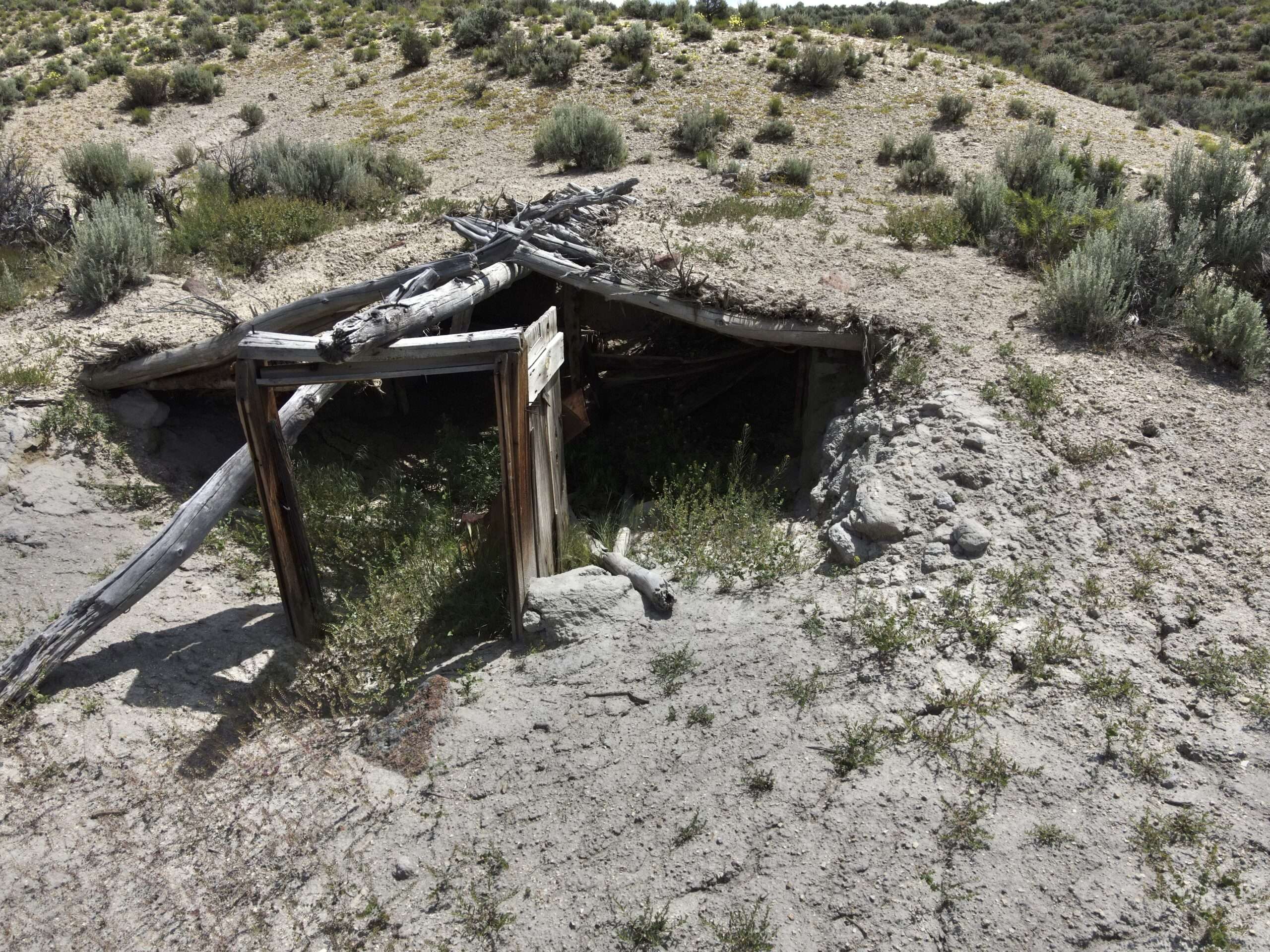
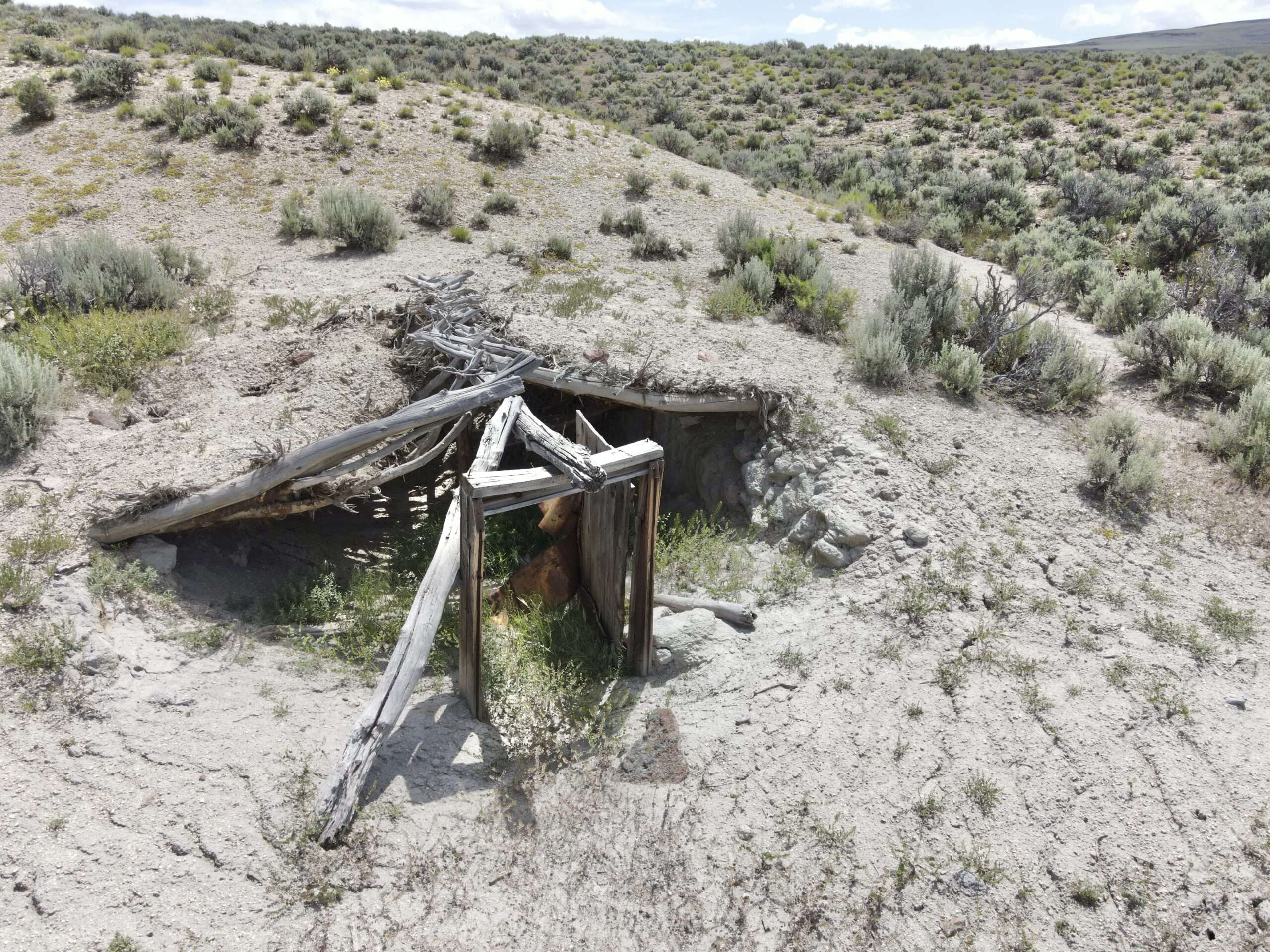
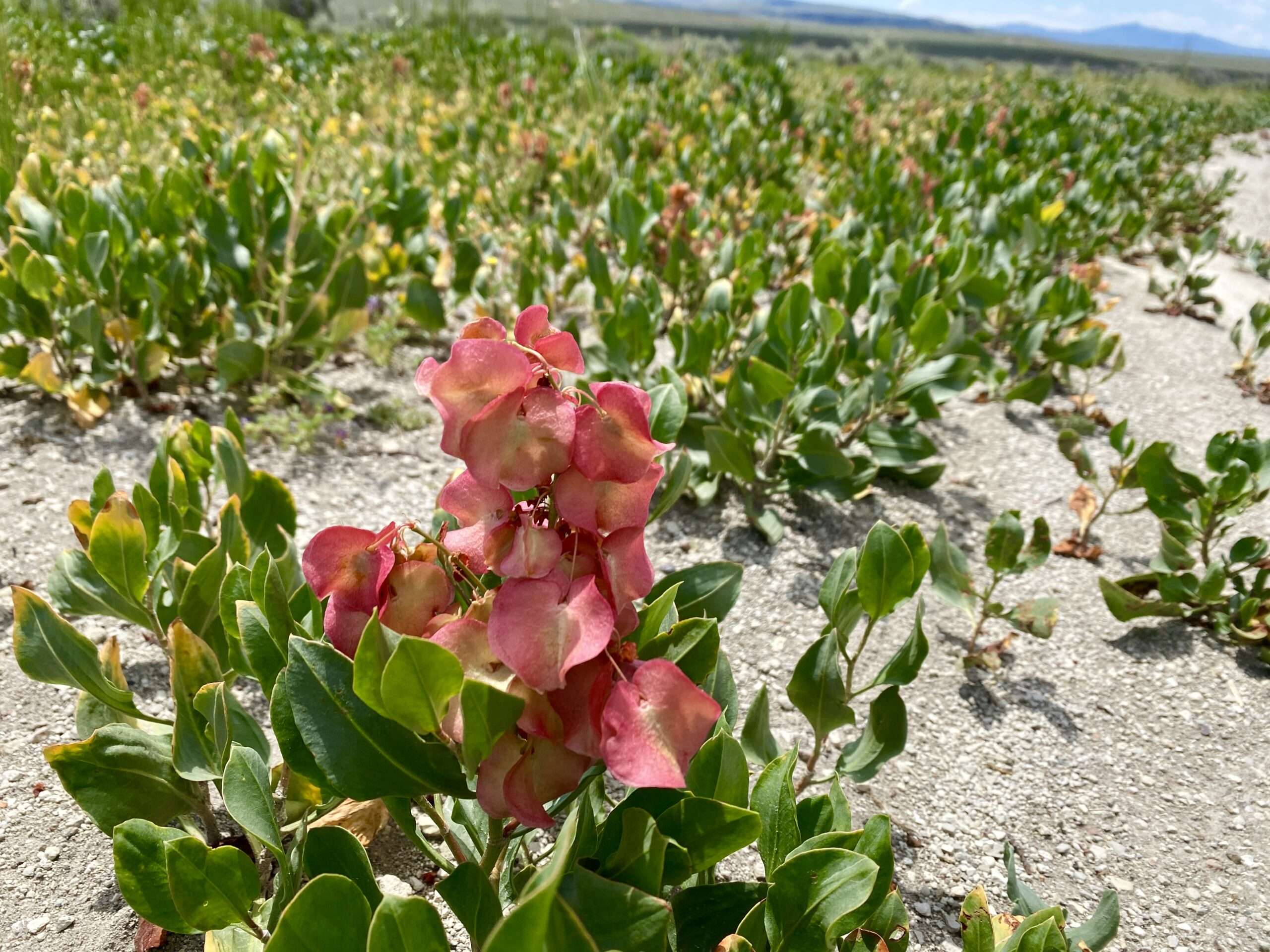
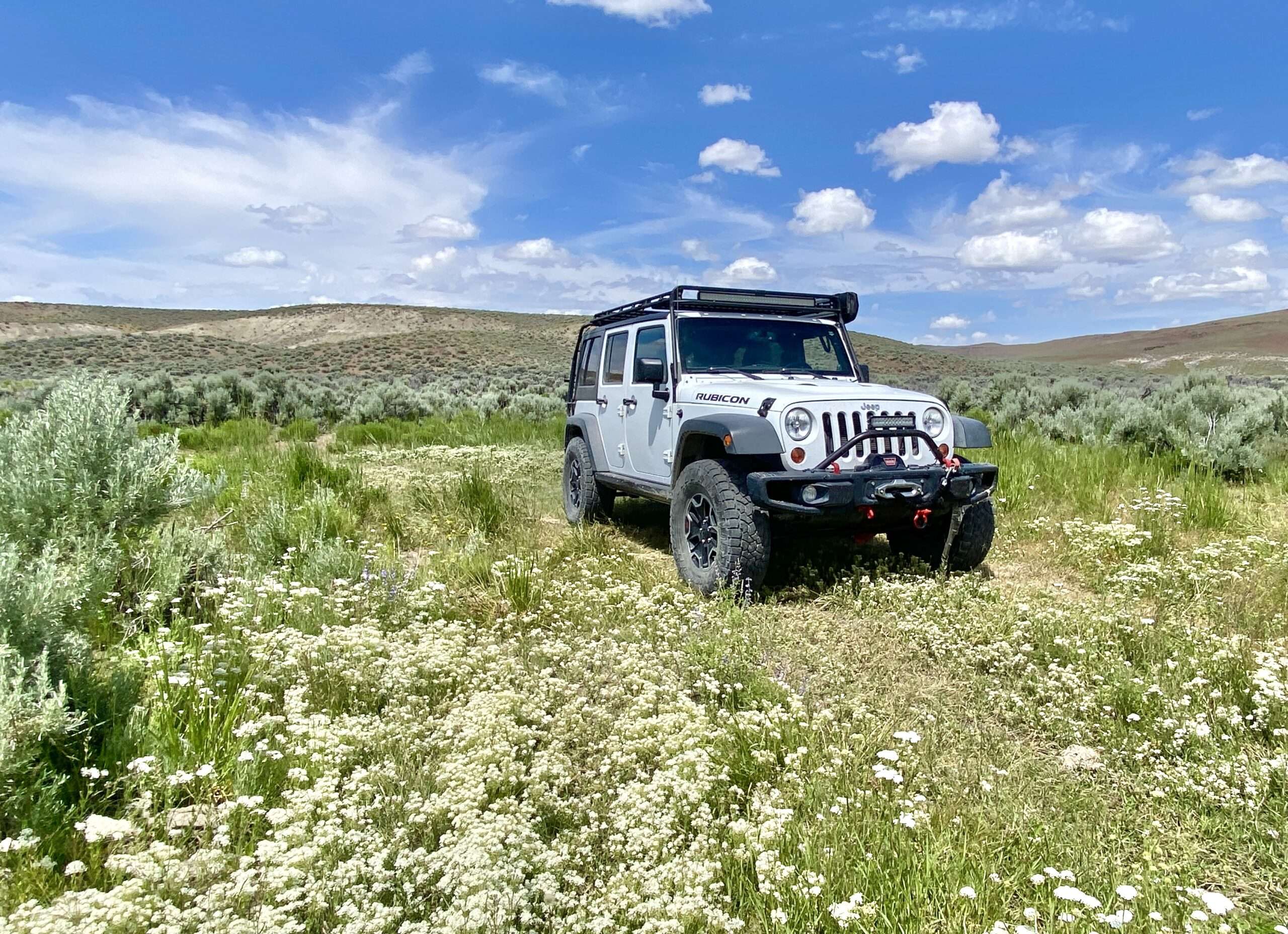
Swedes Place
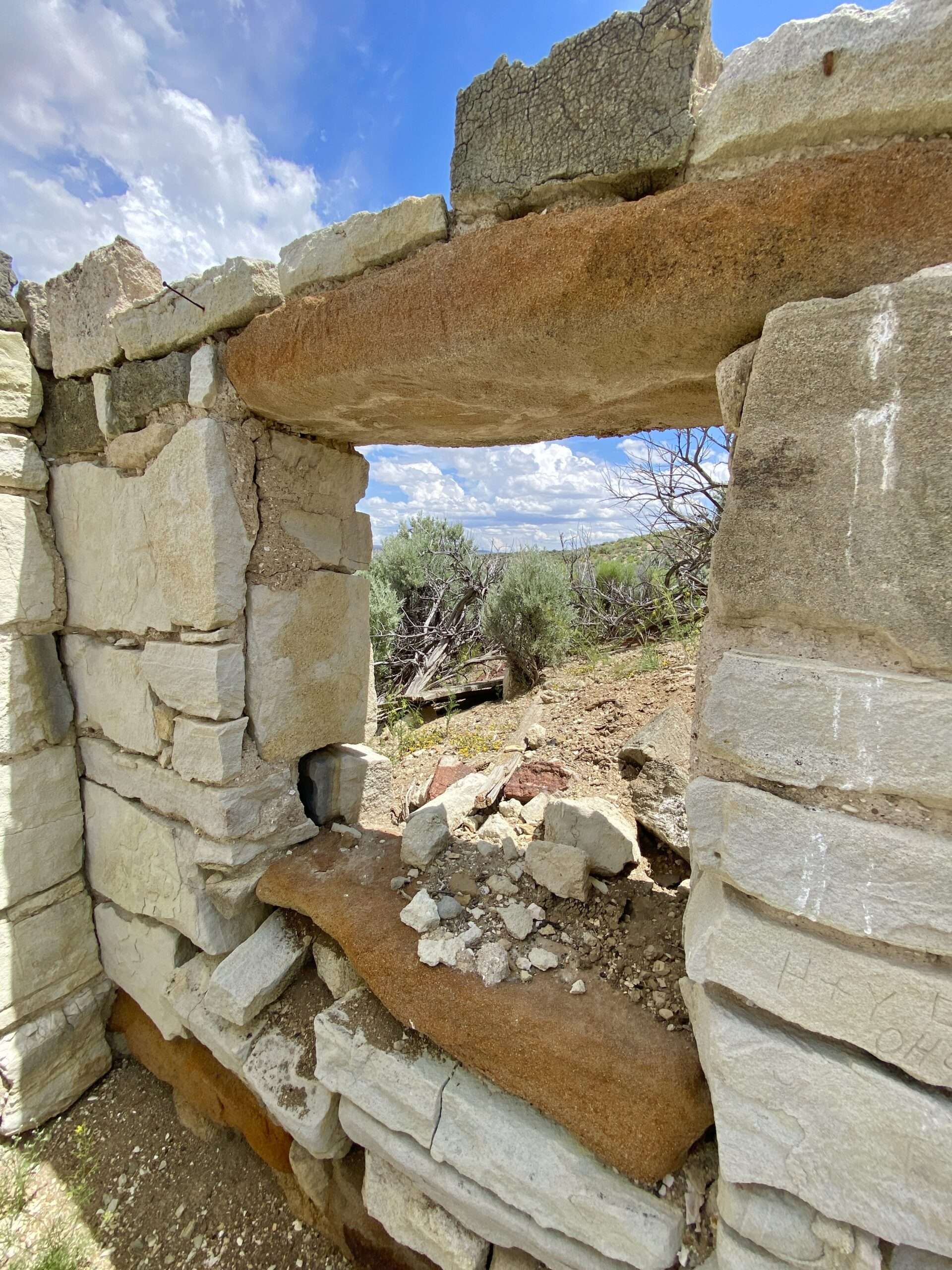
The remote rock structure shows up on maps, but I’m not finding much information.
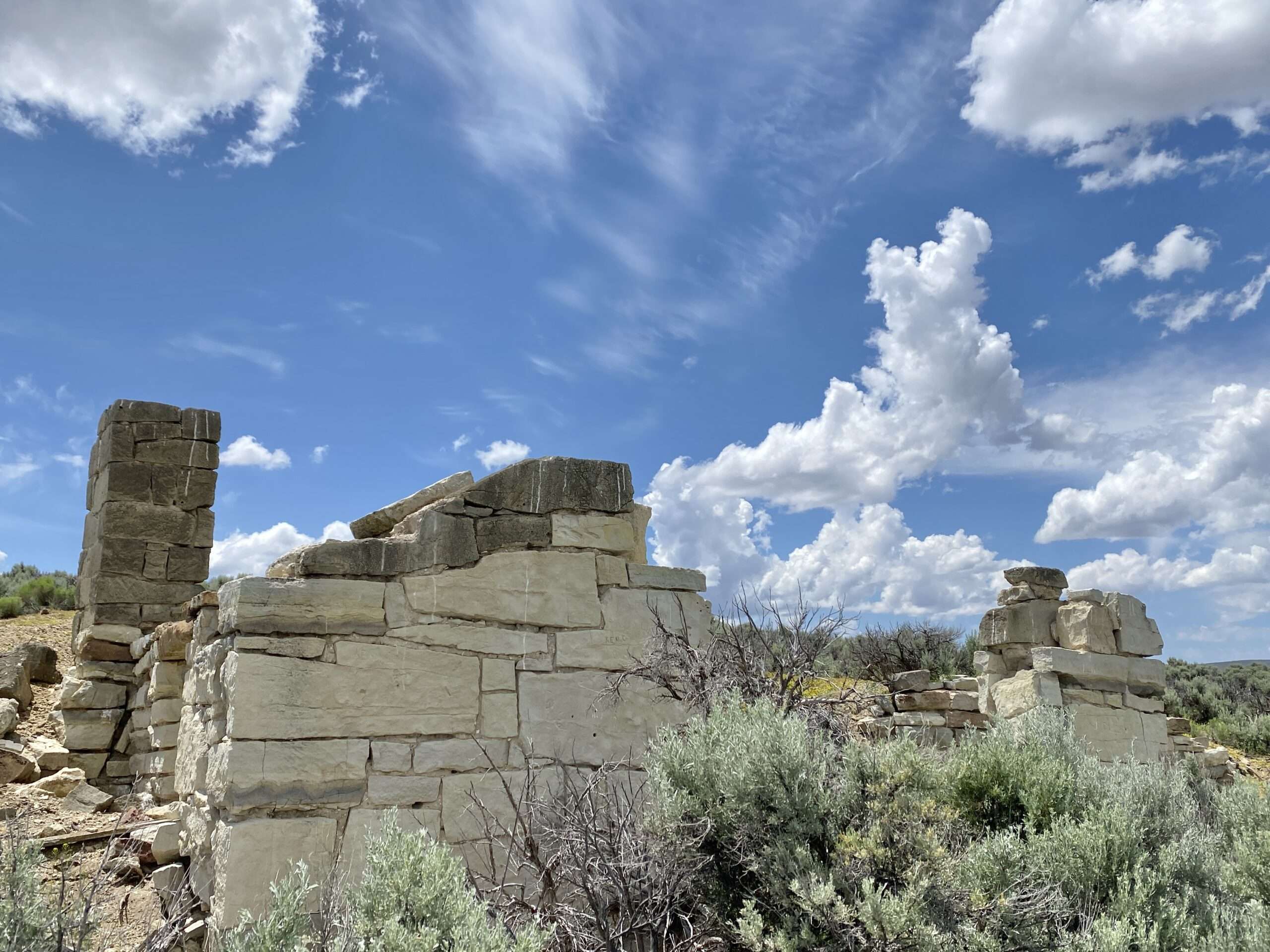
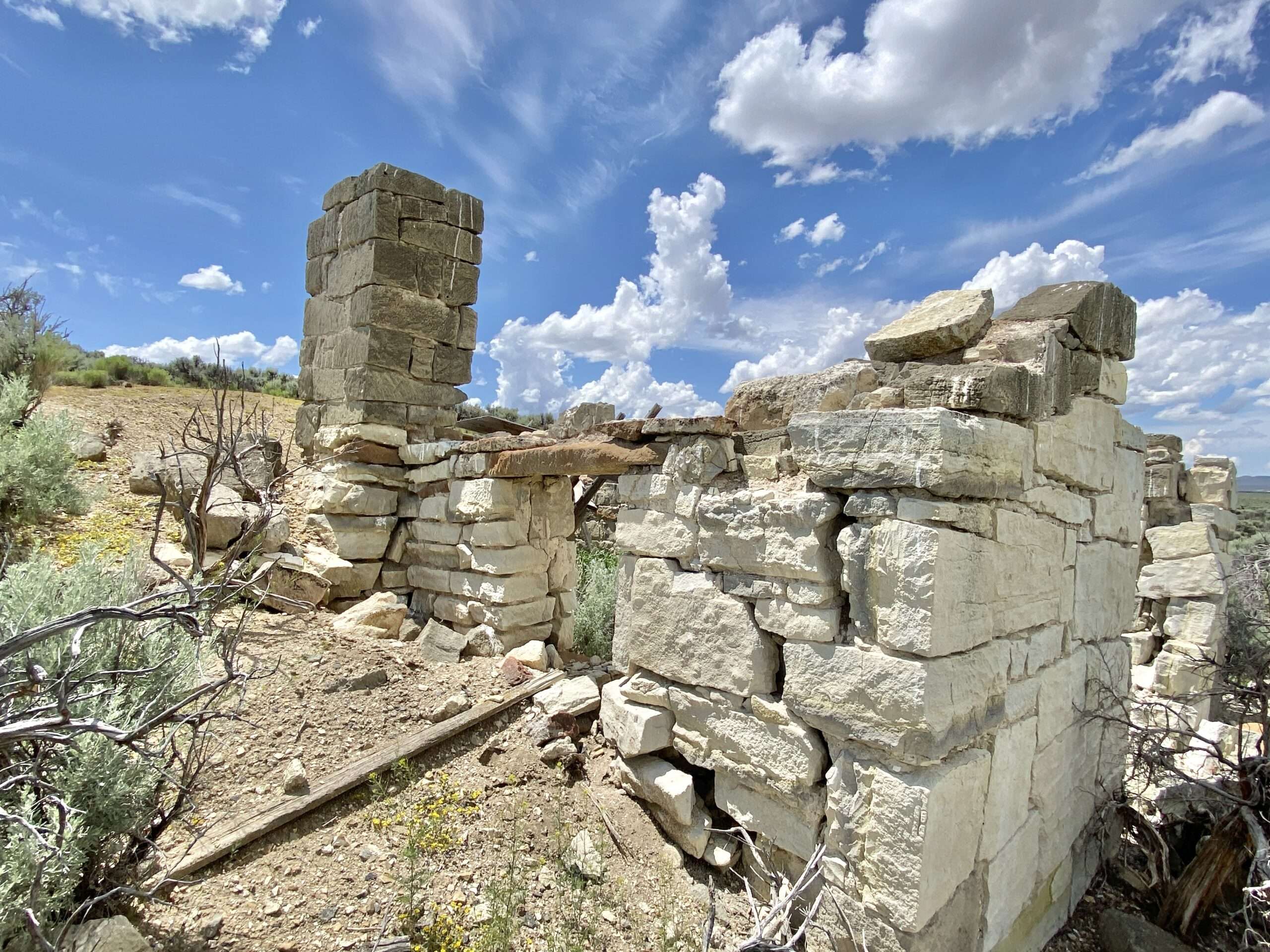
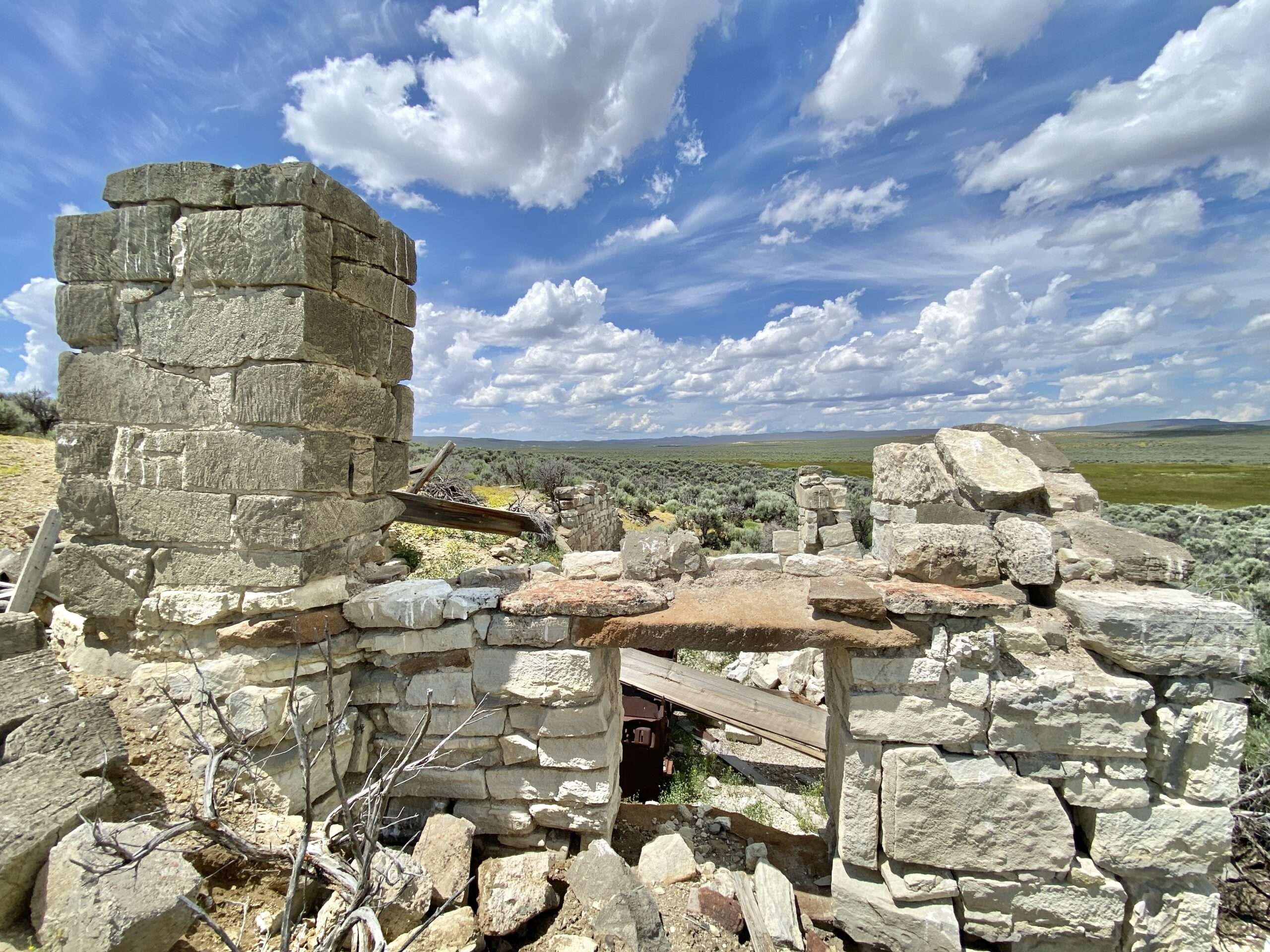

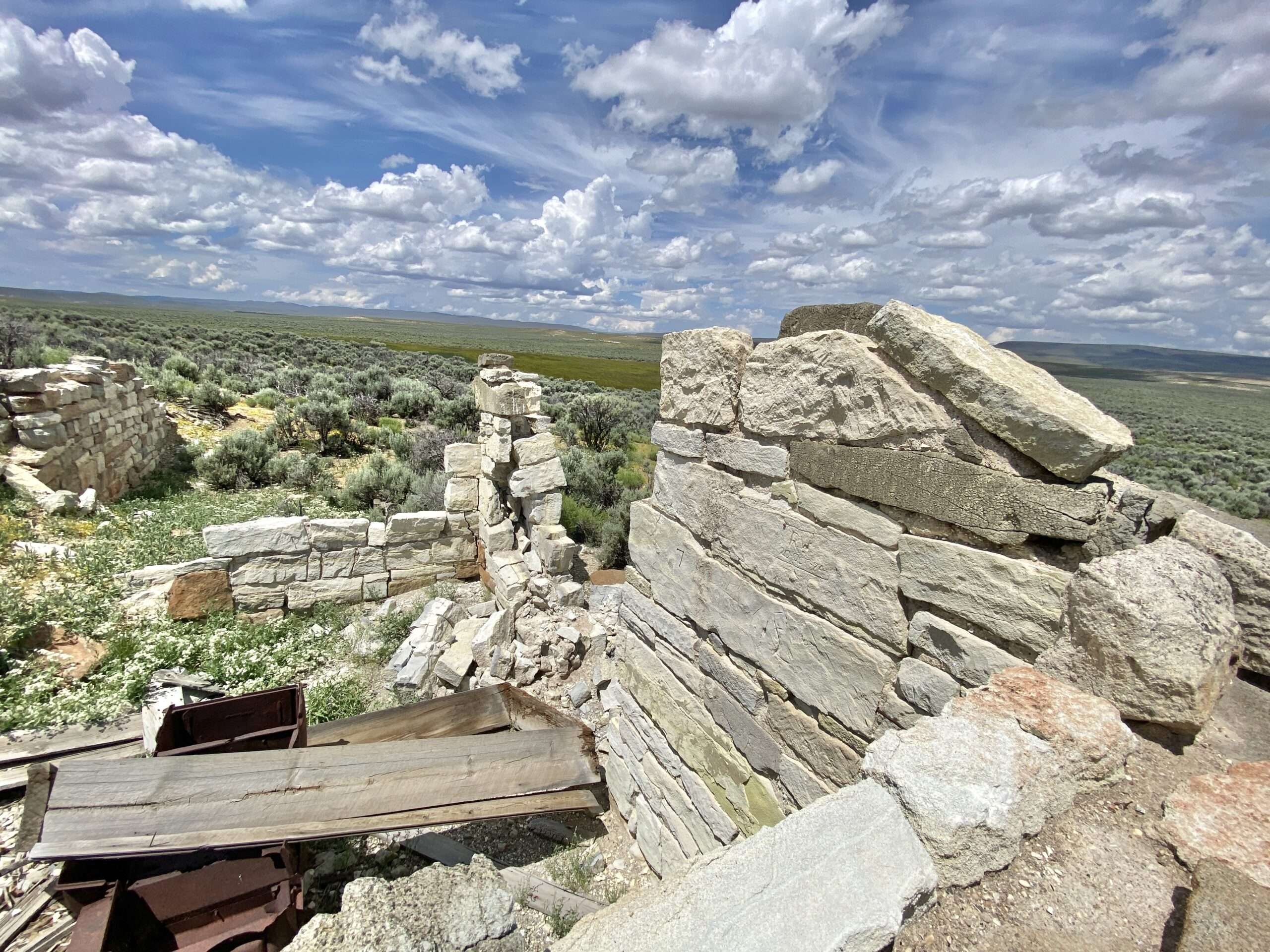
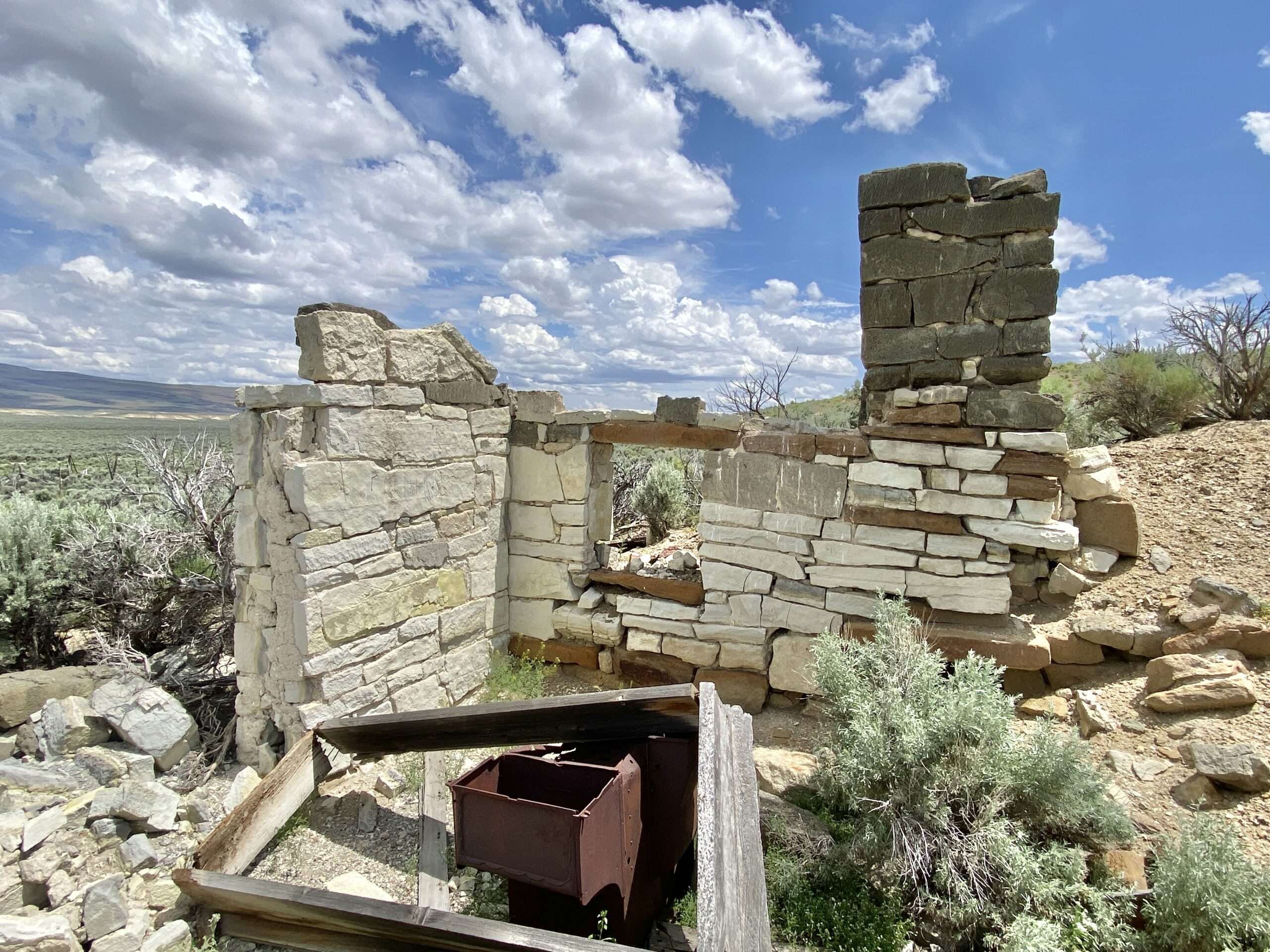
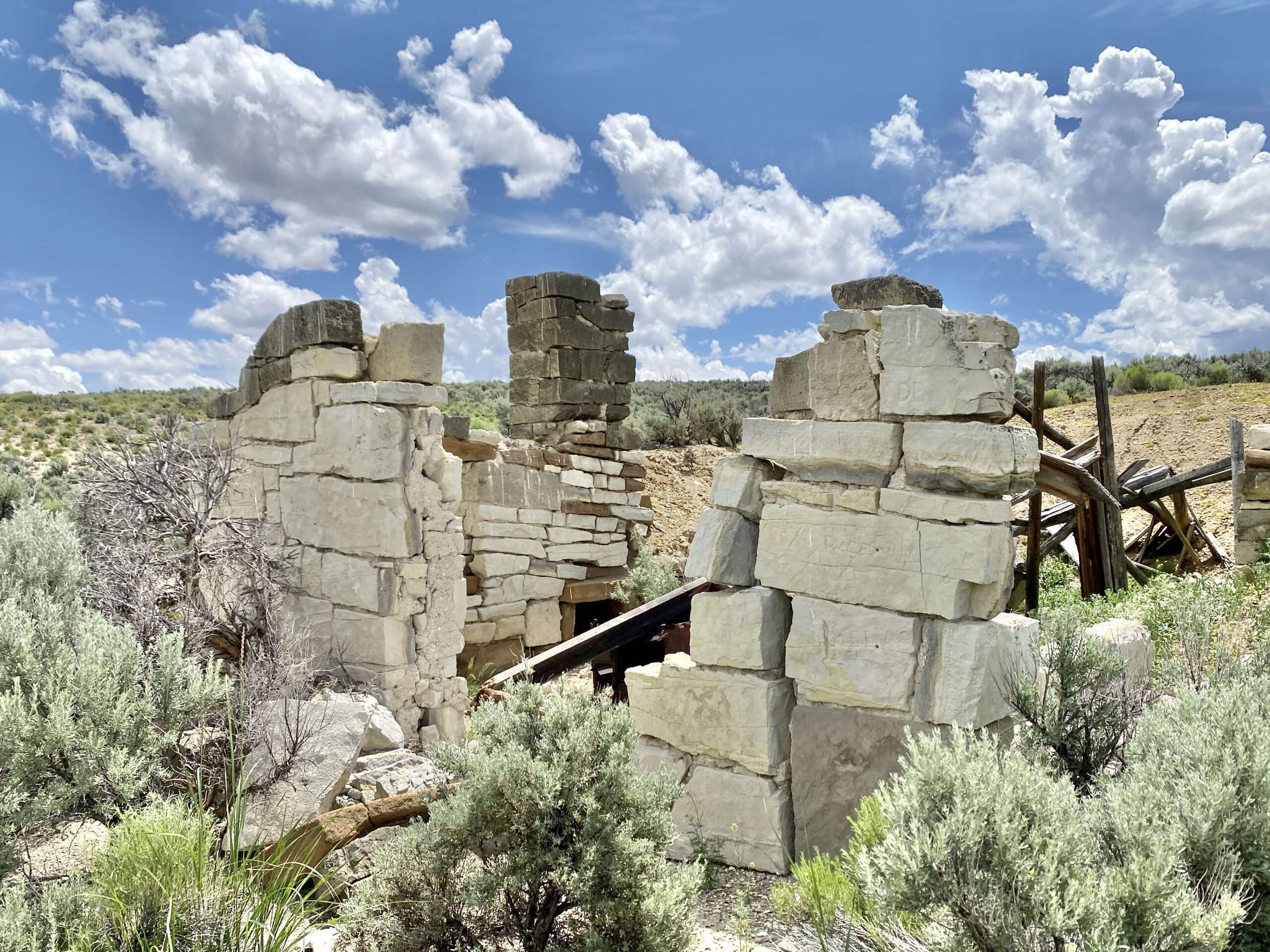
George W. Lund Petrified Forest
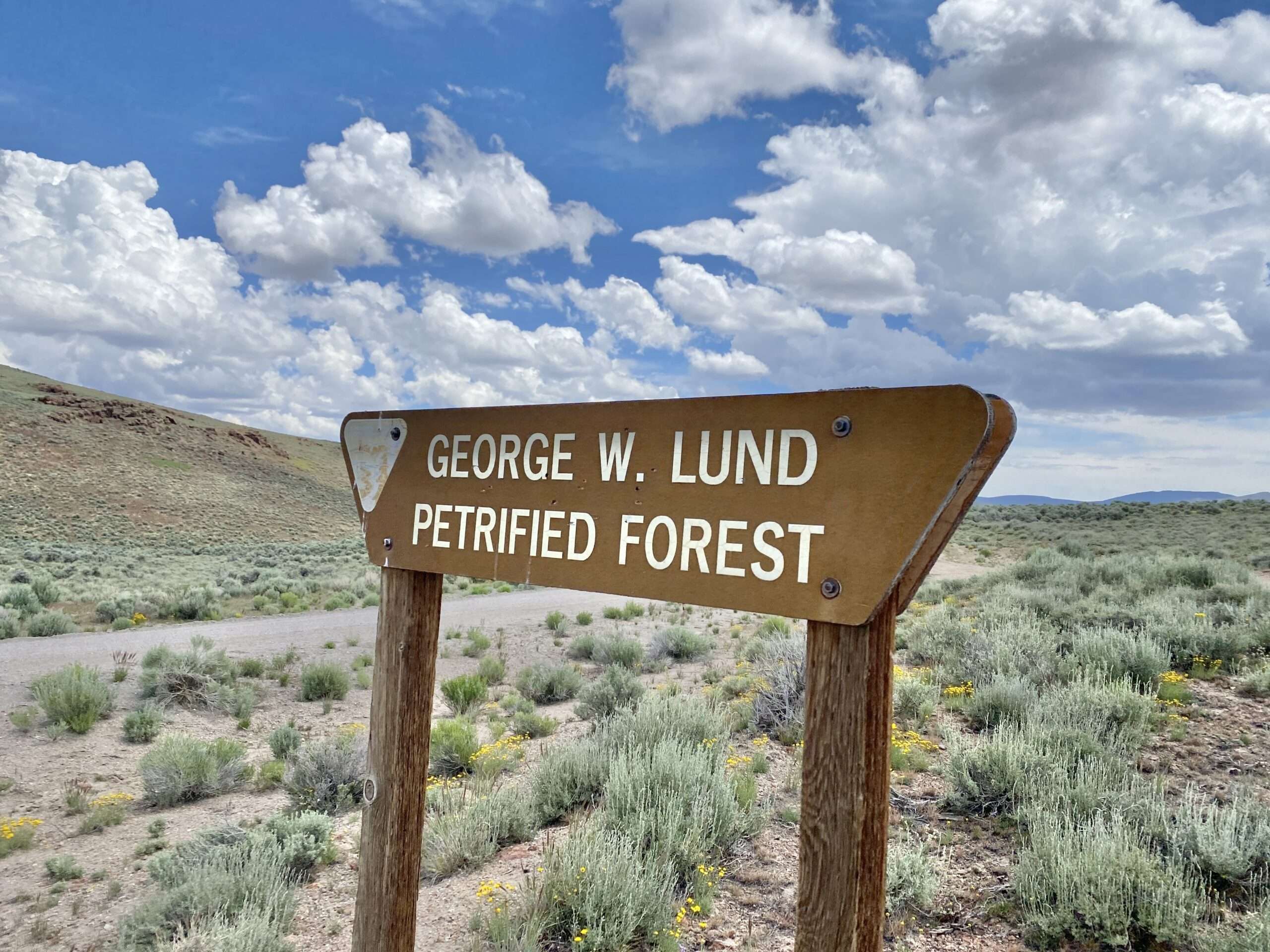
The fossilized stumps were originally known as Leadville Petrified Forest. They were renamed to honor George W. Lund in 1965. Lund fought to preserve this unique feature.


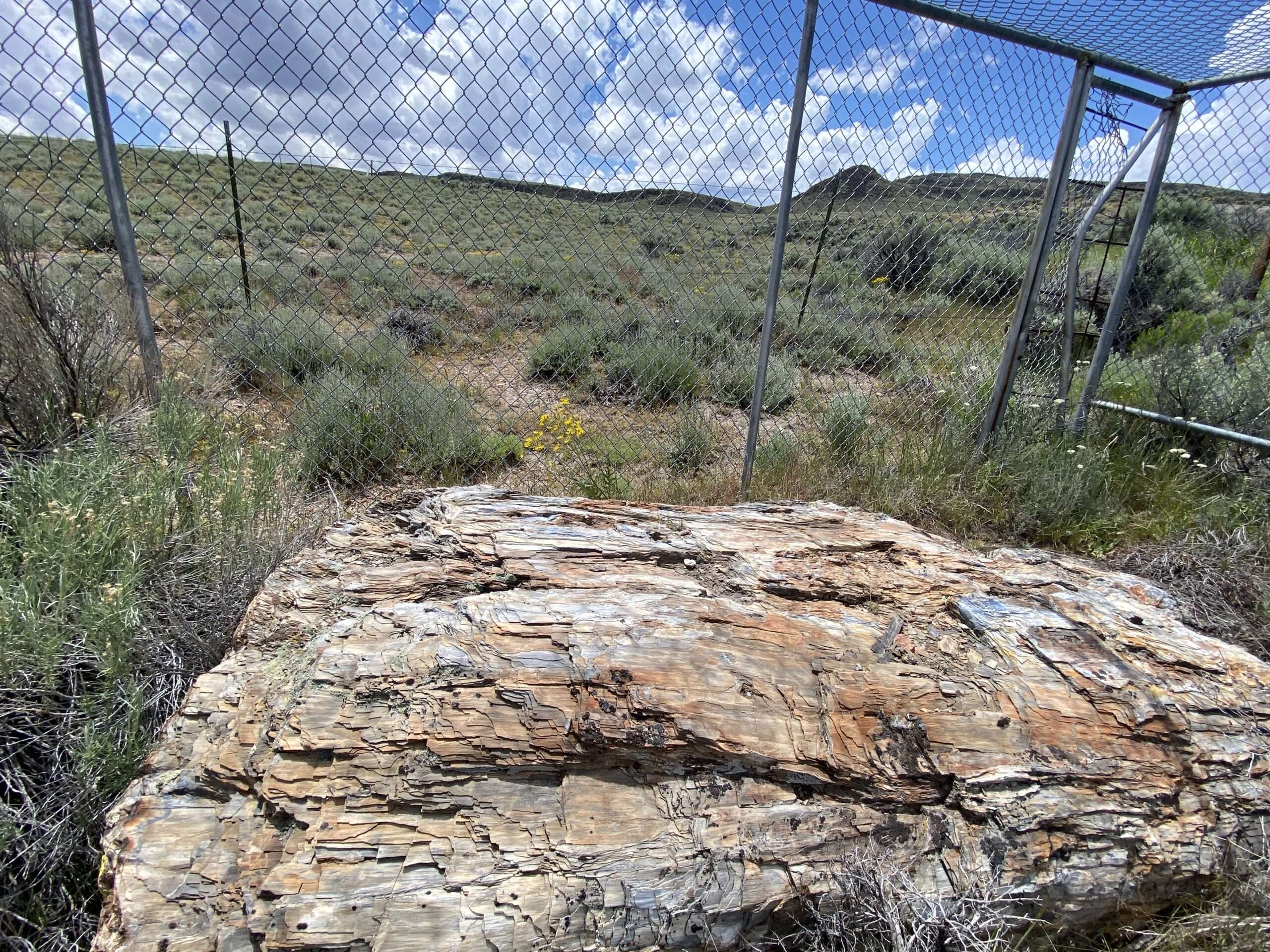

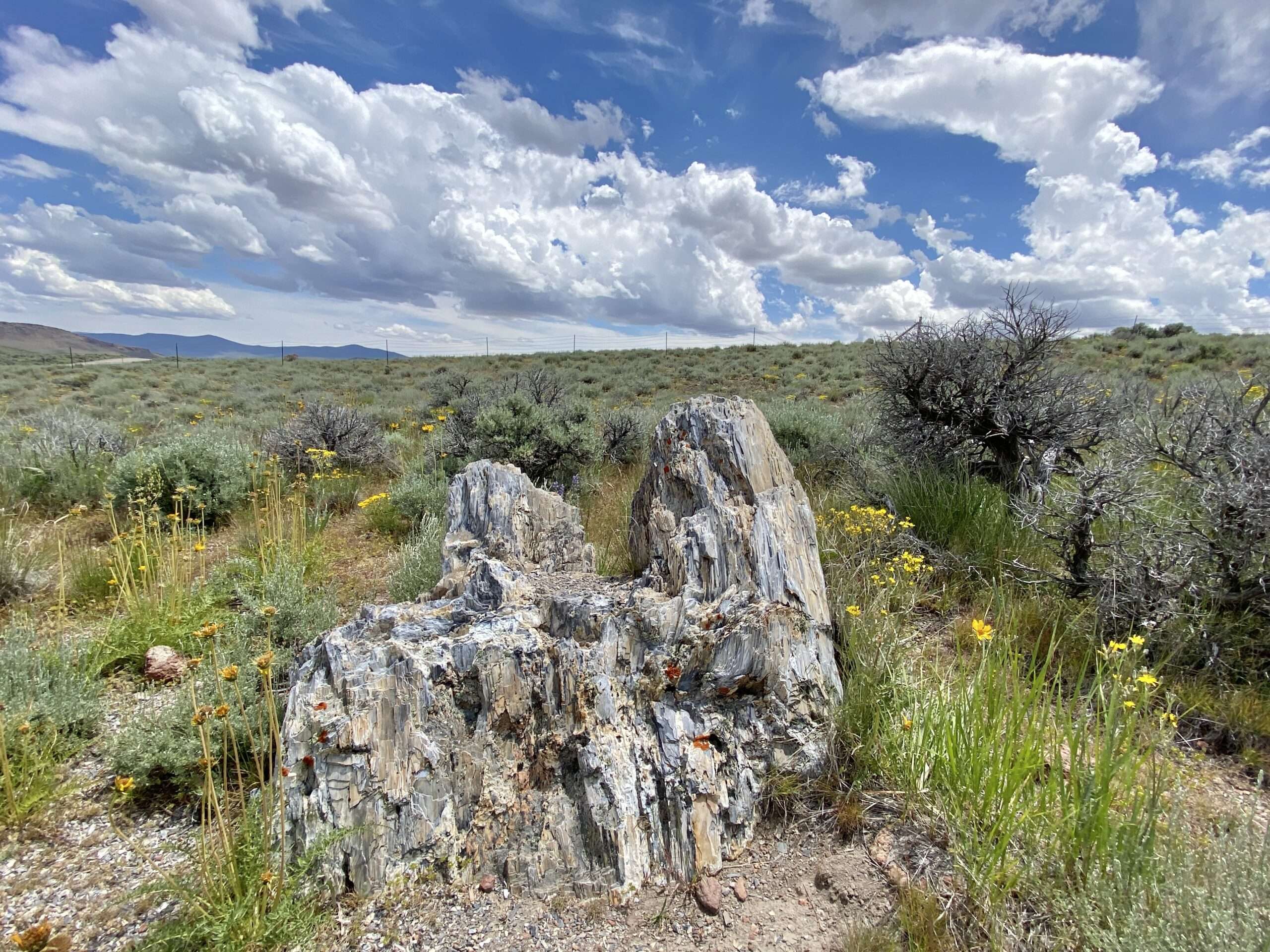
Leadville
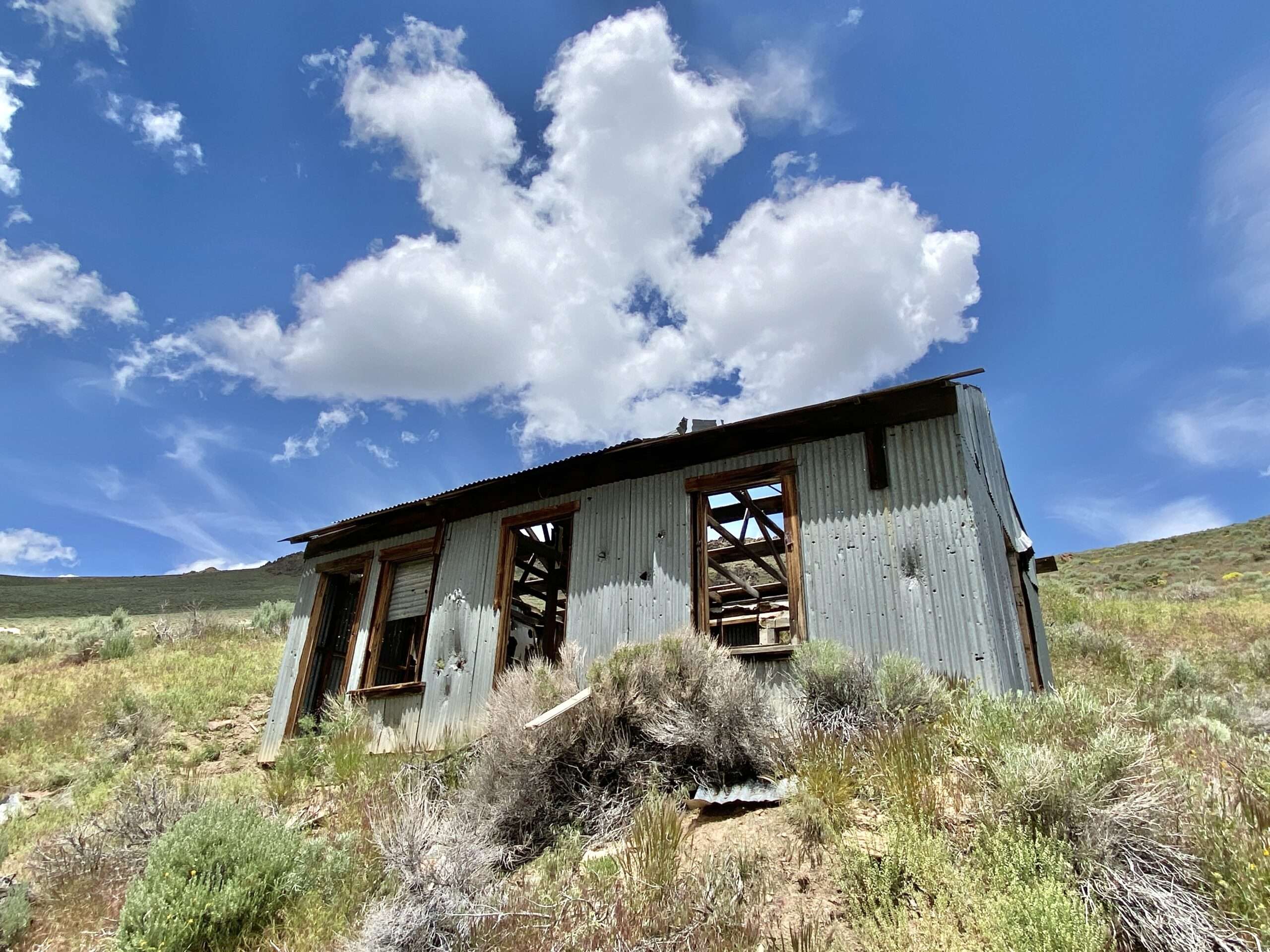
Prospectors discovered lead-silver ore west of the Black Rock Desert in 1909. Ore was shipped to the Western Ore Purchasing at Hazen on the Western Pacific.

(Photo credit: Friends of Black Rock)
The Leadville Mines Company had forty-five employees and facilities included a track, tunnel and blacksmith shop. The peak years were 1924 to 1925.
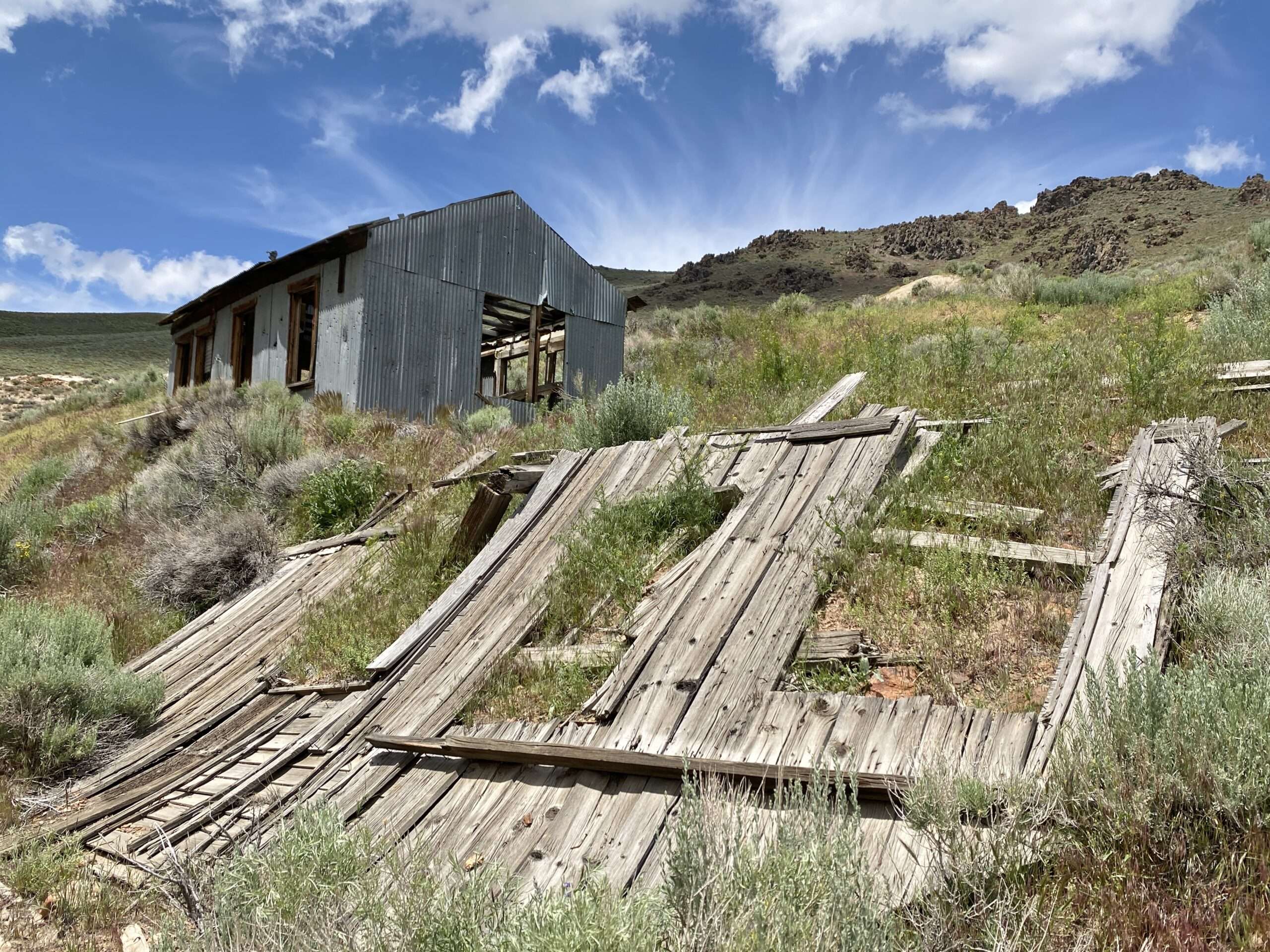
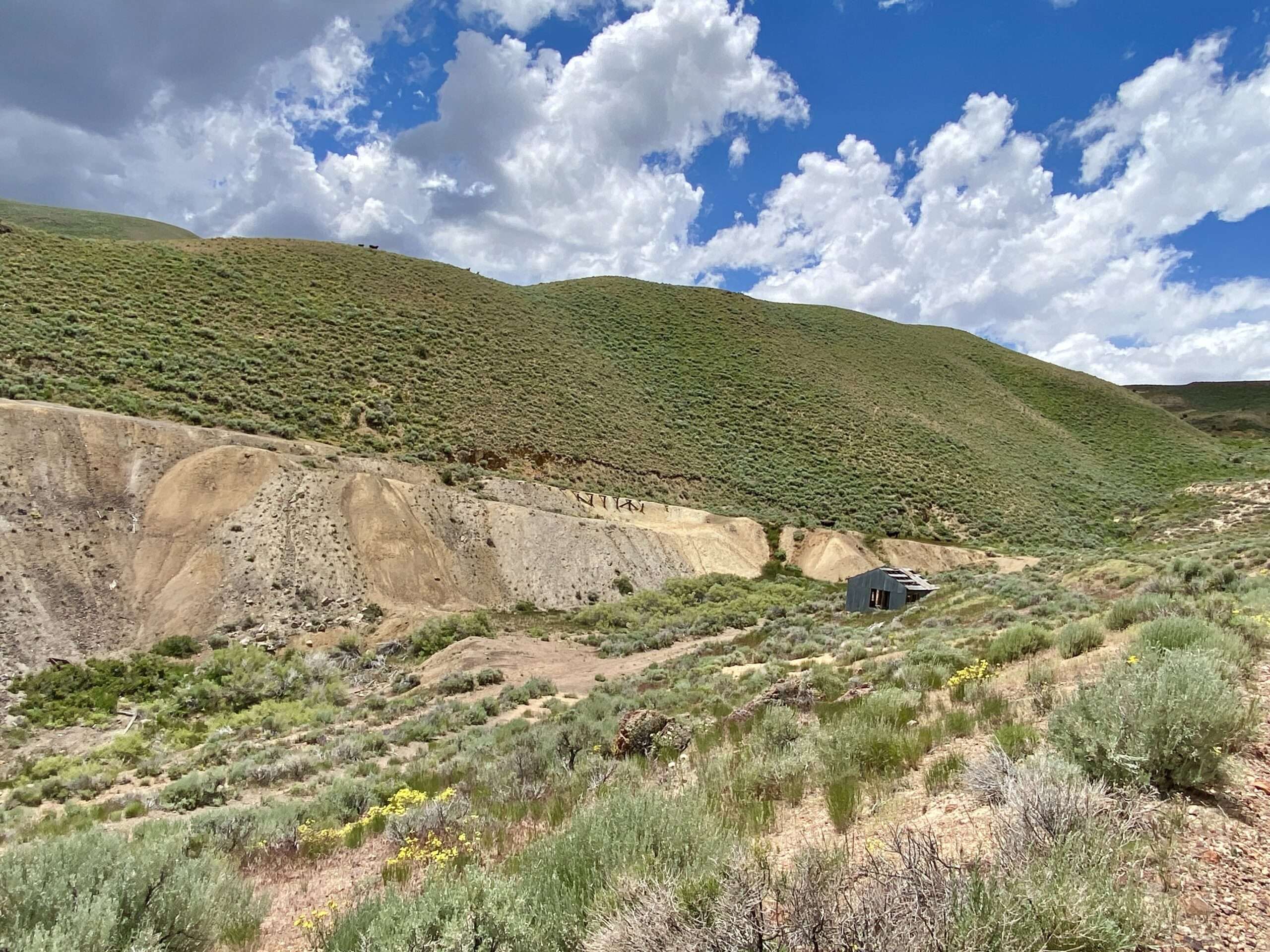
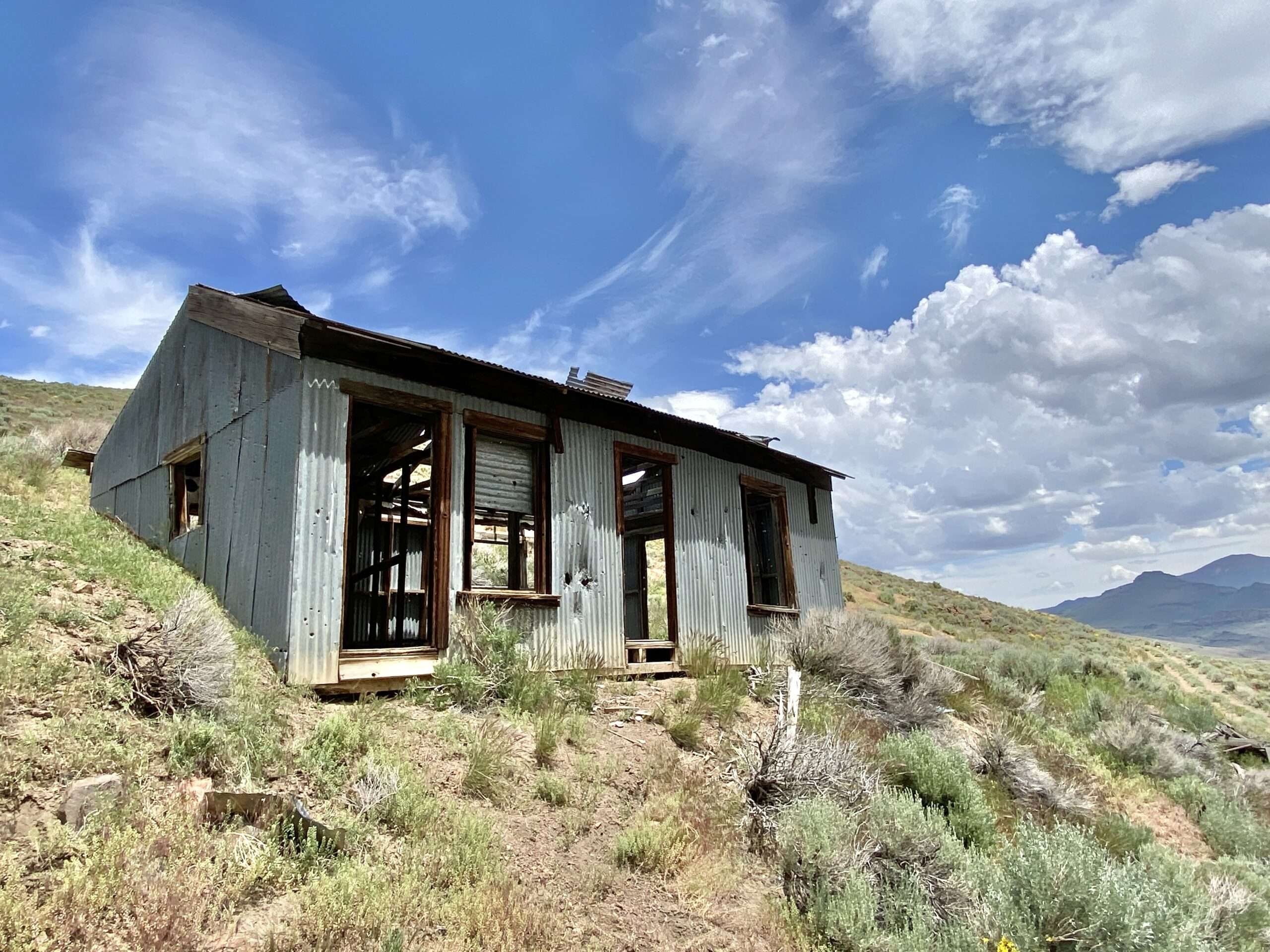


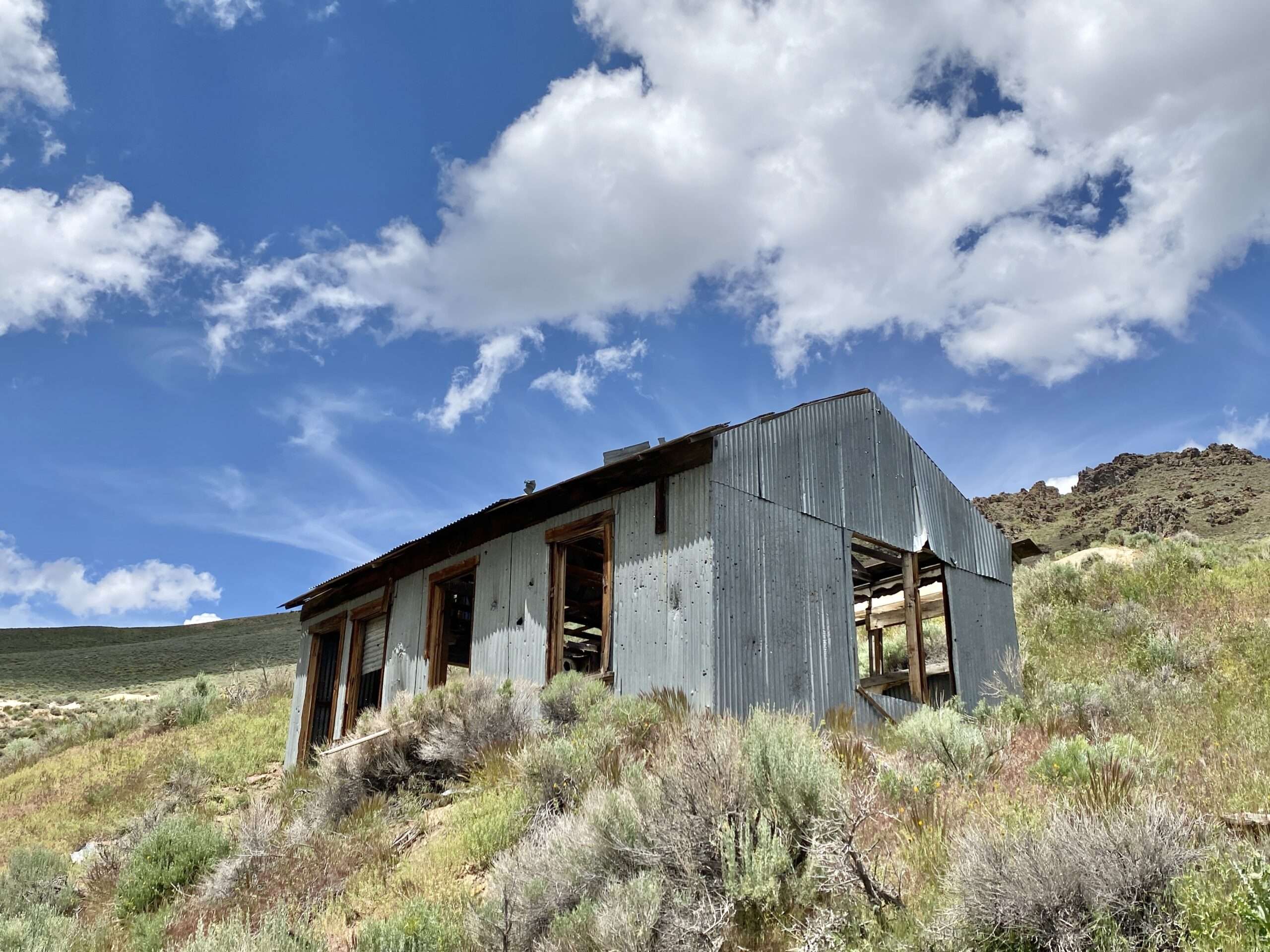
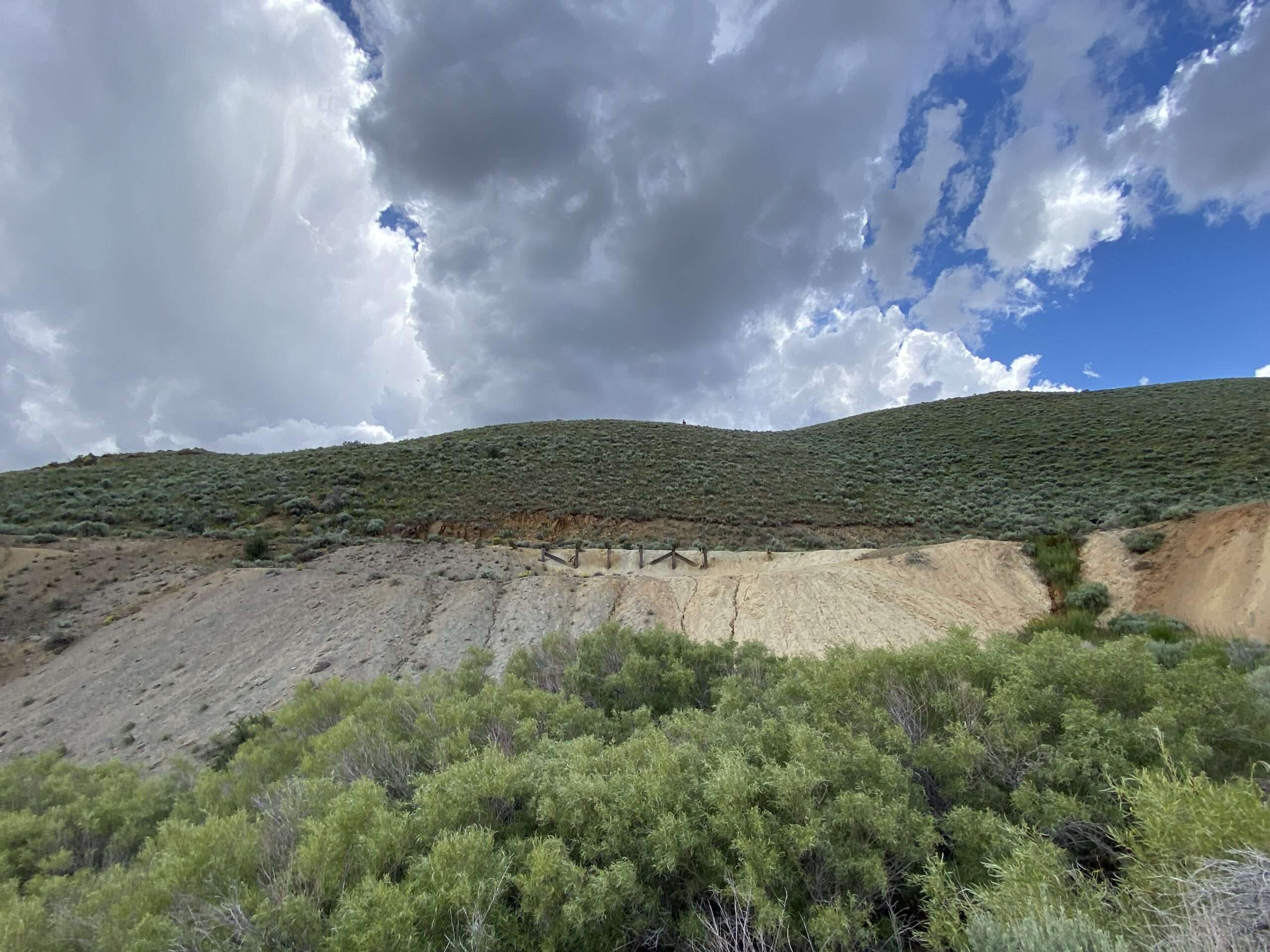
Phew, after three crazy days, I was dead tired!
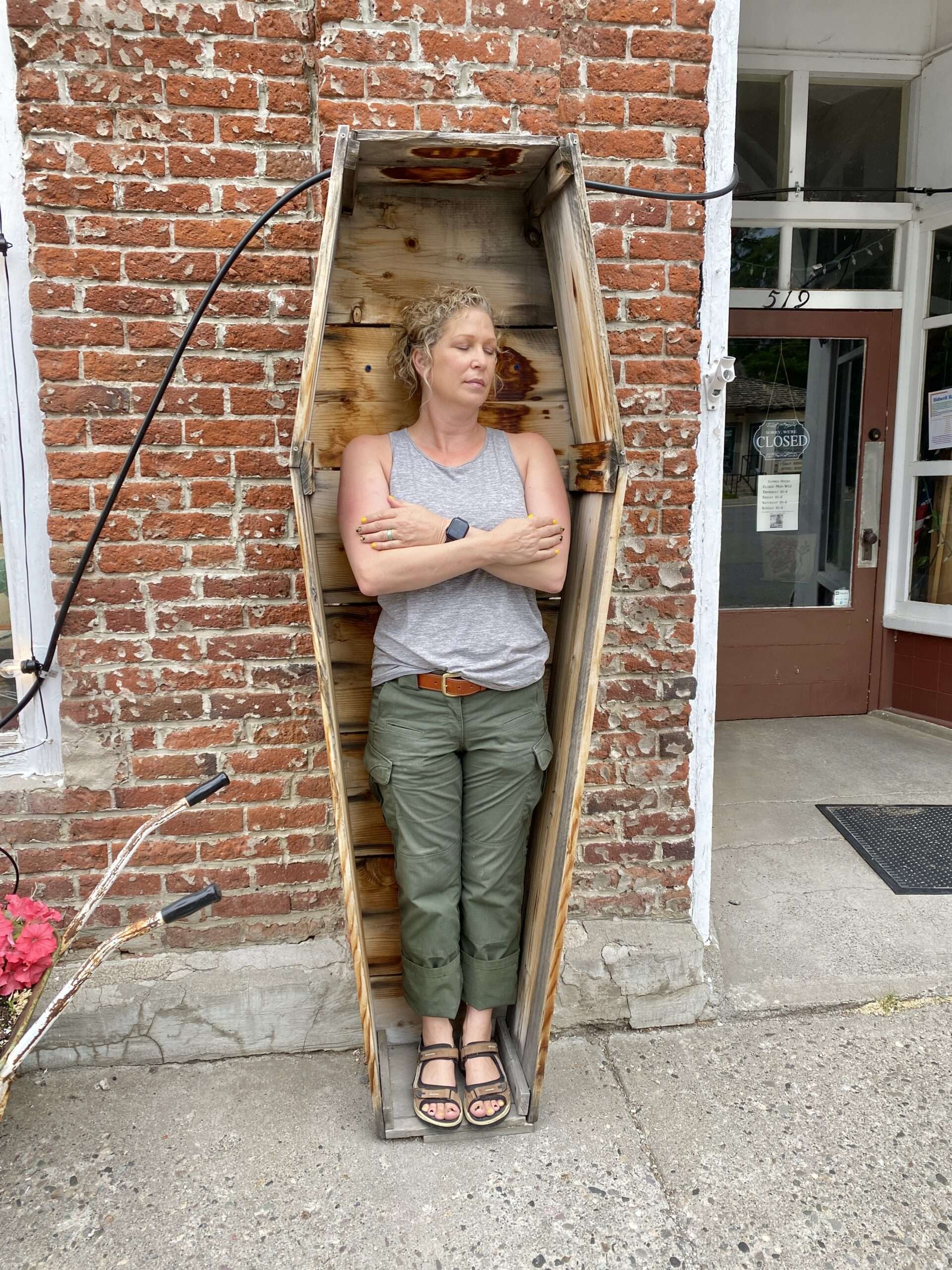
WANT MORE GHOST TOWNS?
For information on more than five hundred ghost towns in Nevada & California, visit the Nevada Ghost Towns Map or a list of Nevada ghost towns.
Learn about how to visit ghost towns safely.

References
References
- Basso, Dave. Nevada Historical Marker Guidebook. Nevada Publications, 1986.
- Carlson, Helen S. Nevada Place Names: A Geographical Dictionary. University of Nevada Press, 1974.
- Fey, Marshall. Emigrant Trails: The Long Road to California, A history and Guide to the Emigrant Routes from Central Nevada to Crossing the Sierra. Nevada Publication, 2019.
- Gamett, James and Stan Paher. Nevada Post Offices: An Illustrated History. Nevada Publications, 1863.
- Nevada Expeditions
- Paher, Stanley. Nevada Ghost Towns and Mining Camps. Nevada Publications, 1970.
- Paher, Stanley. Nevada Ghost Towns and Desert Atlas. Nevada Publications, 2009.
David Sadewasser says
Fabulous!
I made that trip to Vya way back in 1990., so your journey evoked memories. North of Vya, but inaccessible to me because of lack of 4WD, is a lake on the map called either Crooks Lake or New Year Lake. Ever been here? Know anything more about it?
Tami says
This trip everything we did we could have taken my Grand Cherokee on. I think the only reason we took the Rubicon was concern that Leadville might be more difficult.
I haven’t heard of that lake. This summer I am planning on camping to explore the emigrant trails. I’m sure we will need the Rubicons for that trip, there is so much more off the main routes in Washoe.
Richard mcgrew says
Boy you hit a lot of spots .
Tami says
This doesn’t include the places we visited in California. Cedarville, Ft. Bidwell plus more. We covered a lot of miles, but most stops were only a few minutes as the property was private.
Greg says
Thank you for taking us along! I remember bobtailing to some of these sites.
Real great! When to Thunder Mountain! Would love to see it today.
Tami says
I’m glad you enjoyed the walk down memory lane. I have an article in Thunder Mountain if you haven’t seen it.
https://nvtami.com/index.php/2023/06/12/thunder-mountain/
mike reeder says
I enjoyed reading this article. I have spent a lot of time in this area between hunting, fishing and just camping and exploring. A friend has bought Swedes place. This past October I was able to cook for the roundup and did a little exploring. Denio camp is one of my favorite places to go, love it there. There is also the Donnelly mine and Caine springs. Thank you for sharing your adventures
Tami says
If you have more information on Swedes place, I would love to add it to a full article.
I saw Hart’s place sold, I would have loved to pick that up. I’ll have to look for that mine. I am putting together a book on eastern Sierra but after that Denio Camp will be top of my list.
Tim says
Do you have your GPS tracks for this area, that you could share? Our group would like to retrace your trip this spring? Also what mapping apps do you use when exploring an area? We use Gaia. Love your site, makes me want to get out there and explore.
Tami says
You should be able to find most of the sites on major mapping programs.
I have used a number of apps but haven’t loved any. I’m going to play with On-X.
Don Kiser says
Thanks for the great pictures and insight. We are an older couple with a class b 20′ van/motorhome, and an itch to see ghost towns. Are most of them, doable in this type of rig? Any suggestions where to start would be appreciated.
Tami says
Please keep in mind that I haven’t driven a motorhome and am not familiar with their capabilities and size limitations. Unless you are not towing a smaller vehicle, you would want more accessible sites.
State parks have some great campgrounds that accommodate larger vehicles. Fort Churchill and Berlin come to mind. Semi-ghost towns, like Goldfield, Pioche, and Gold Point, are great ideas. Belmont is spectacular, has great roads and a ton to see. I have towed a 27′ trailer to Berlin, my one and only experience.
Leo Horishny says
I feel so sad walking through the Lund Petrified Forest. Such a terrible loss of all the tree material originally there, much of it even larger than the one protected log remains, but in only modern times, dug up and shipped out and now, lost to history. 😡
Northern Washoe County is special and I’m glad few visit, makes the experience that much more memorable to people who do visit.
I do hope you plan to make a trip to explore New Year Lake.
Tami says
That is true of so many historical sites. As much a I don’t like the petrified forest in a cage, it is more protected.
I’ll check out New Year Lake. Following the emigrant trails in Black Rock is high on my list for next year.
Larry Hanna says
What a great trip and photos. I need to get up there someday and explore.
Tami says
I look forward to going back this summer. I’m supposed to camp around Black Rock this summer.